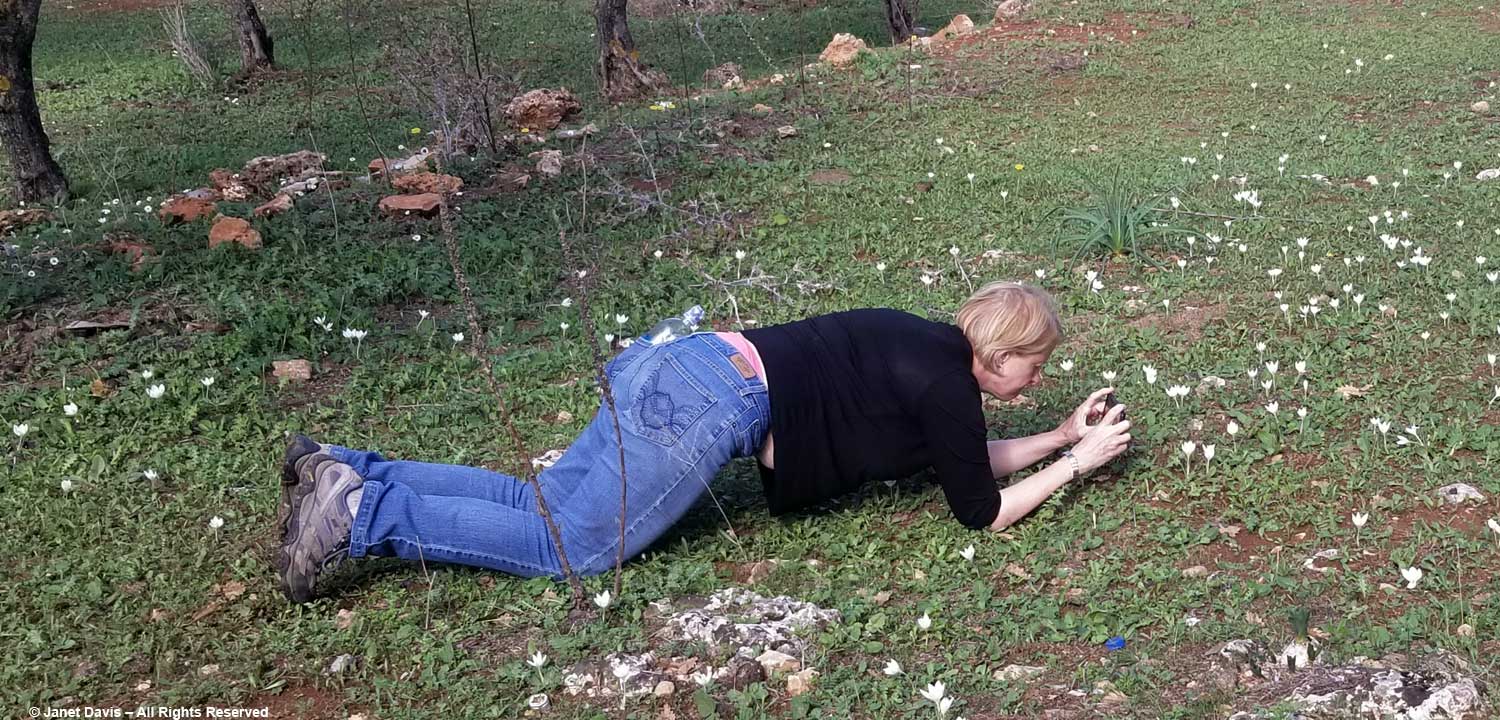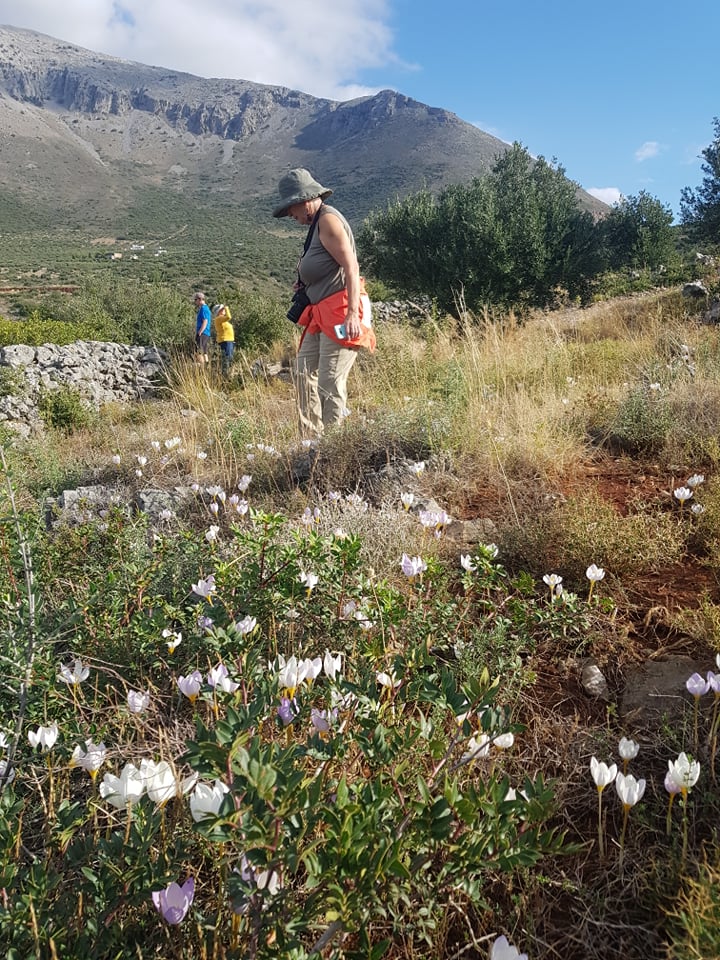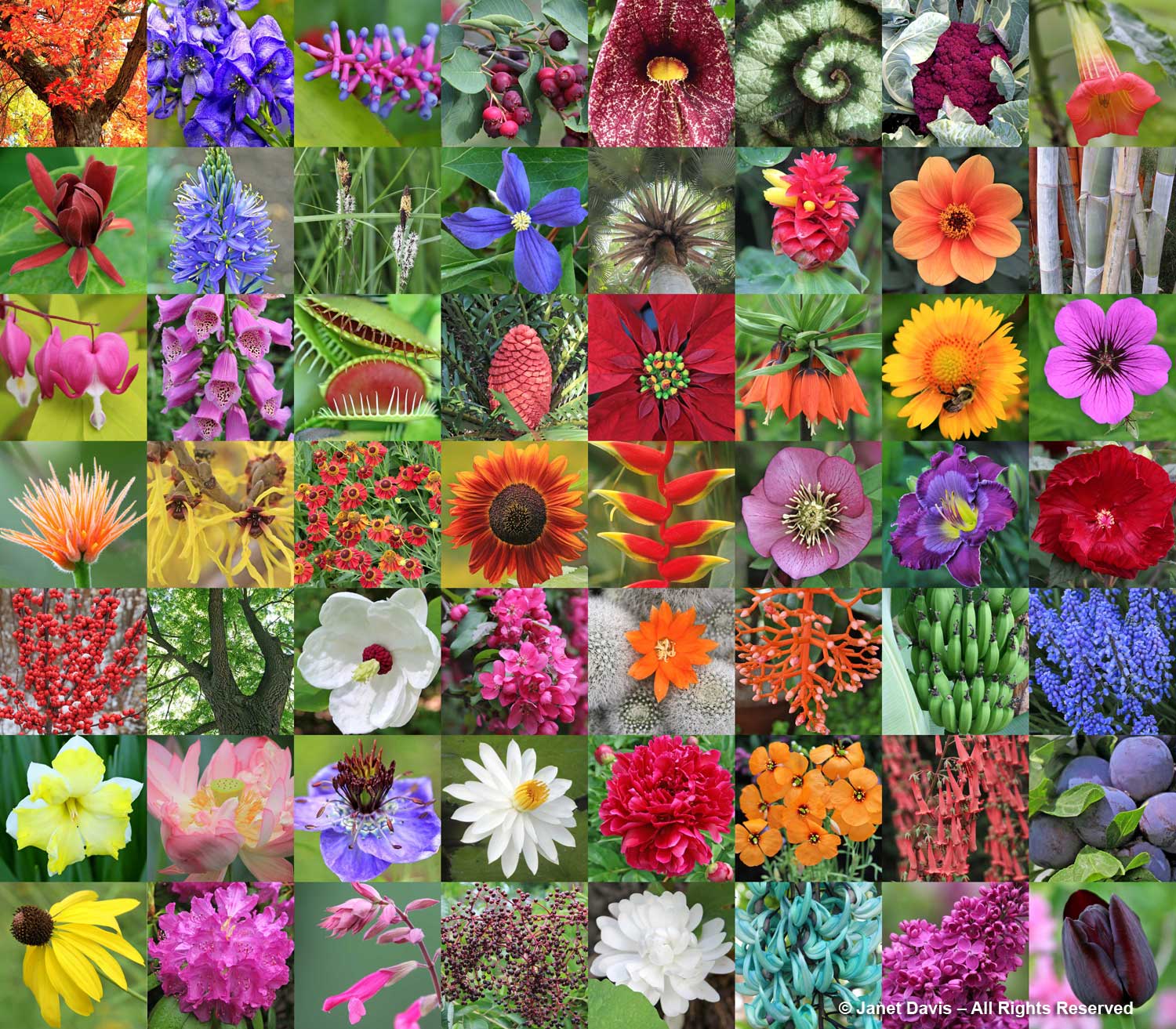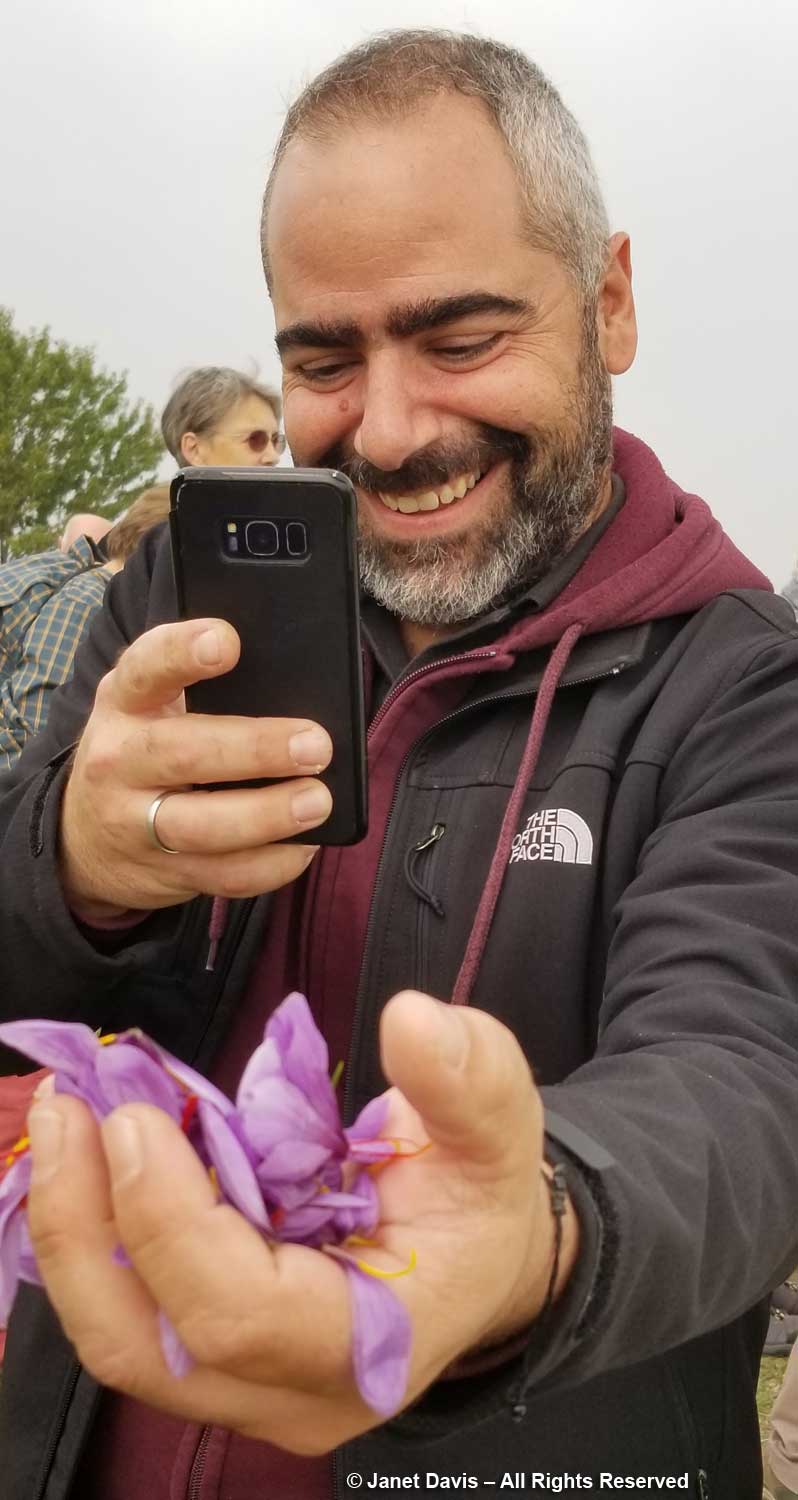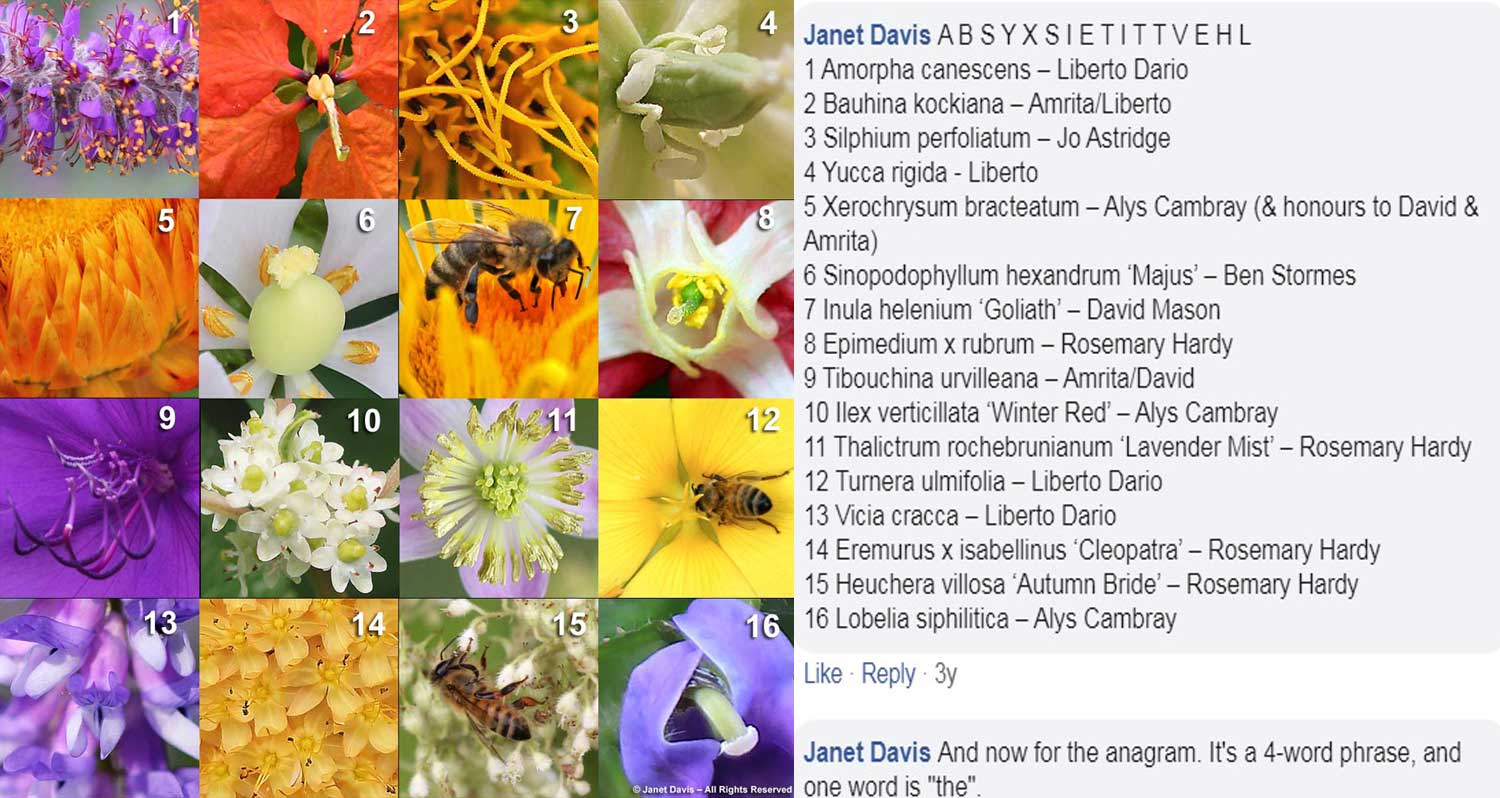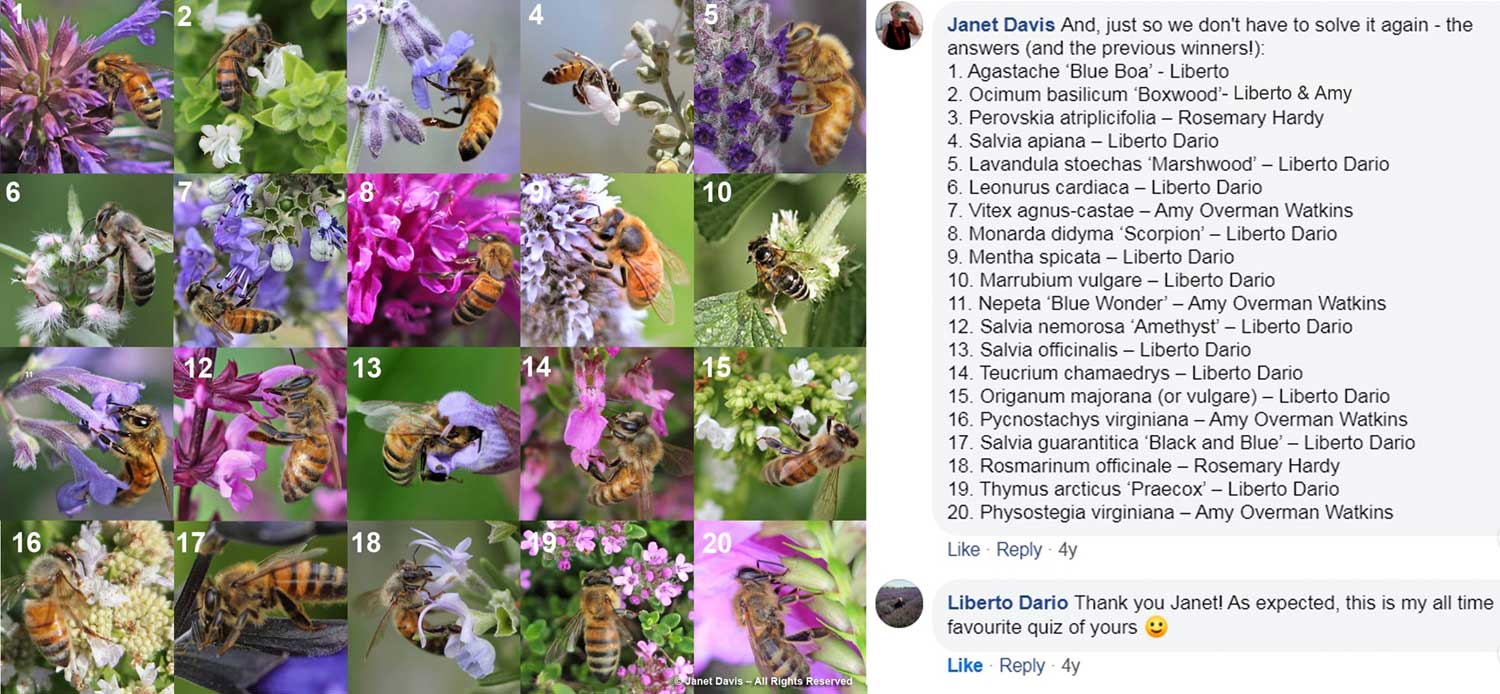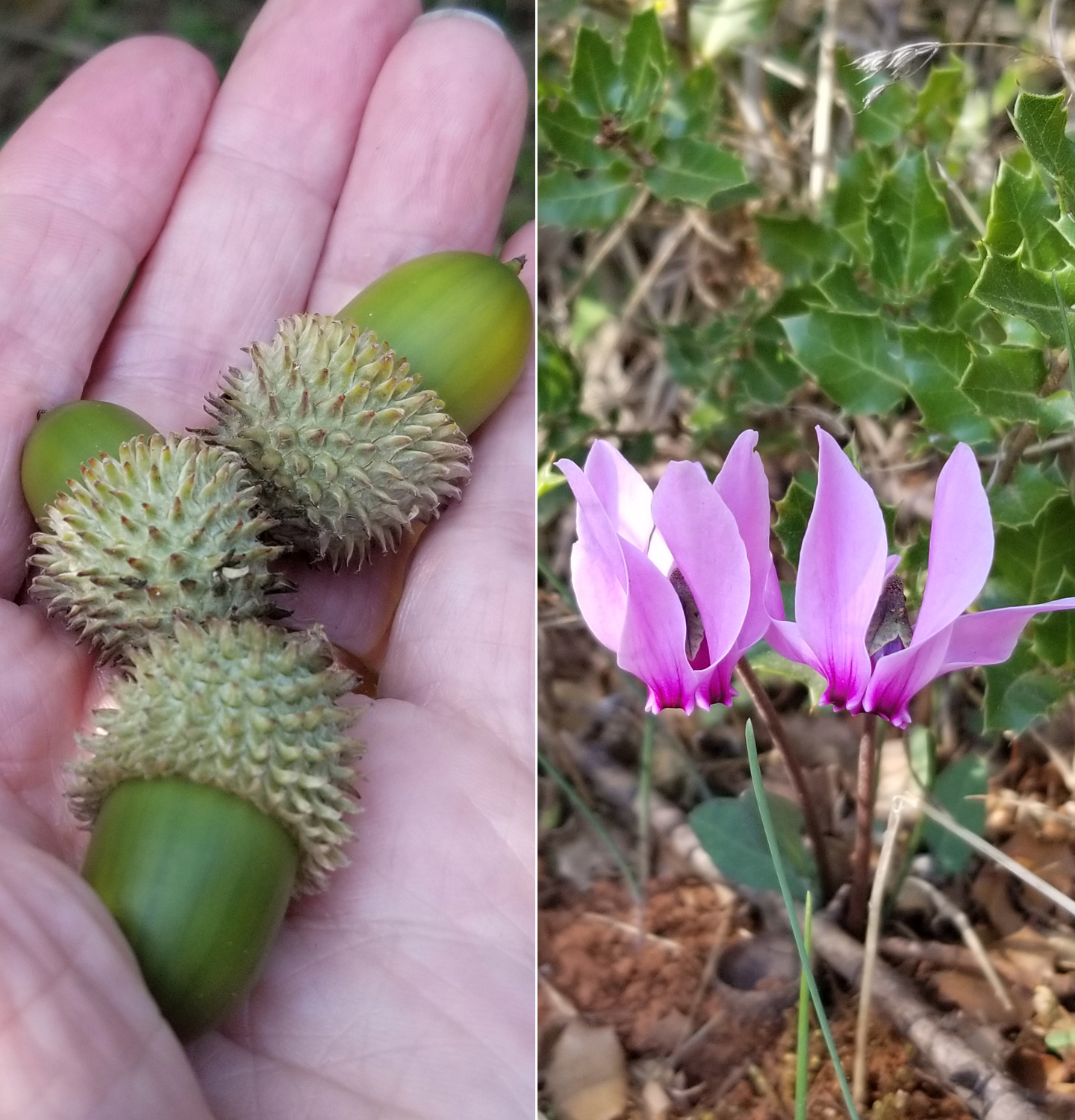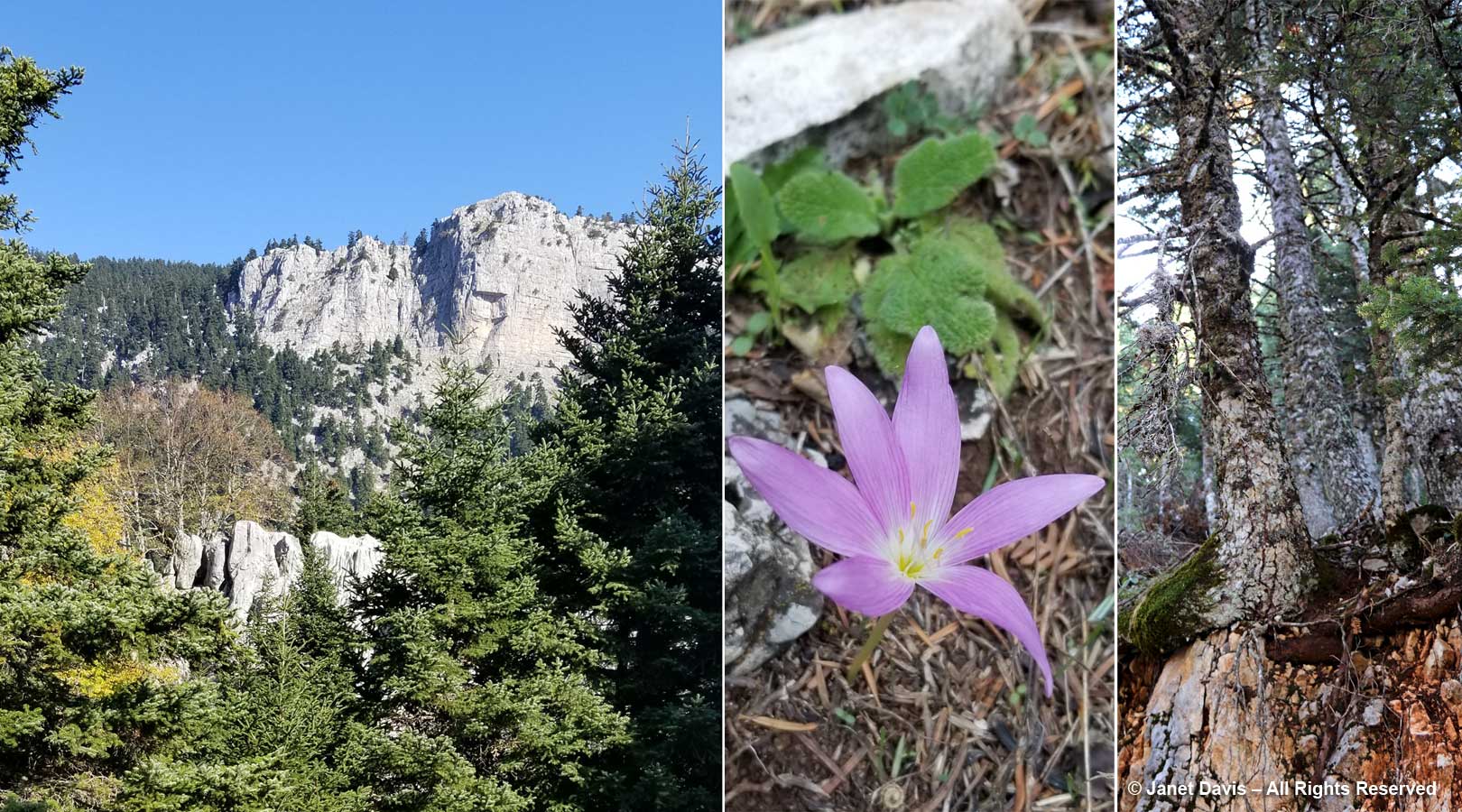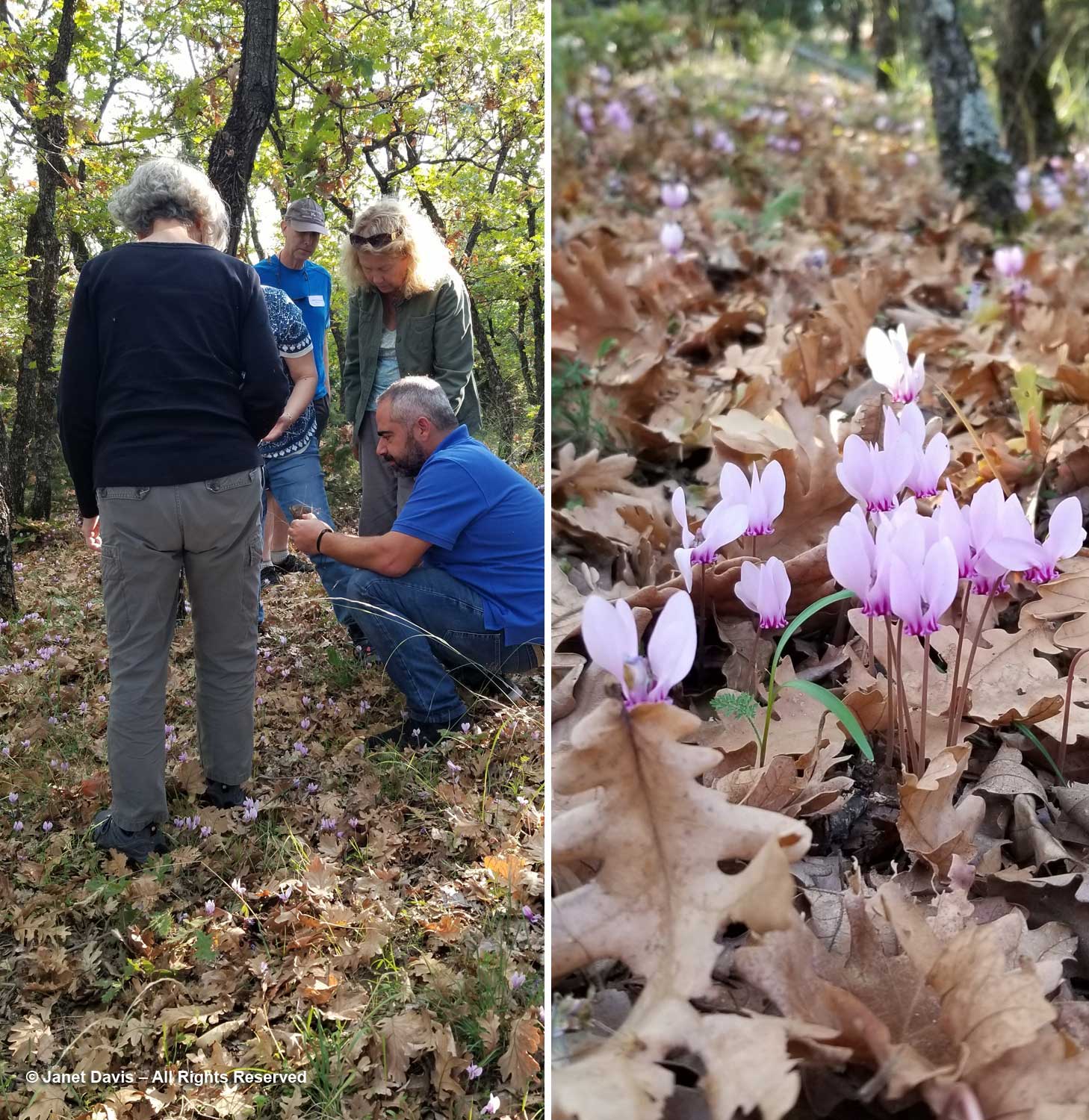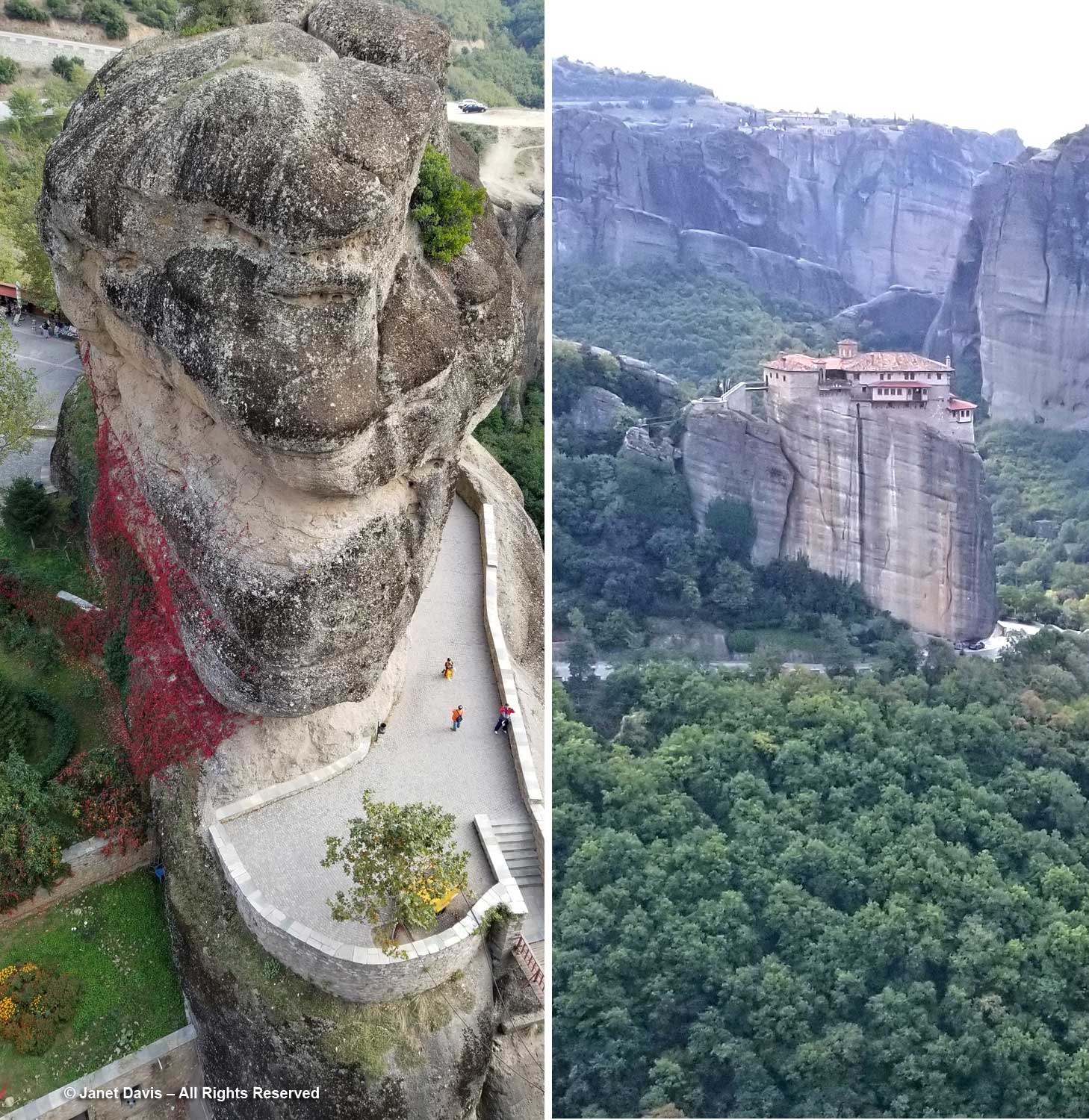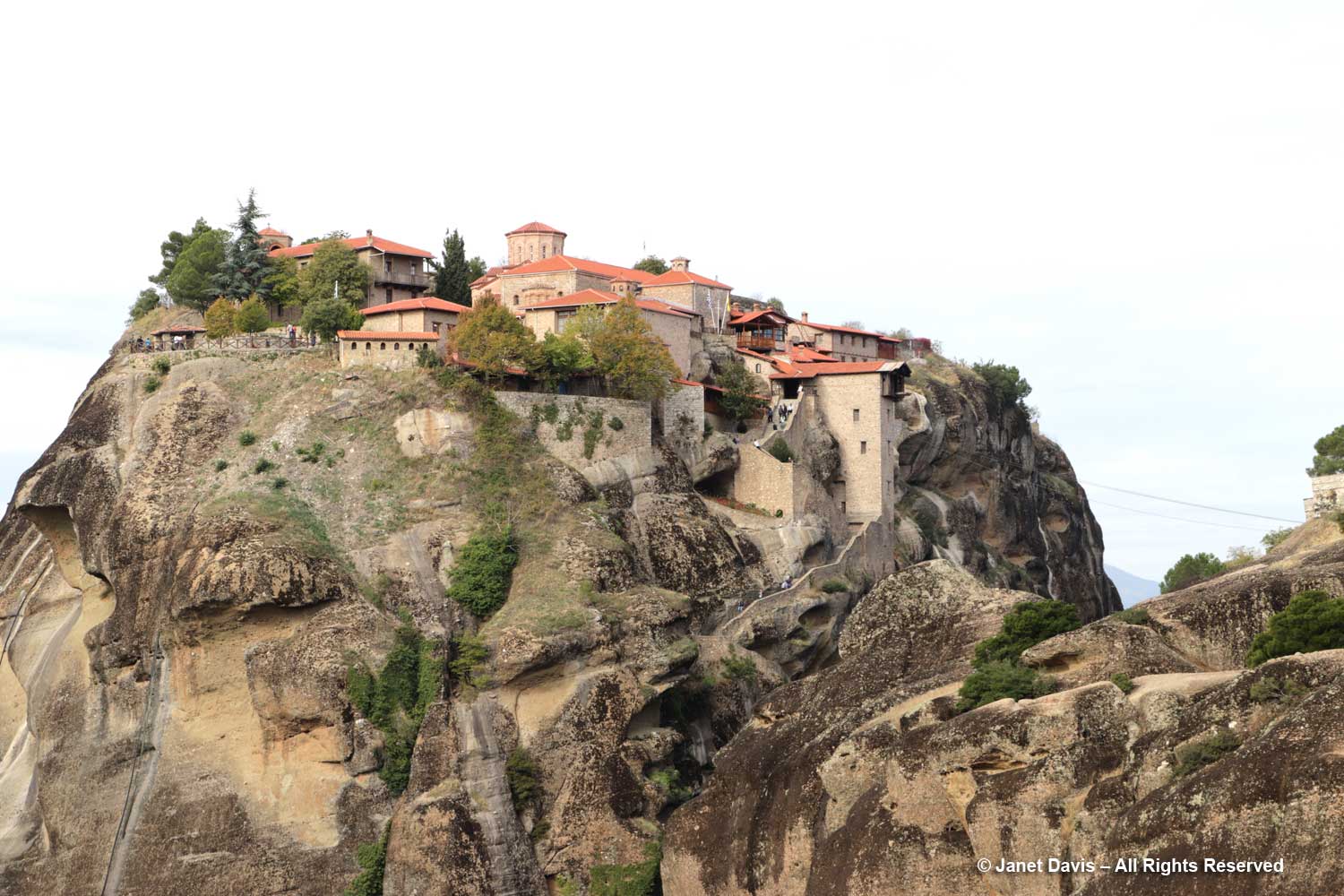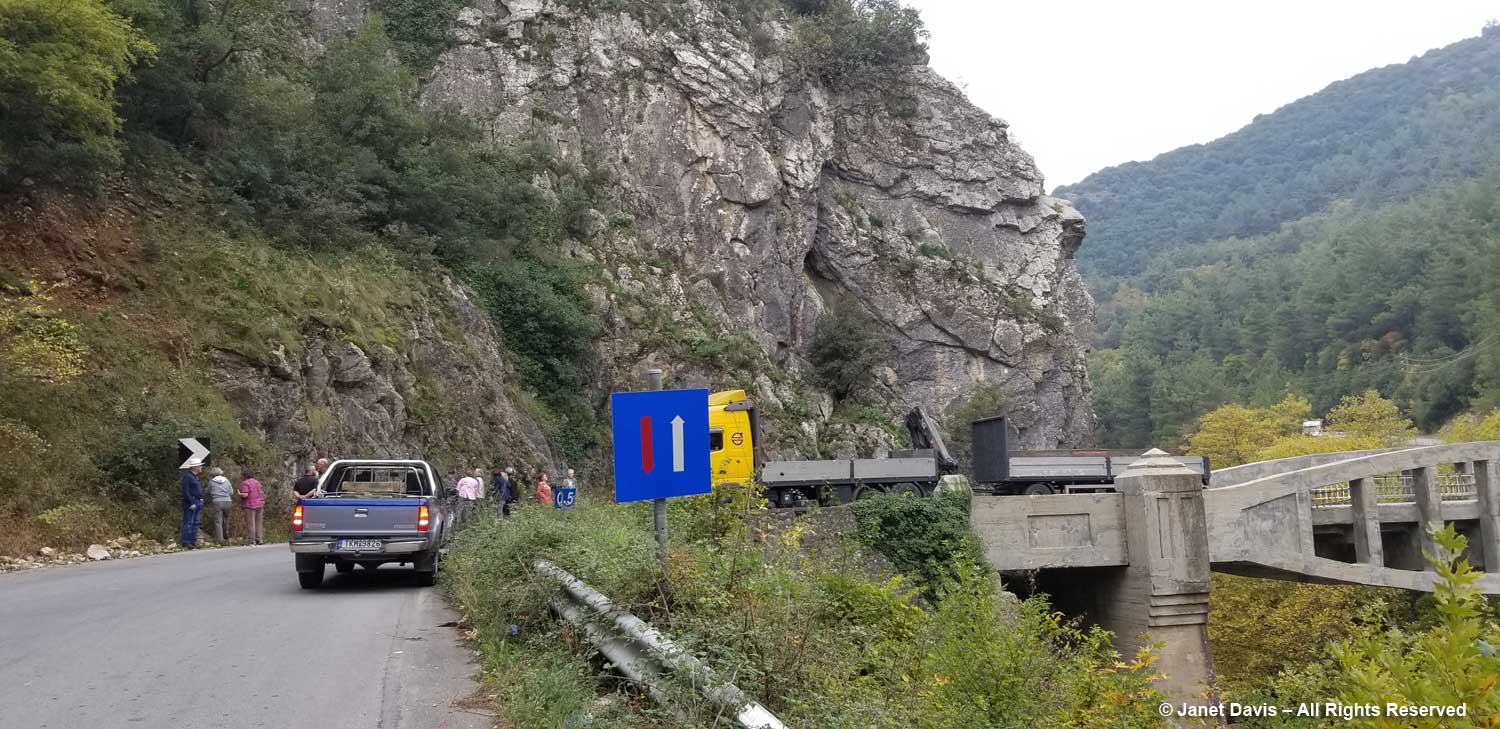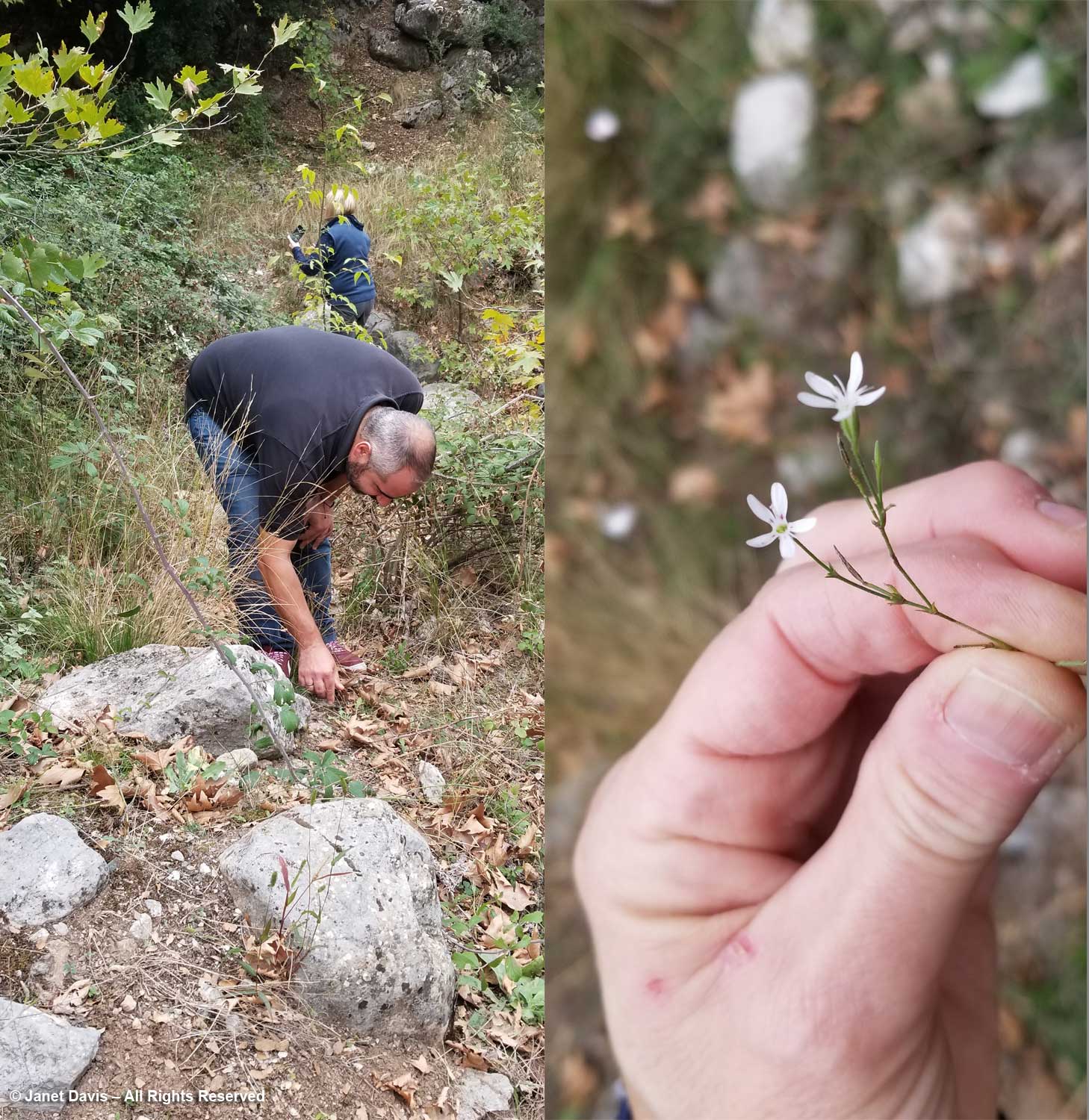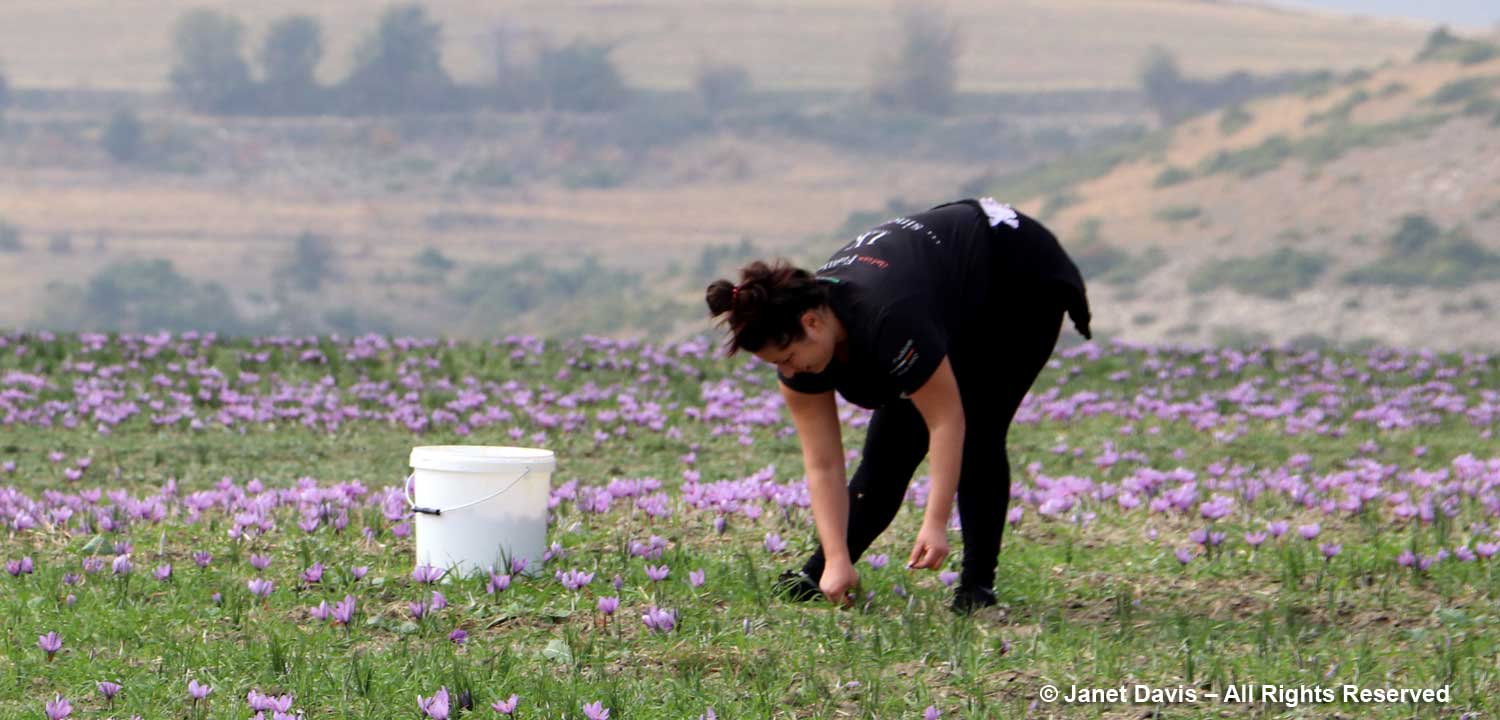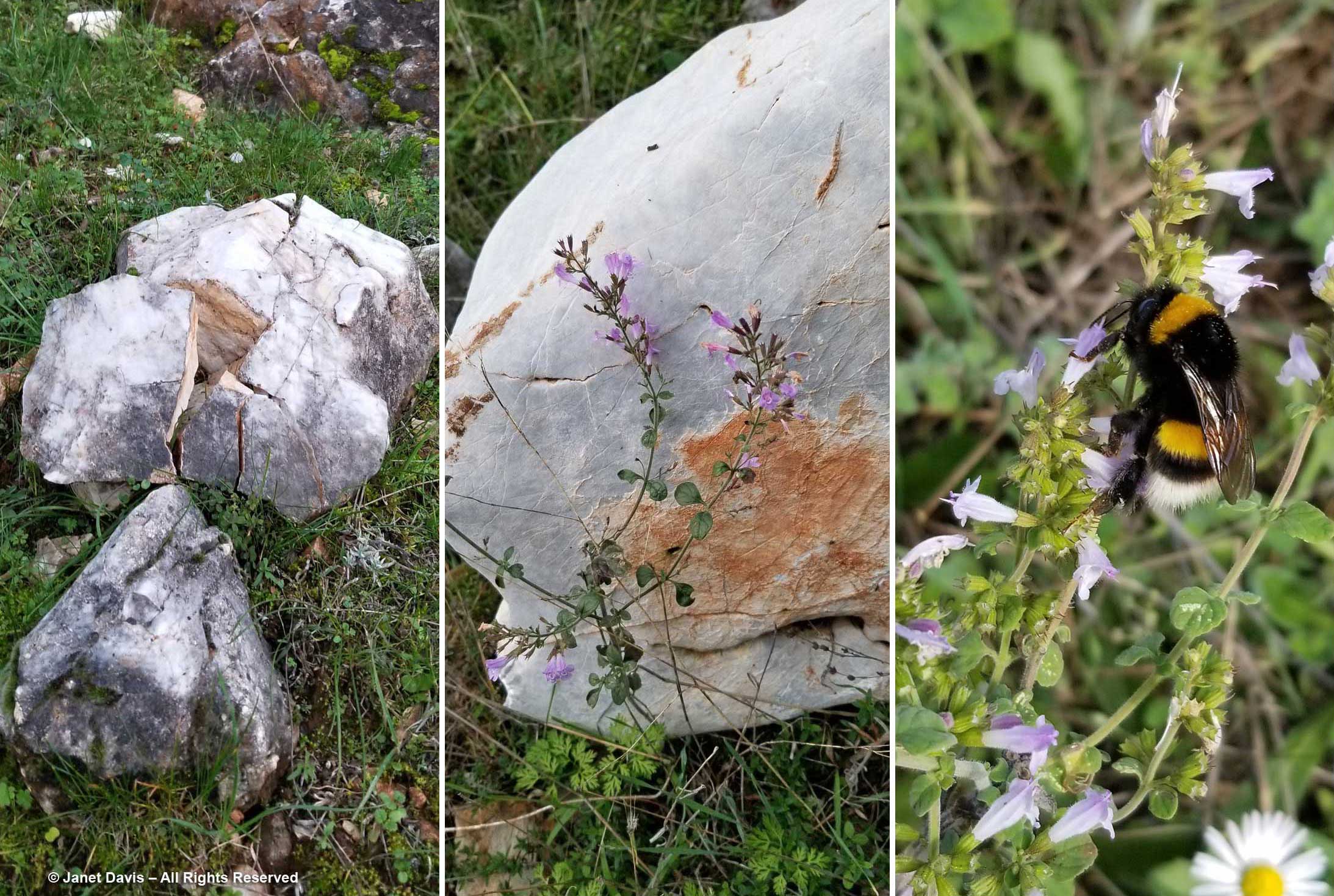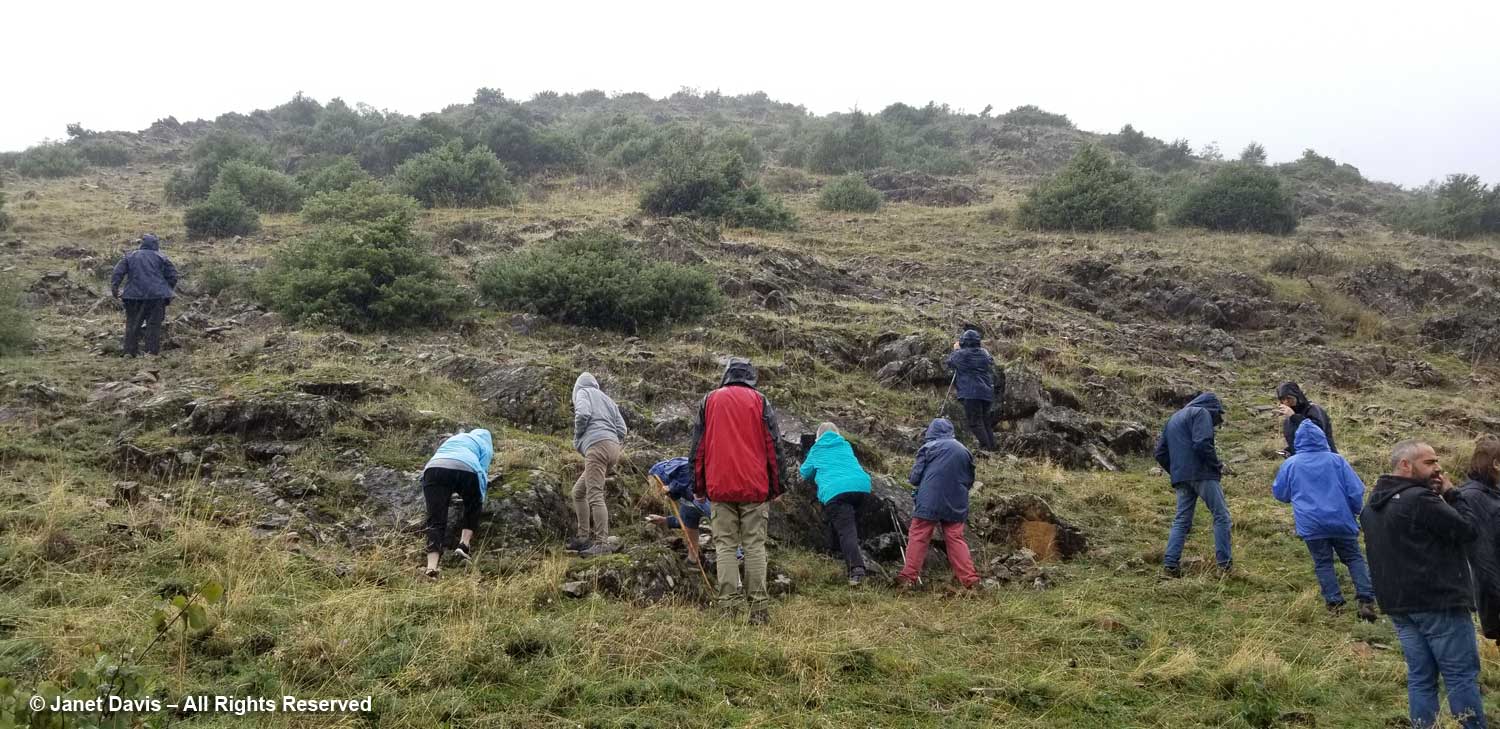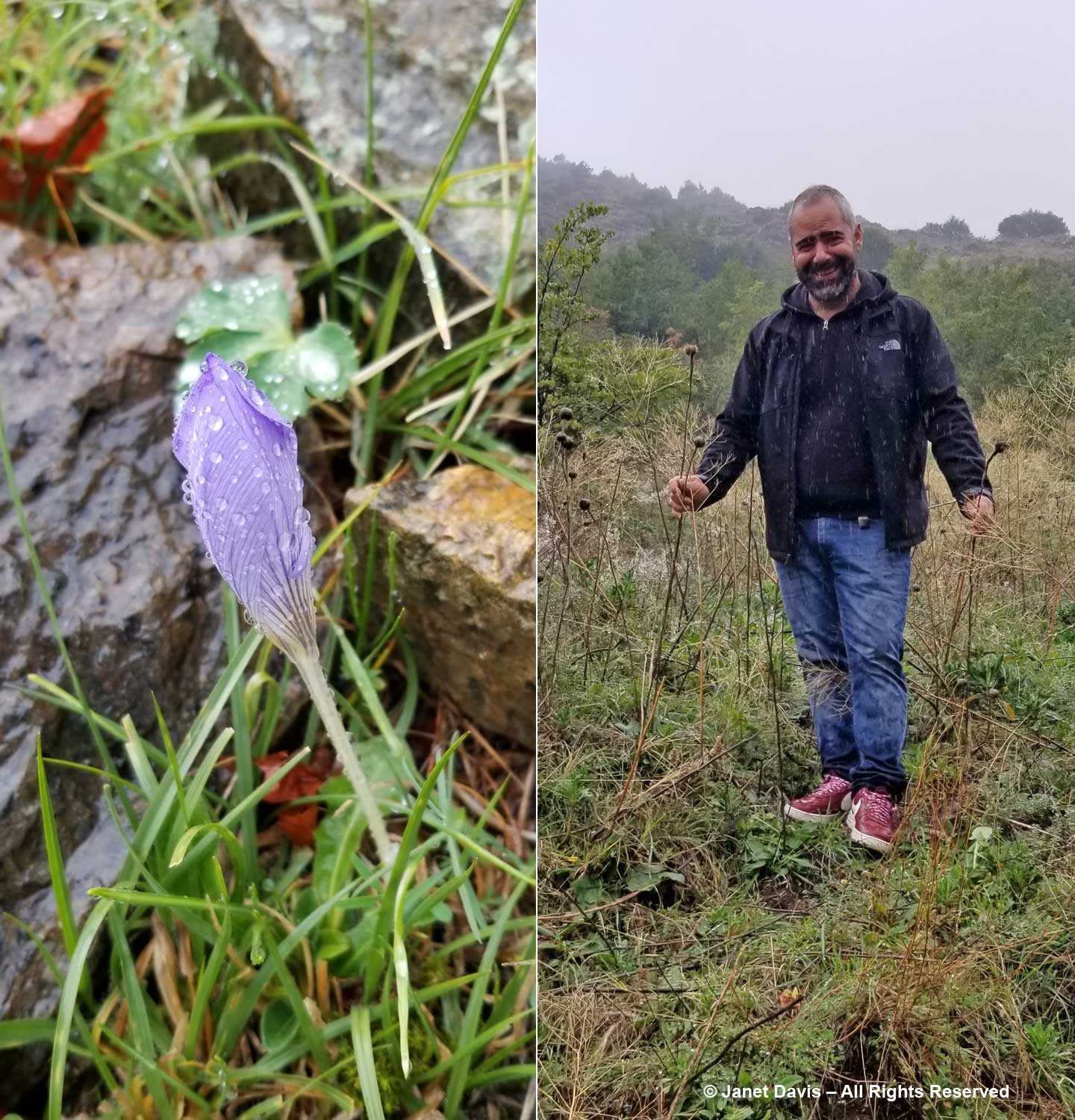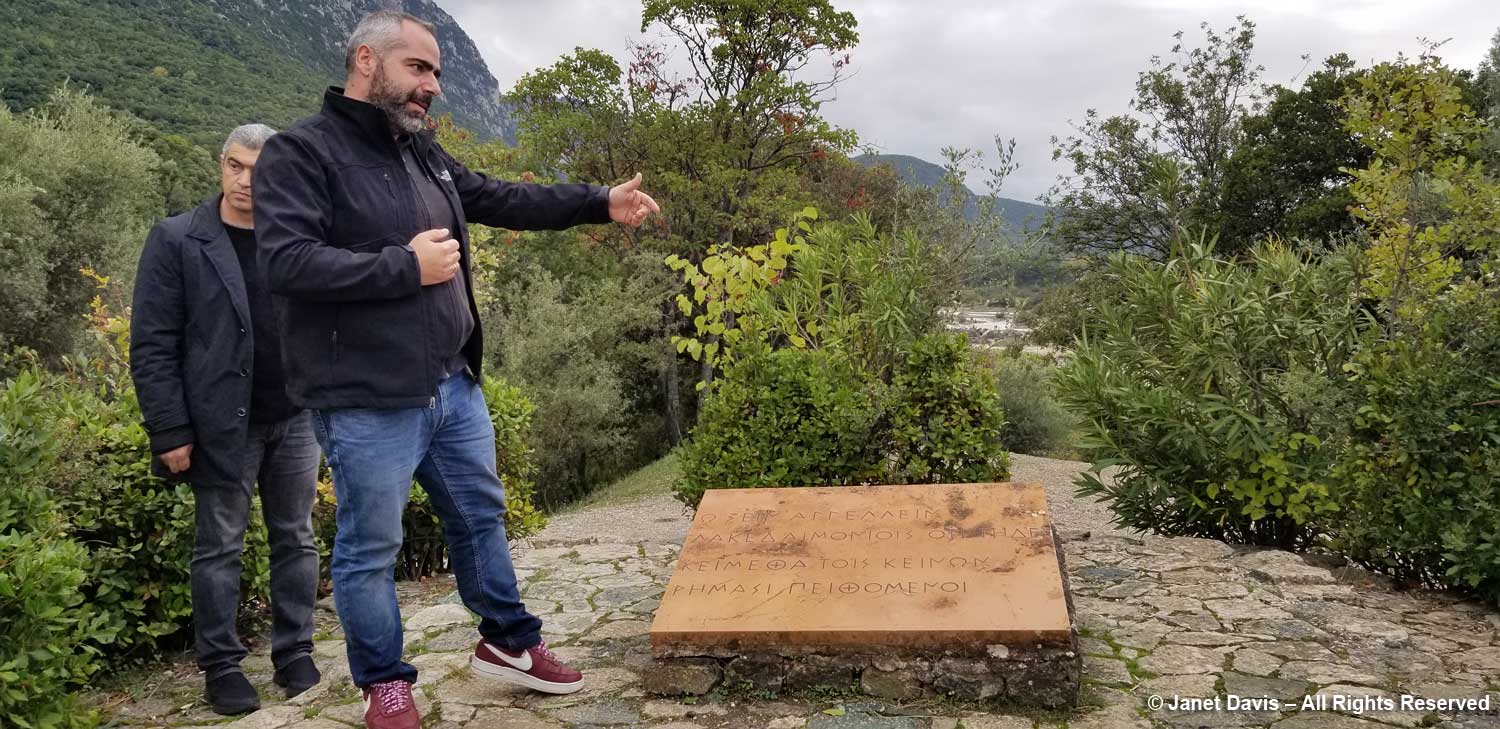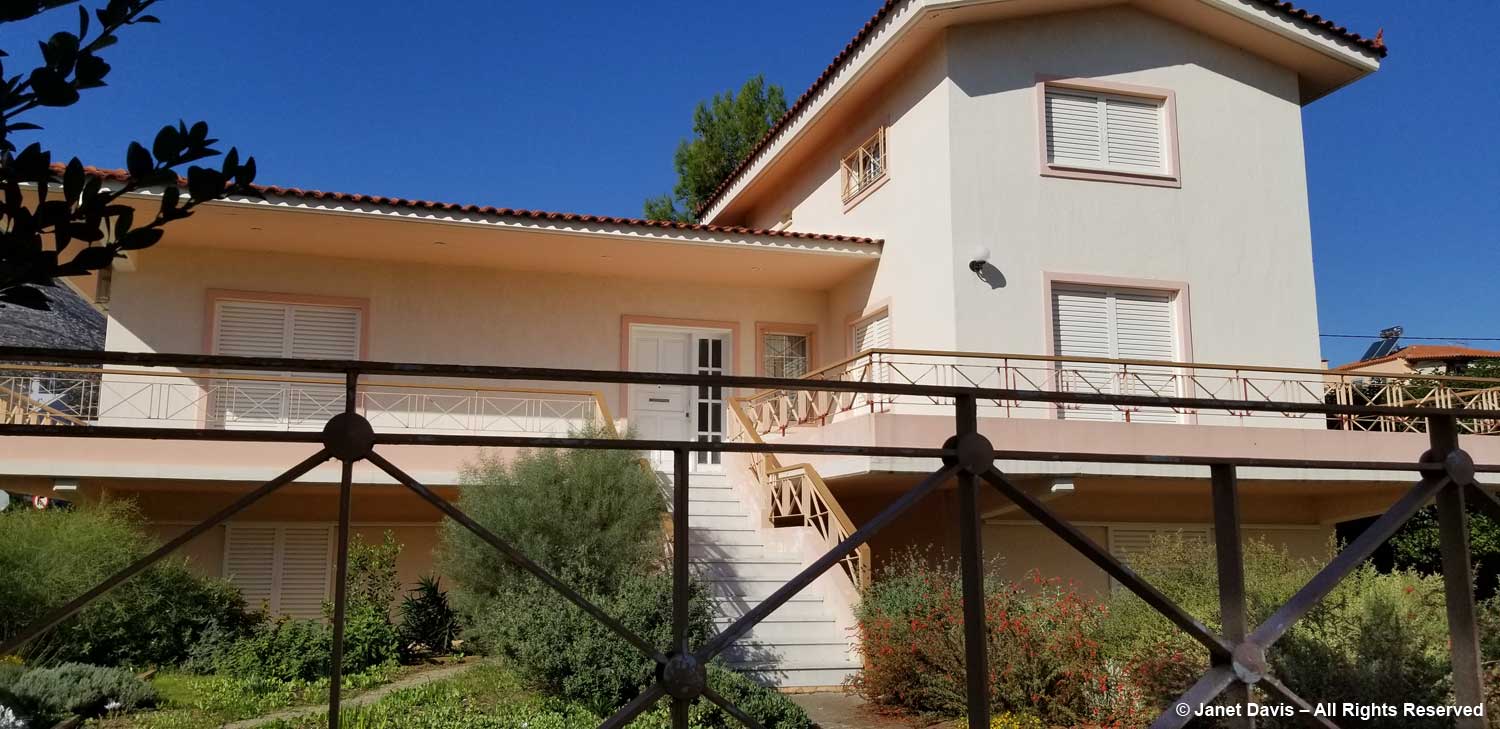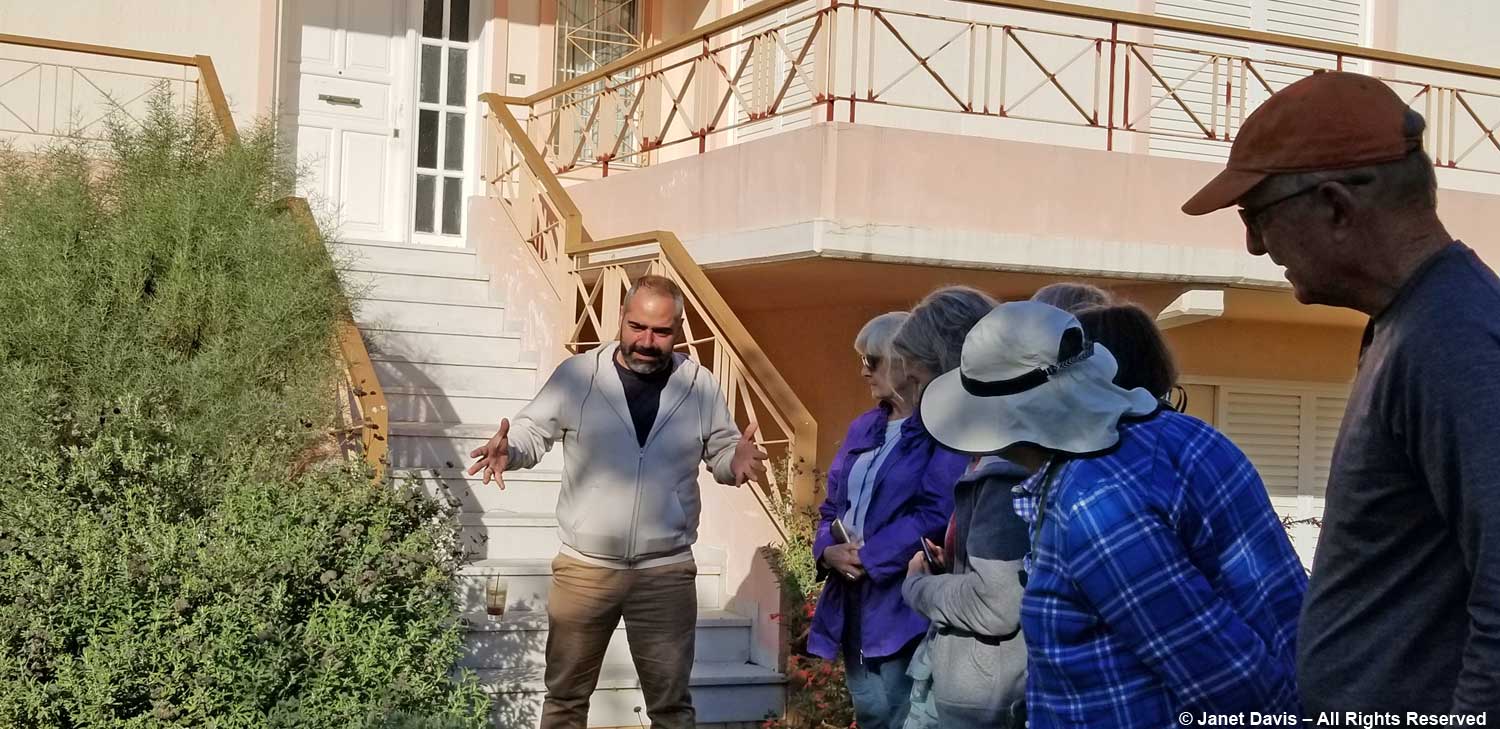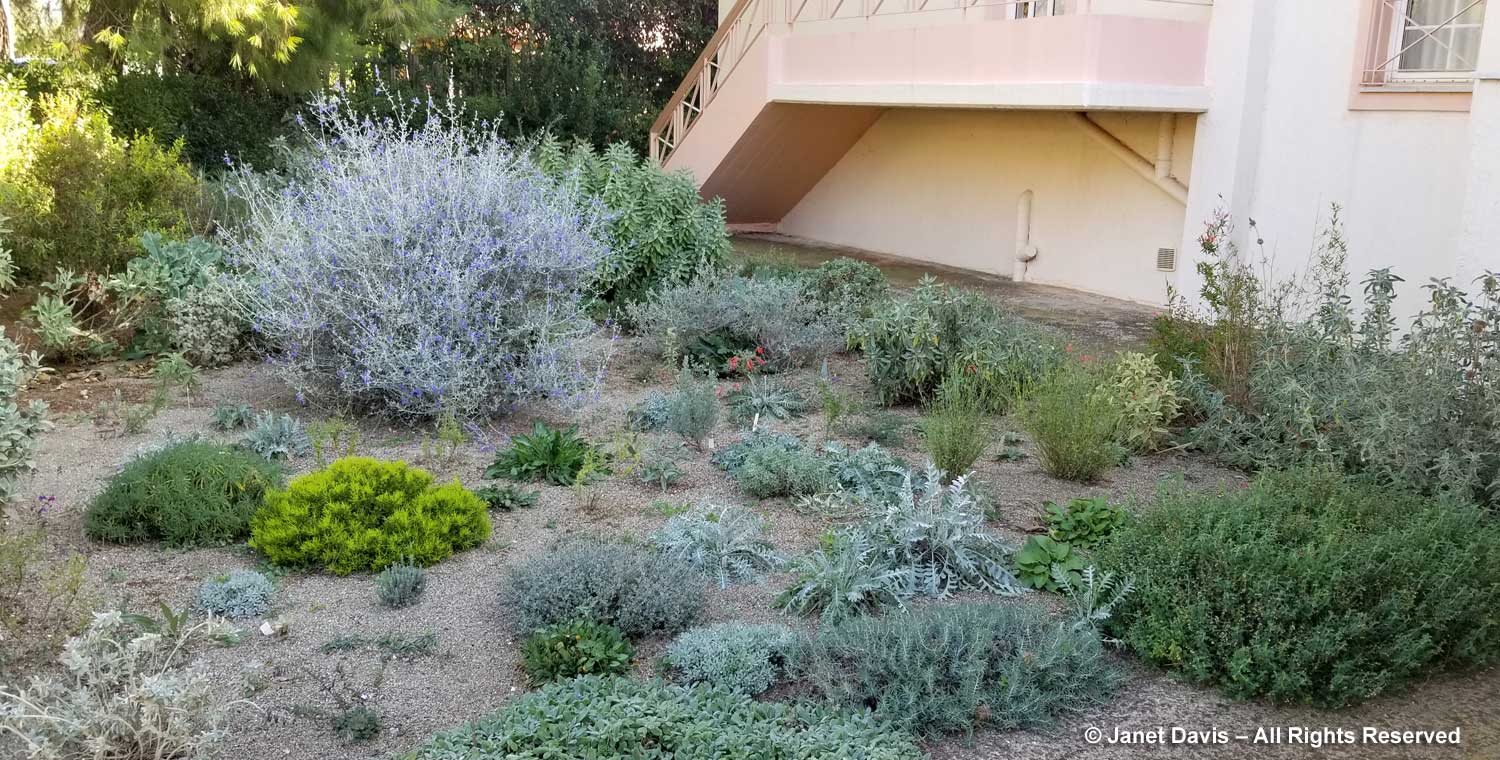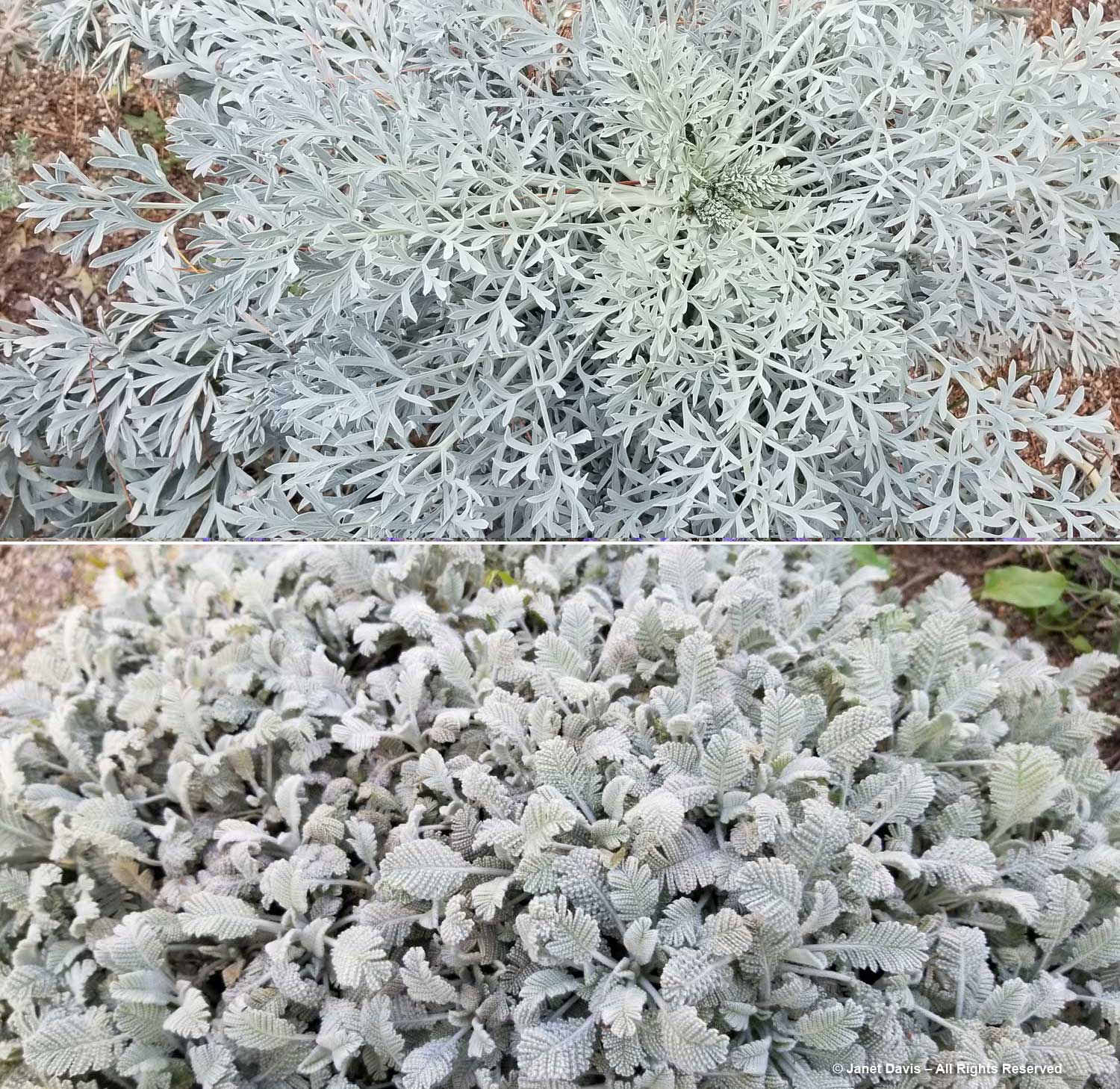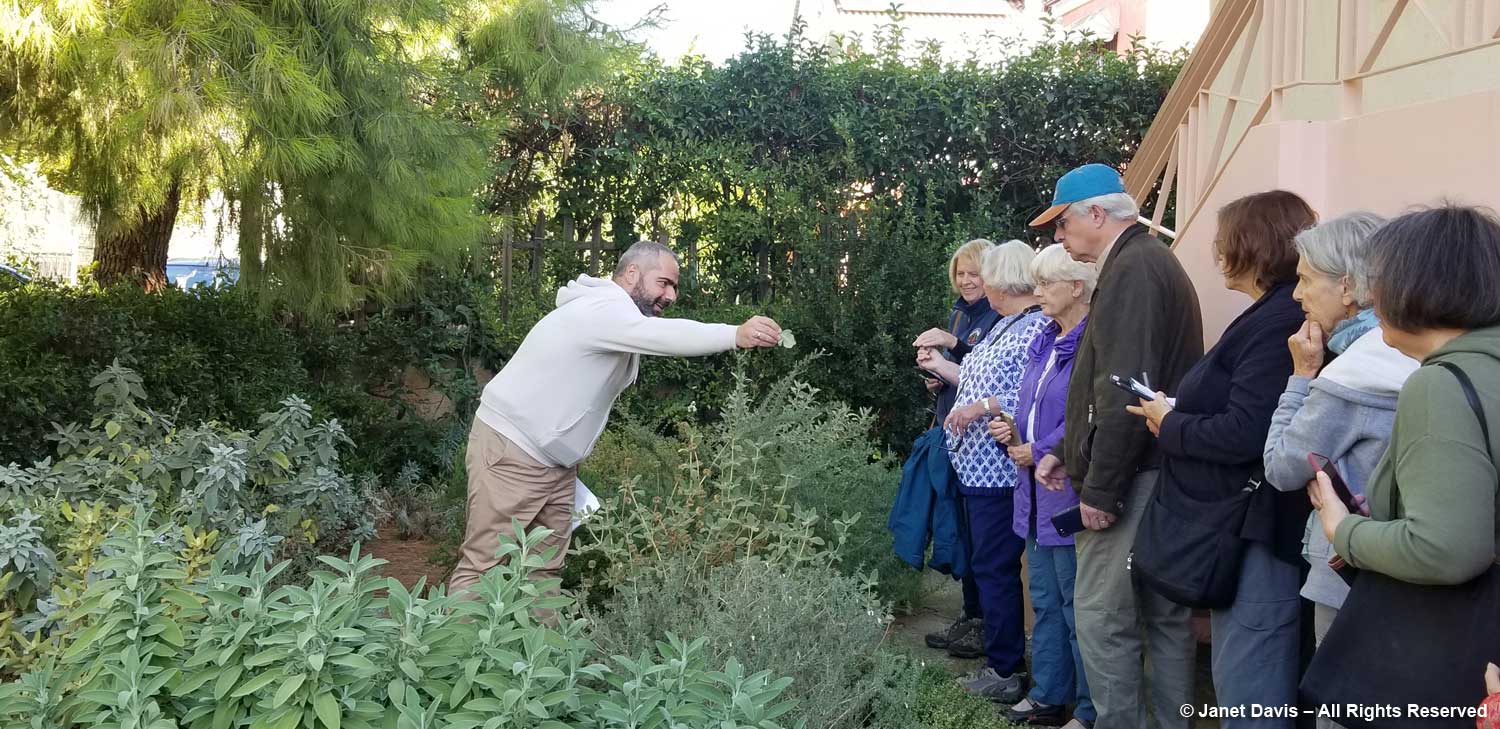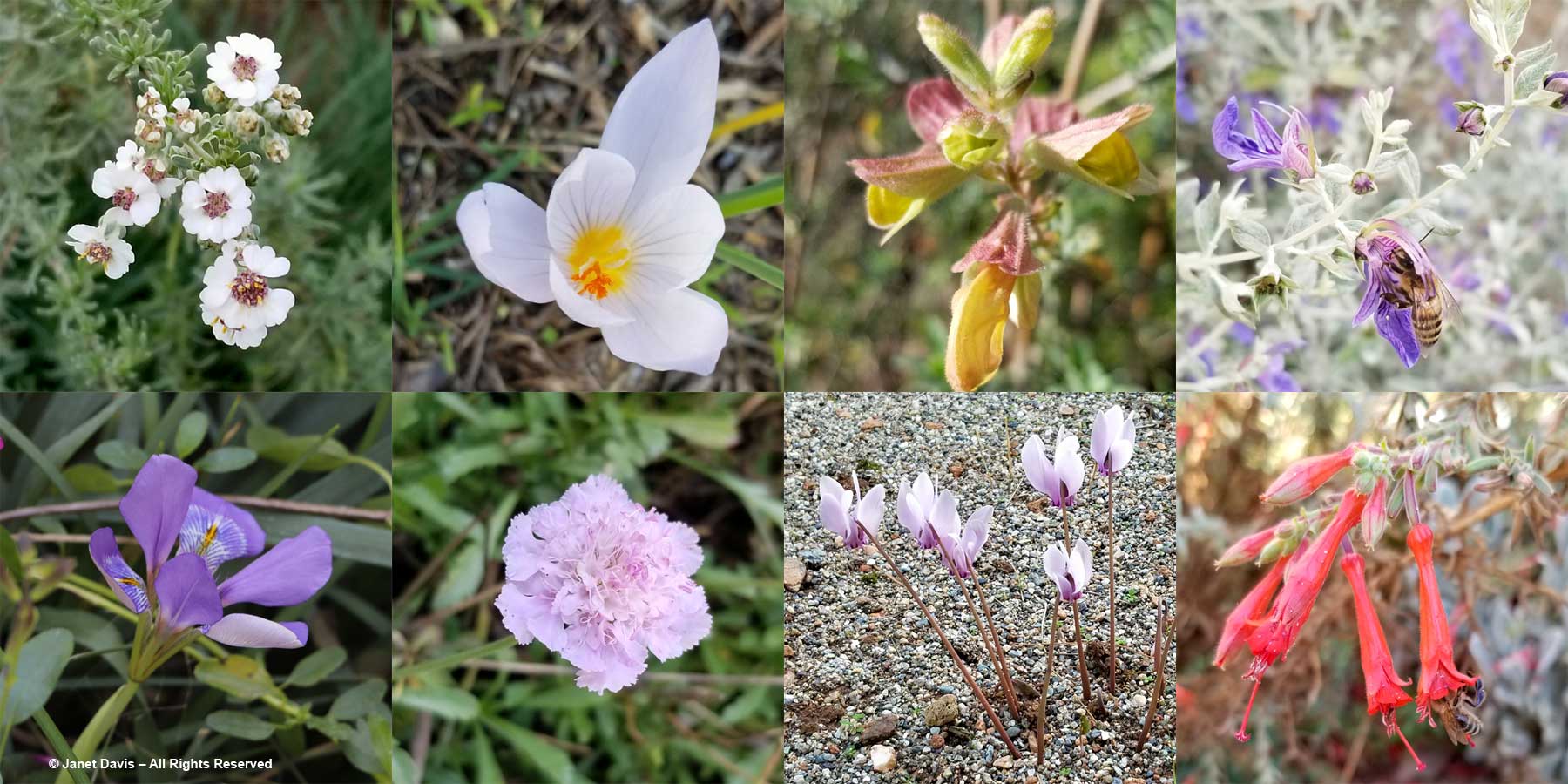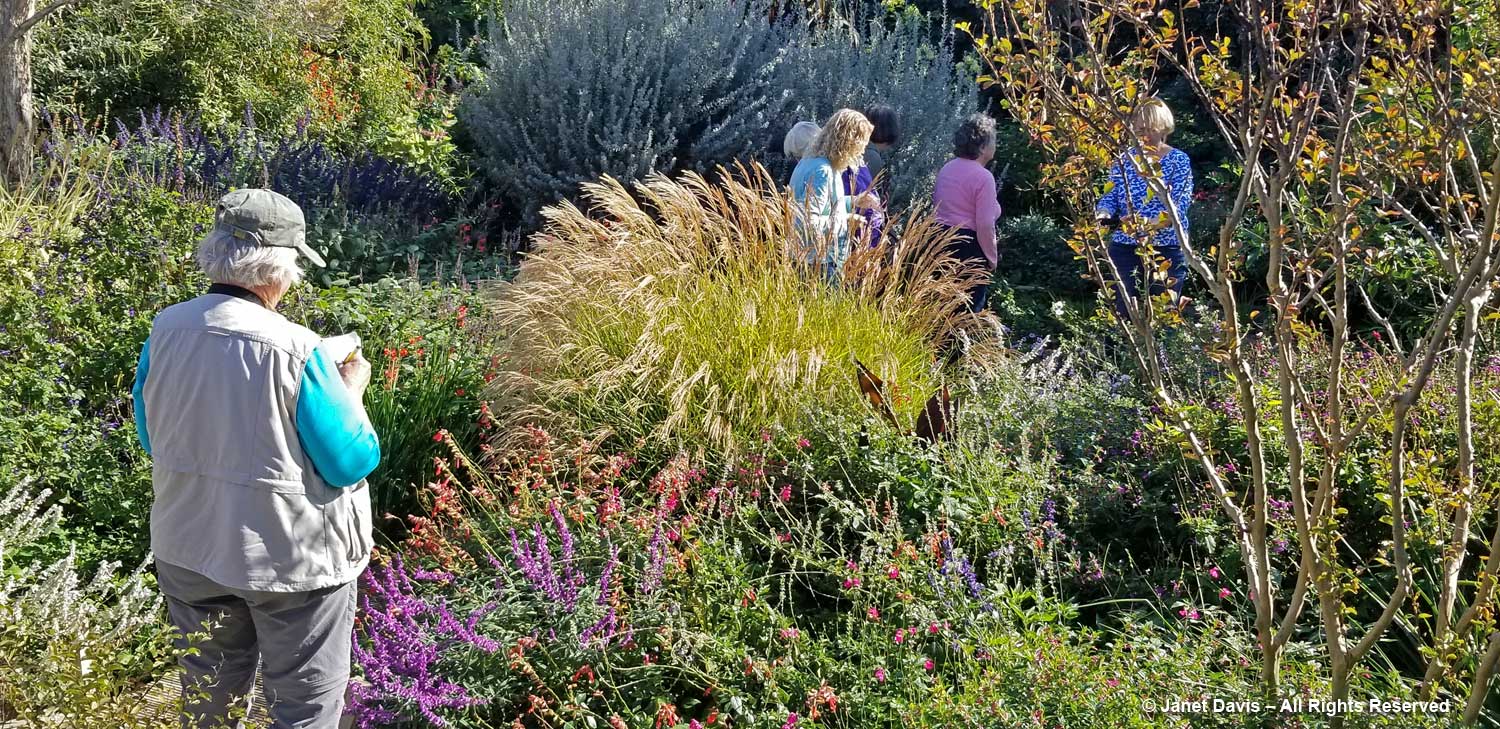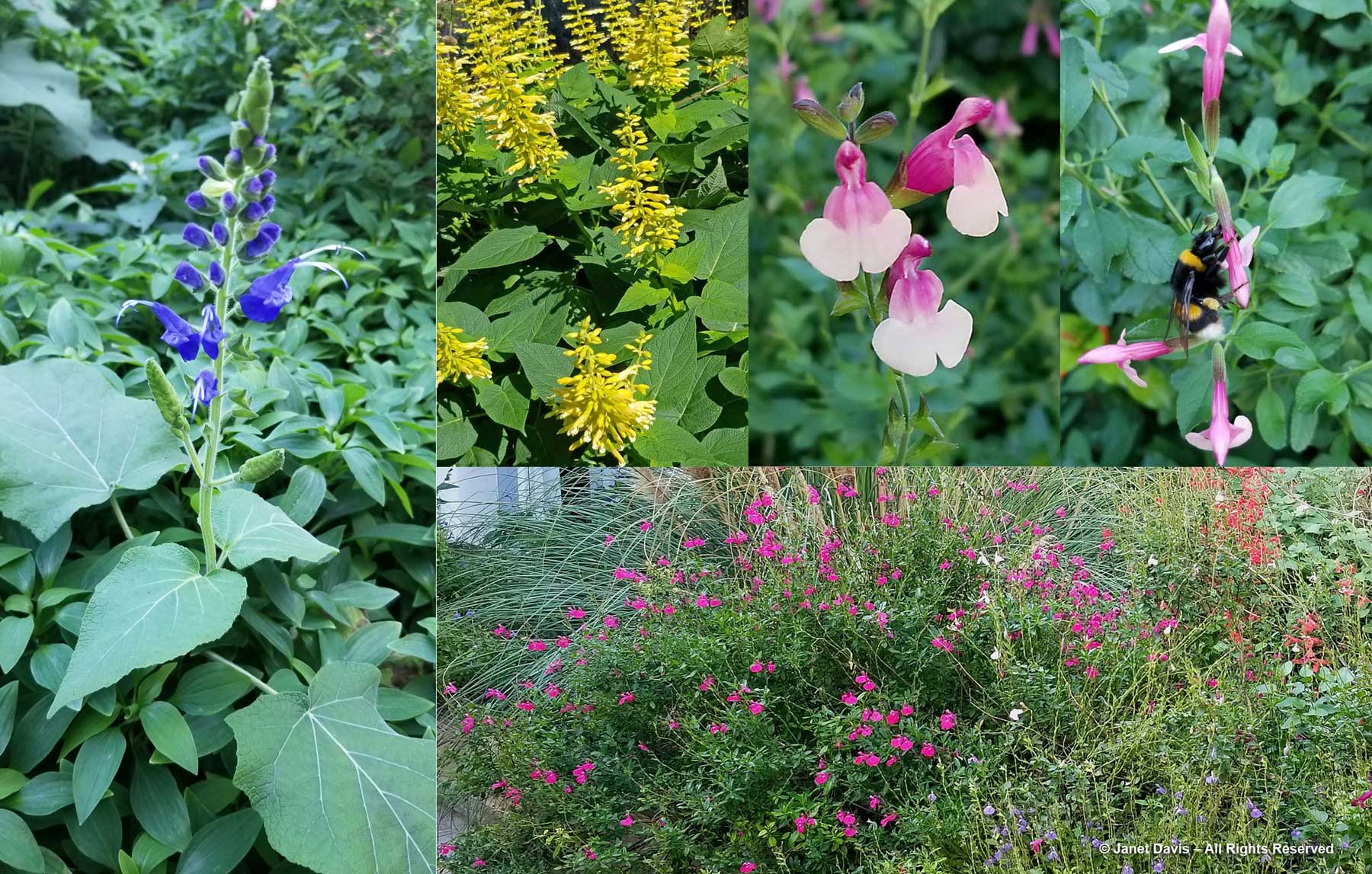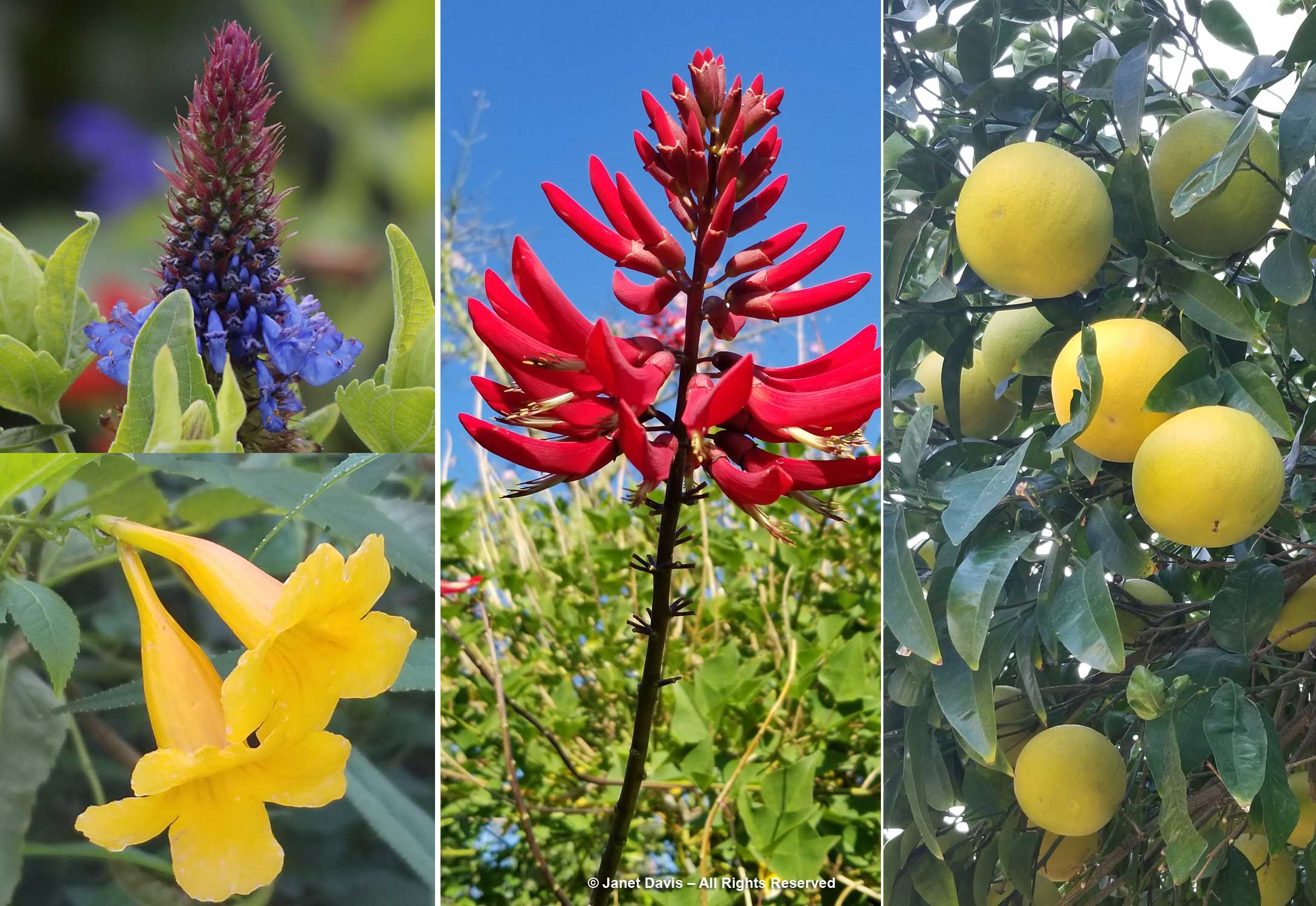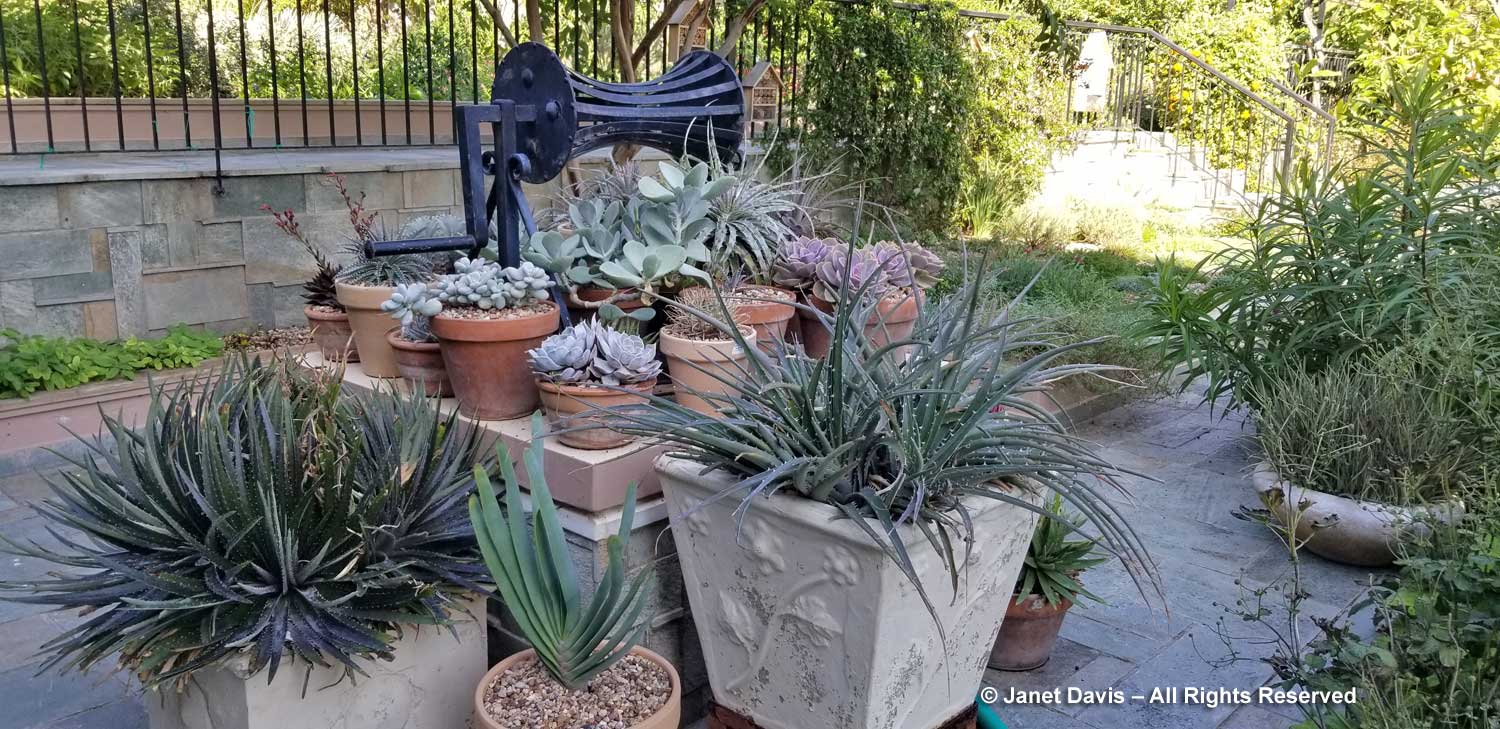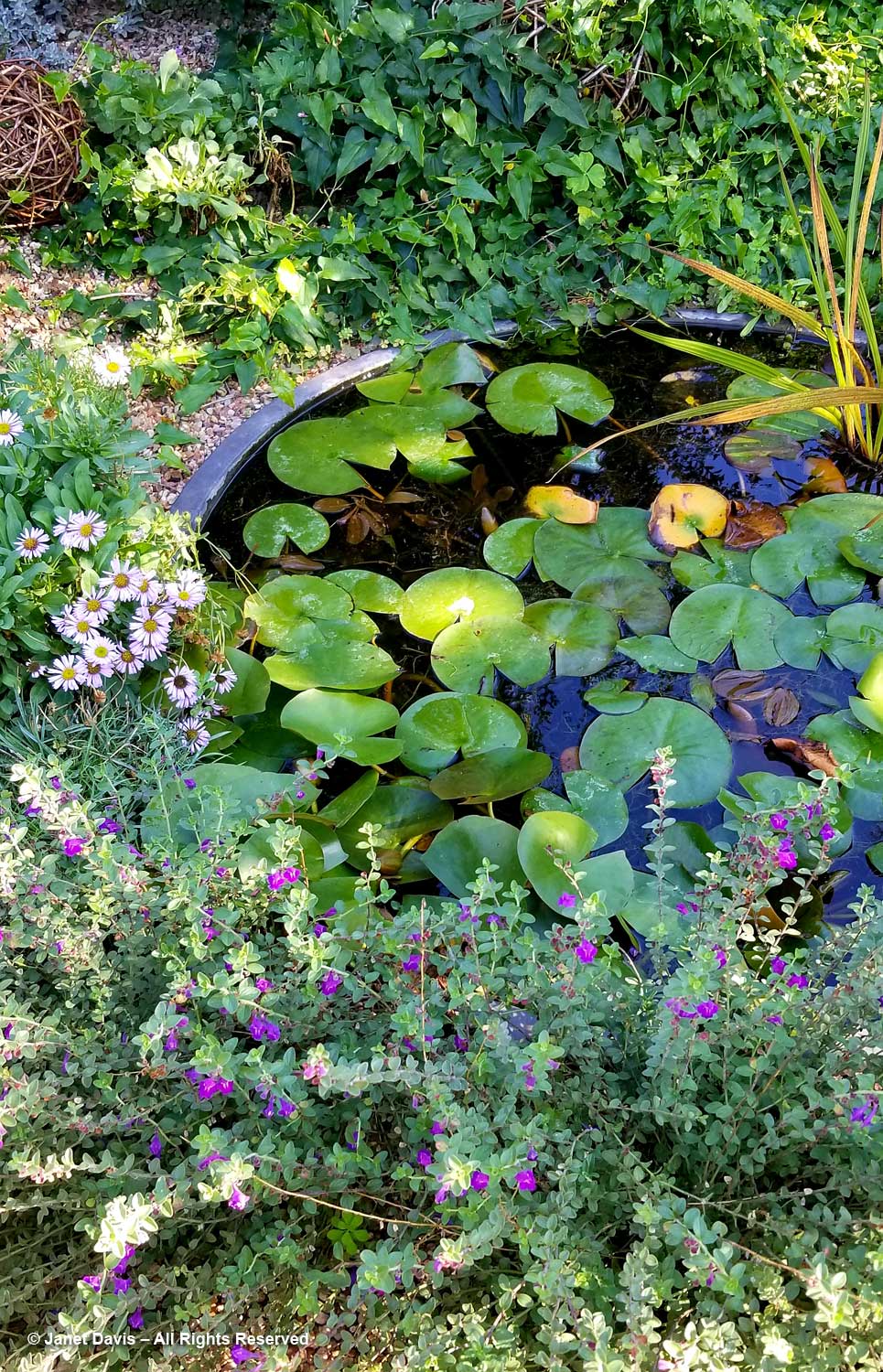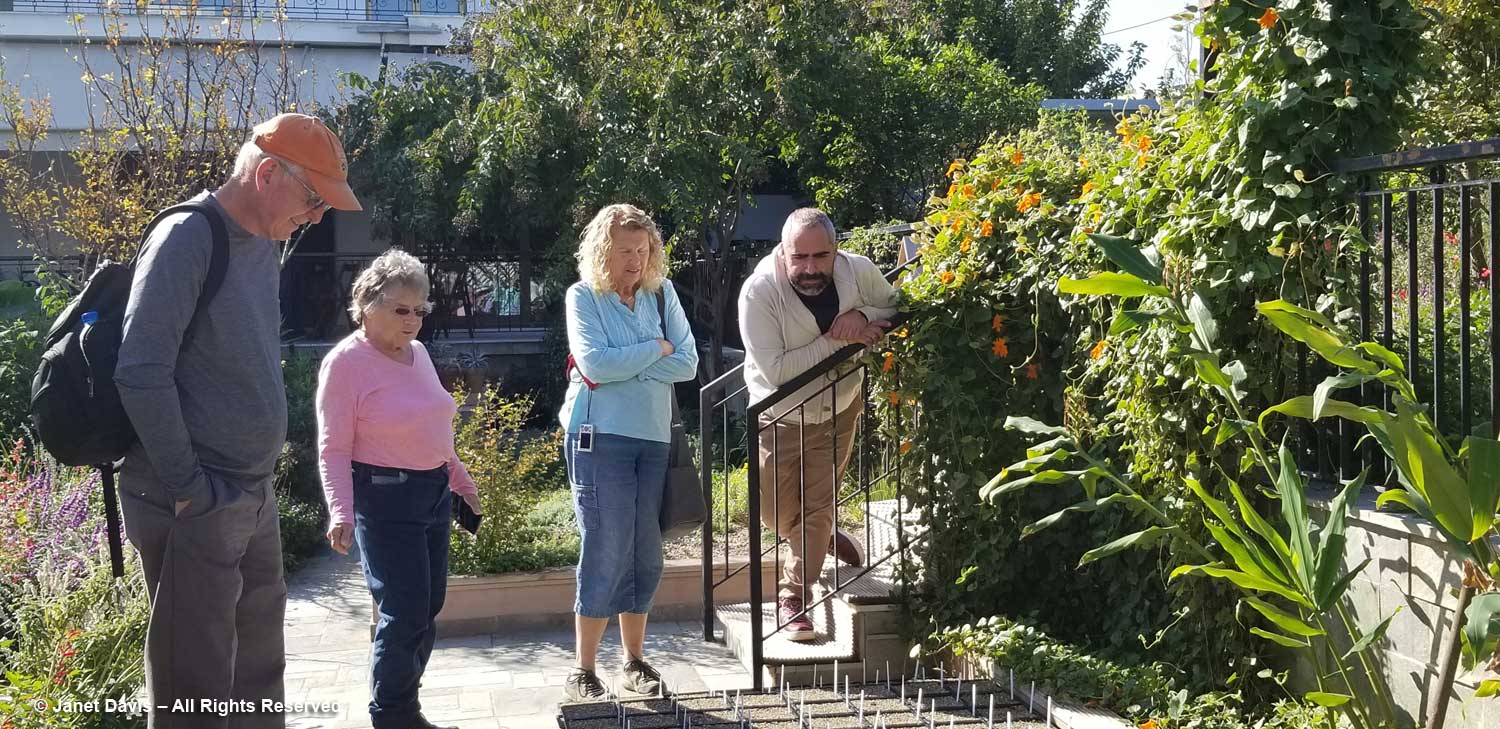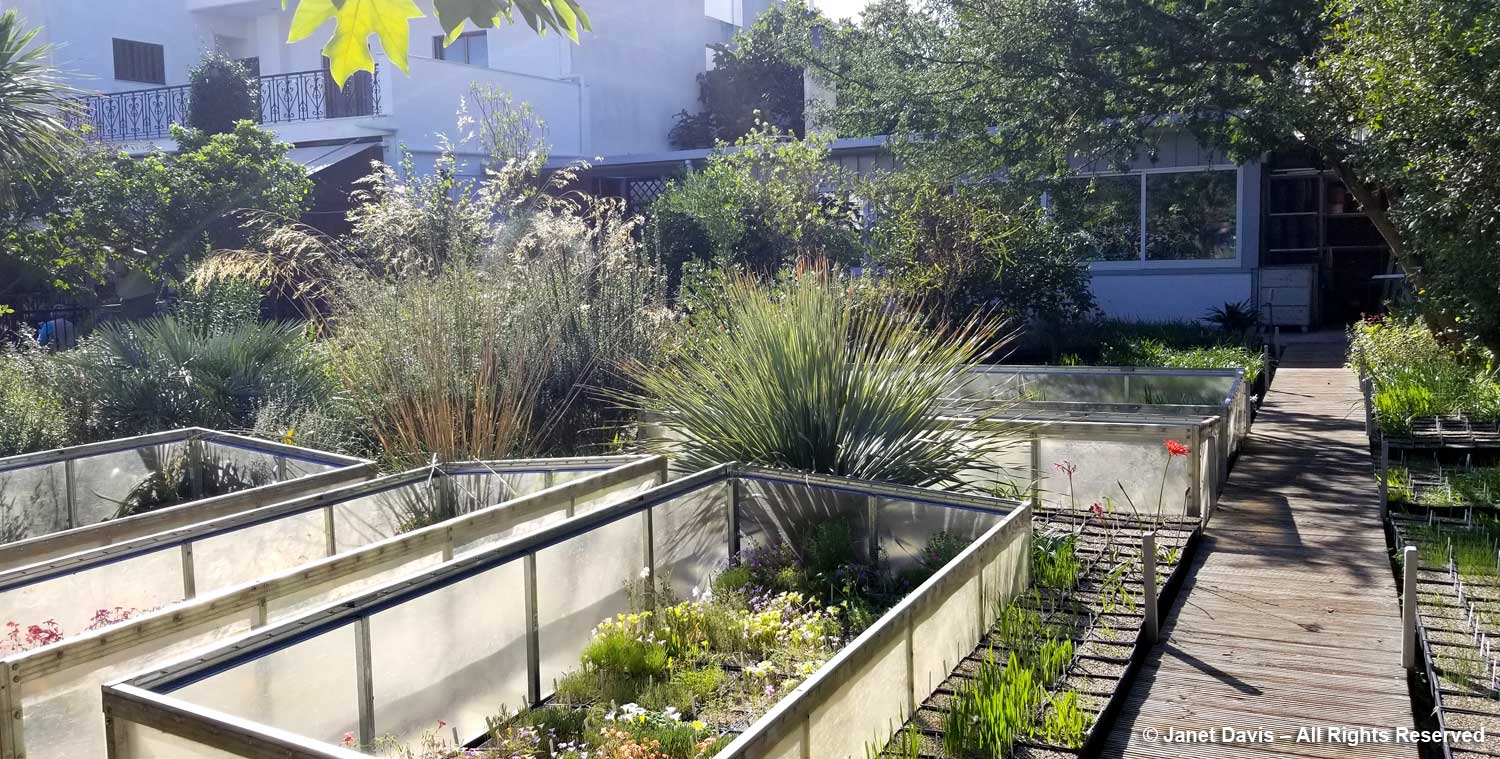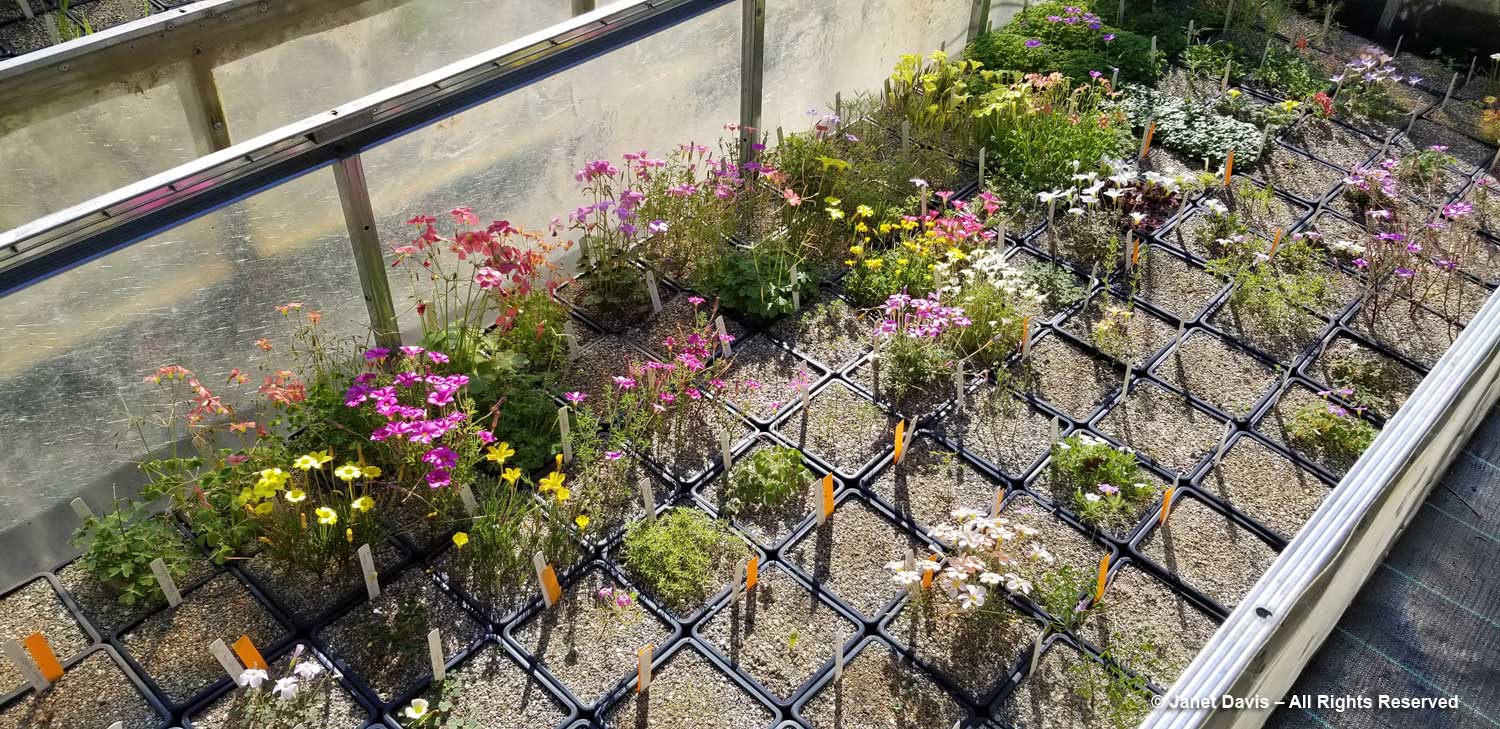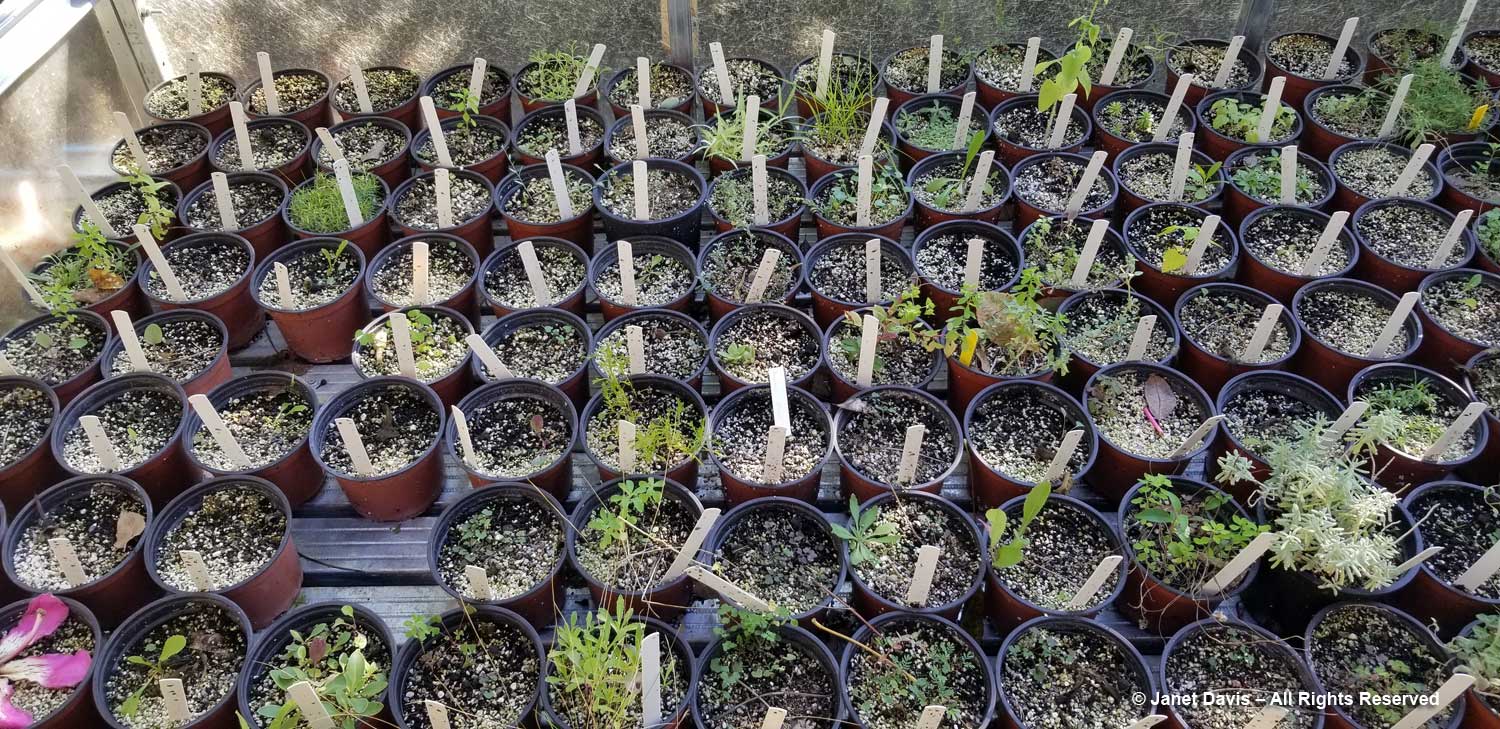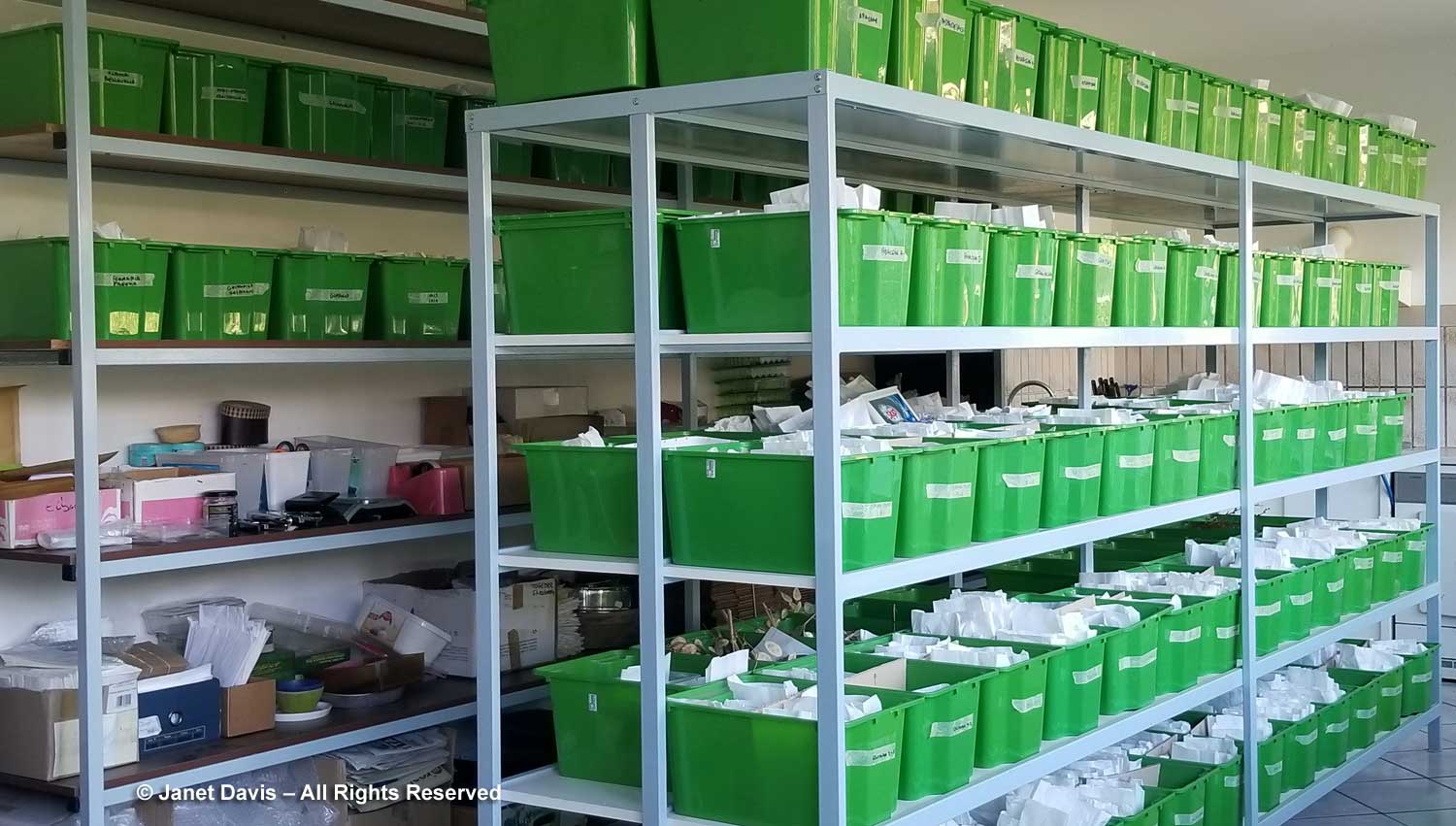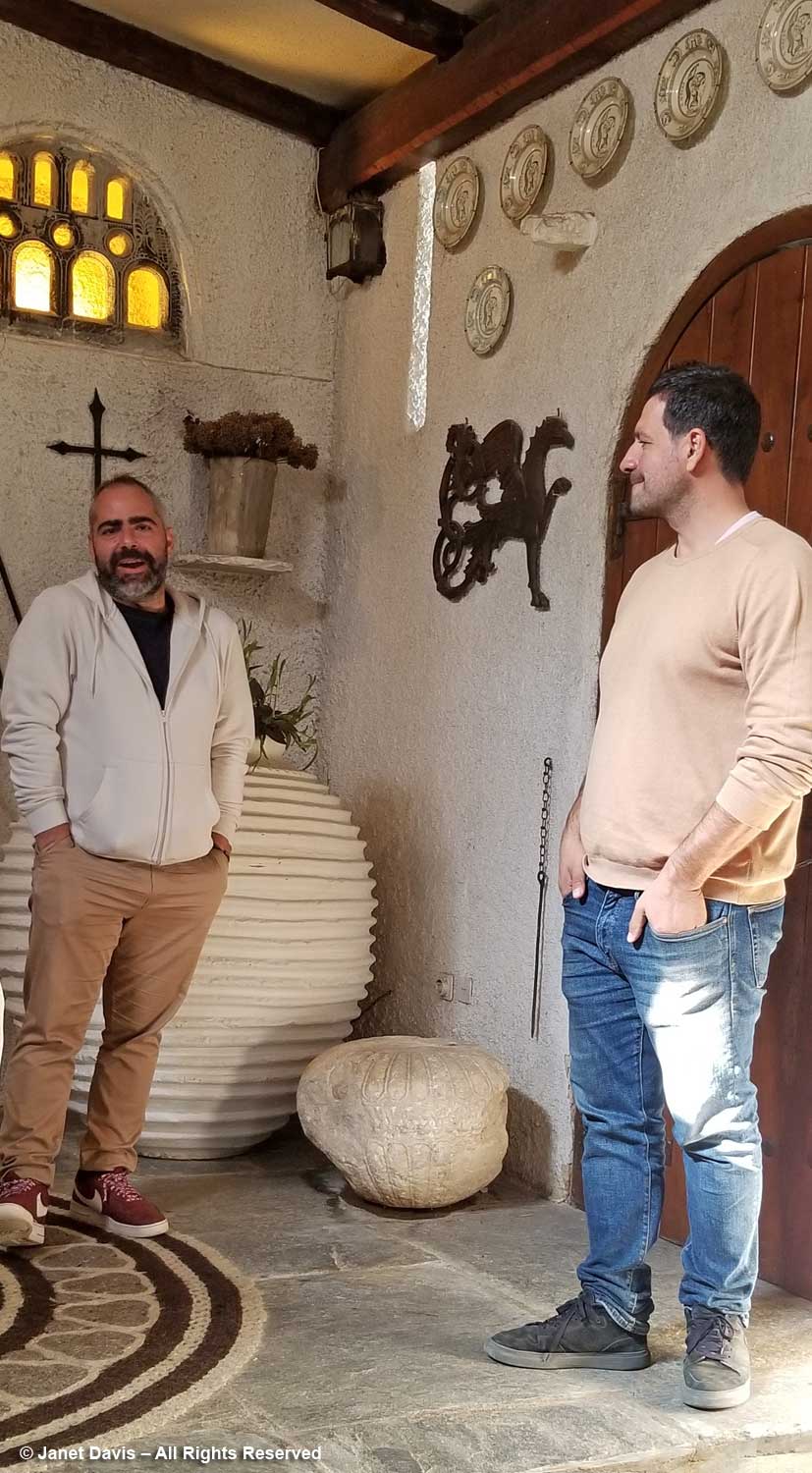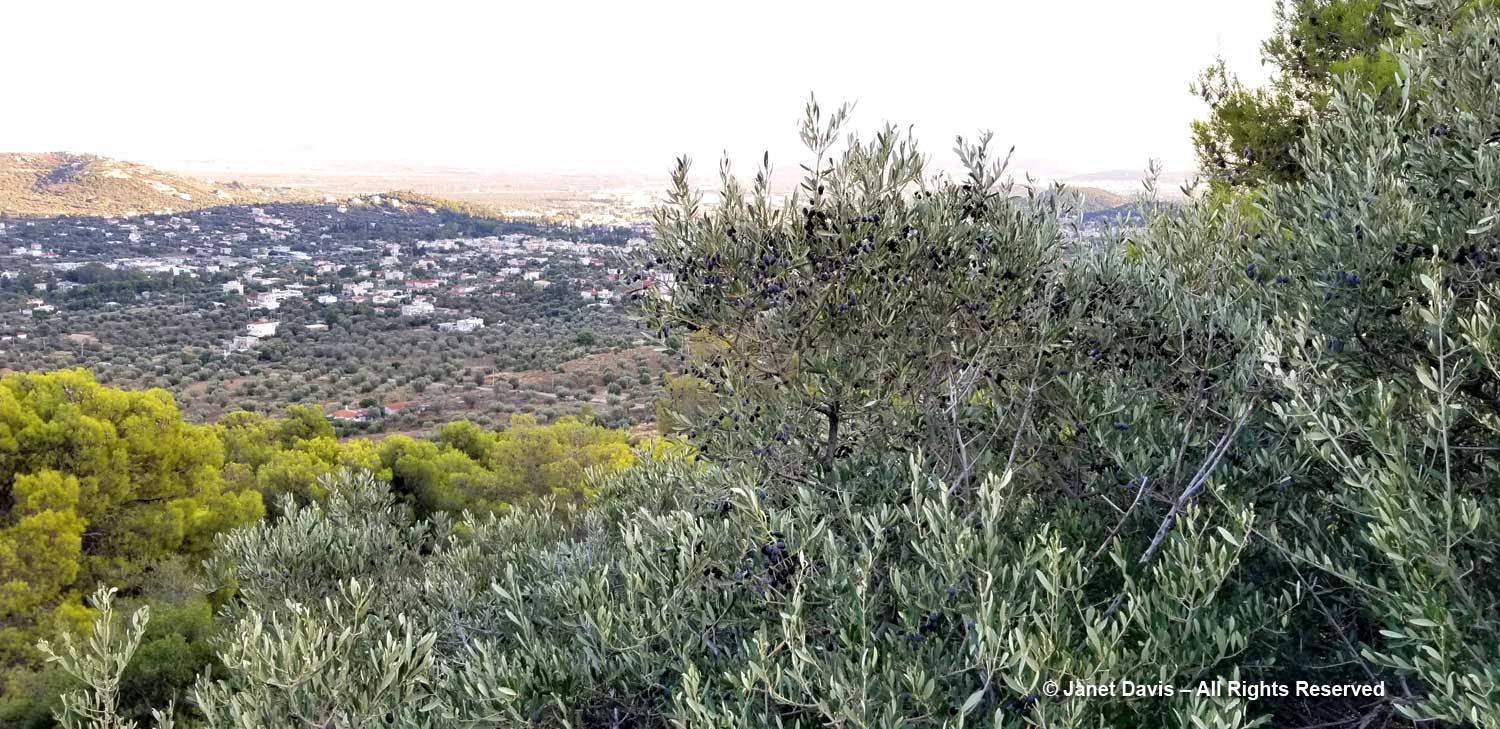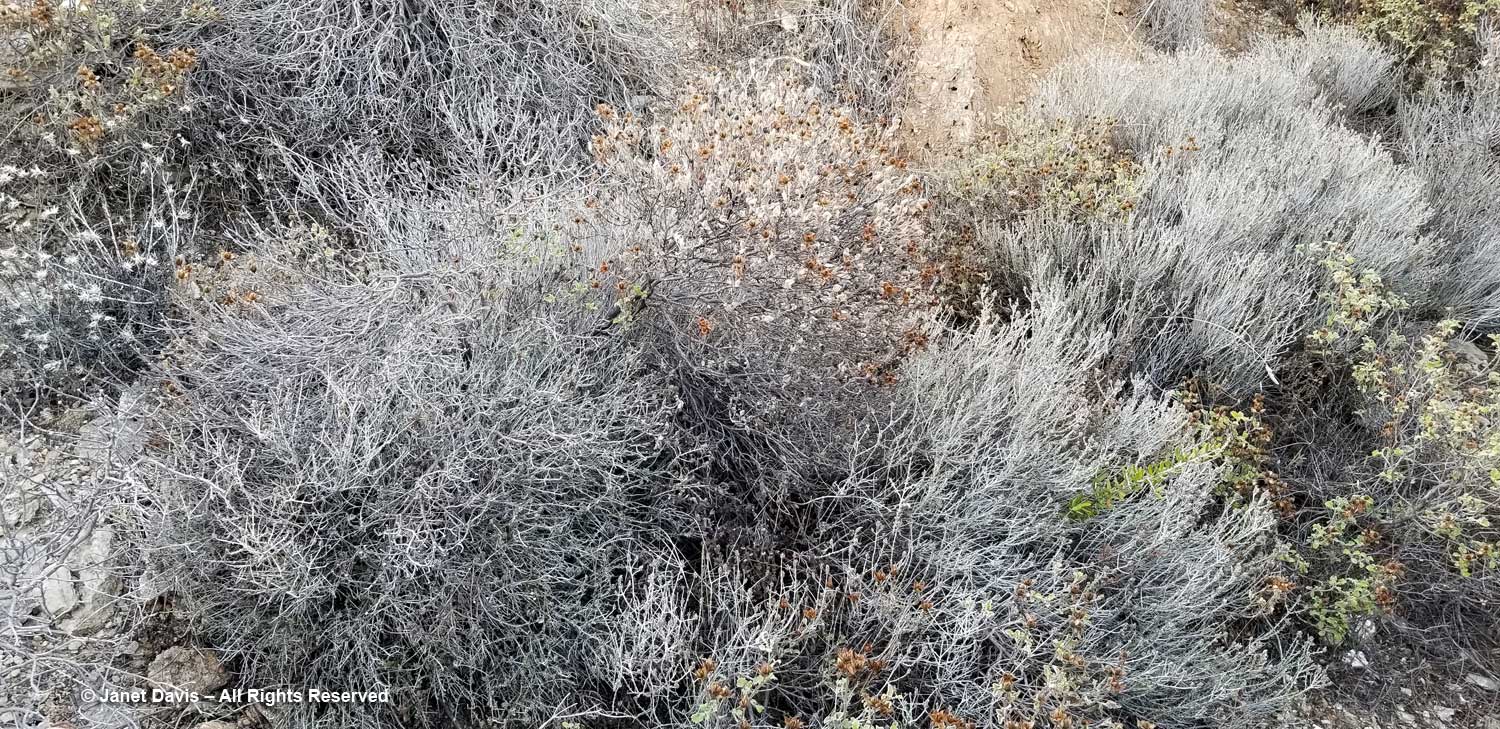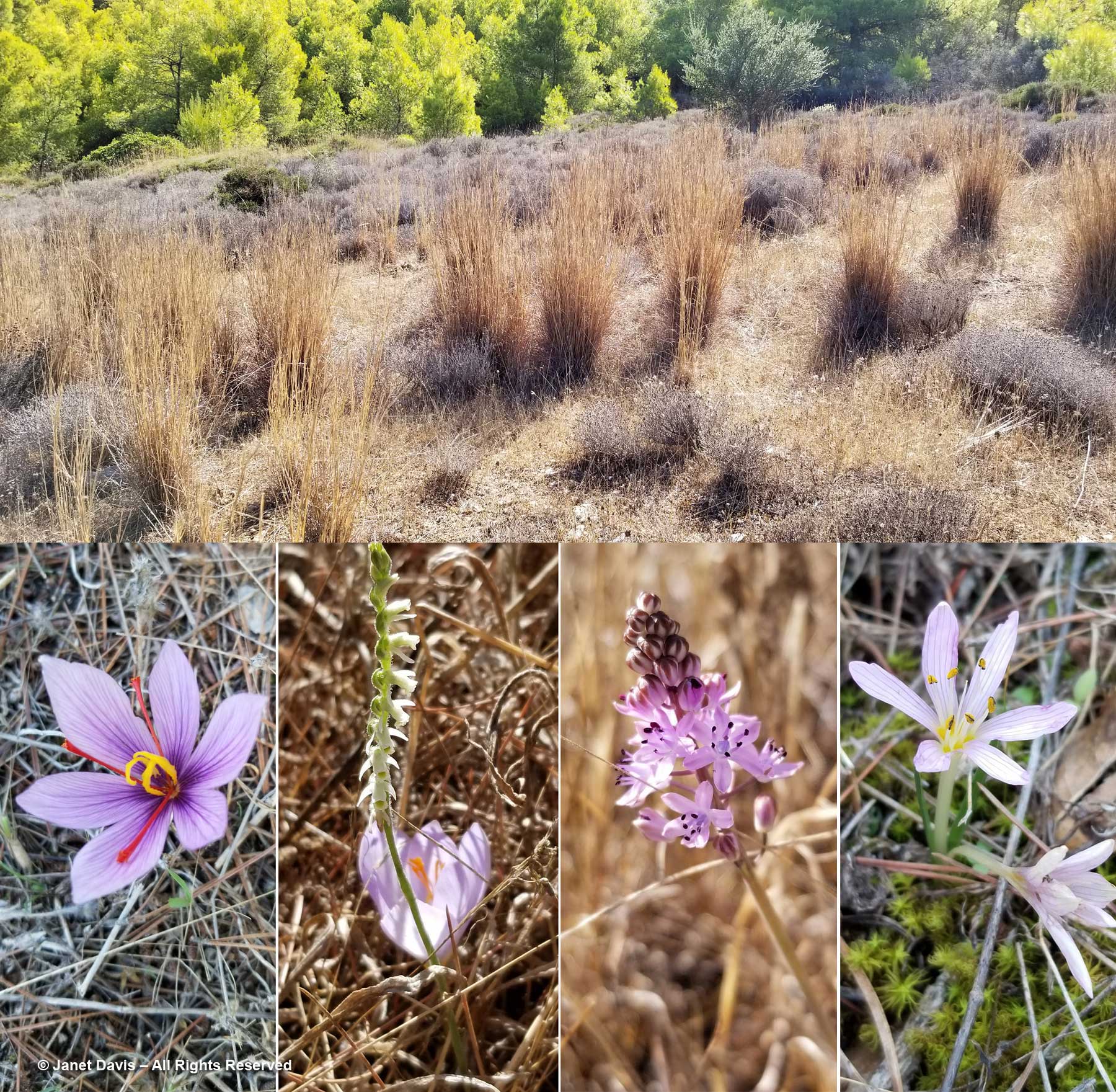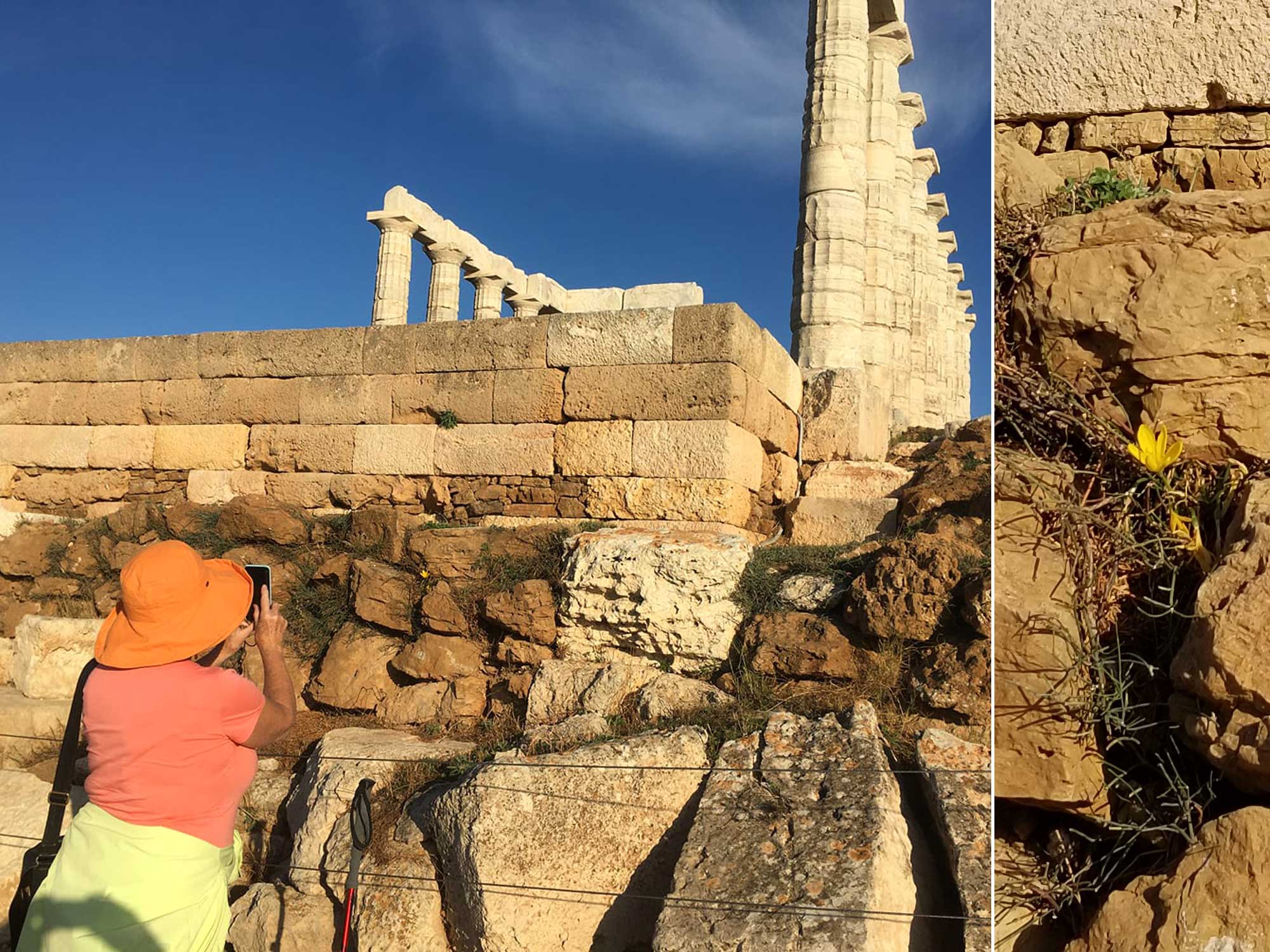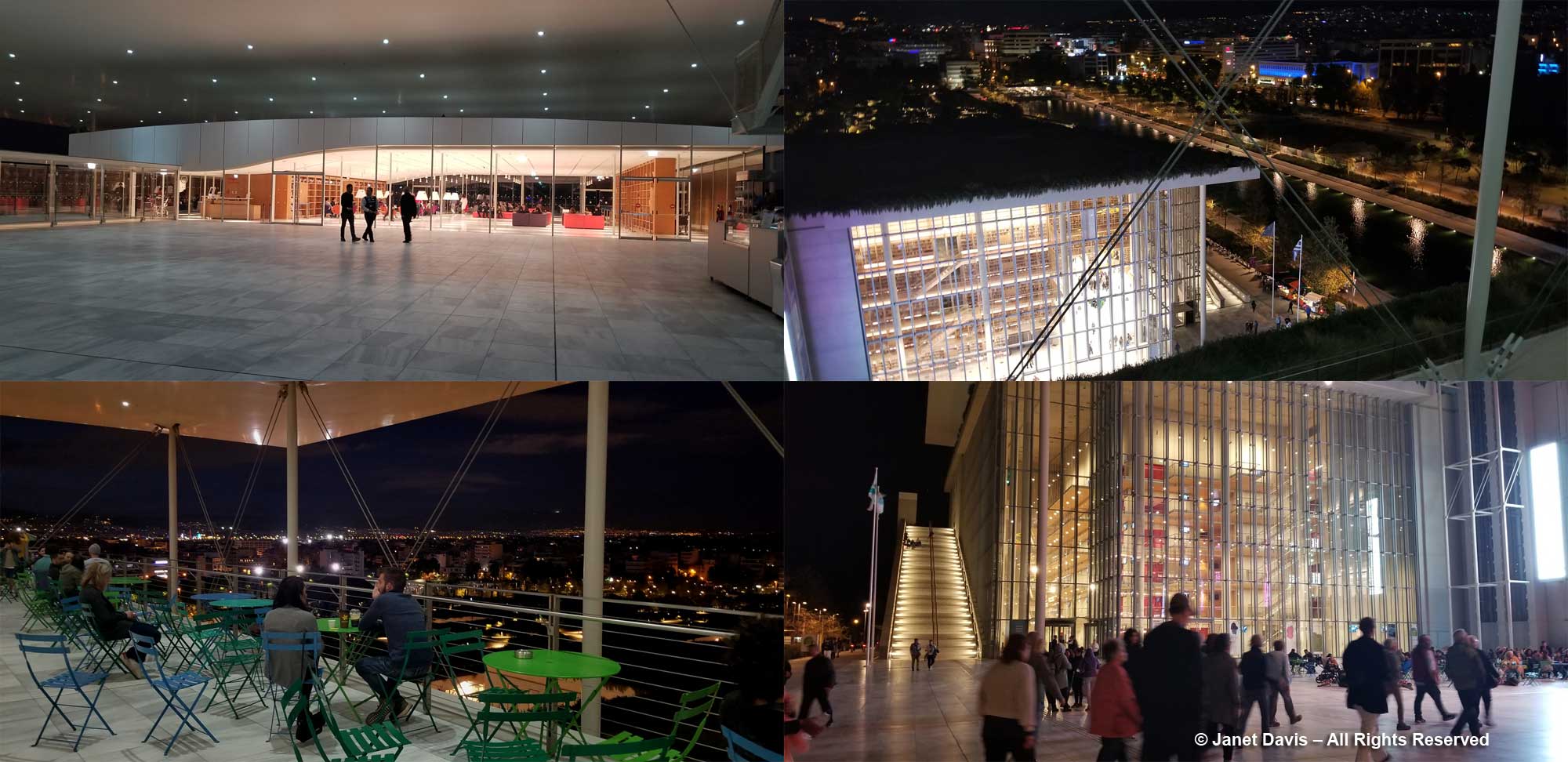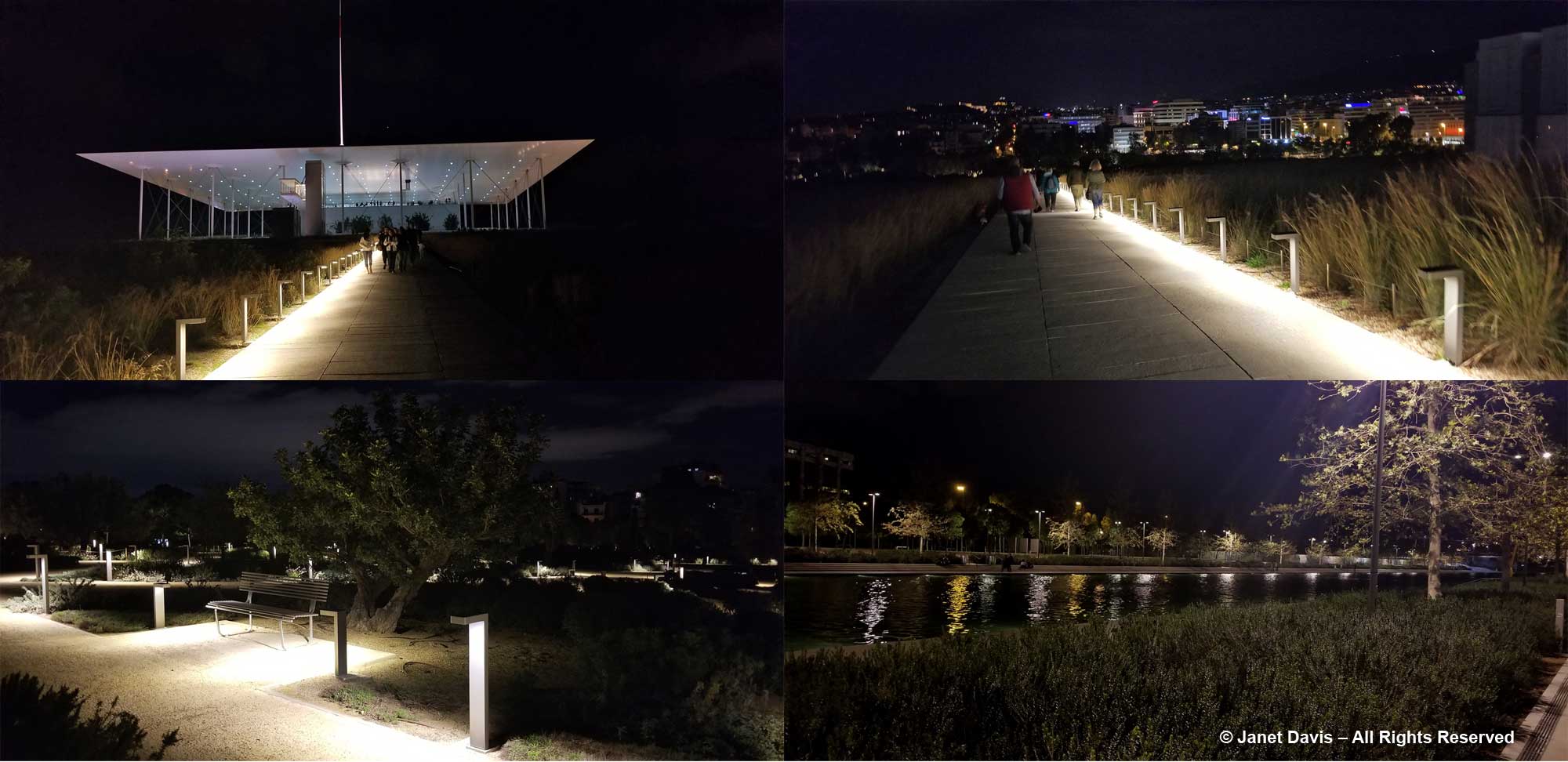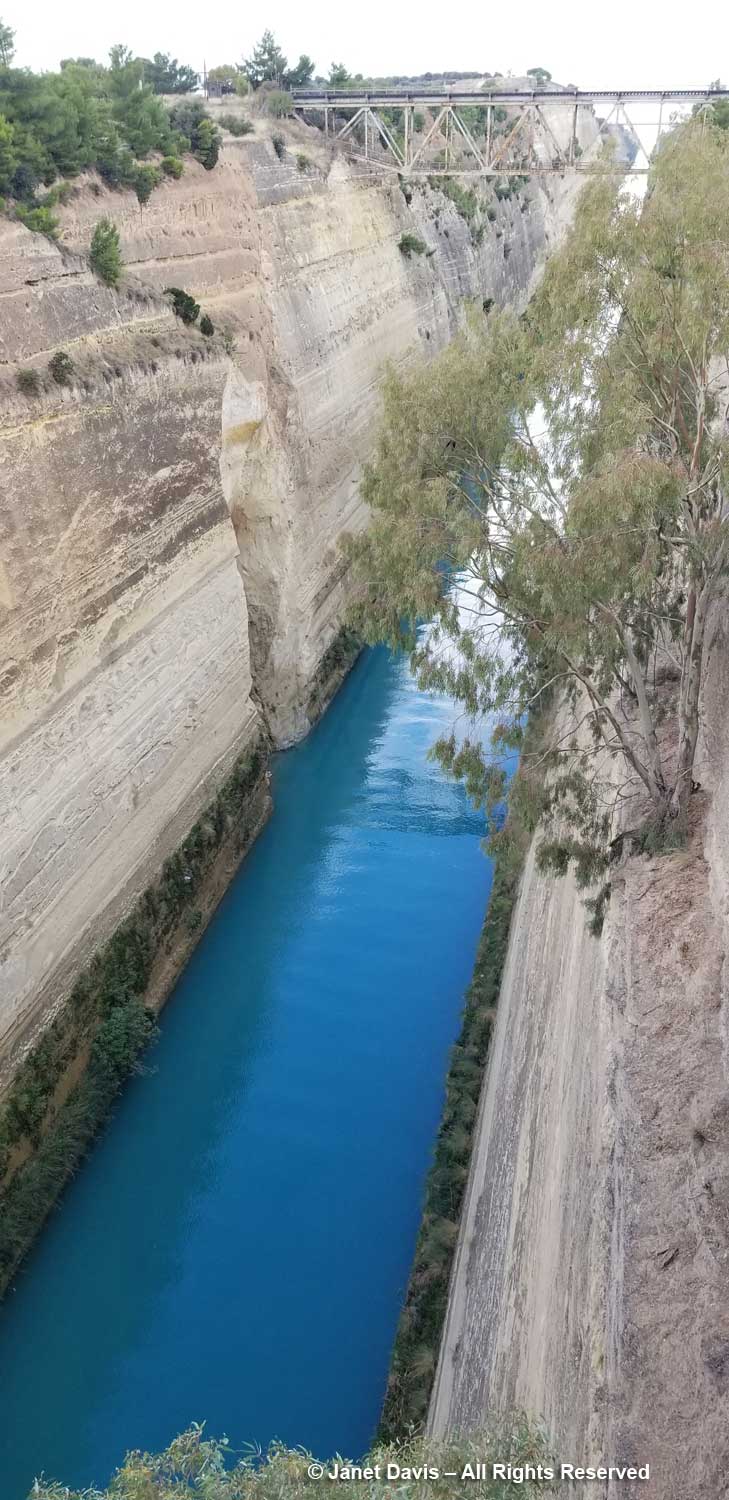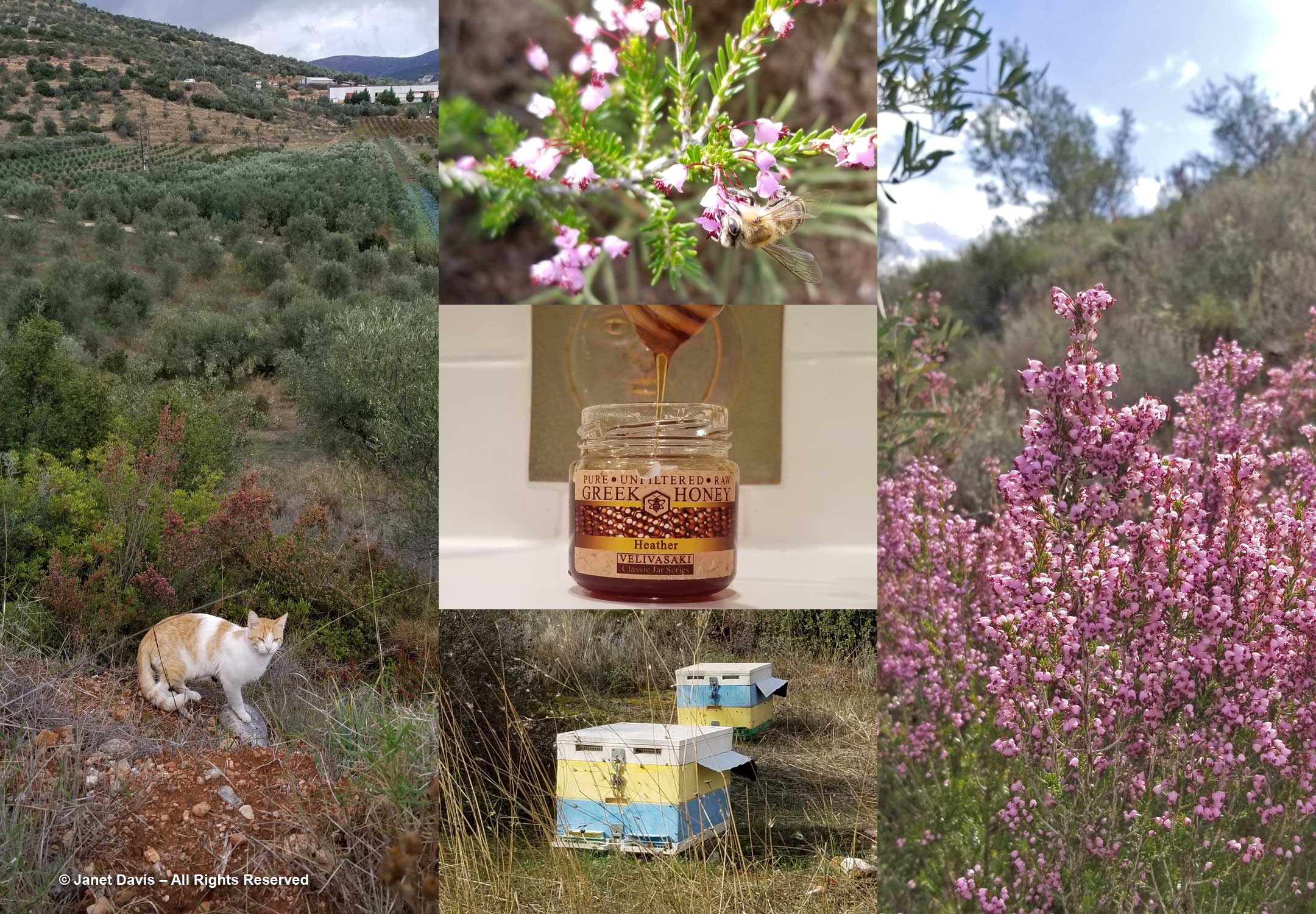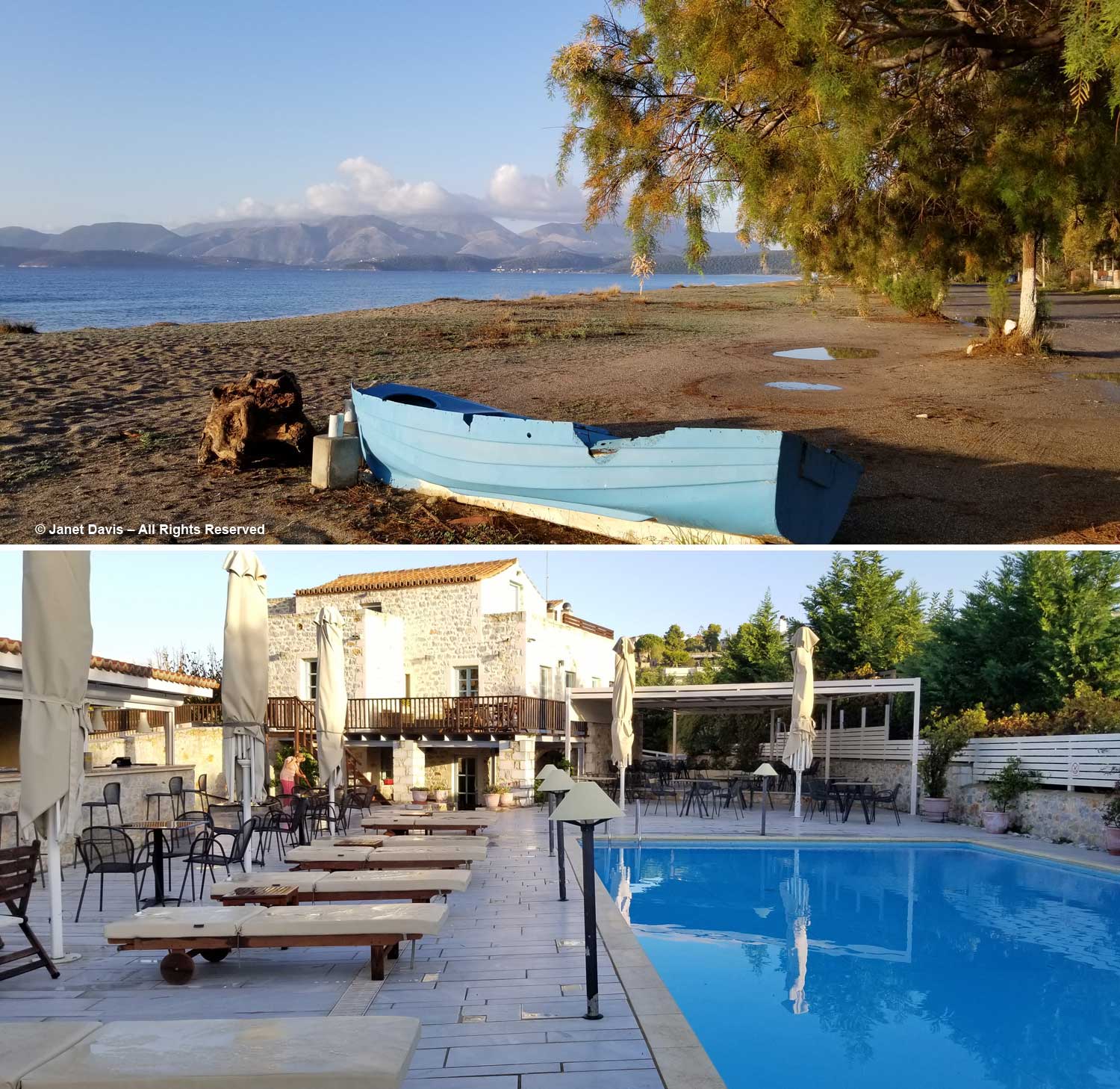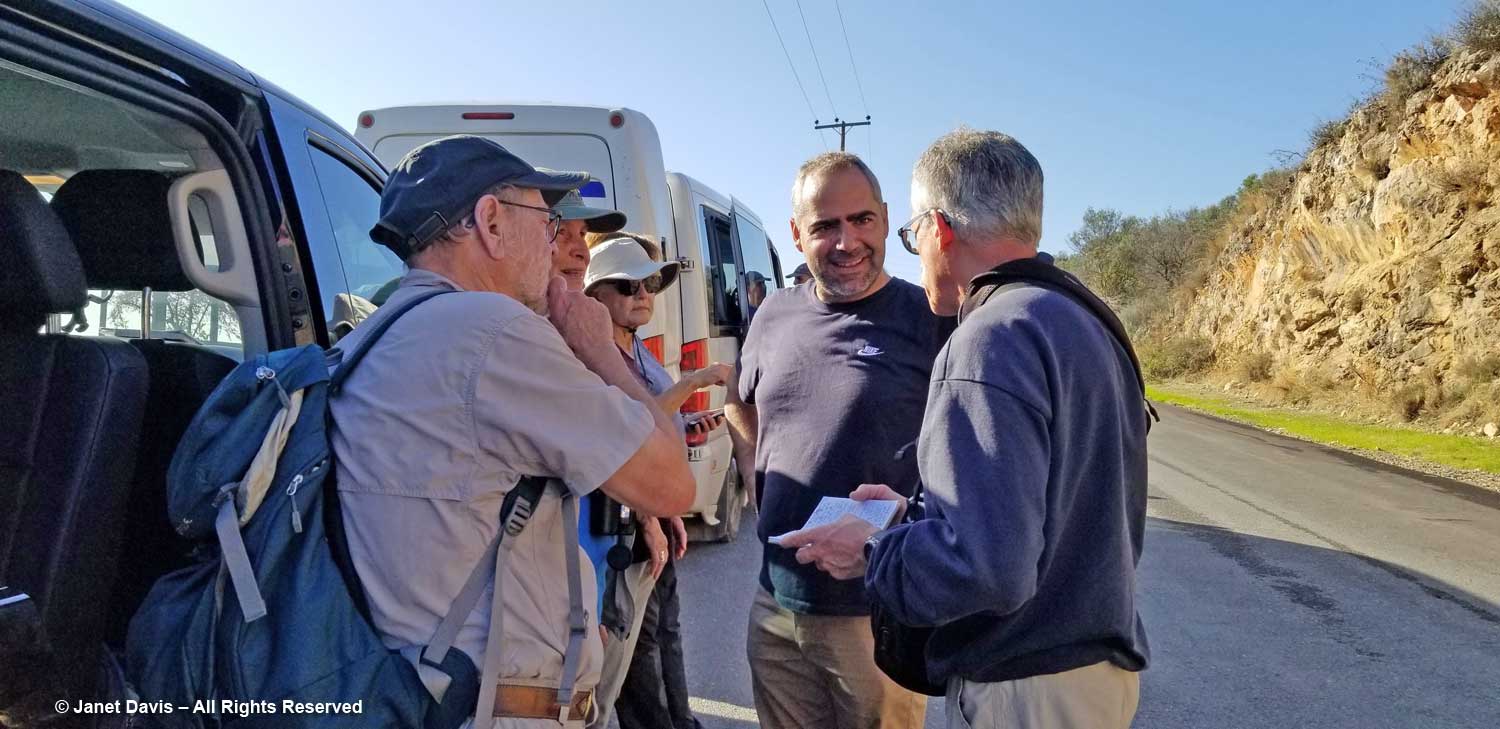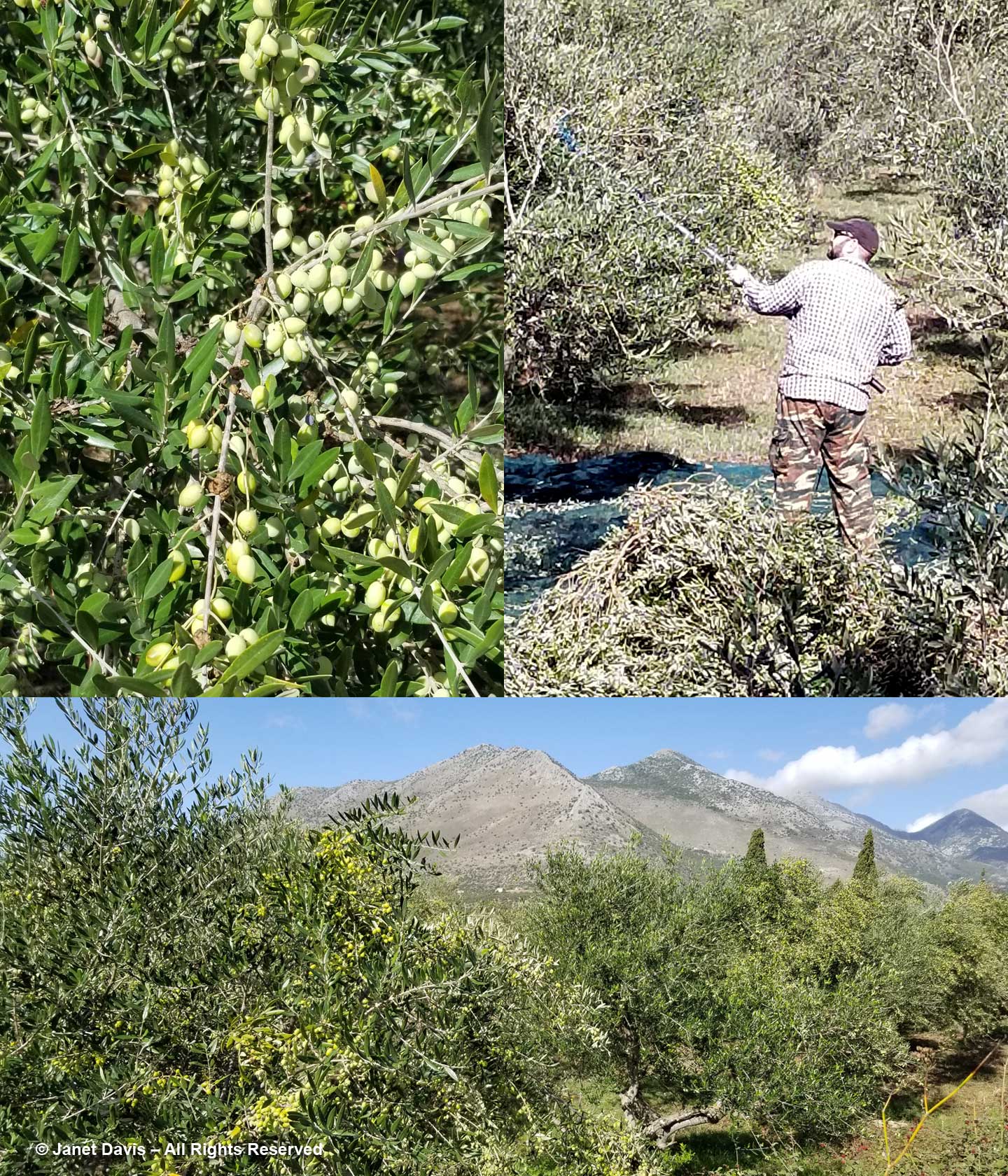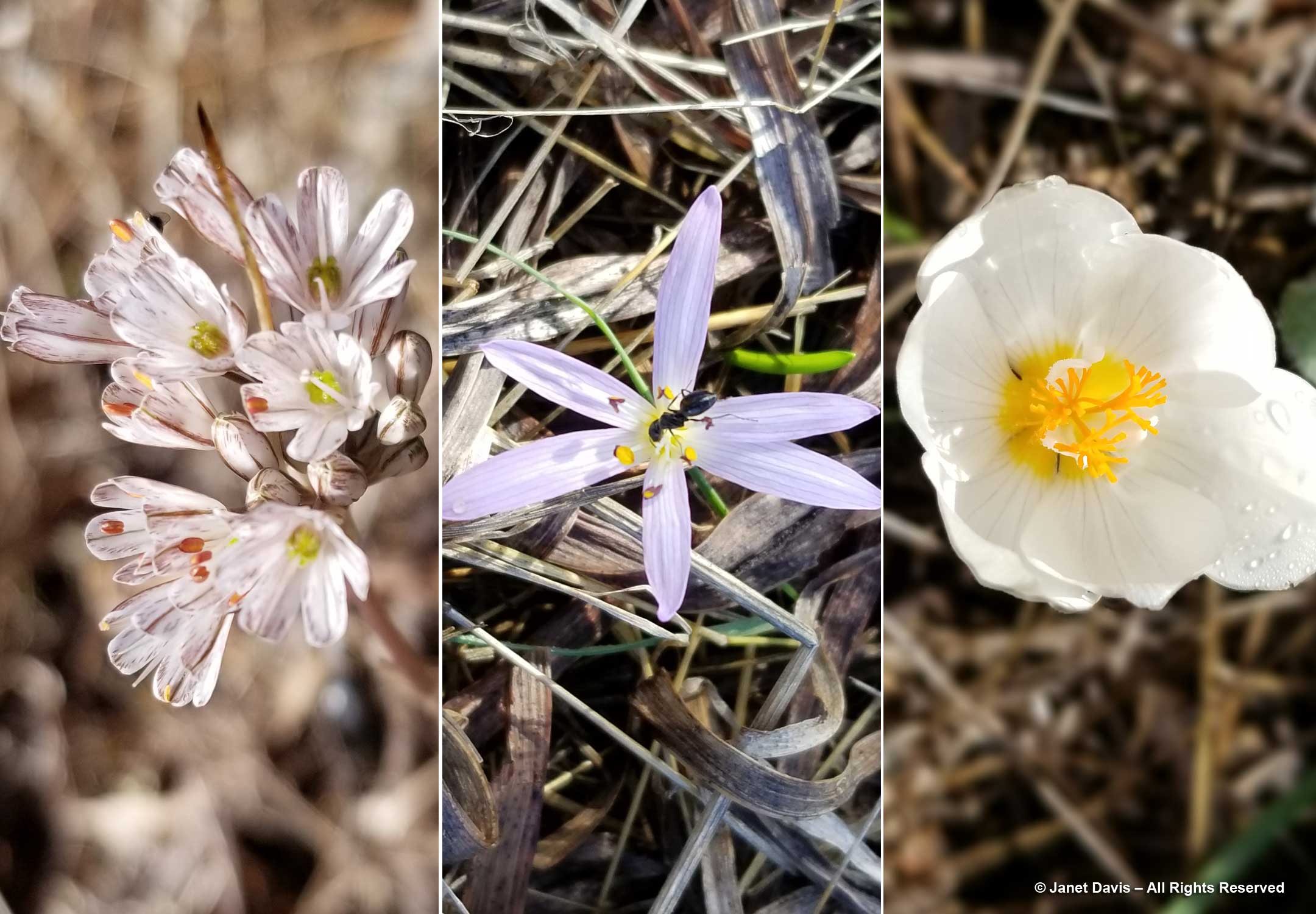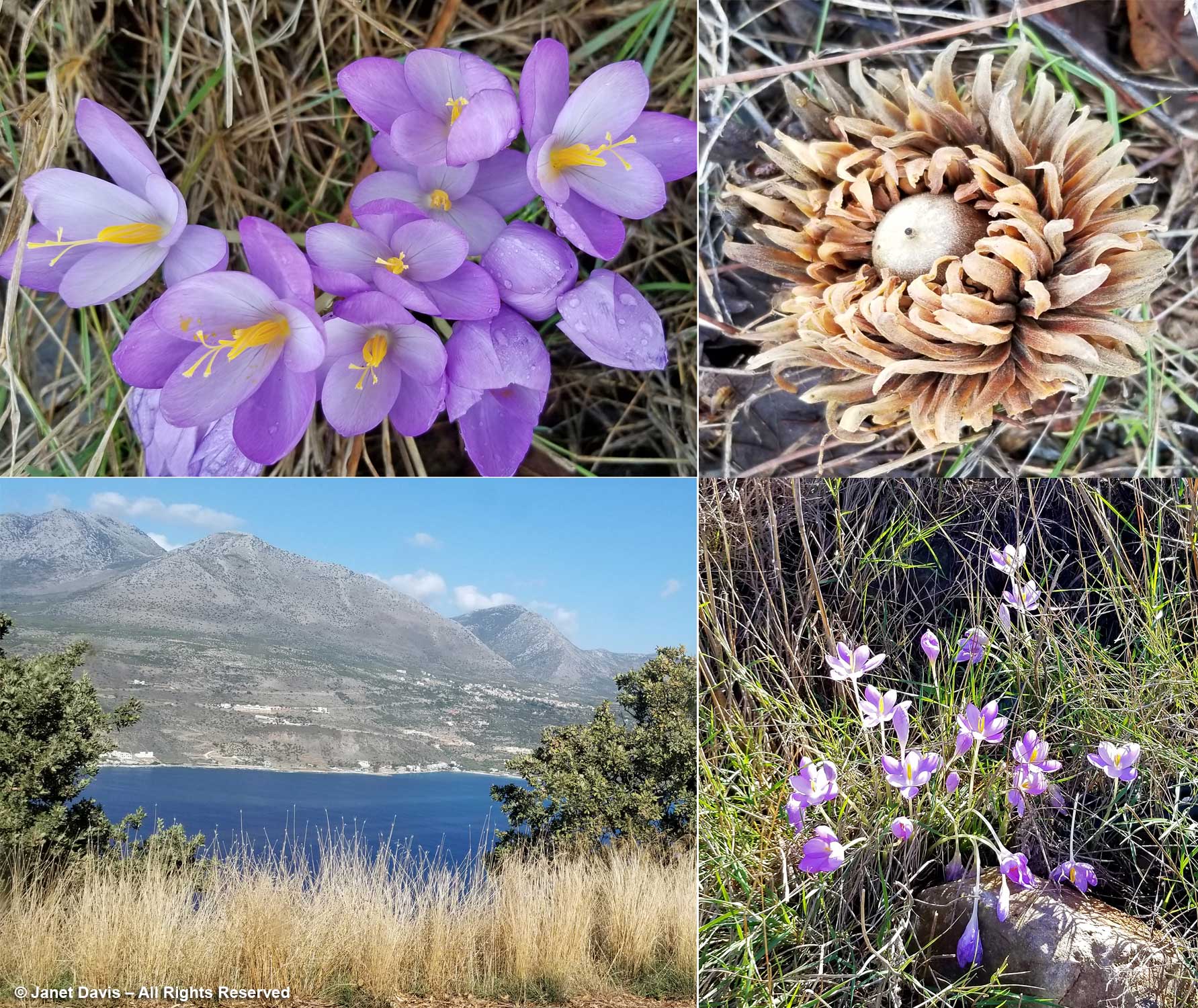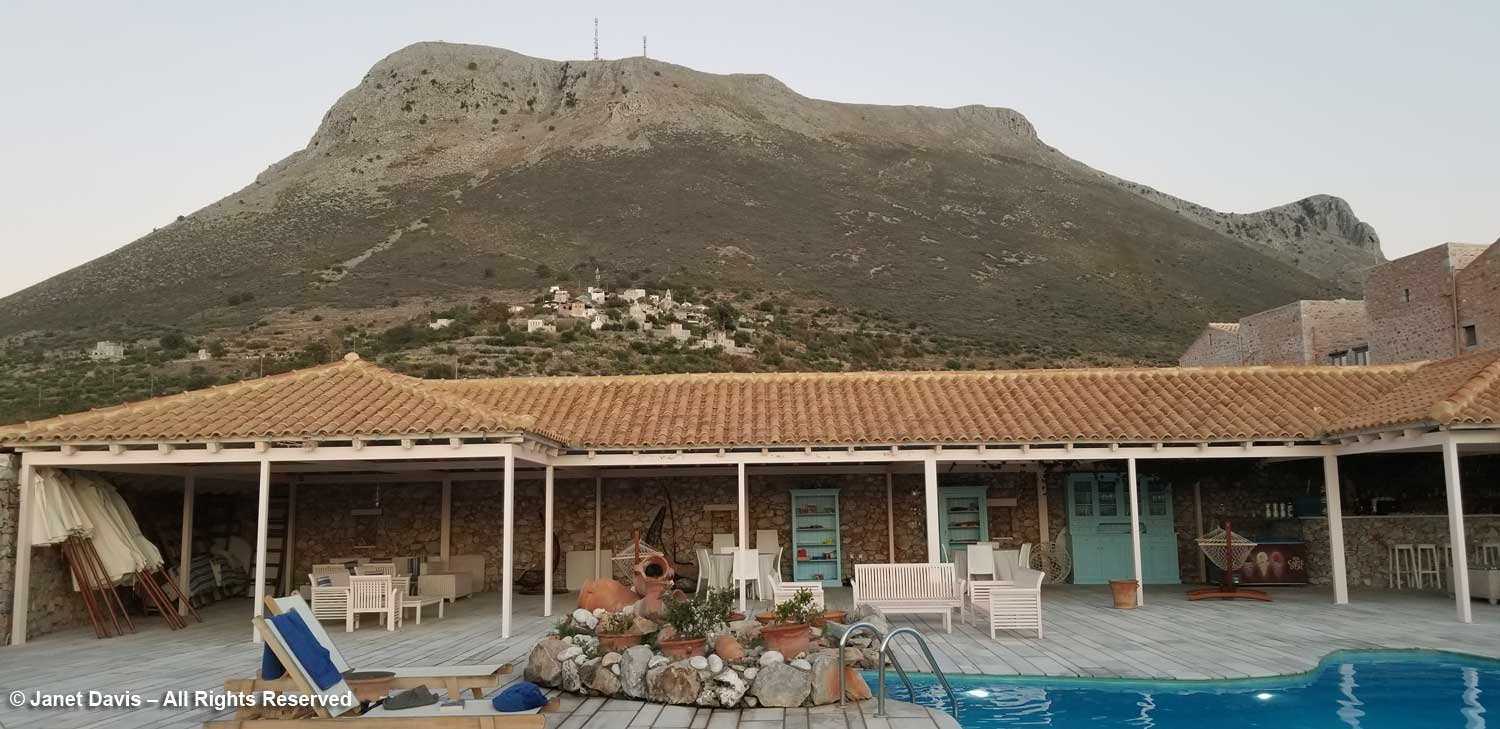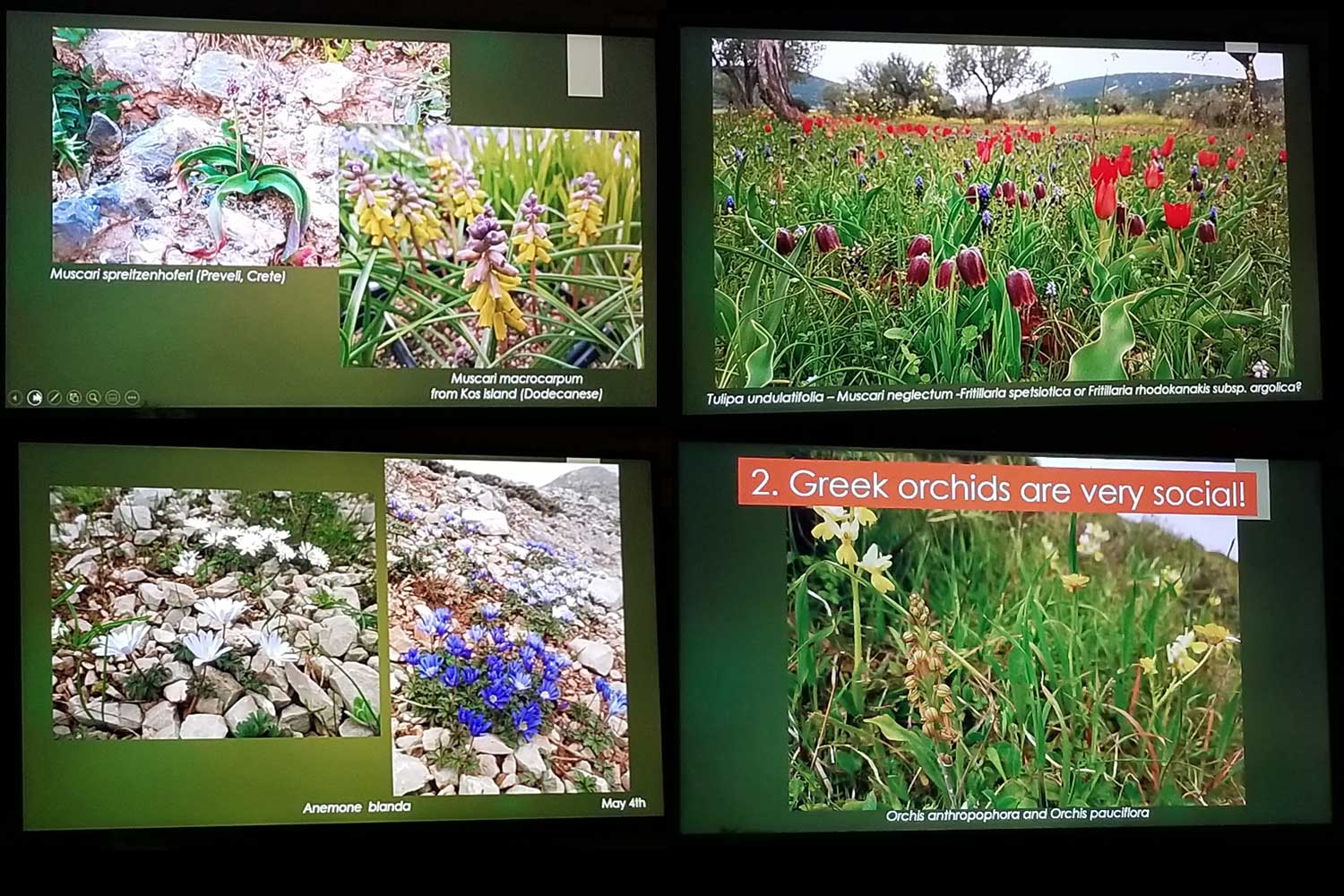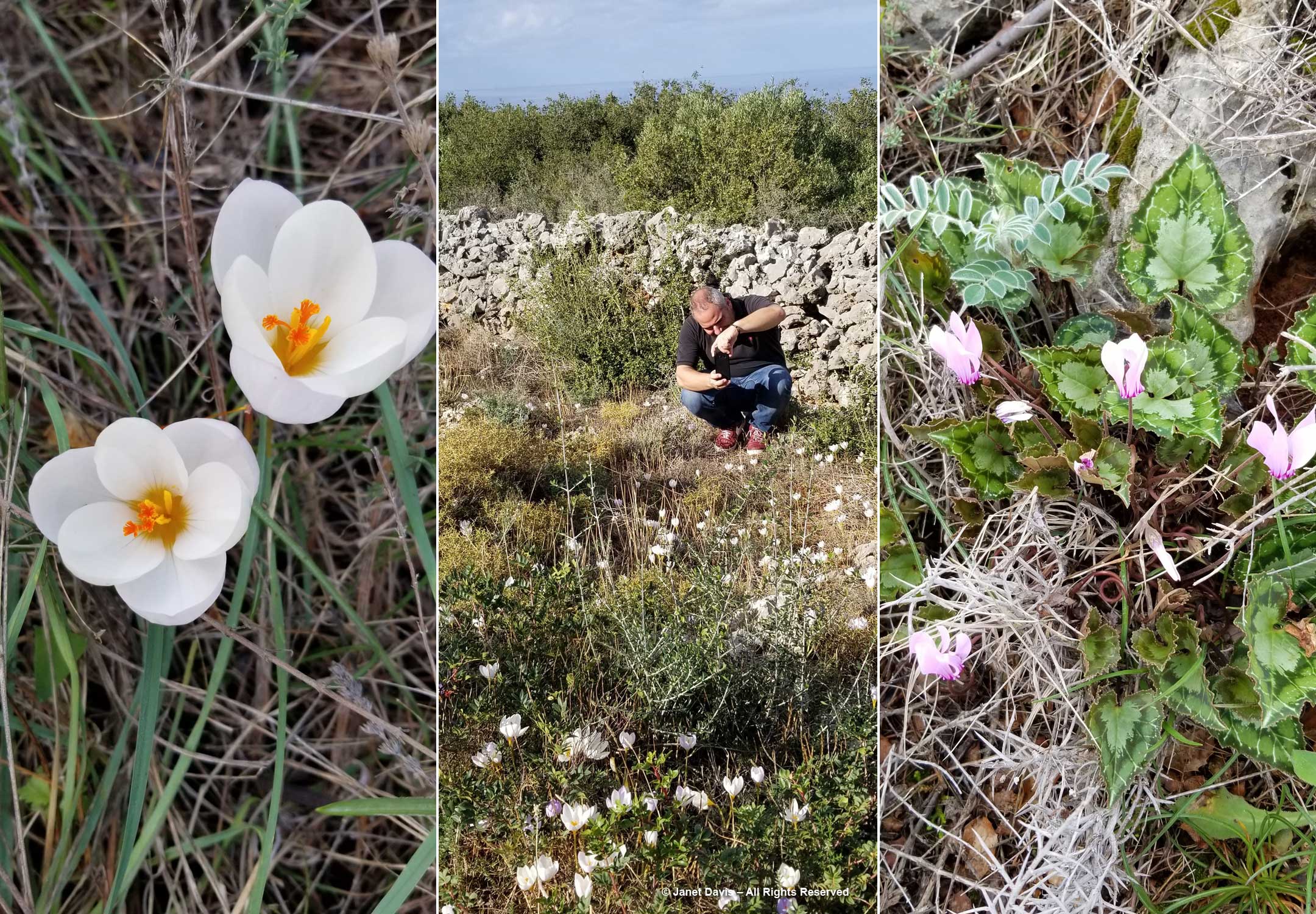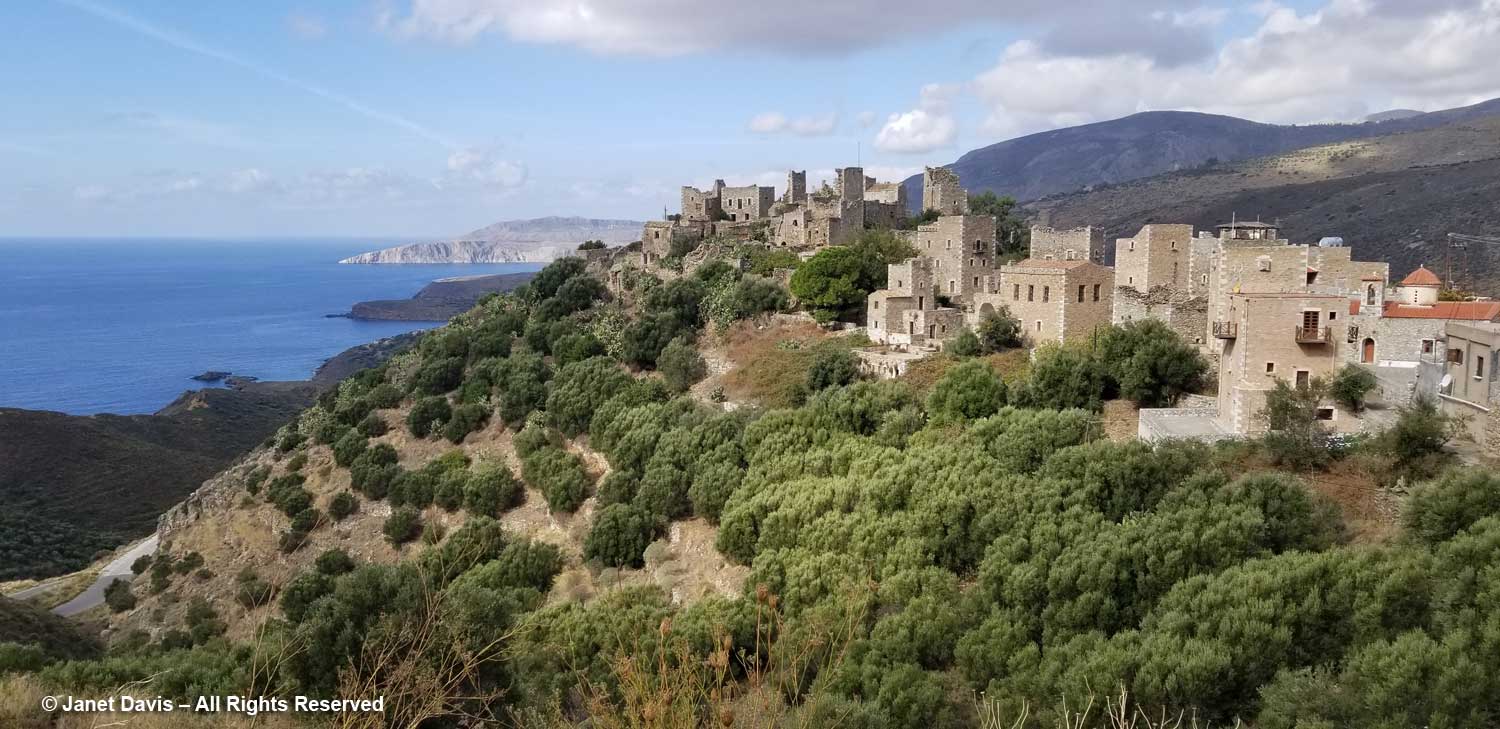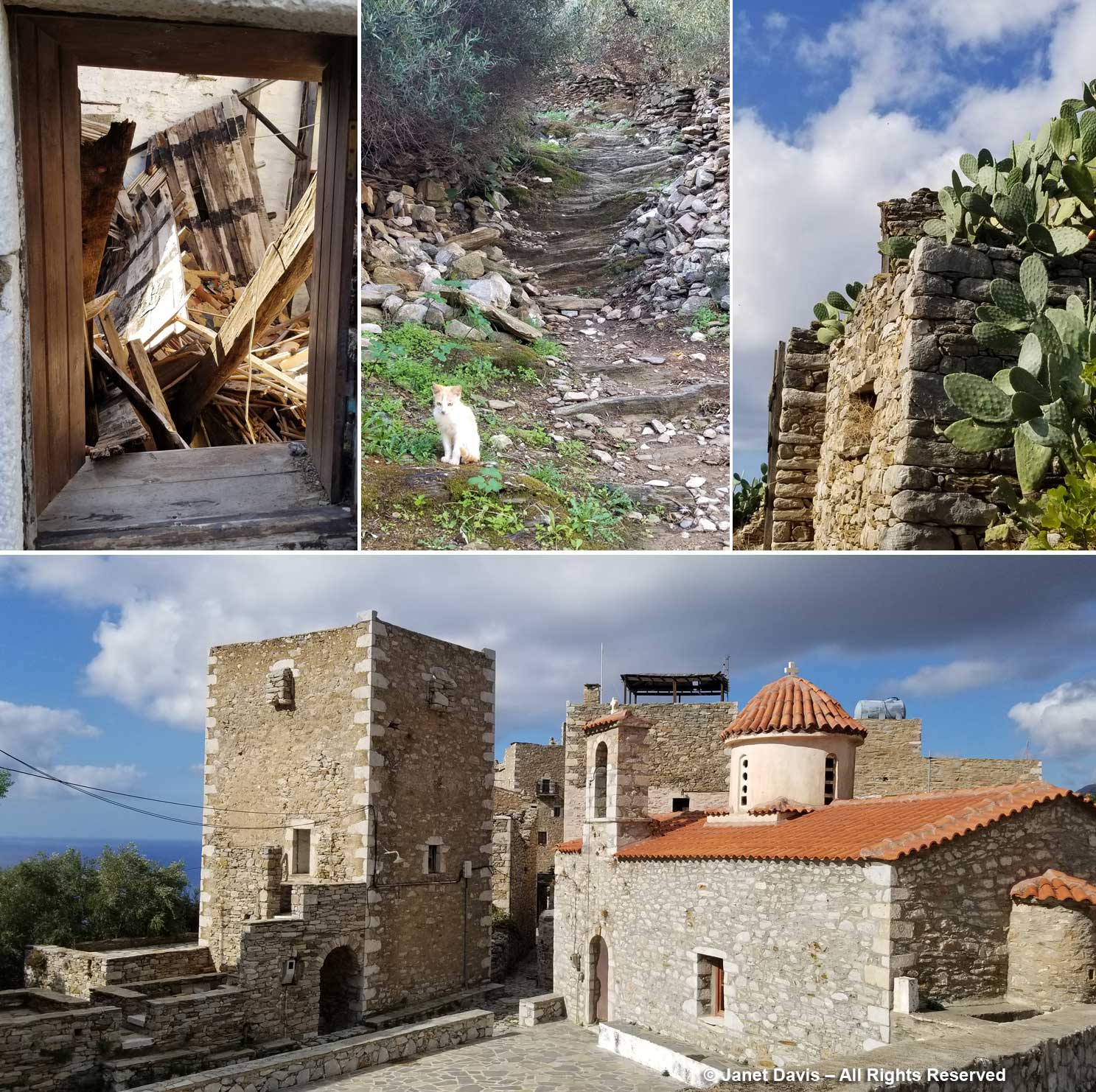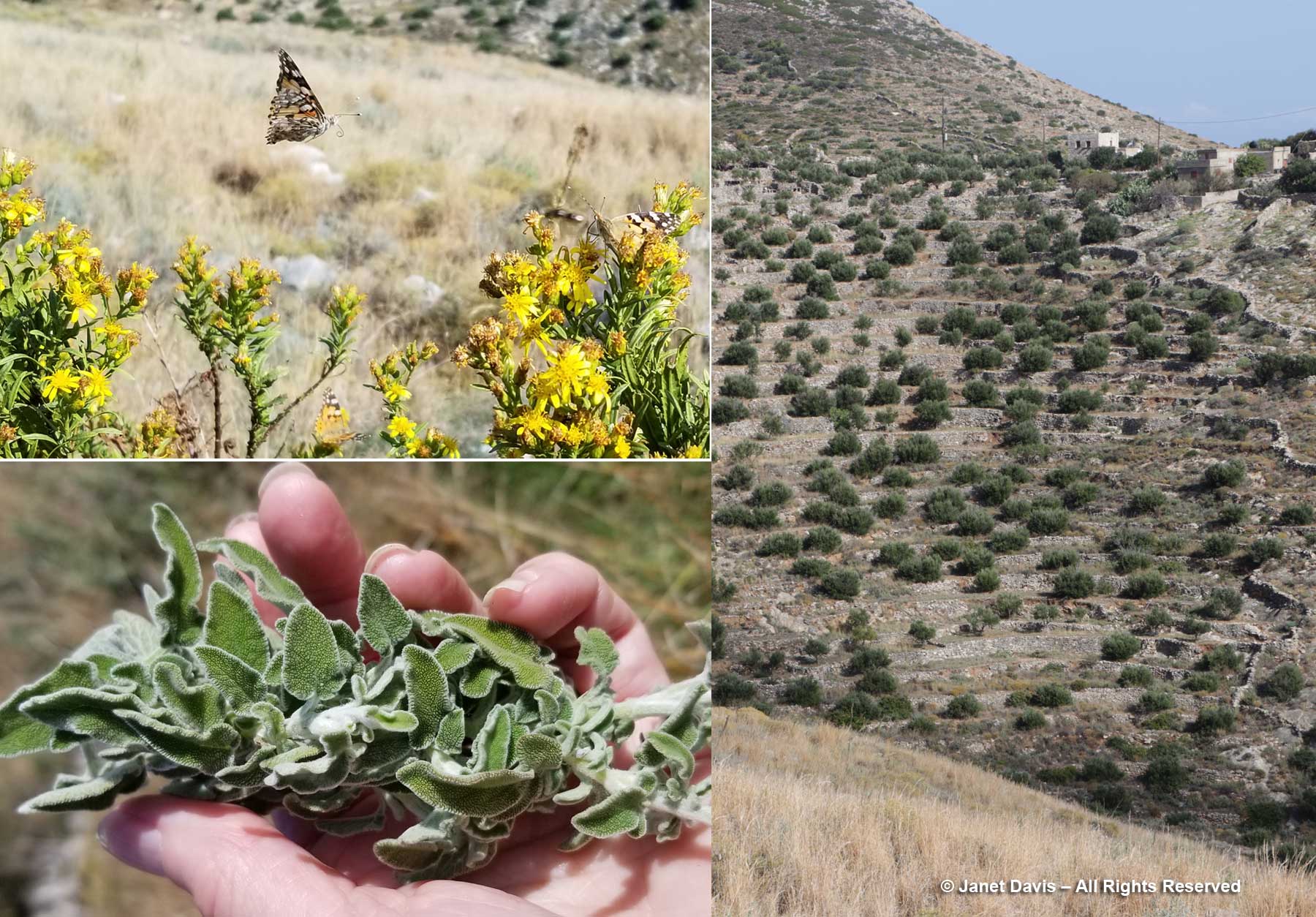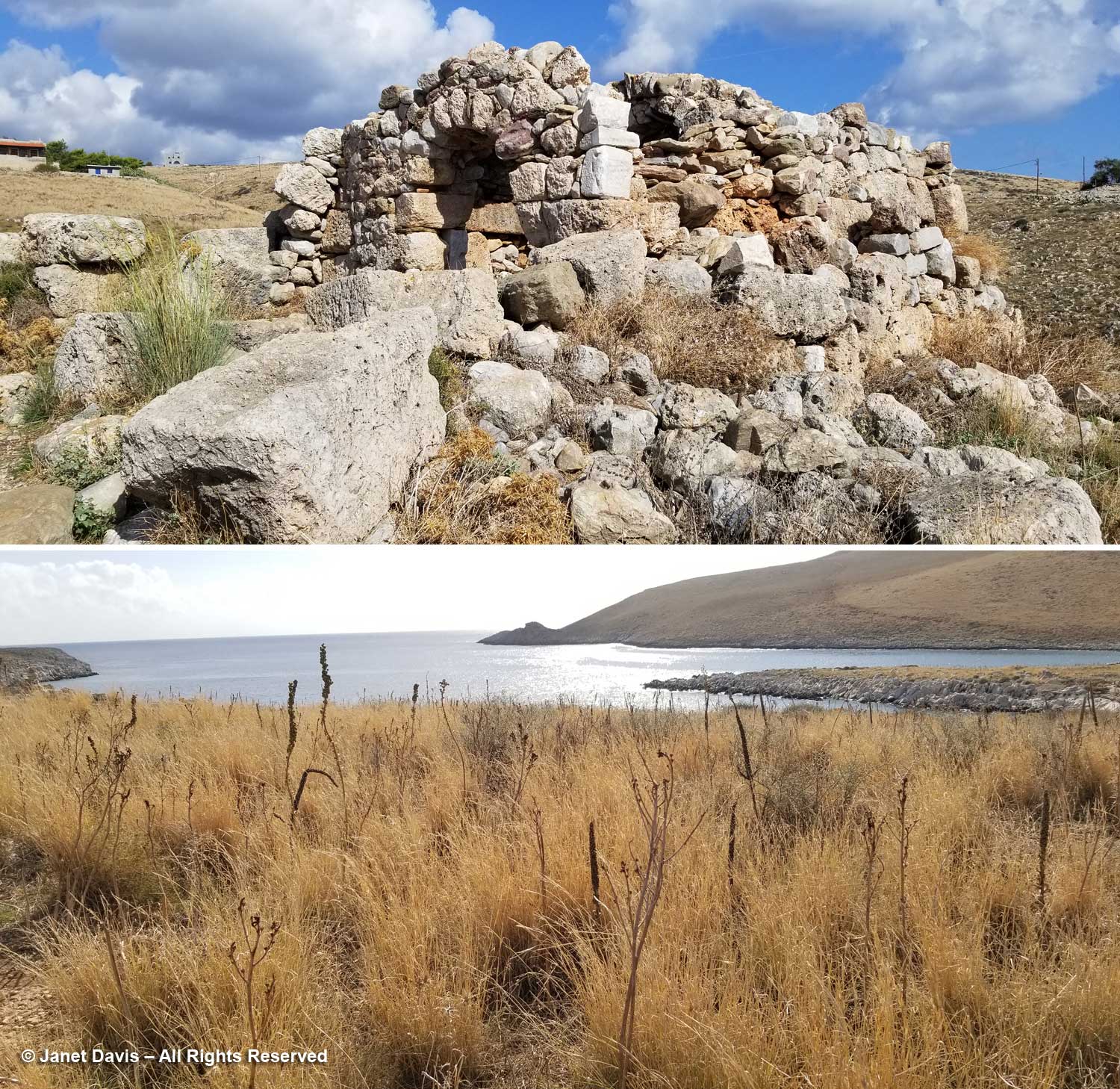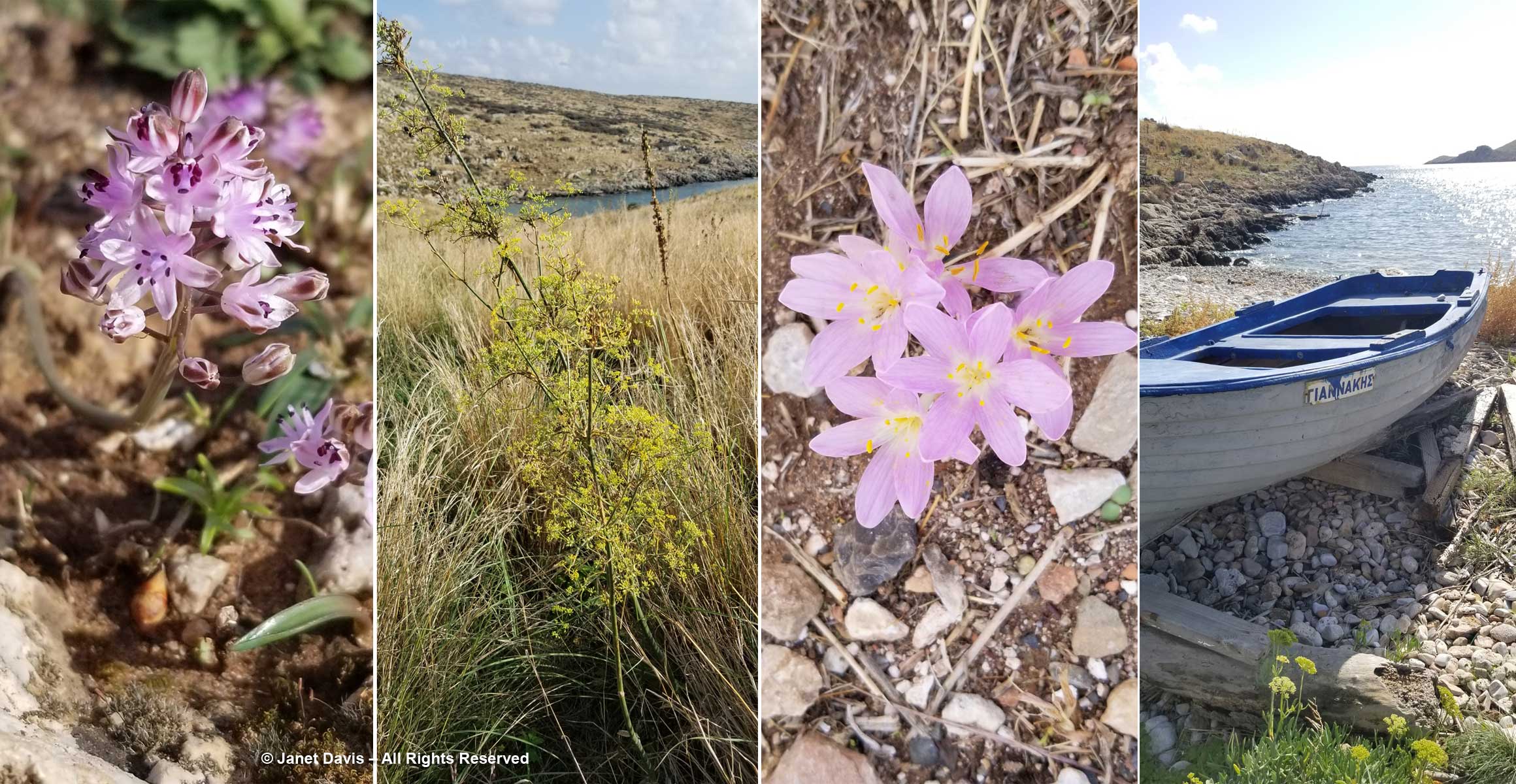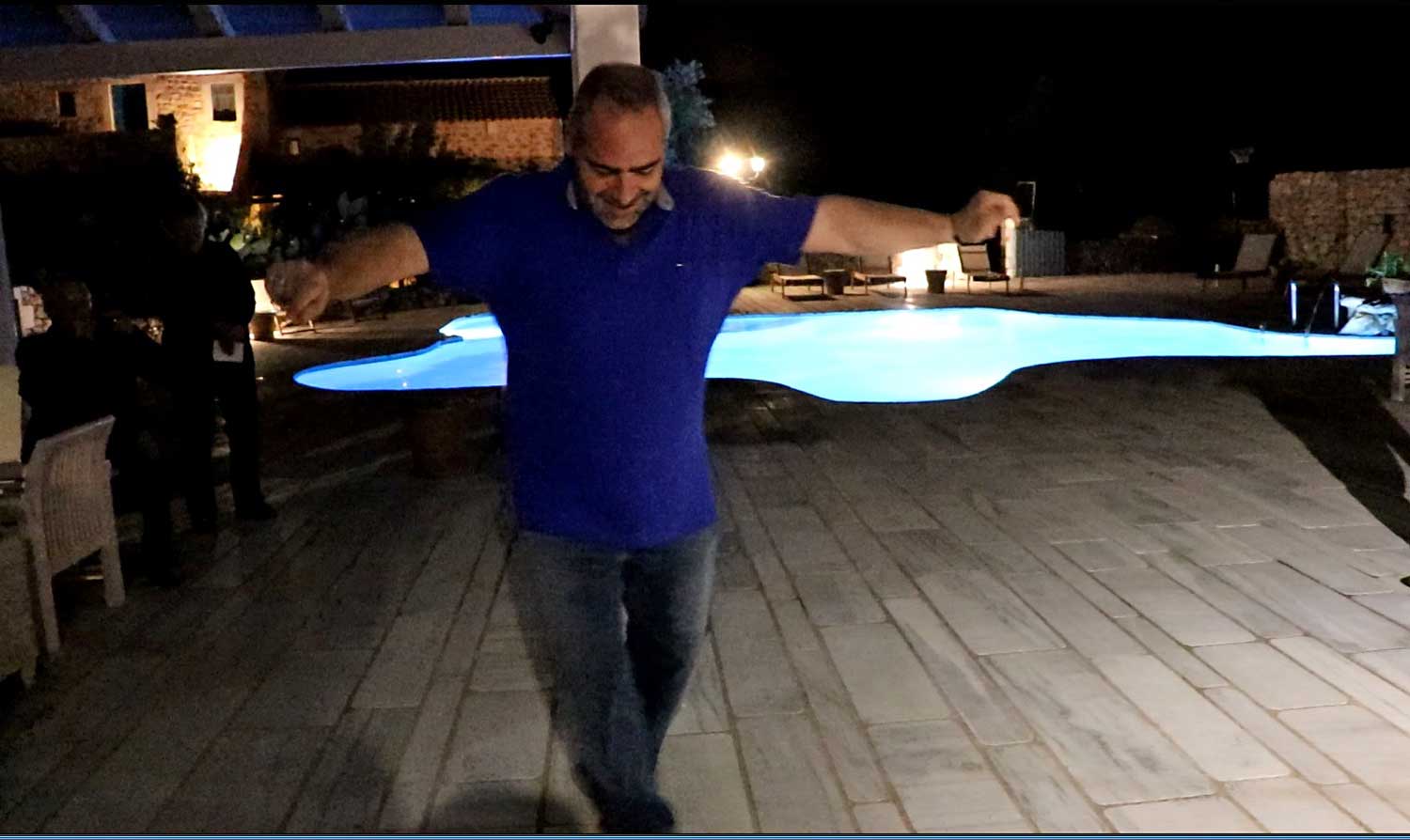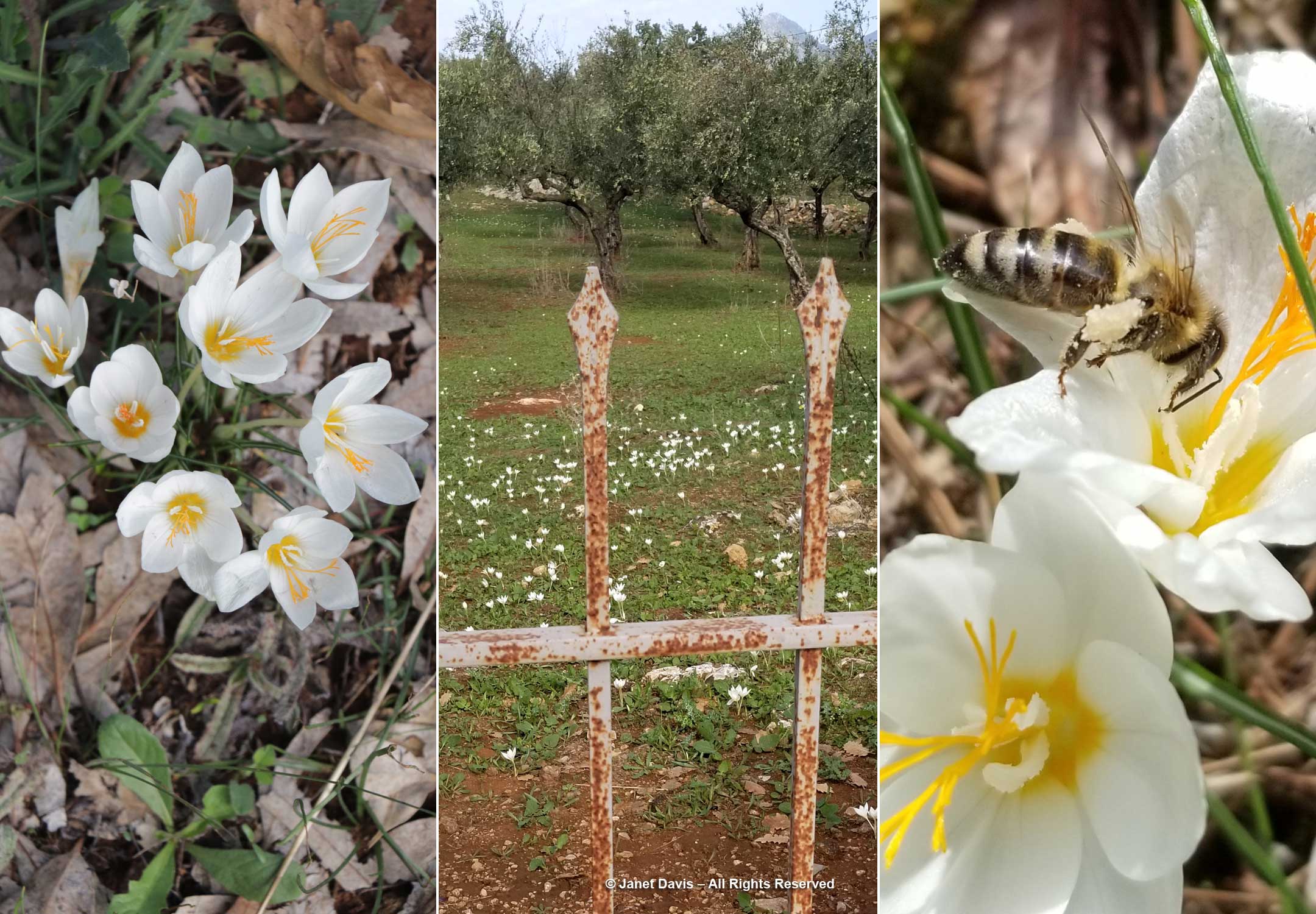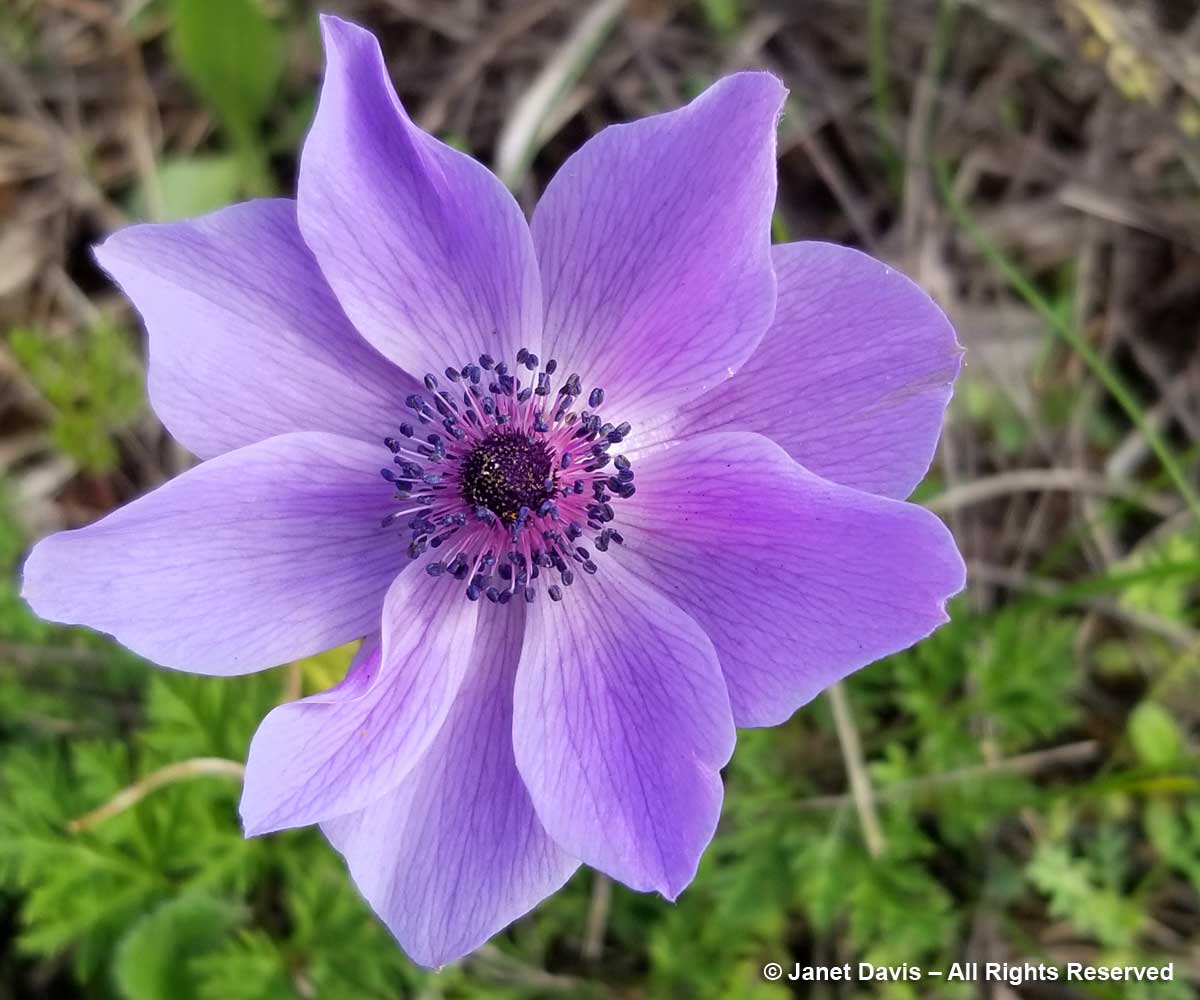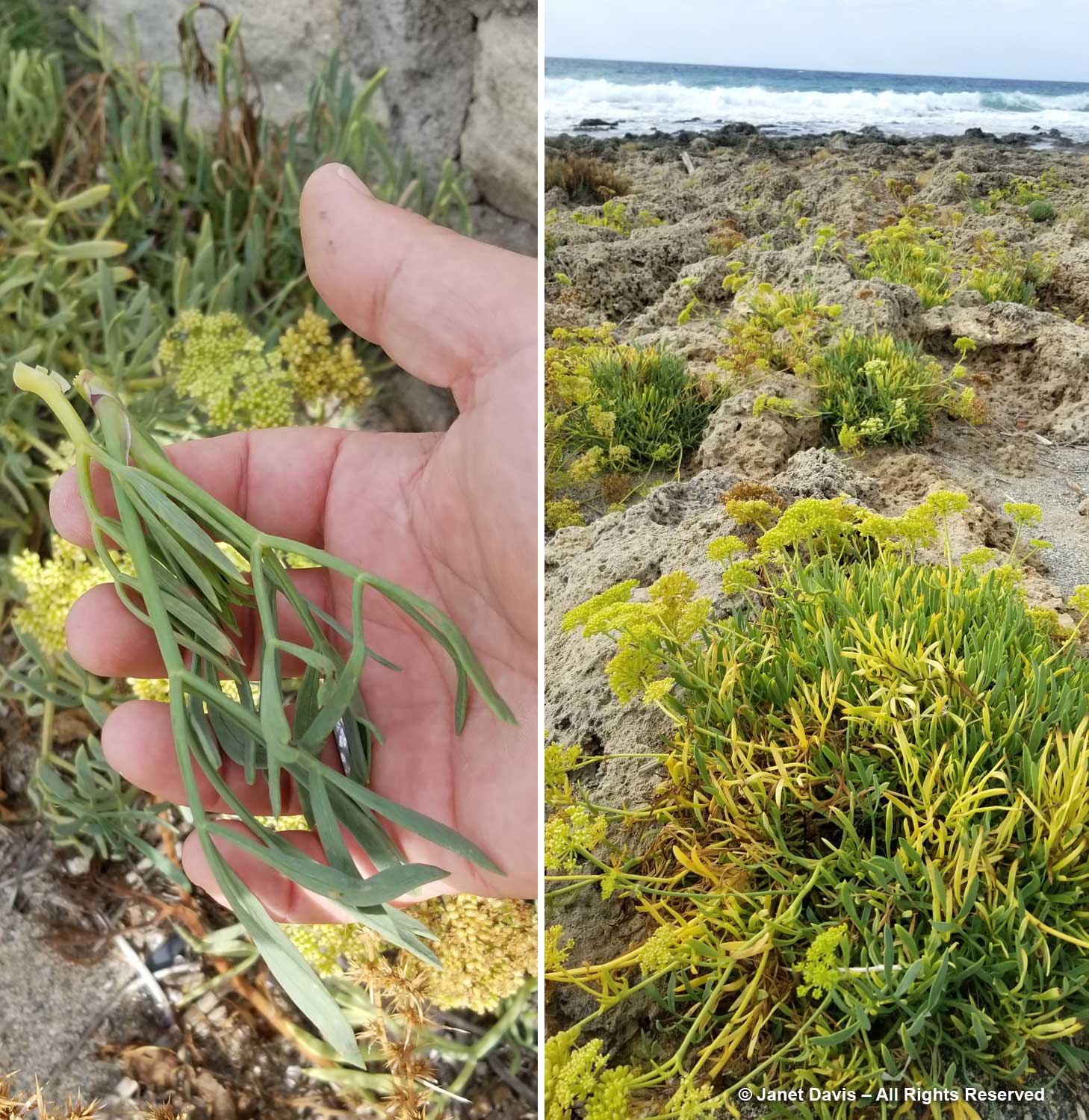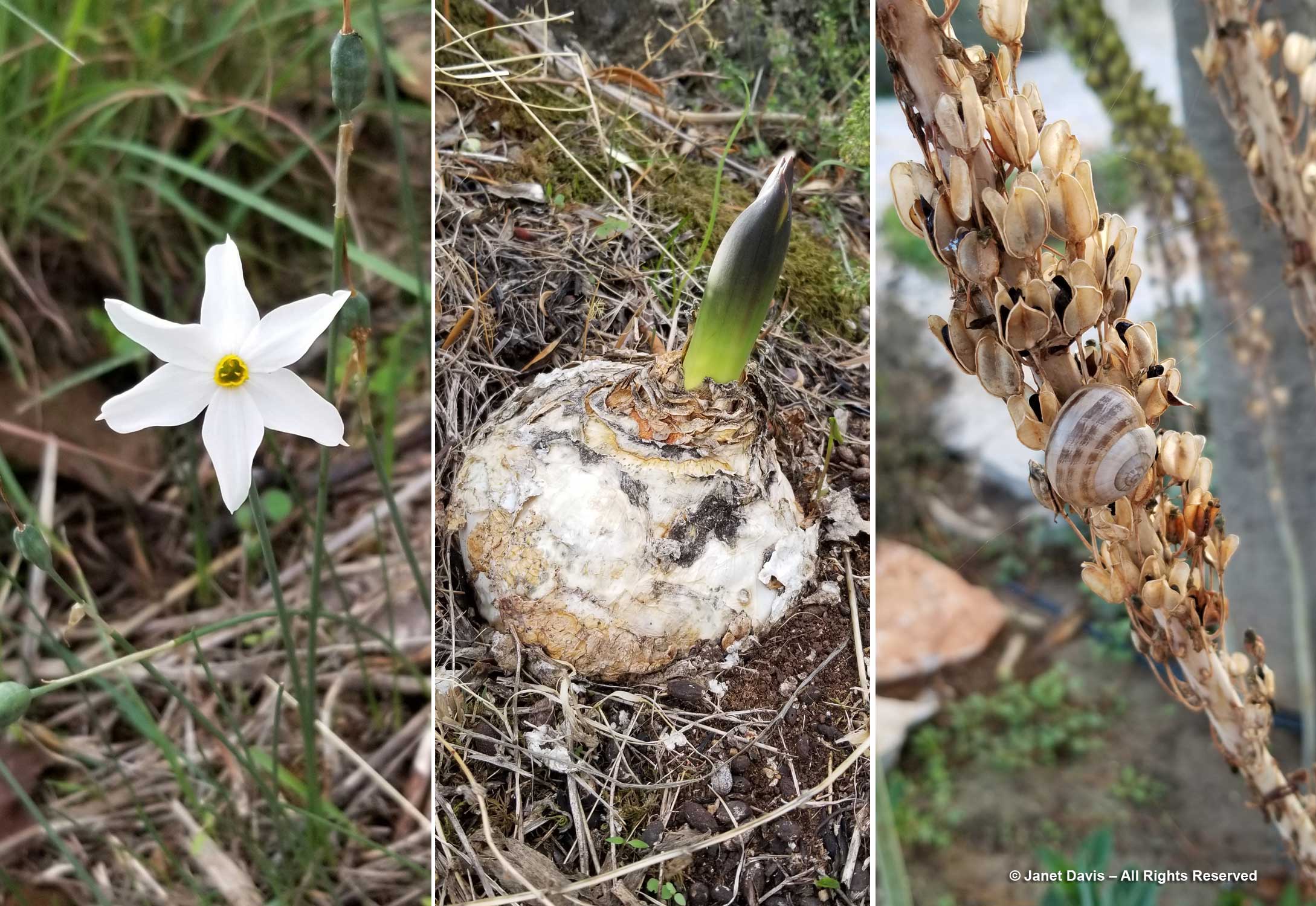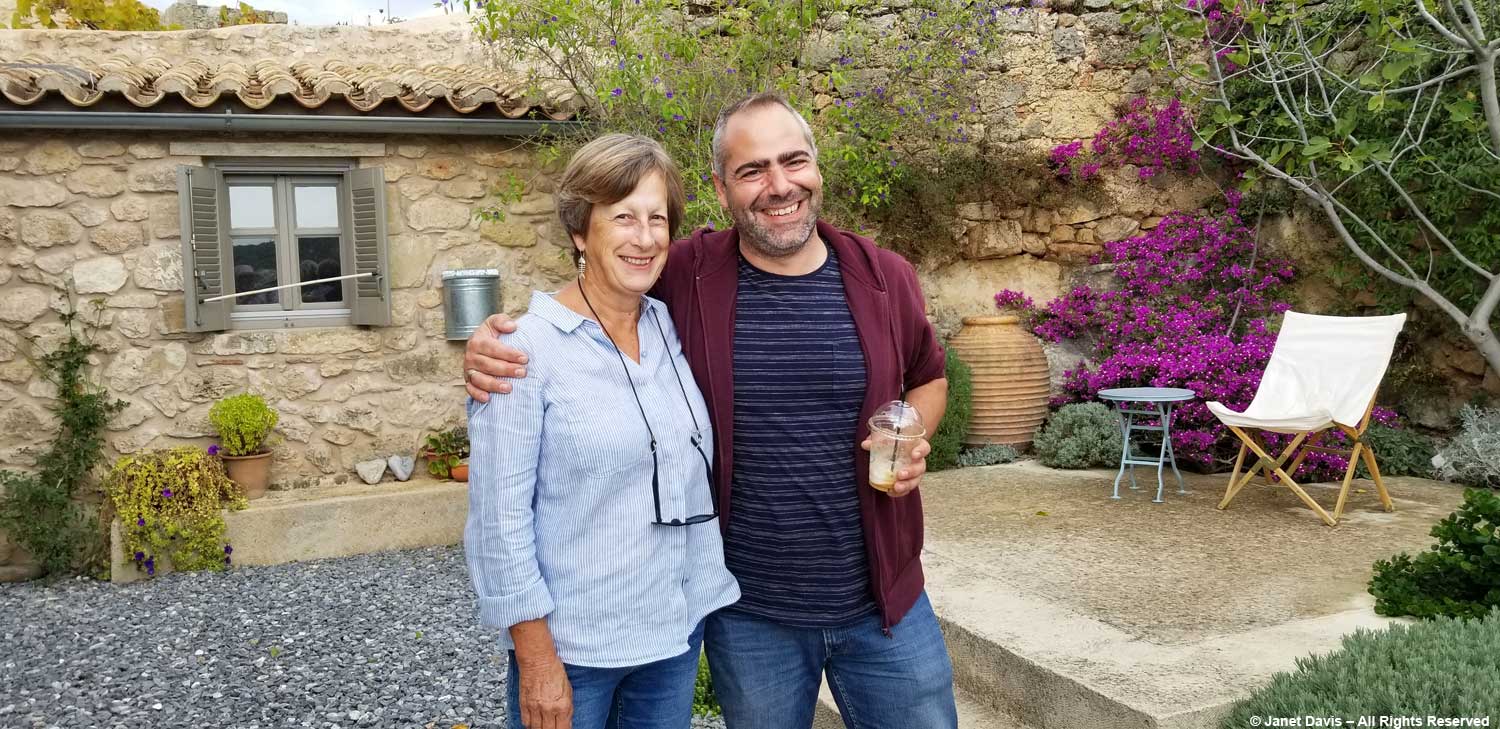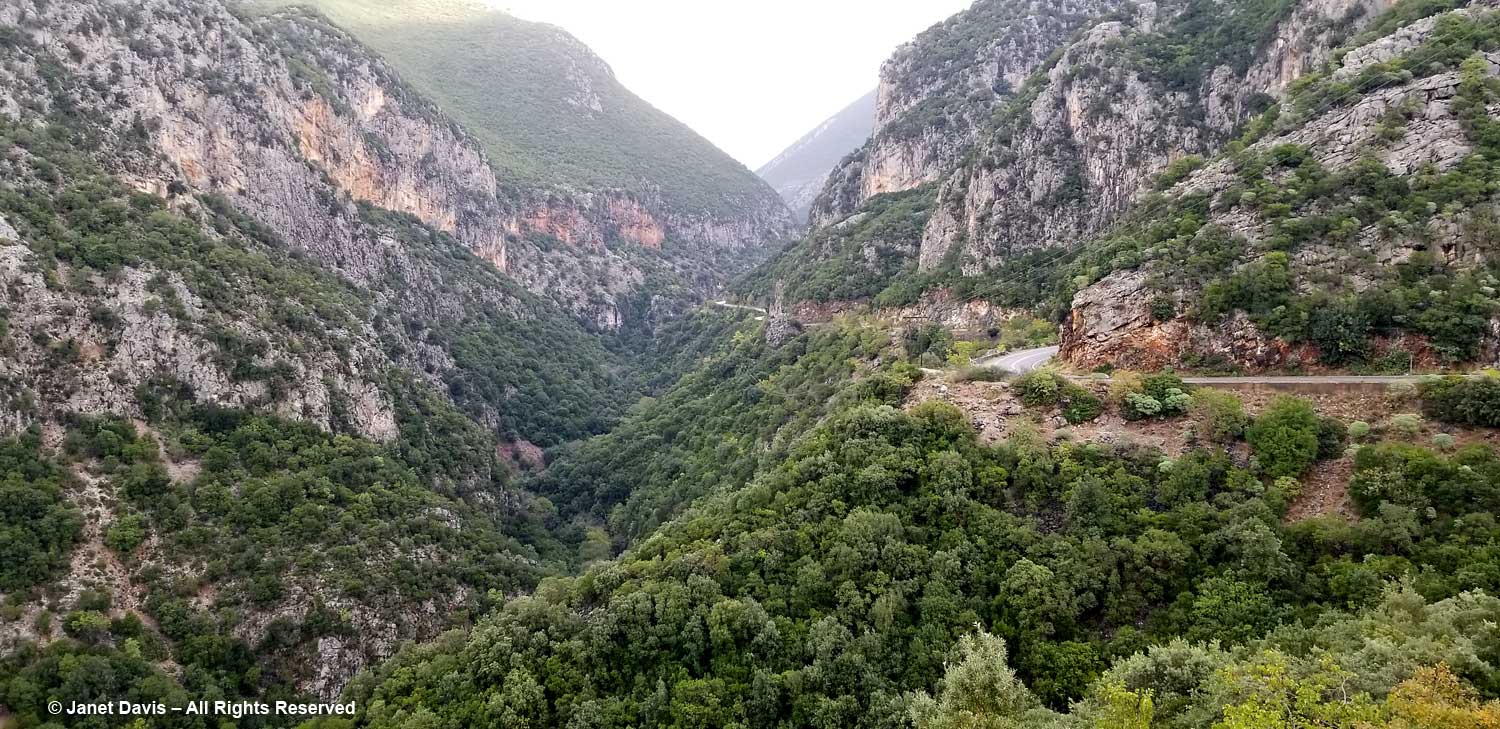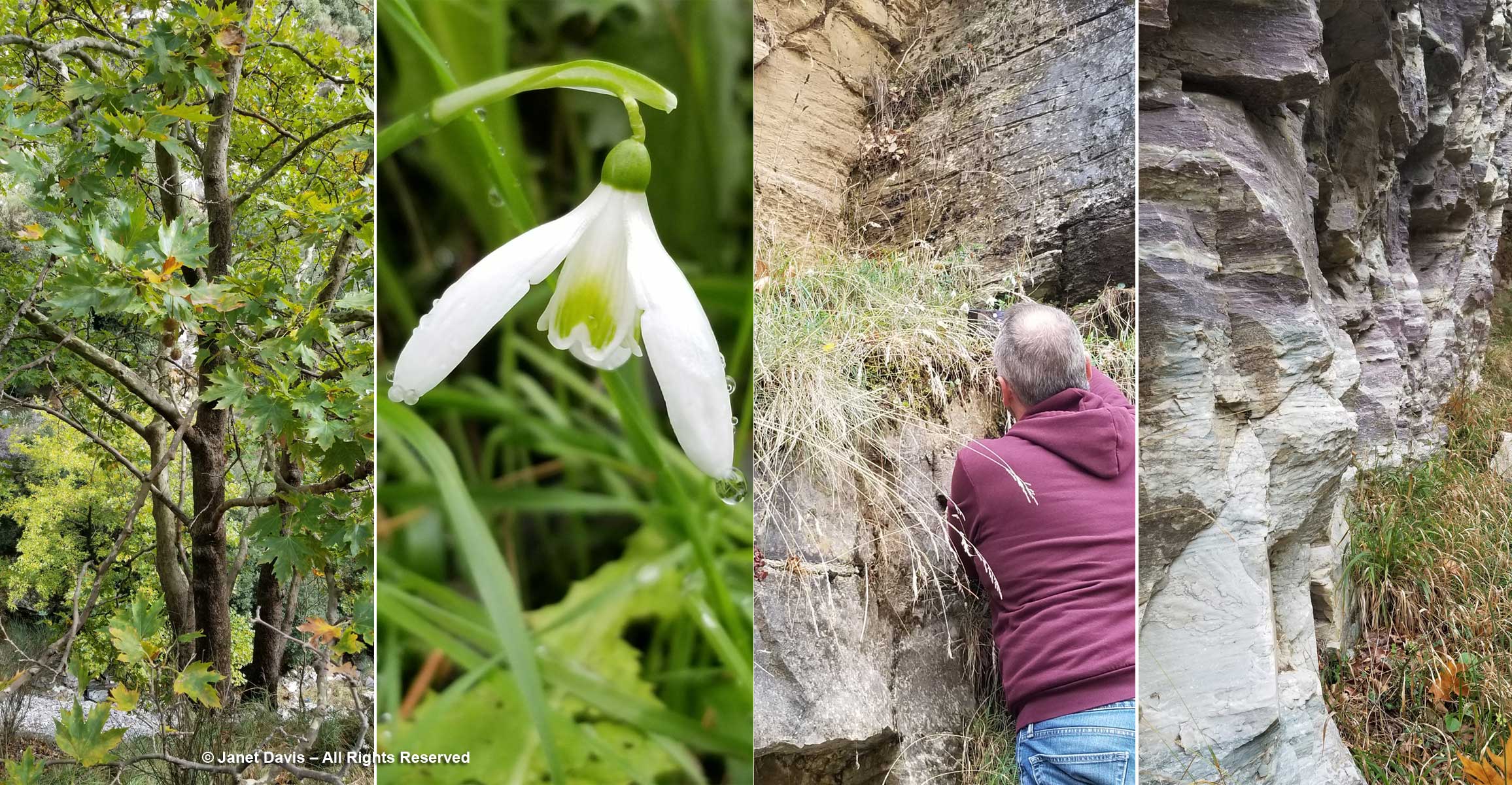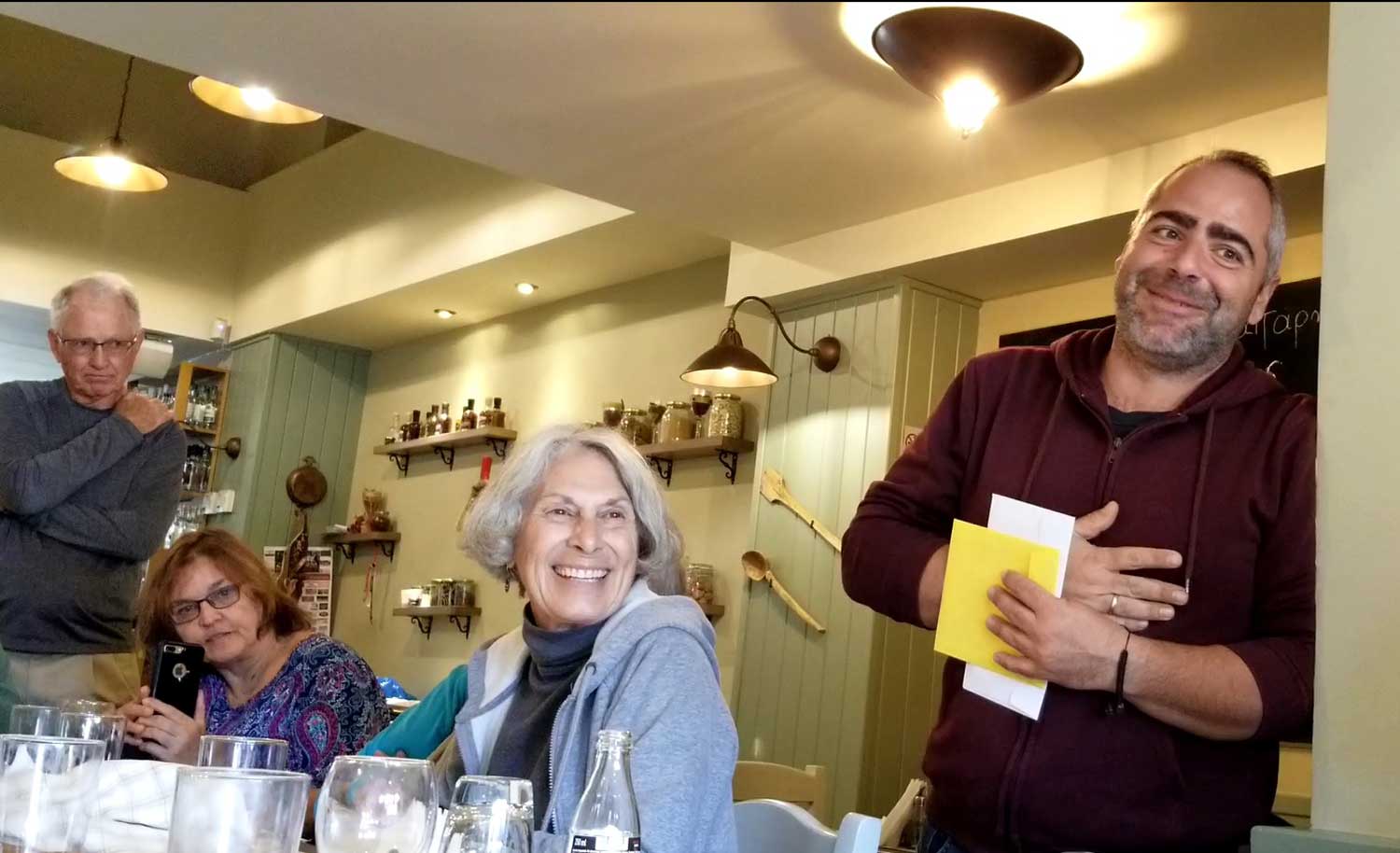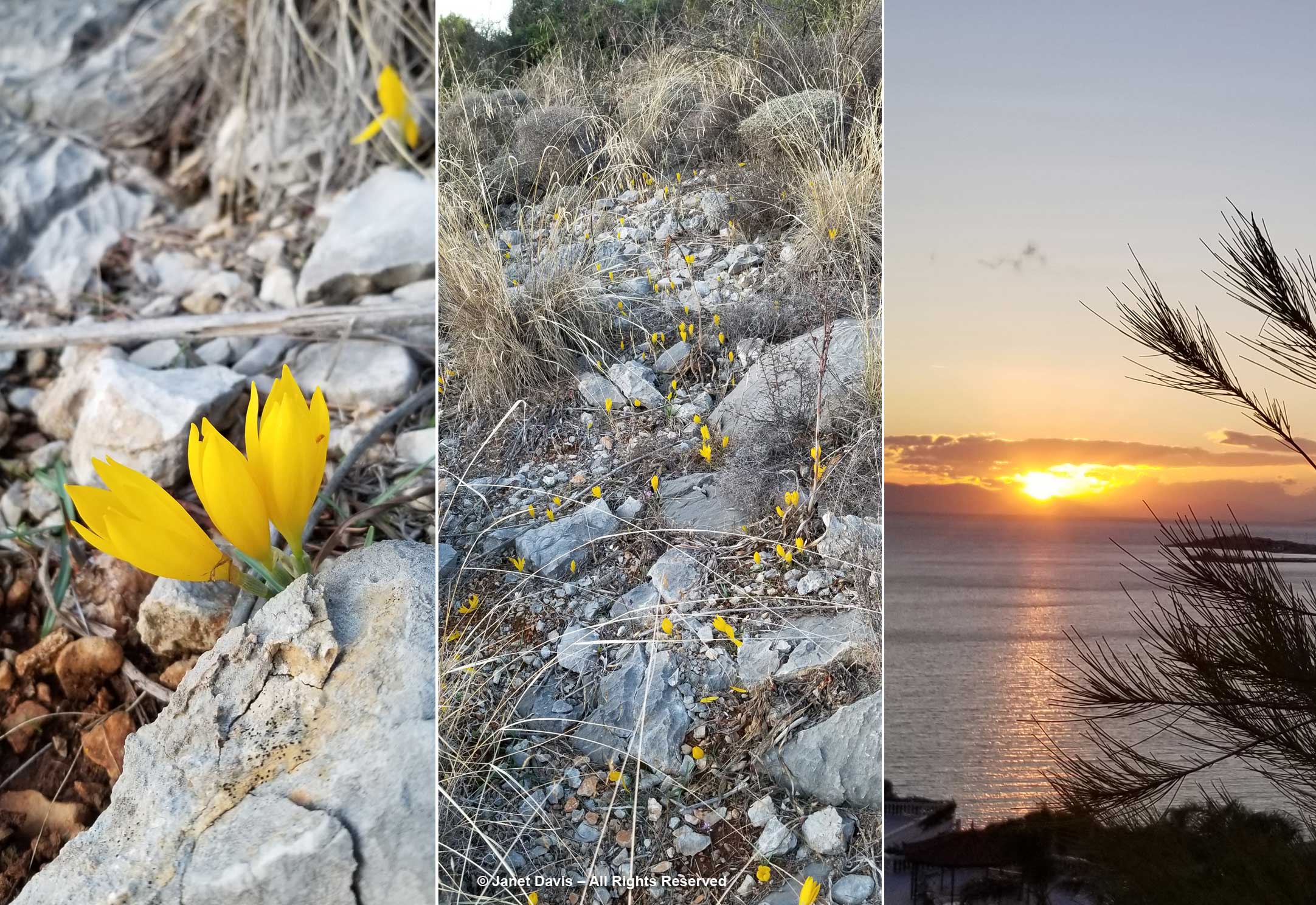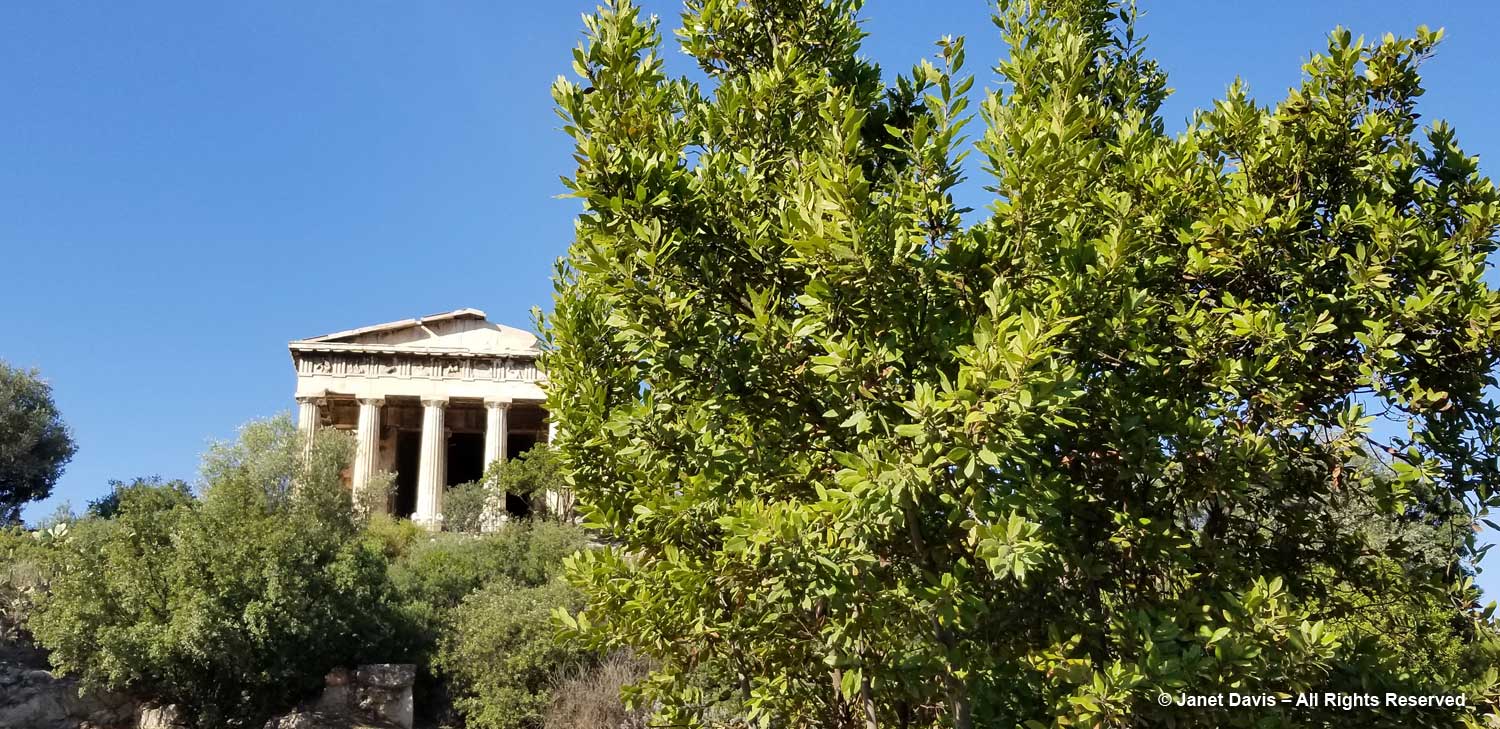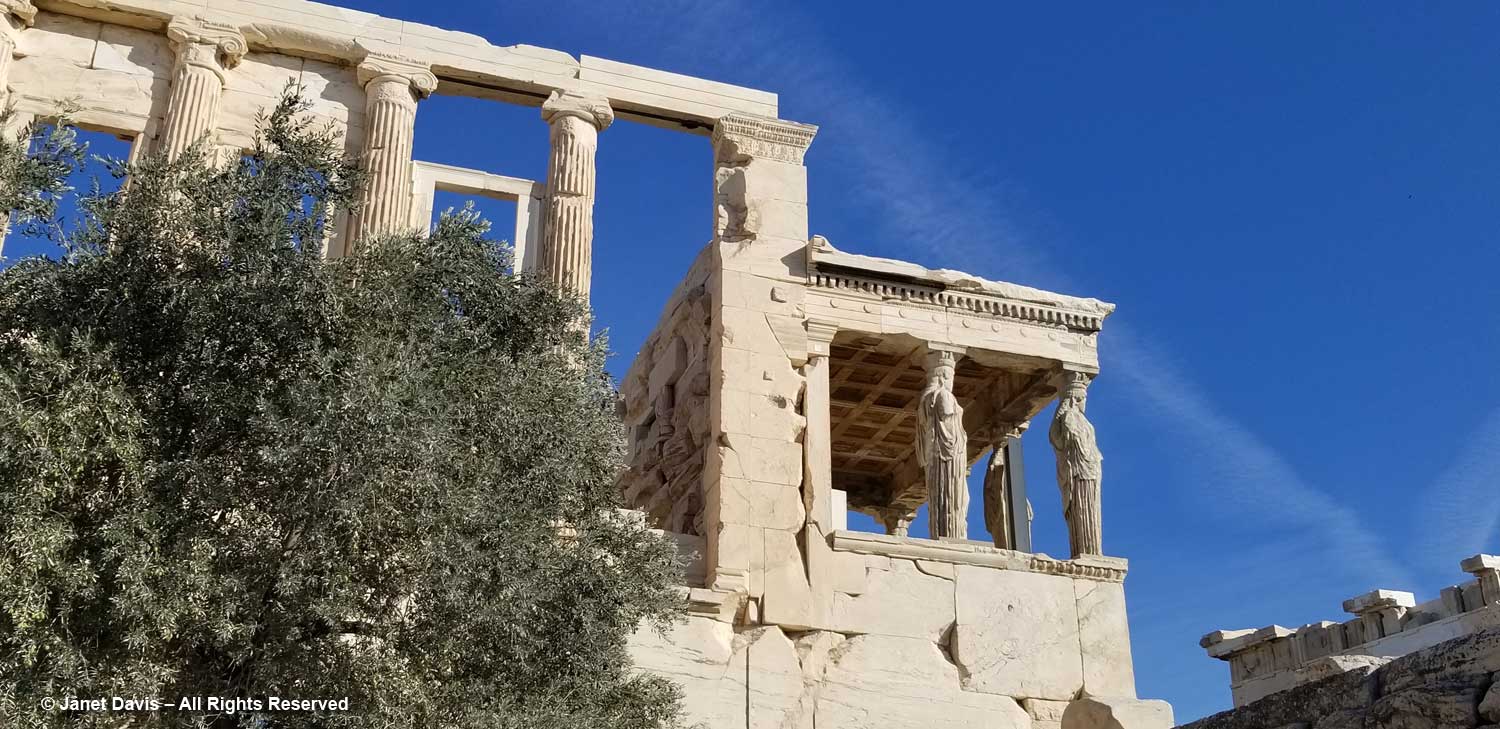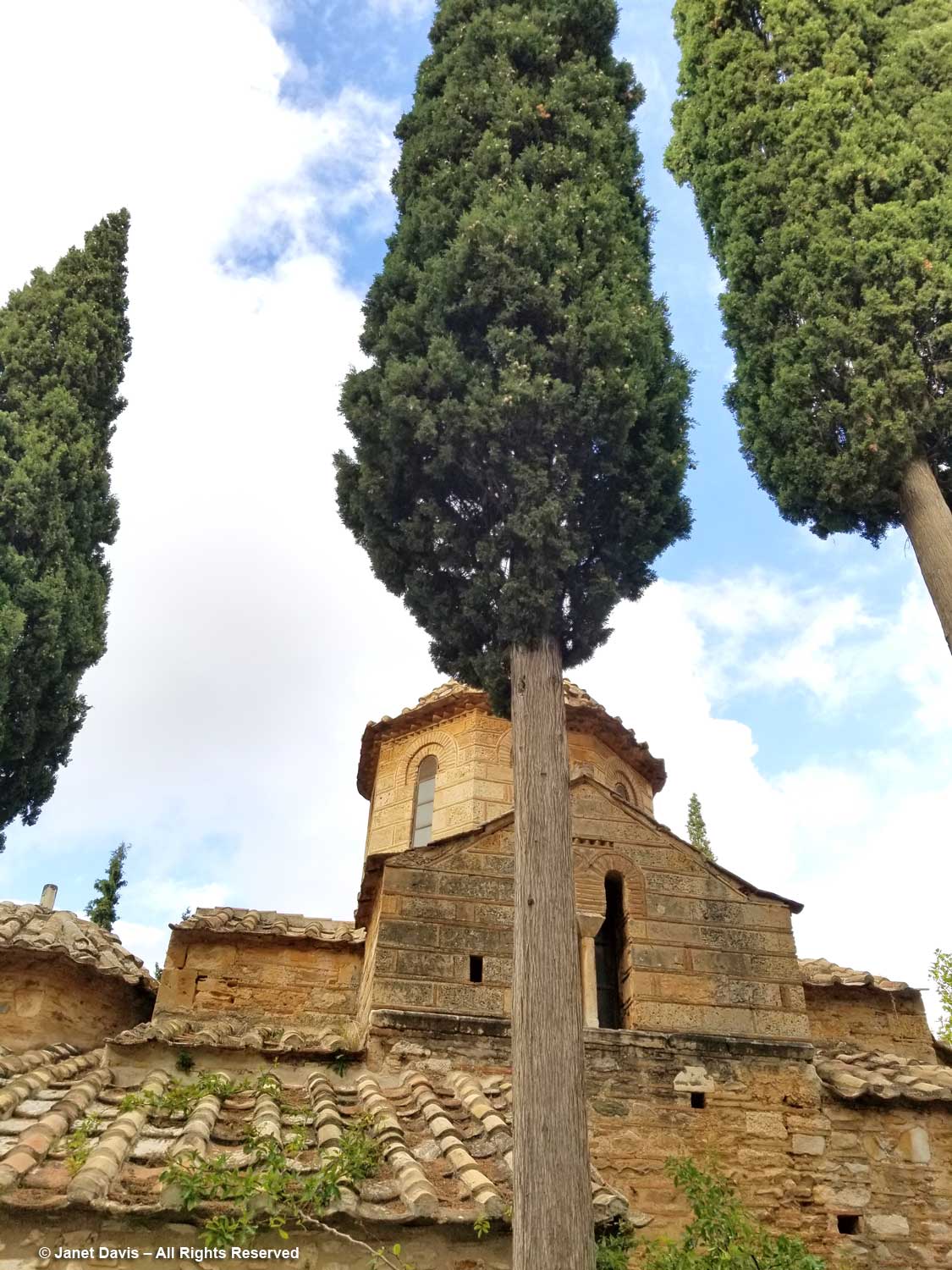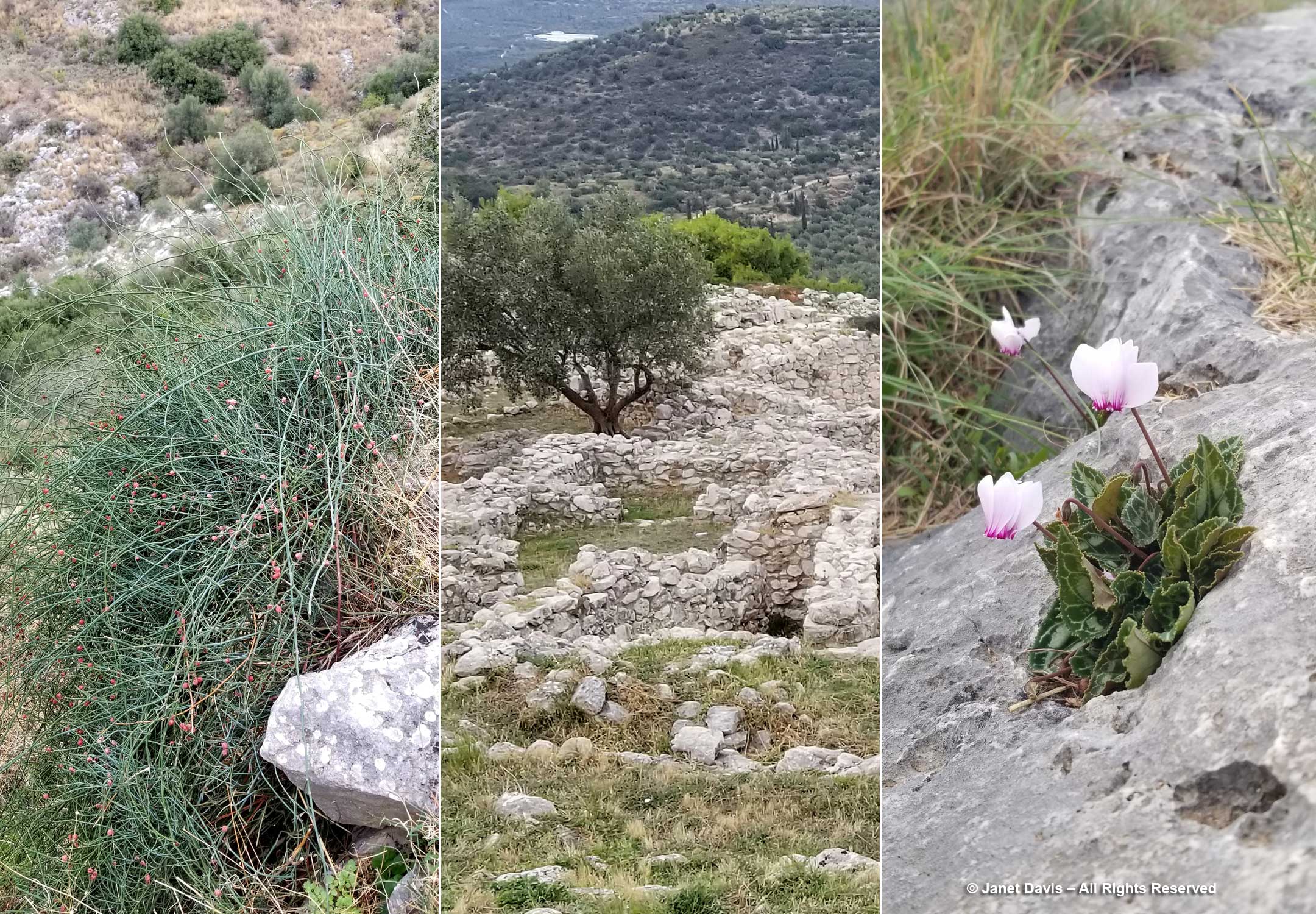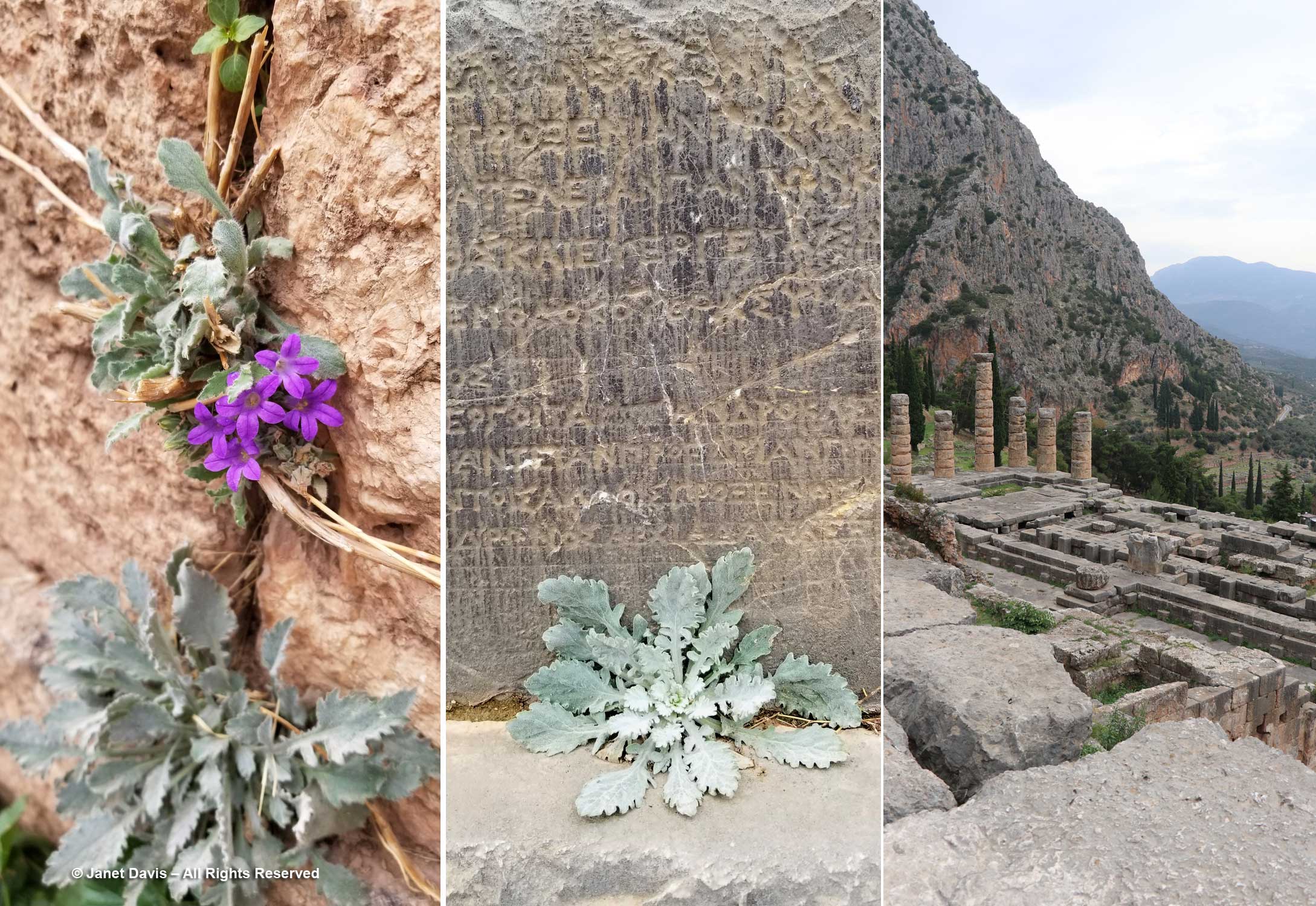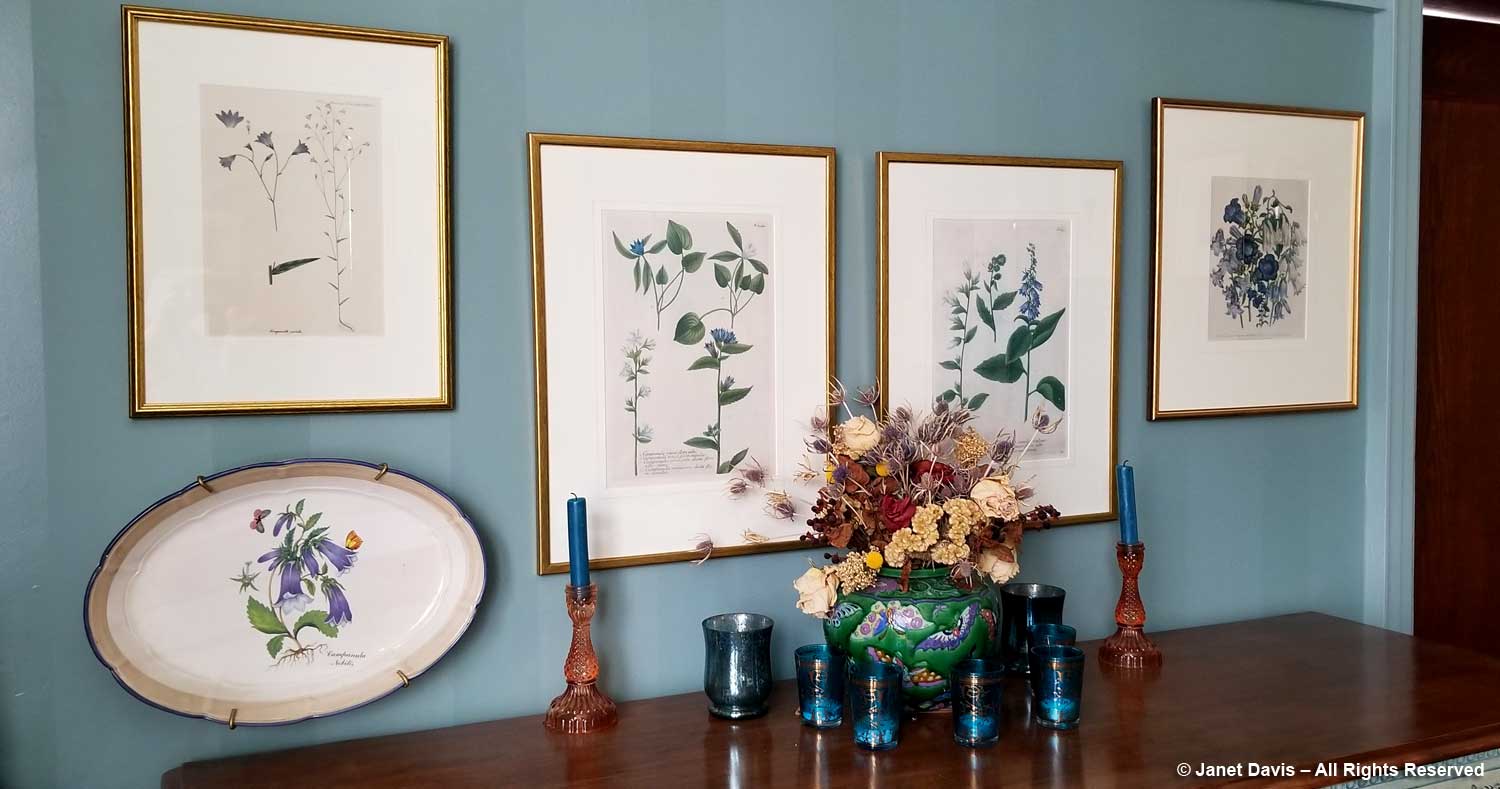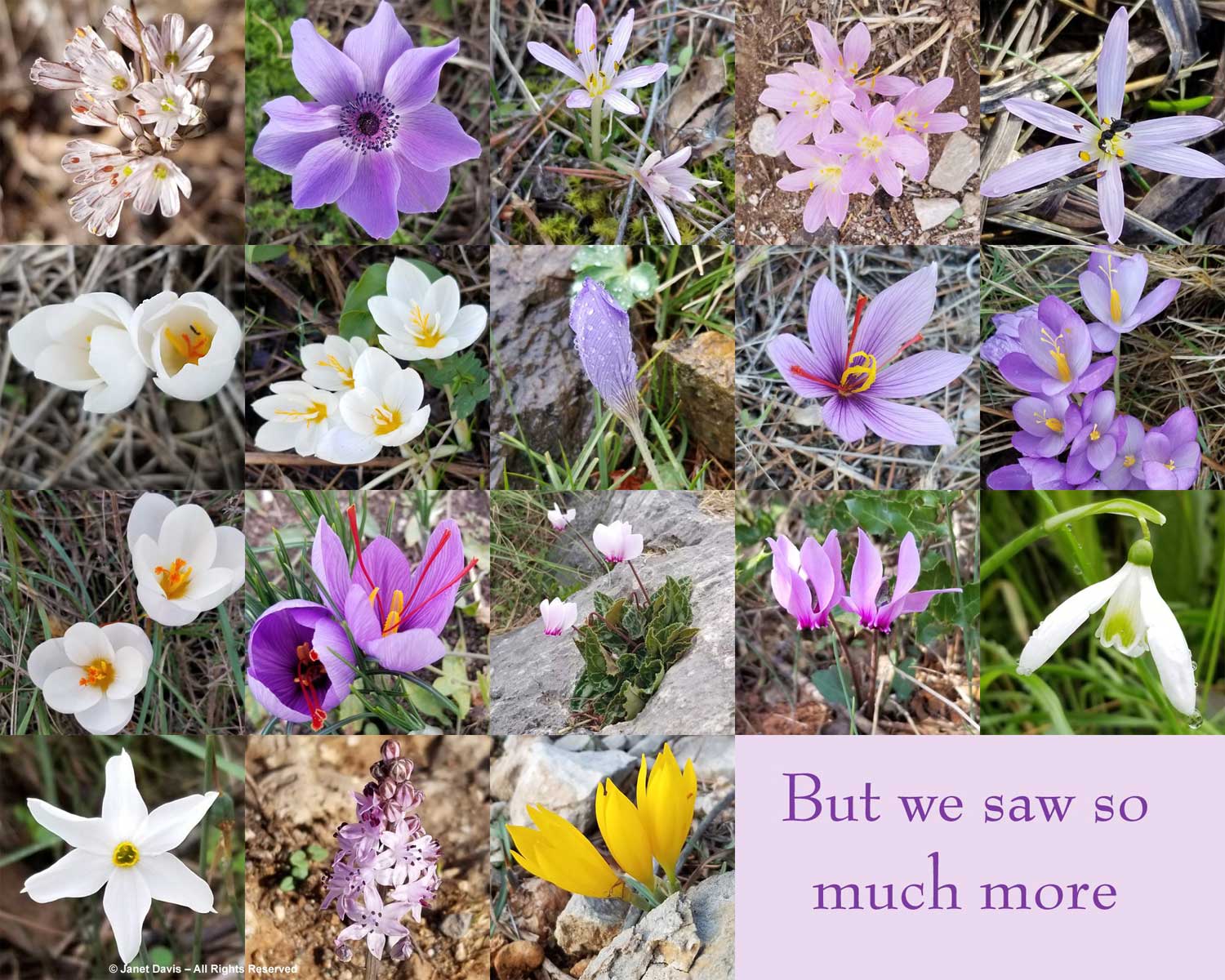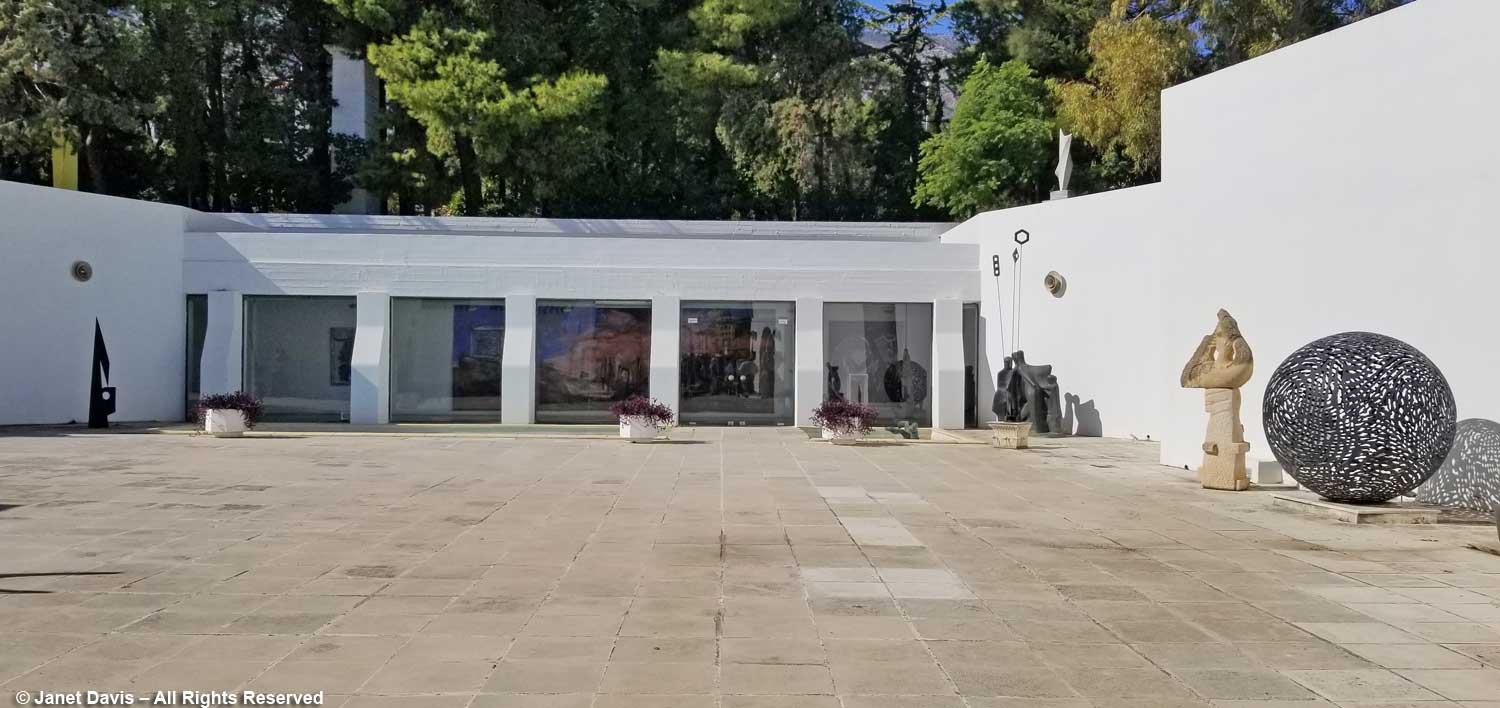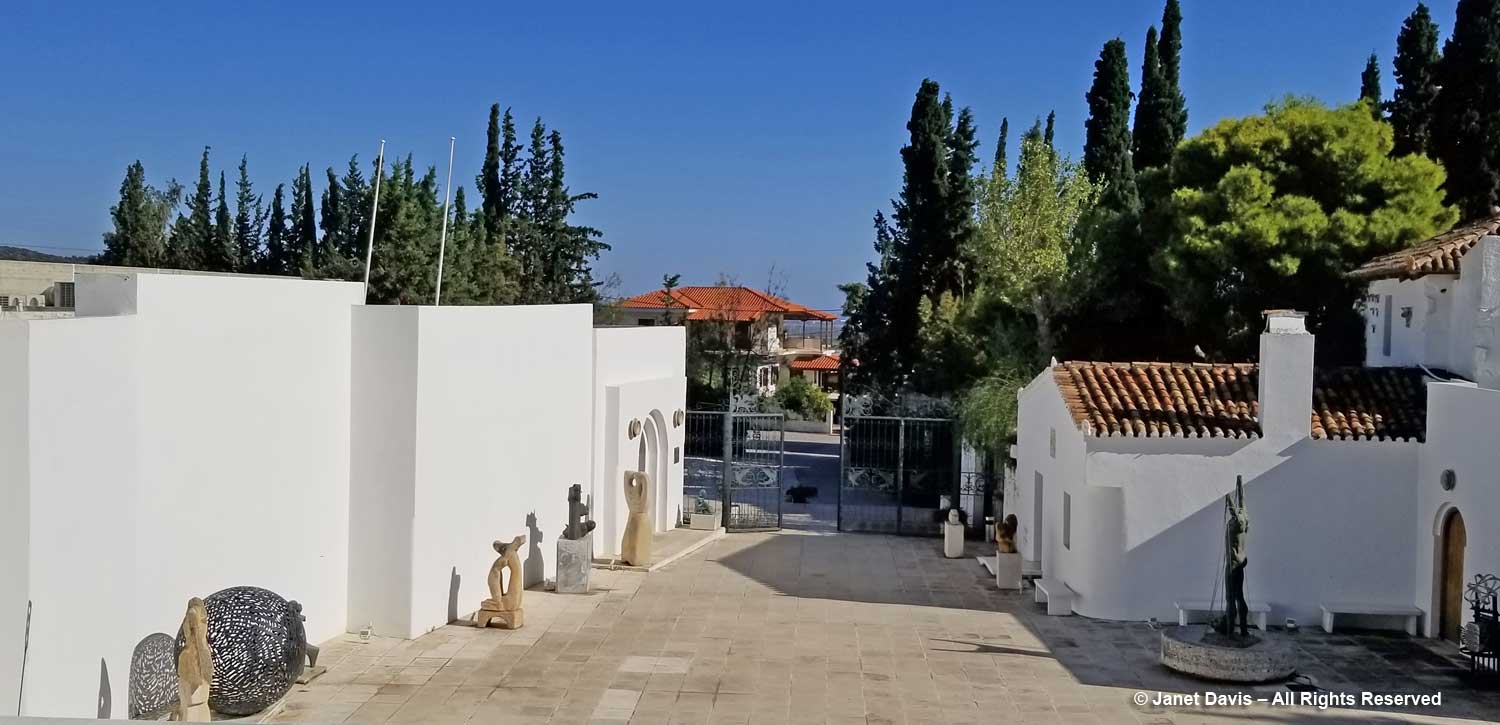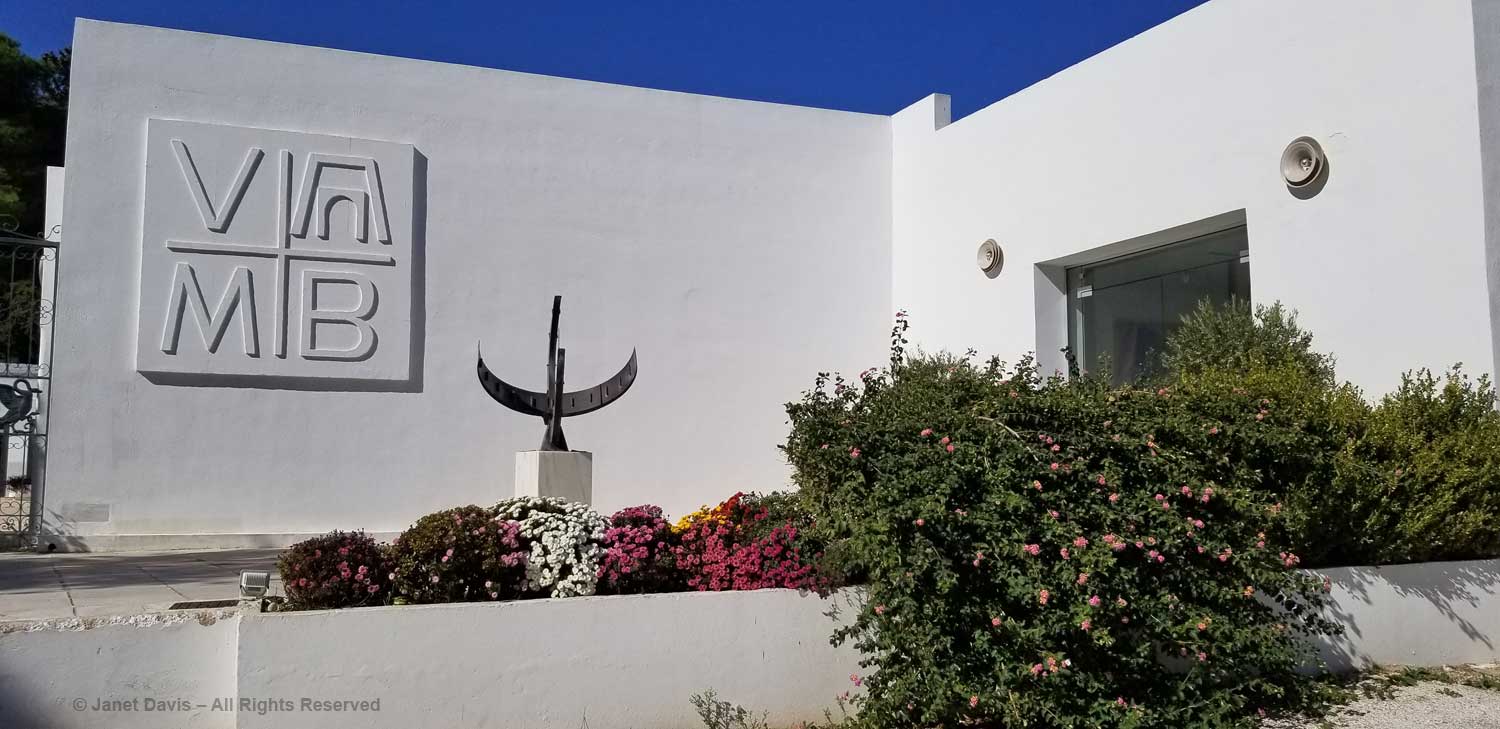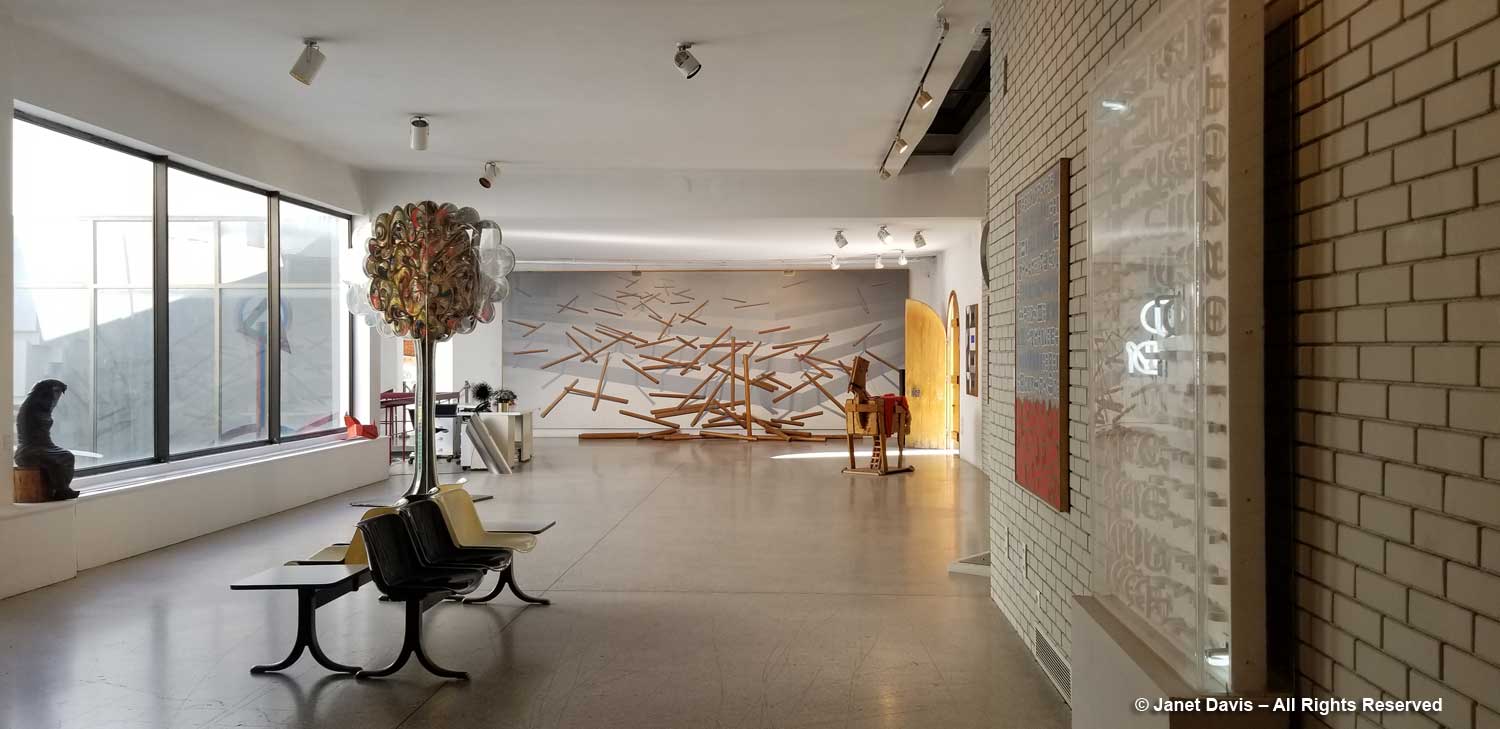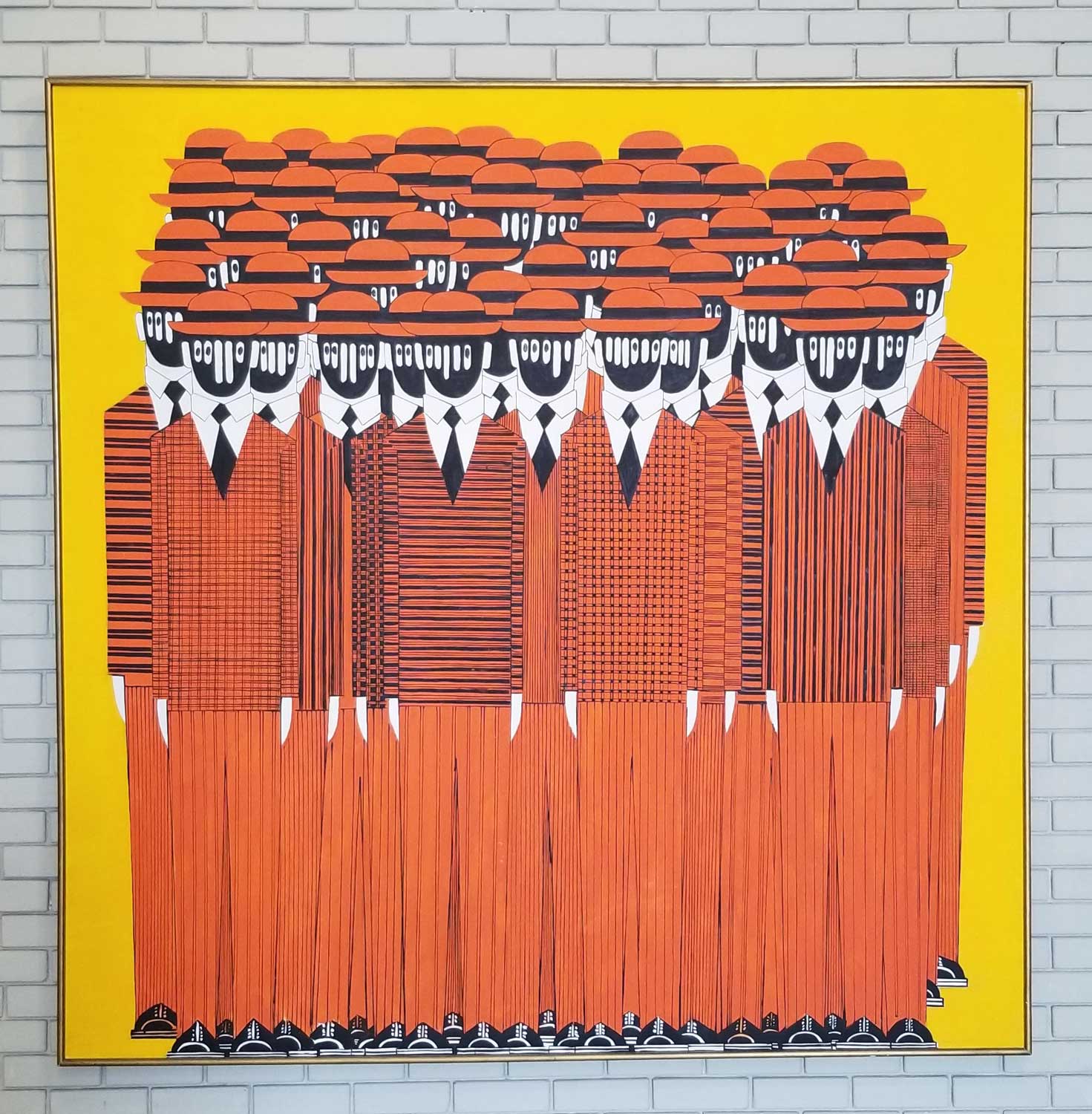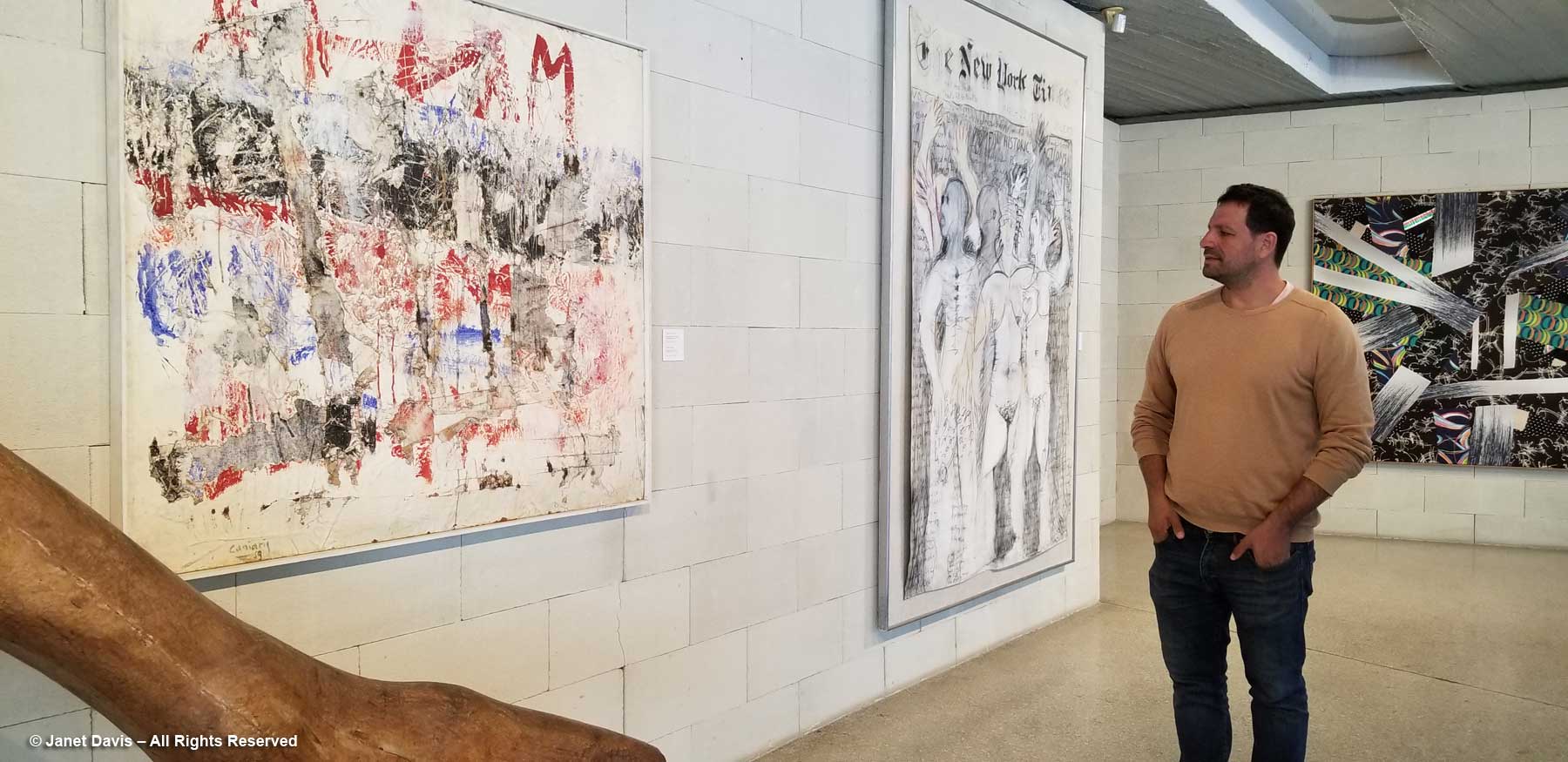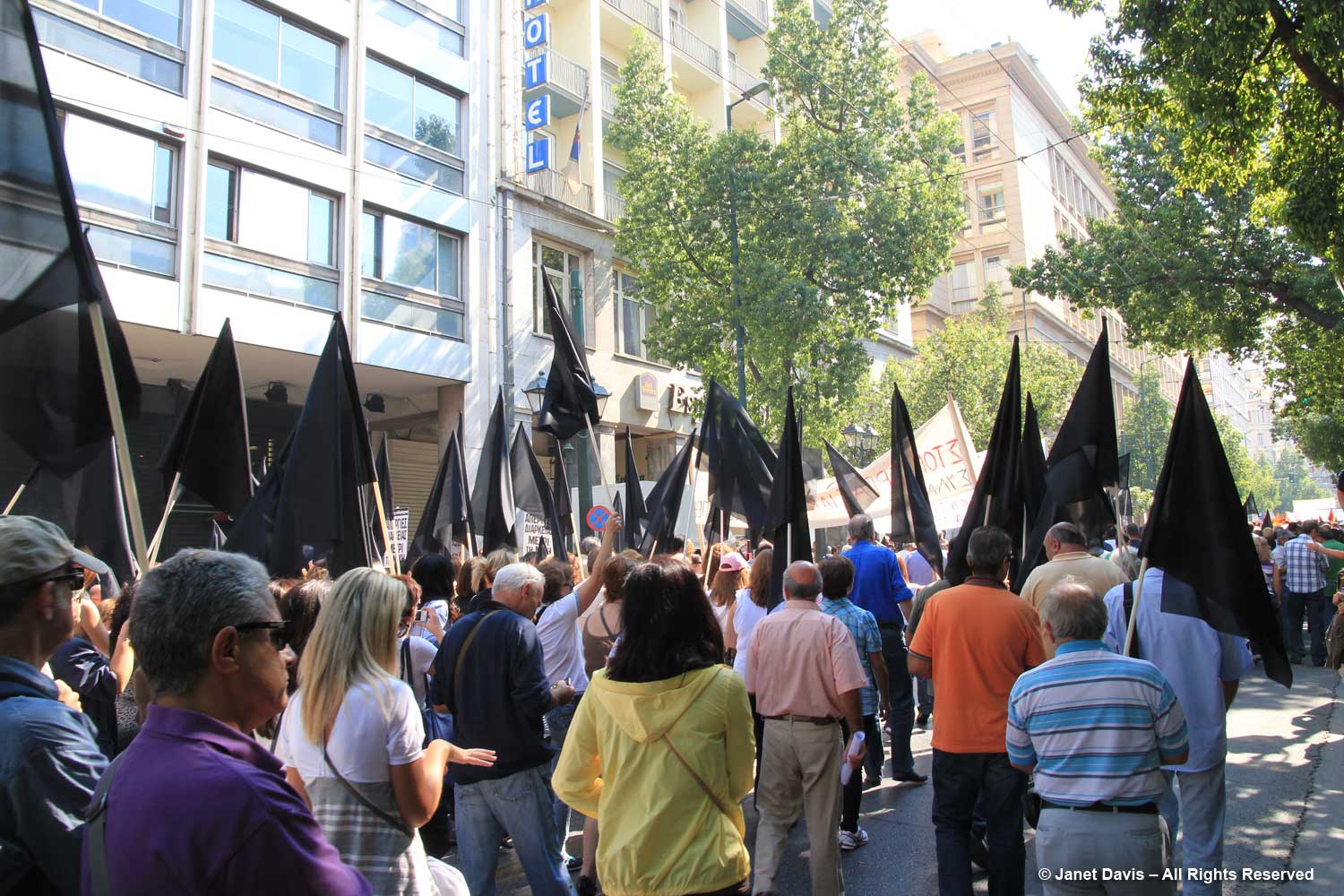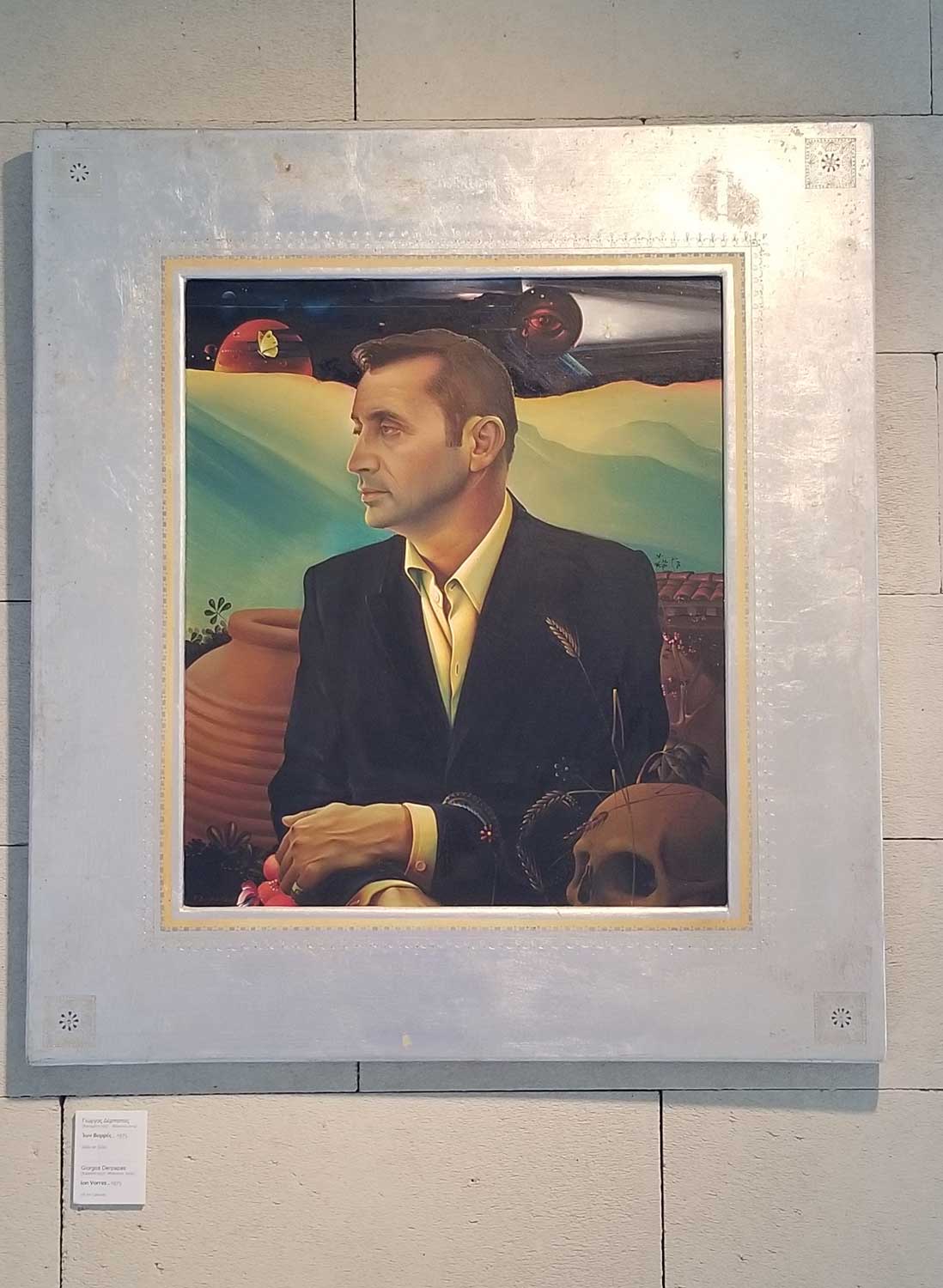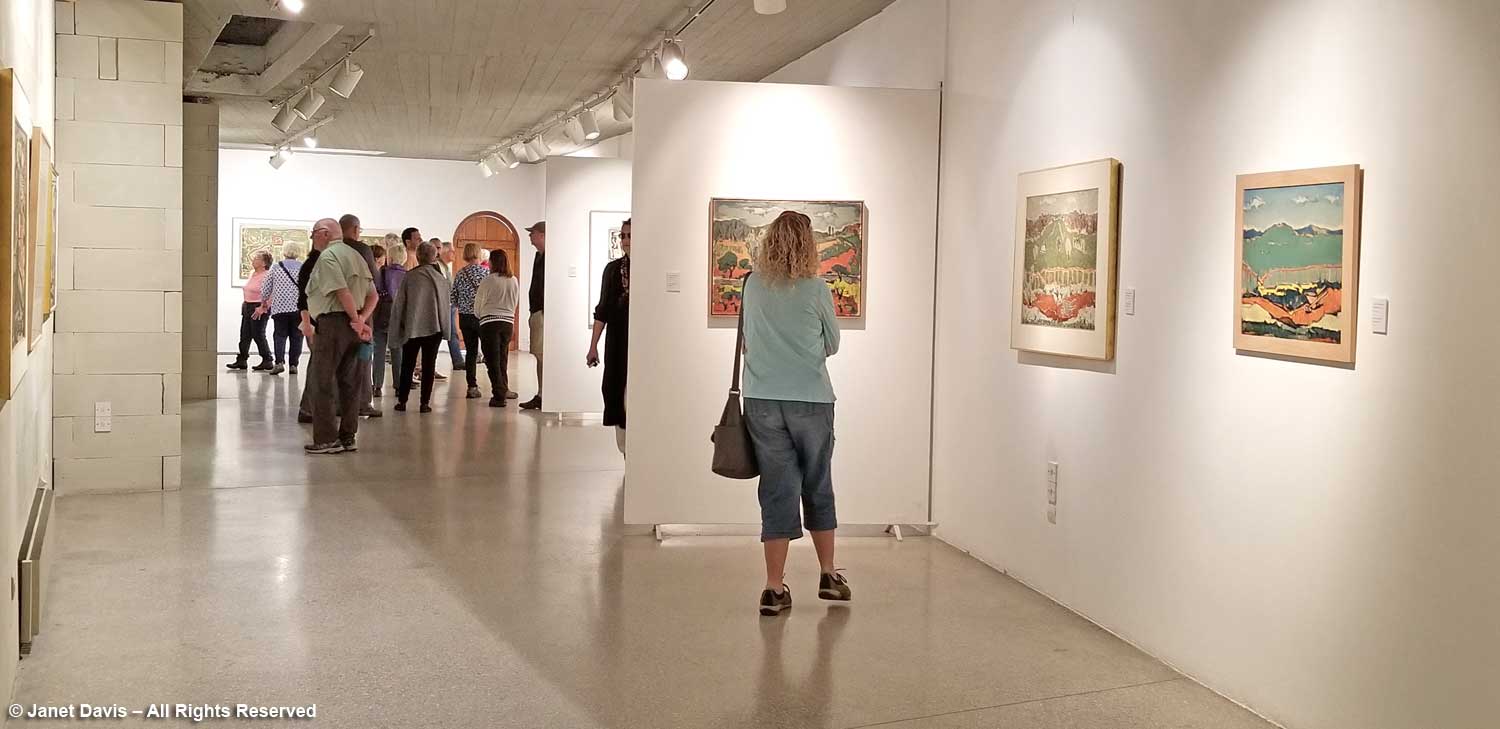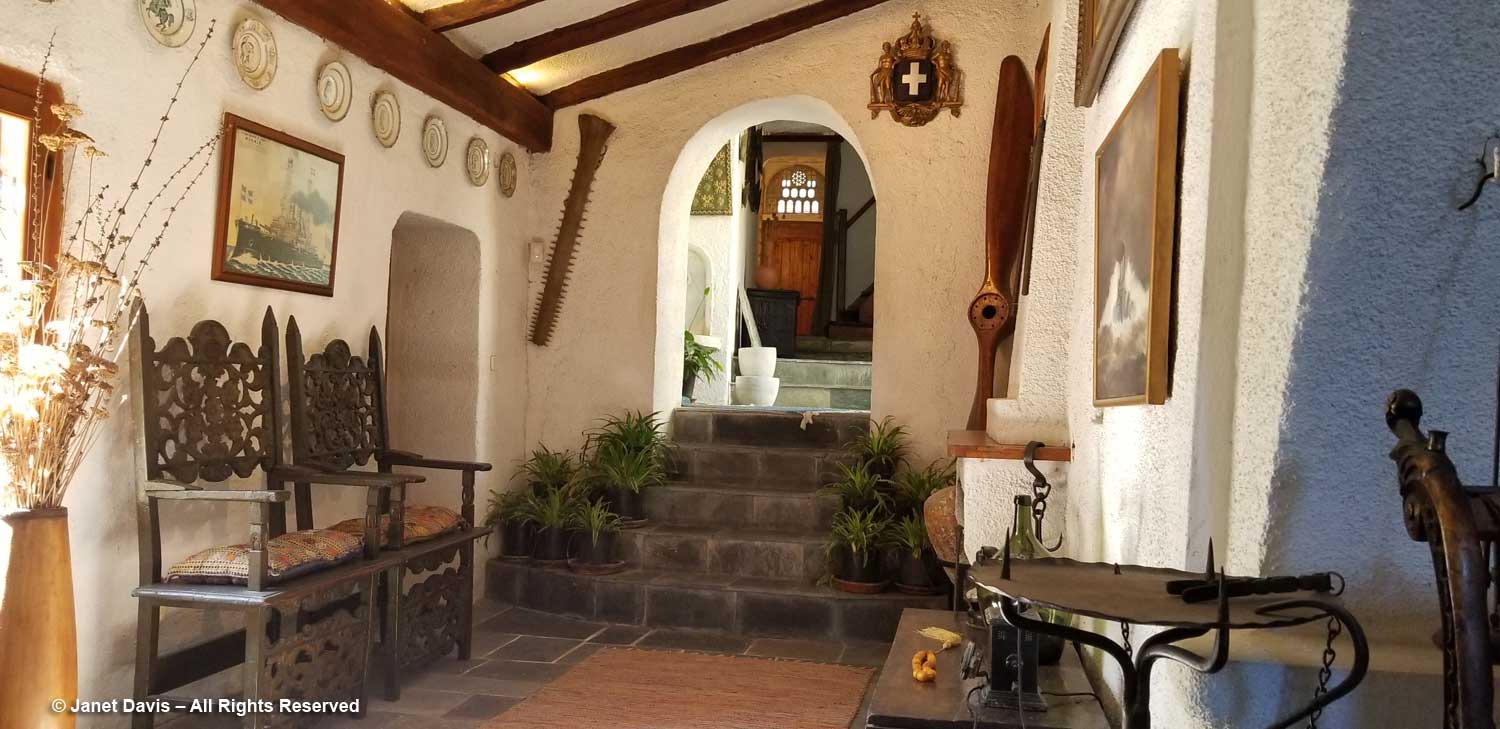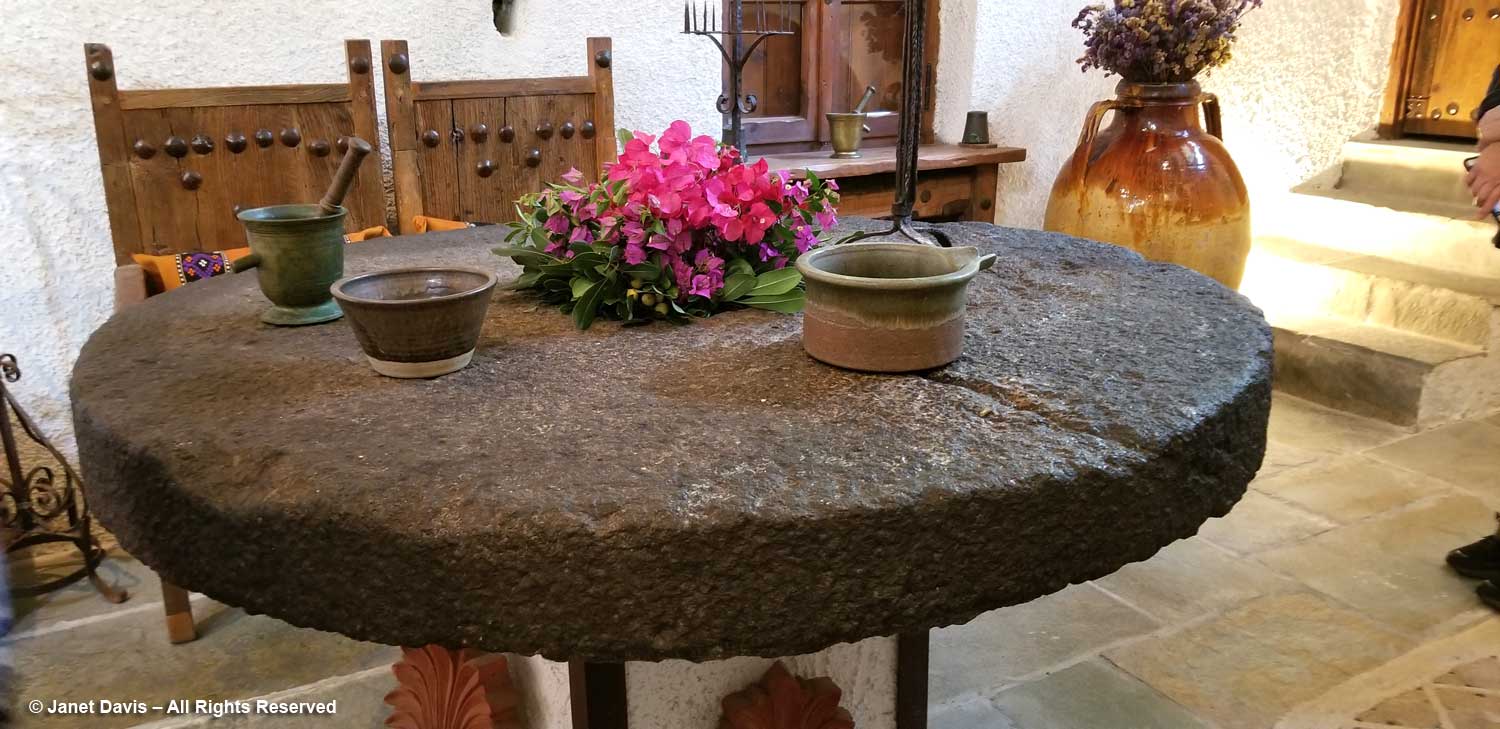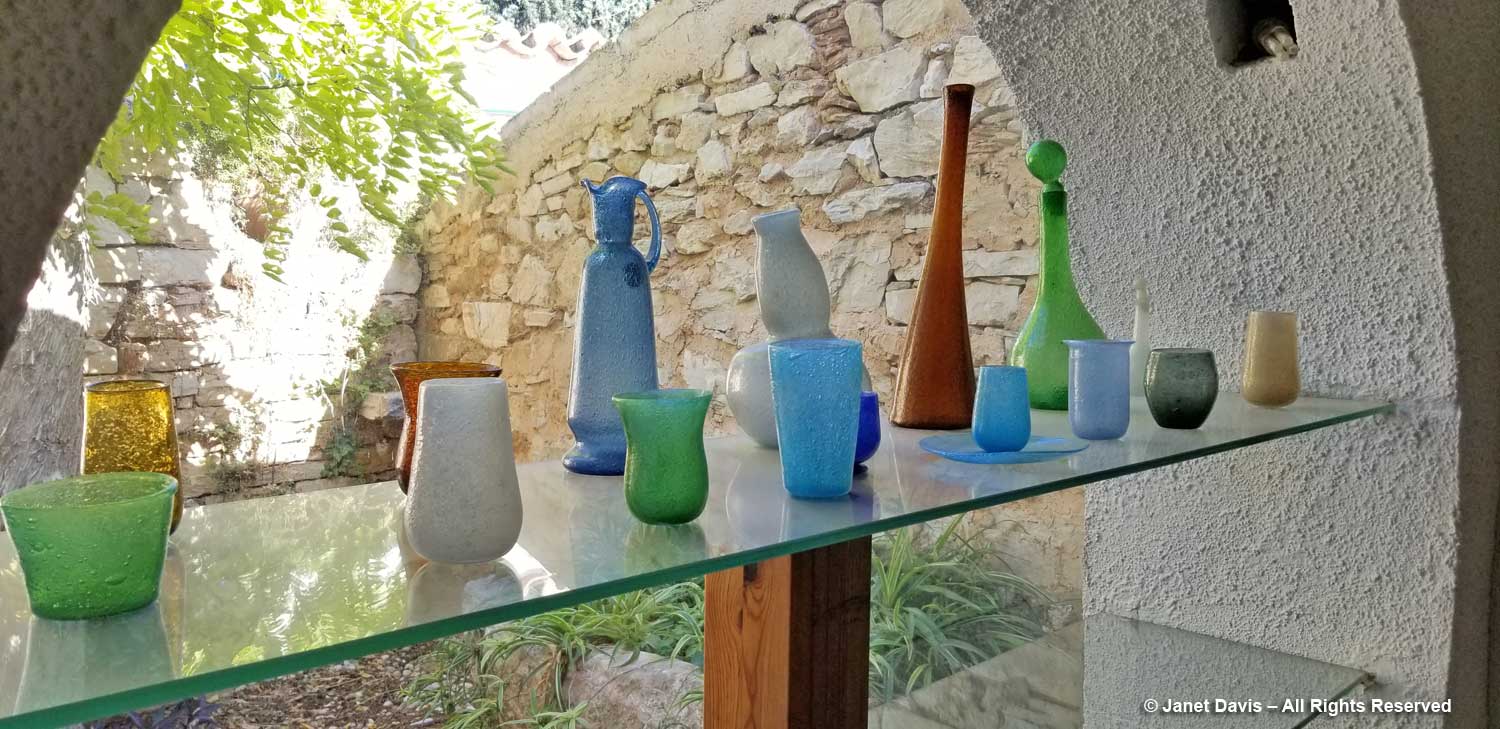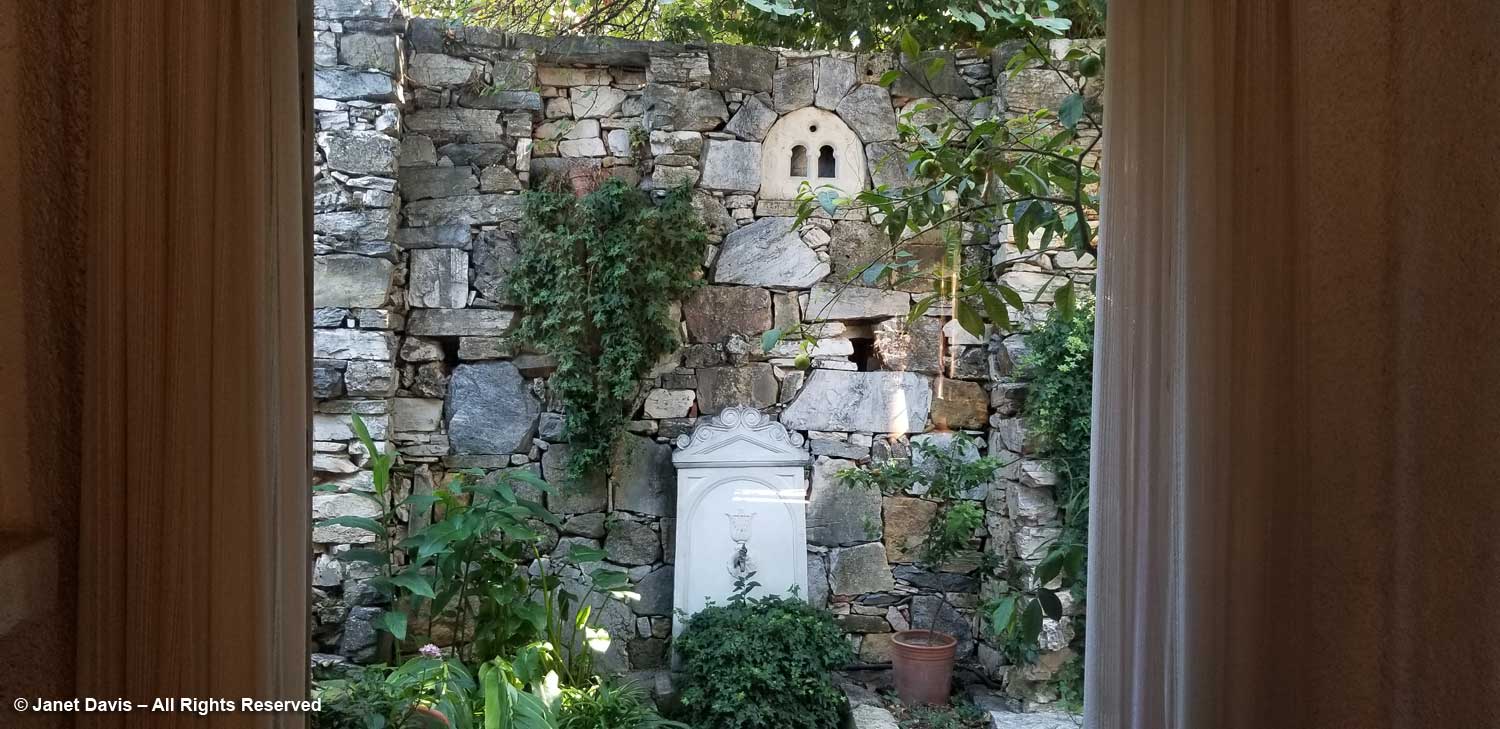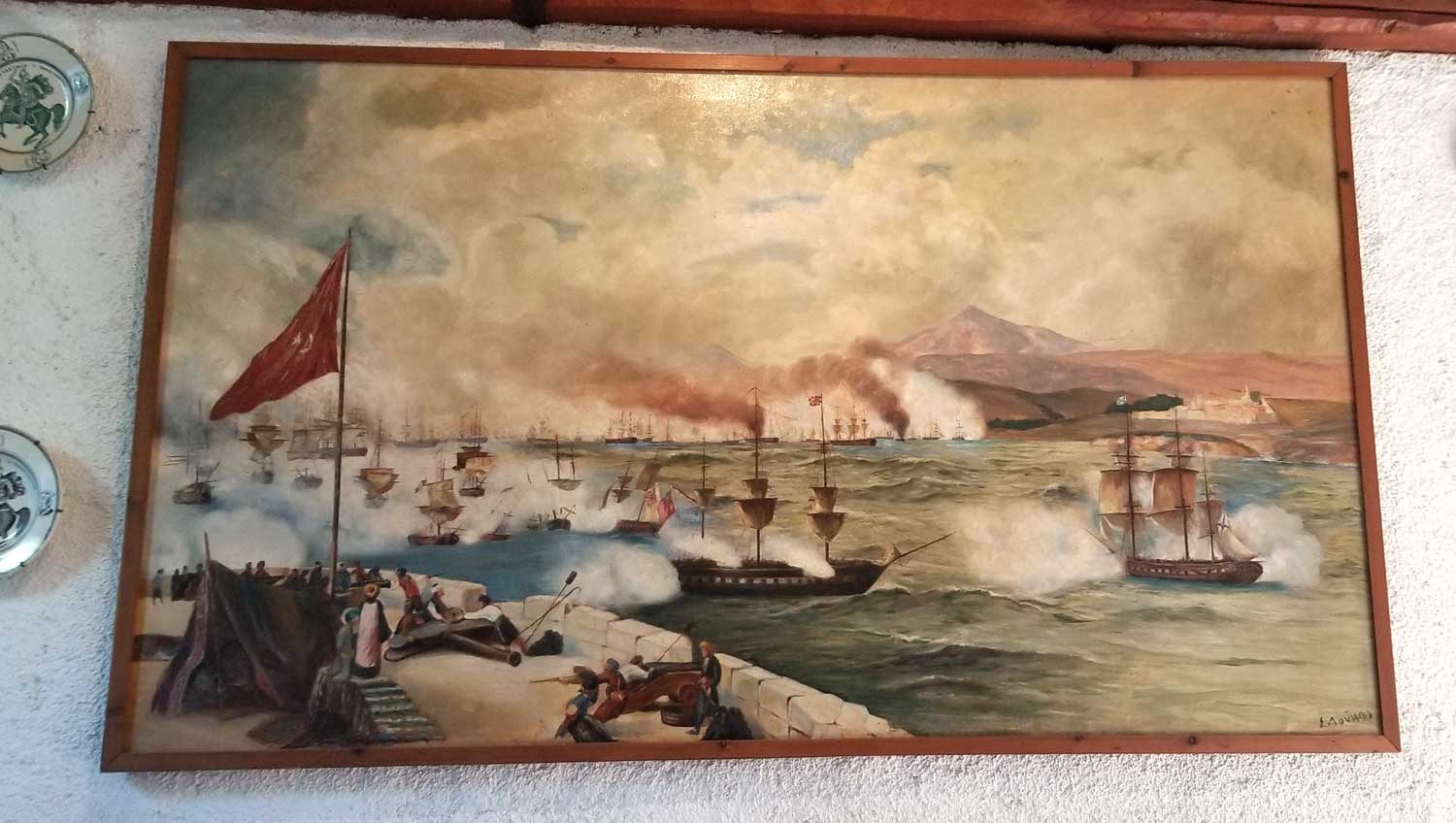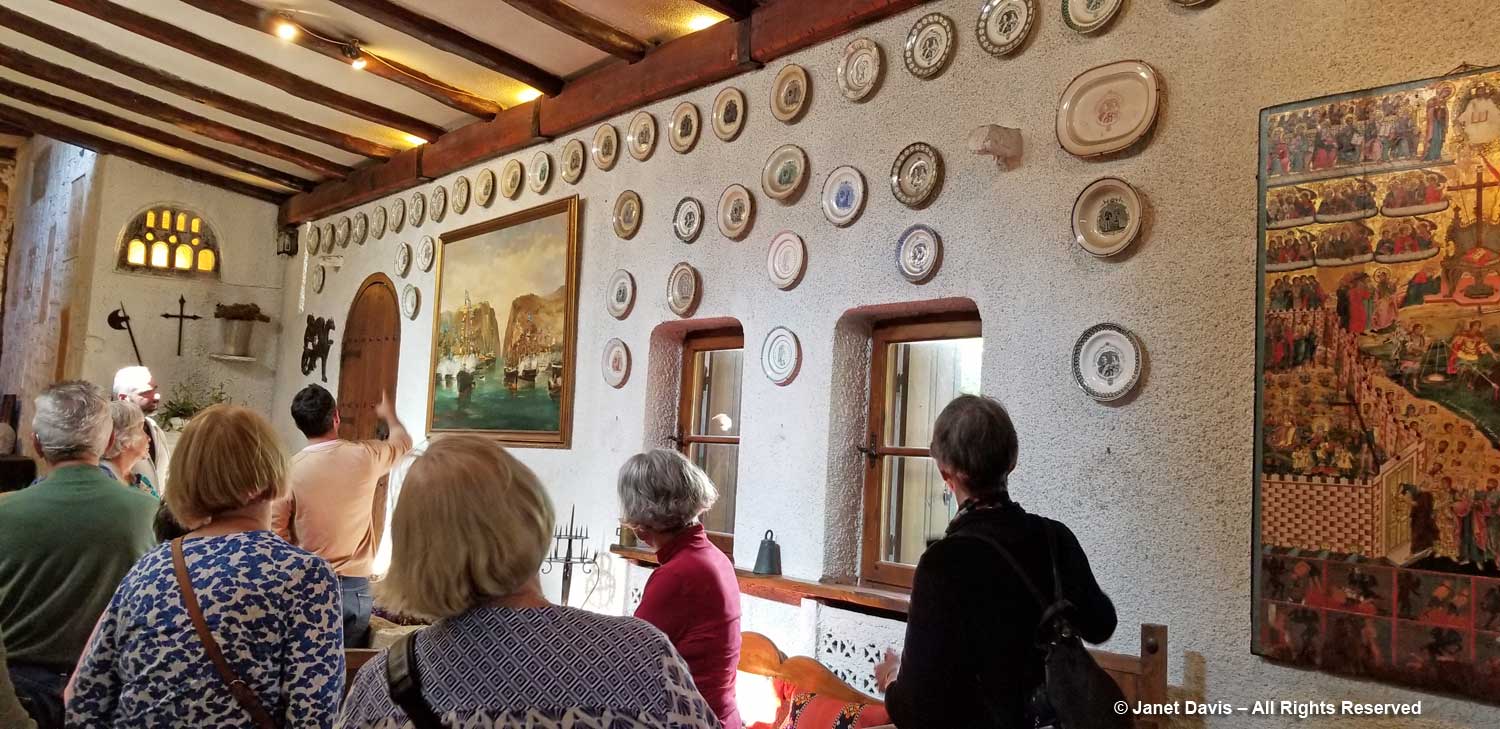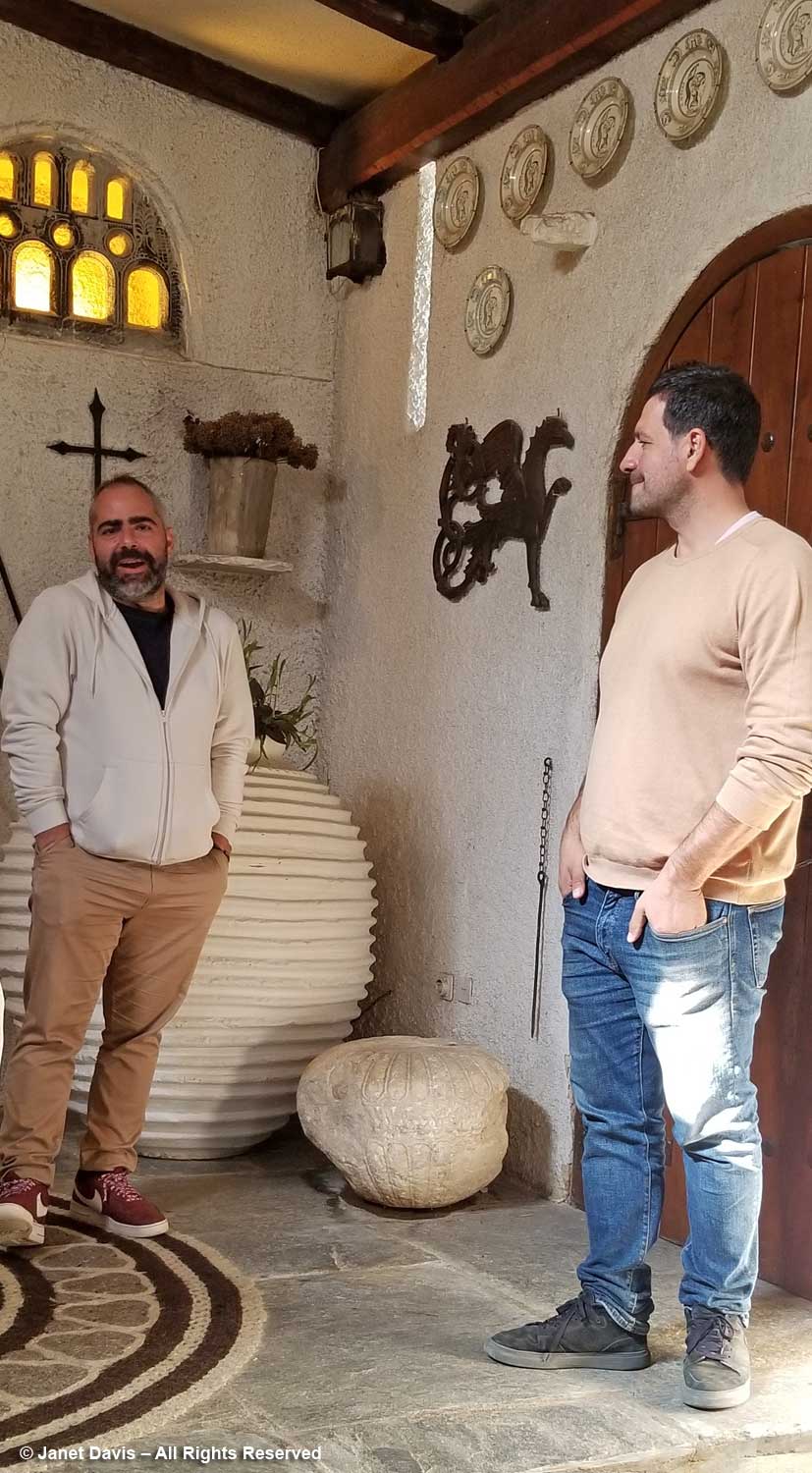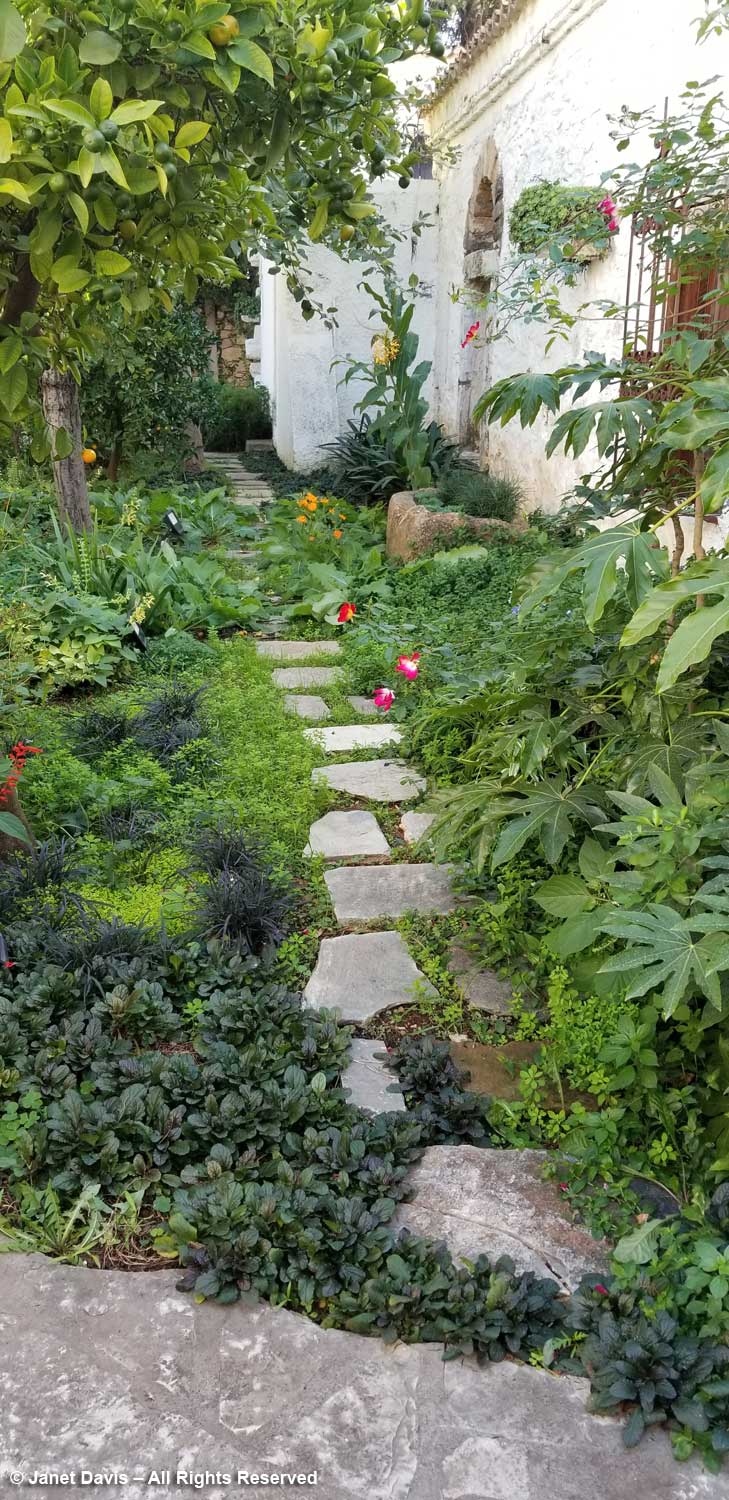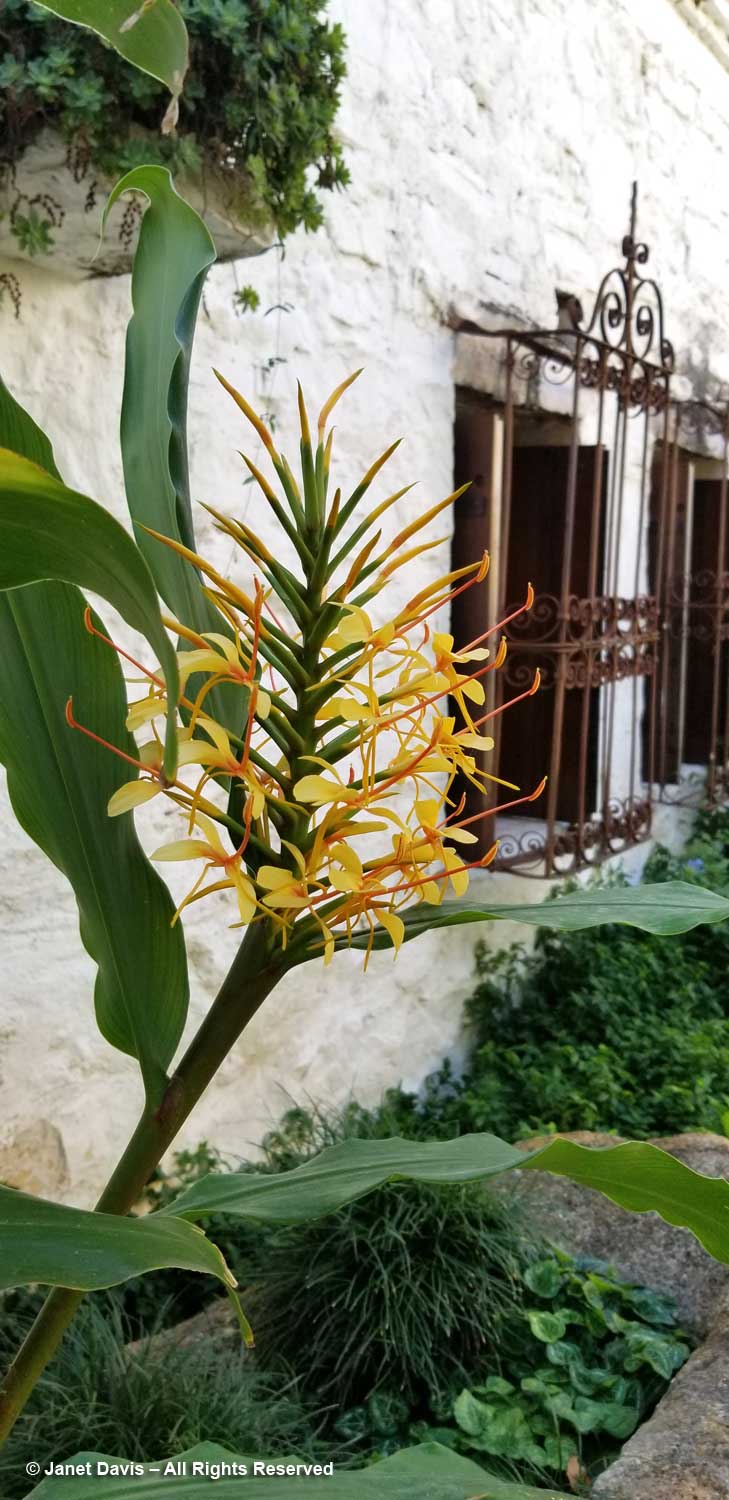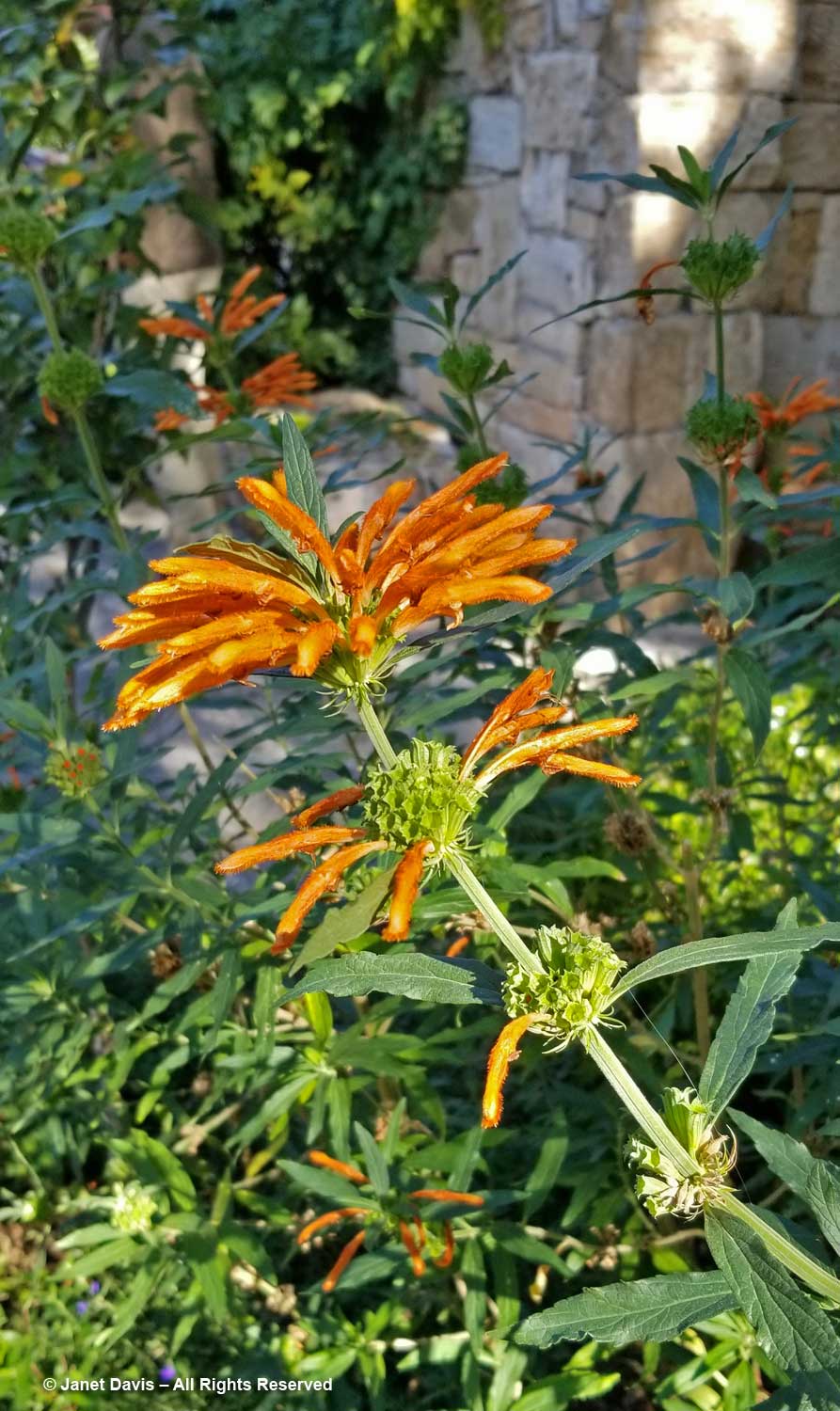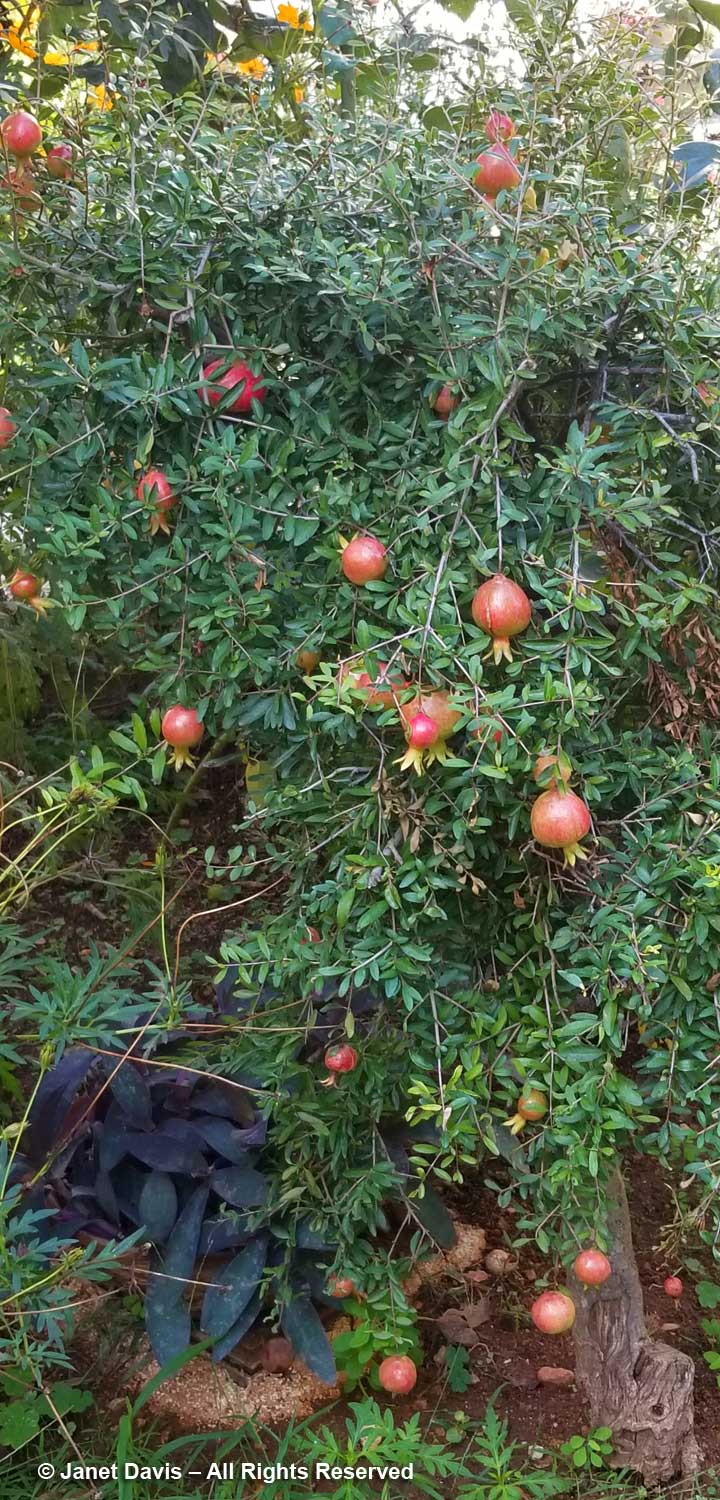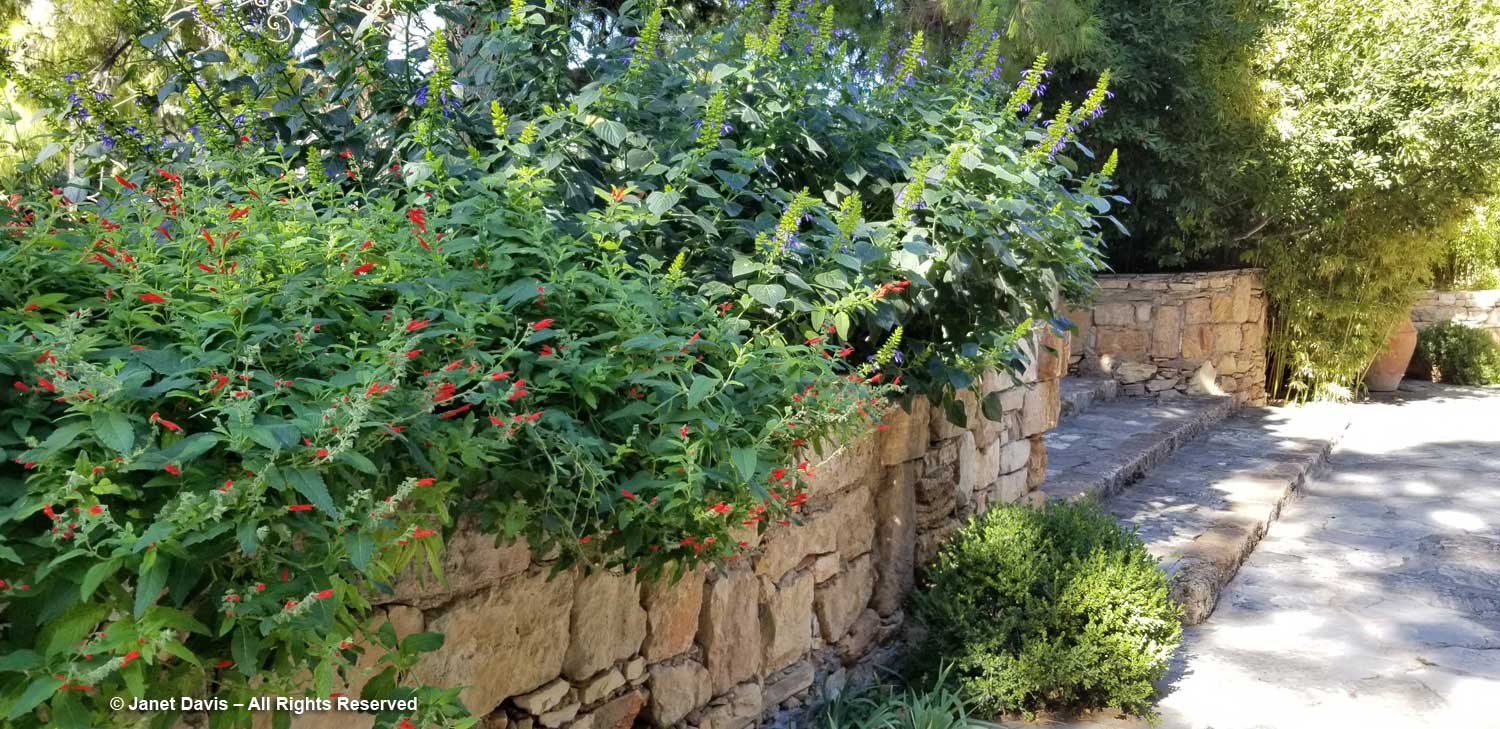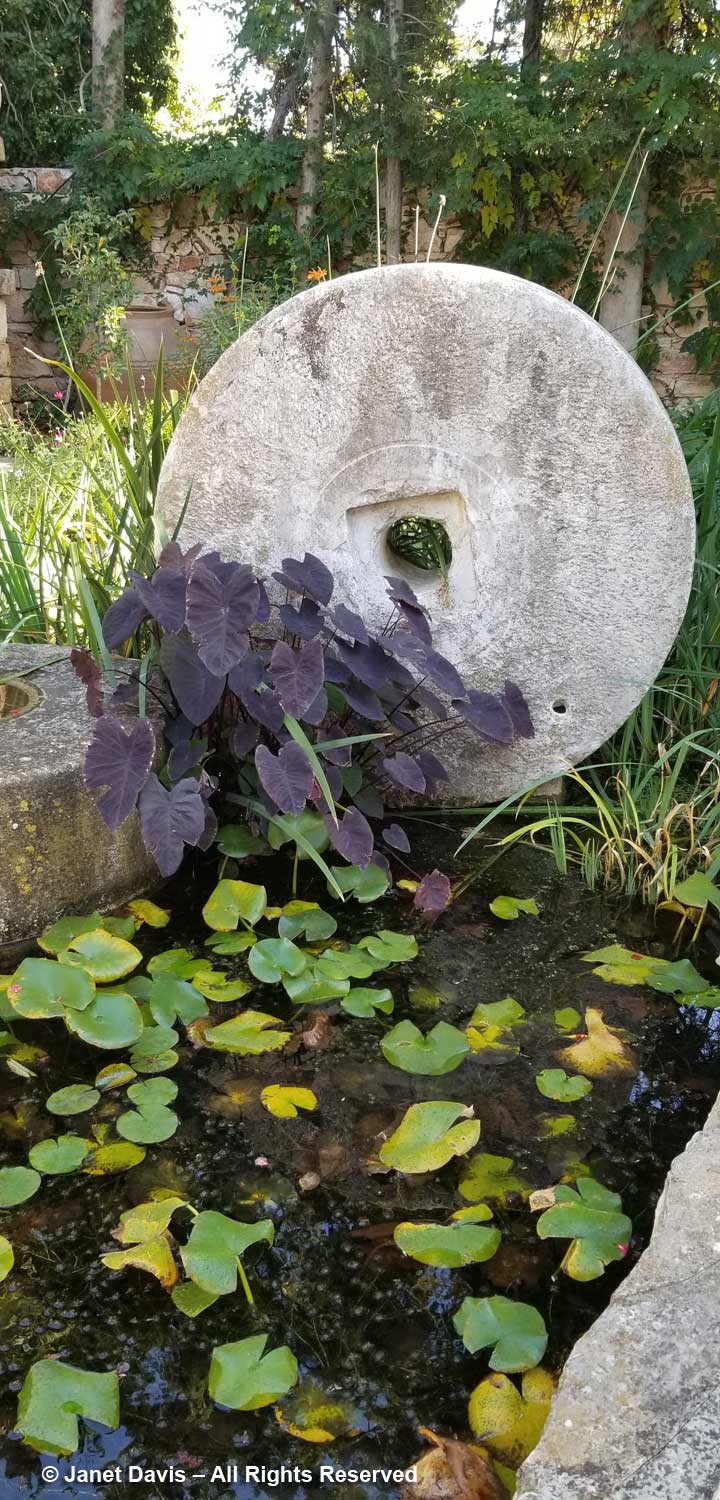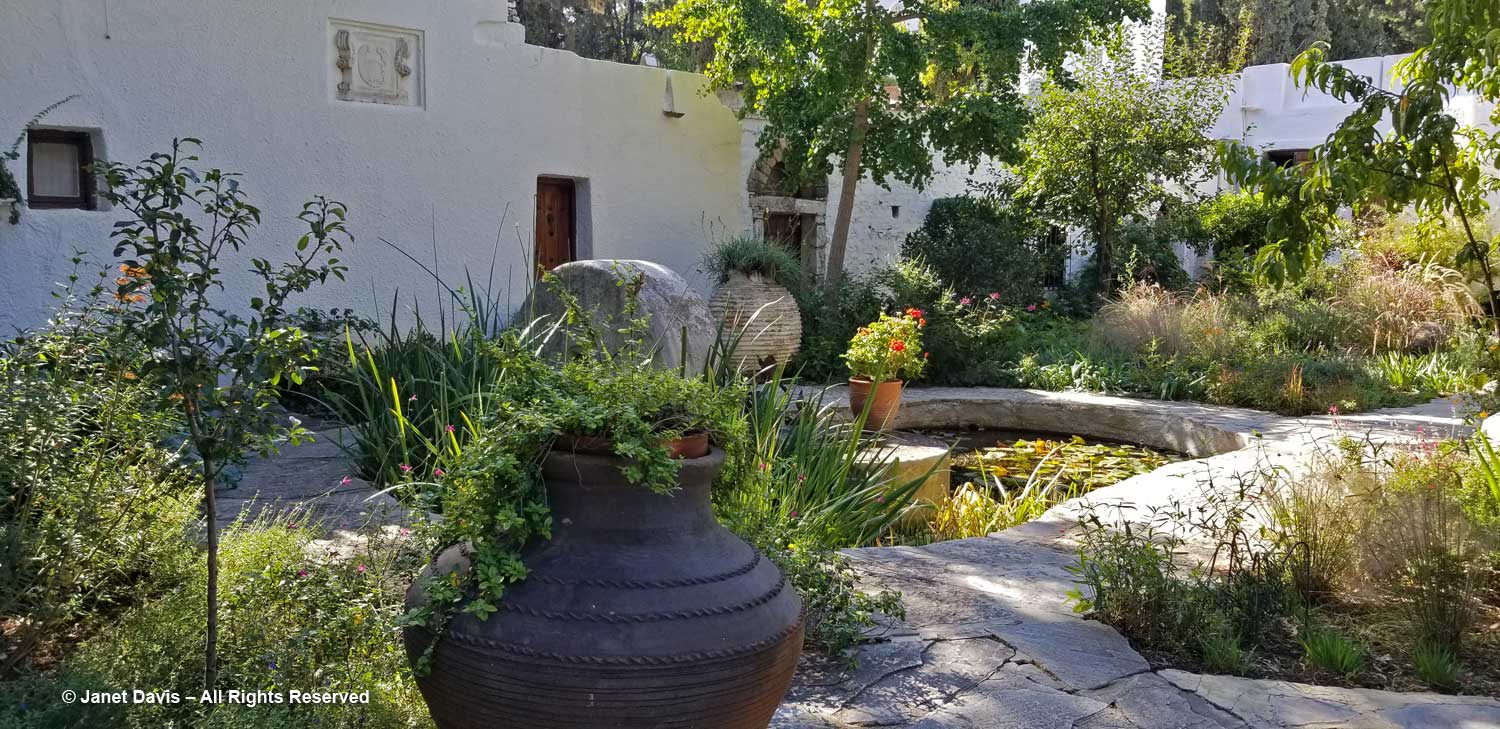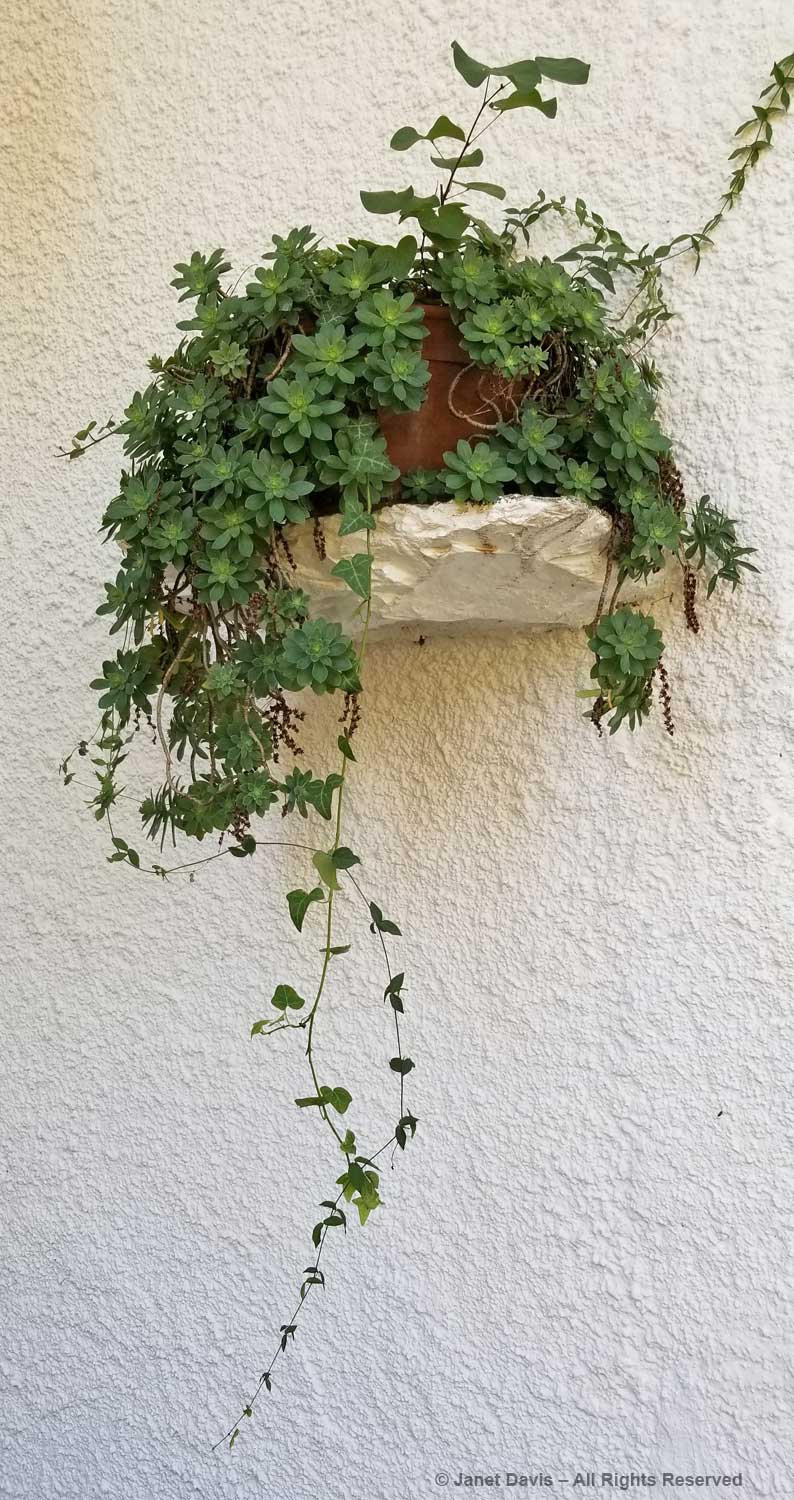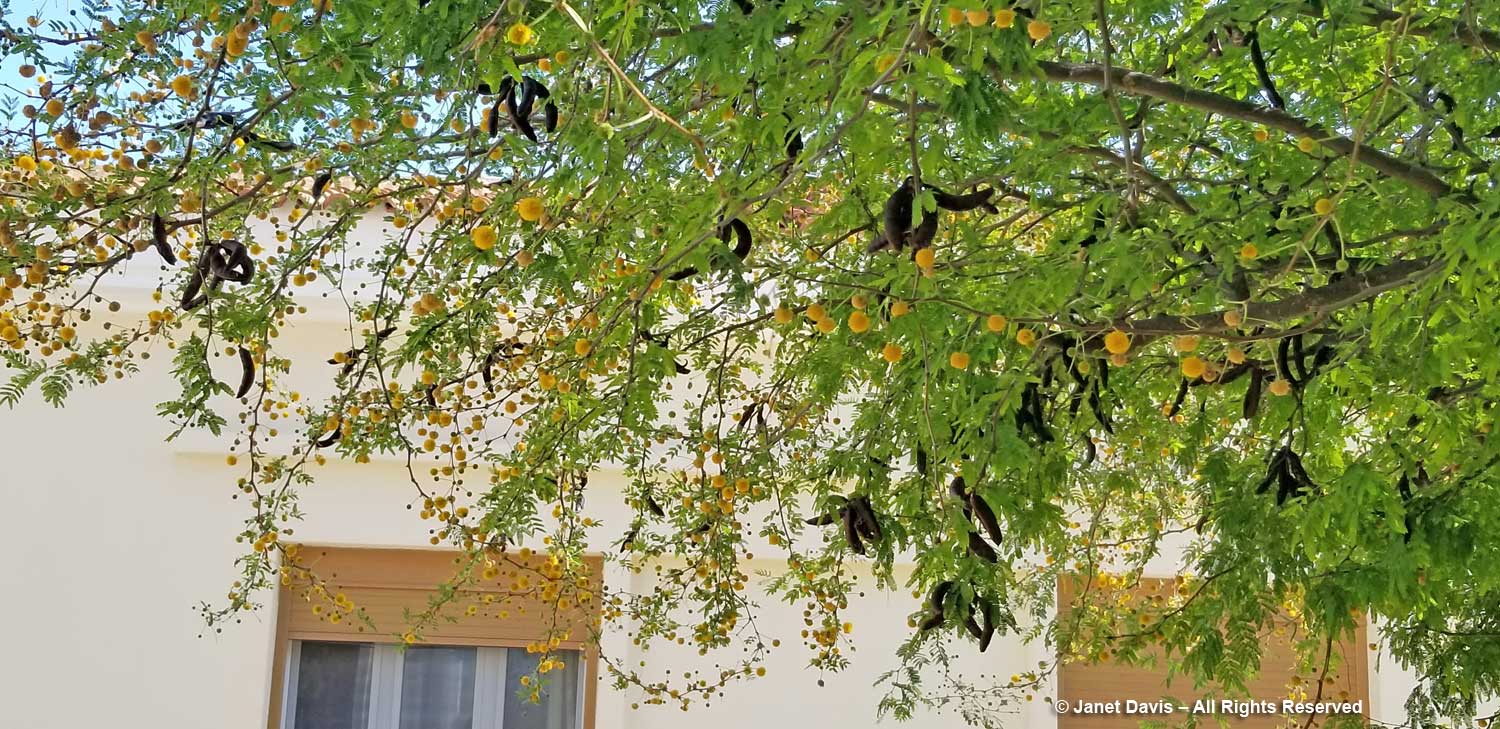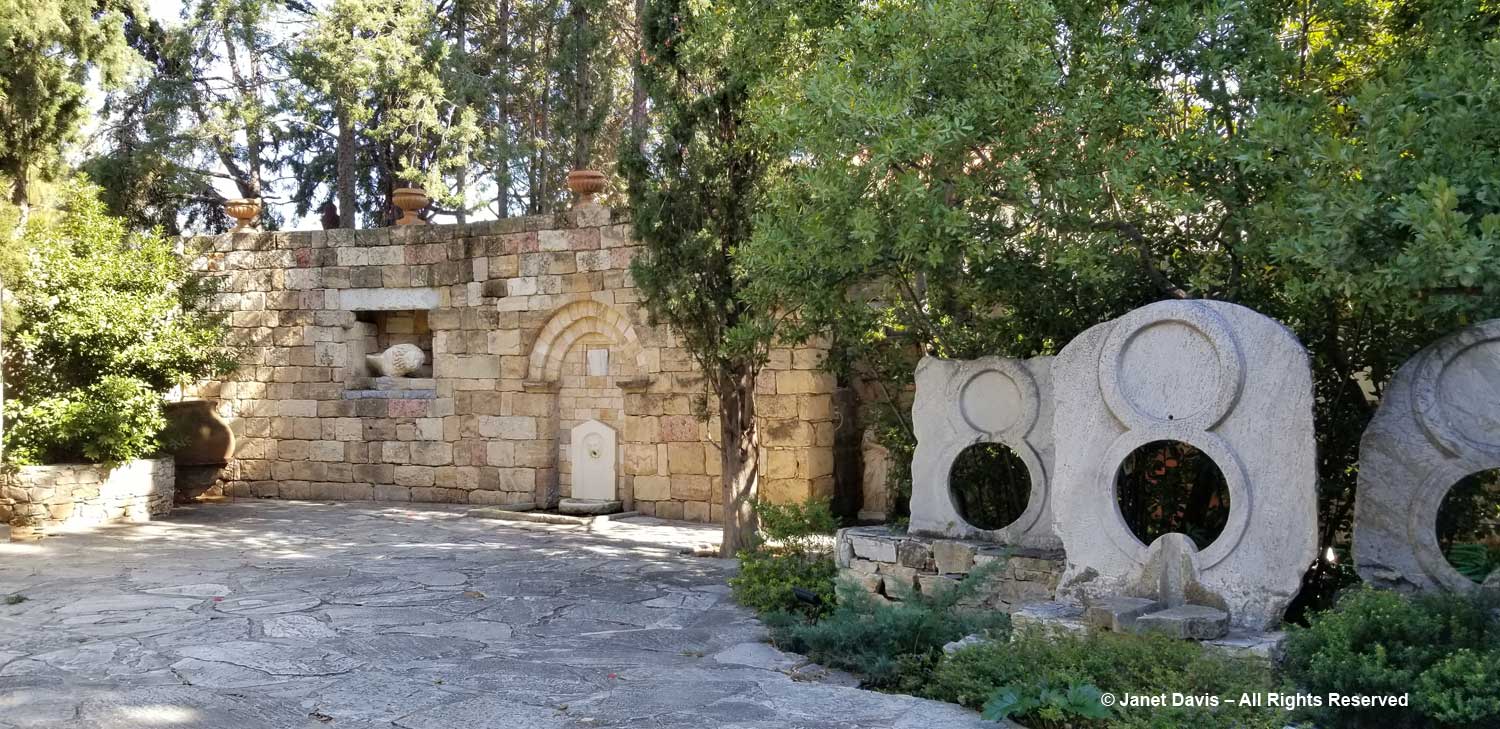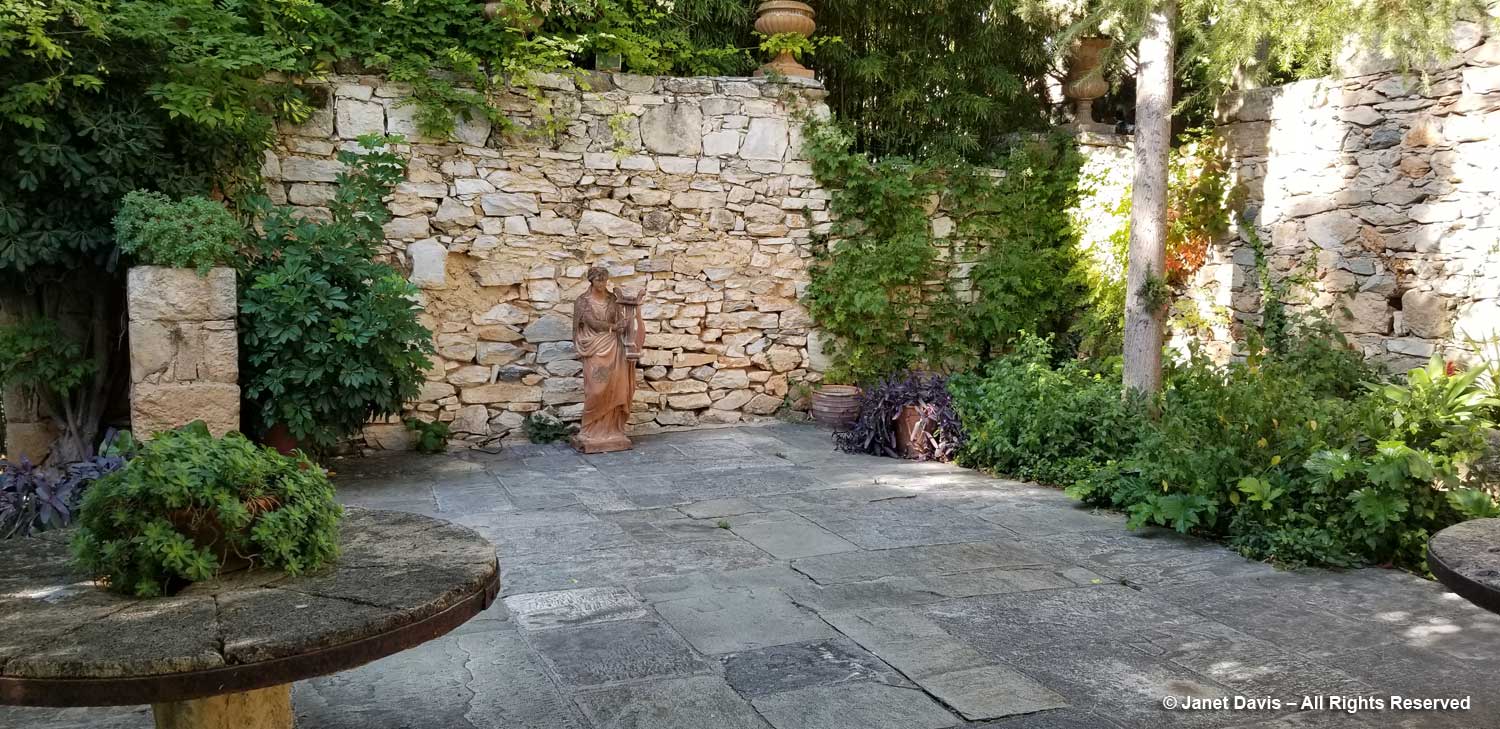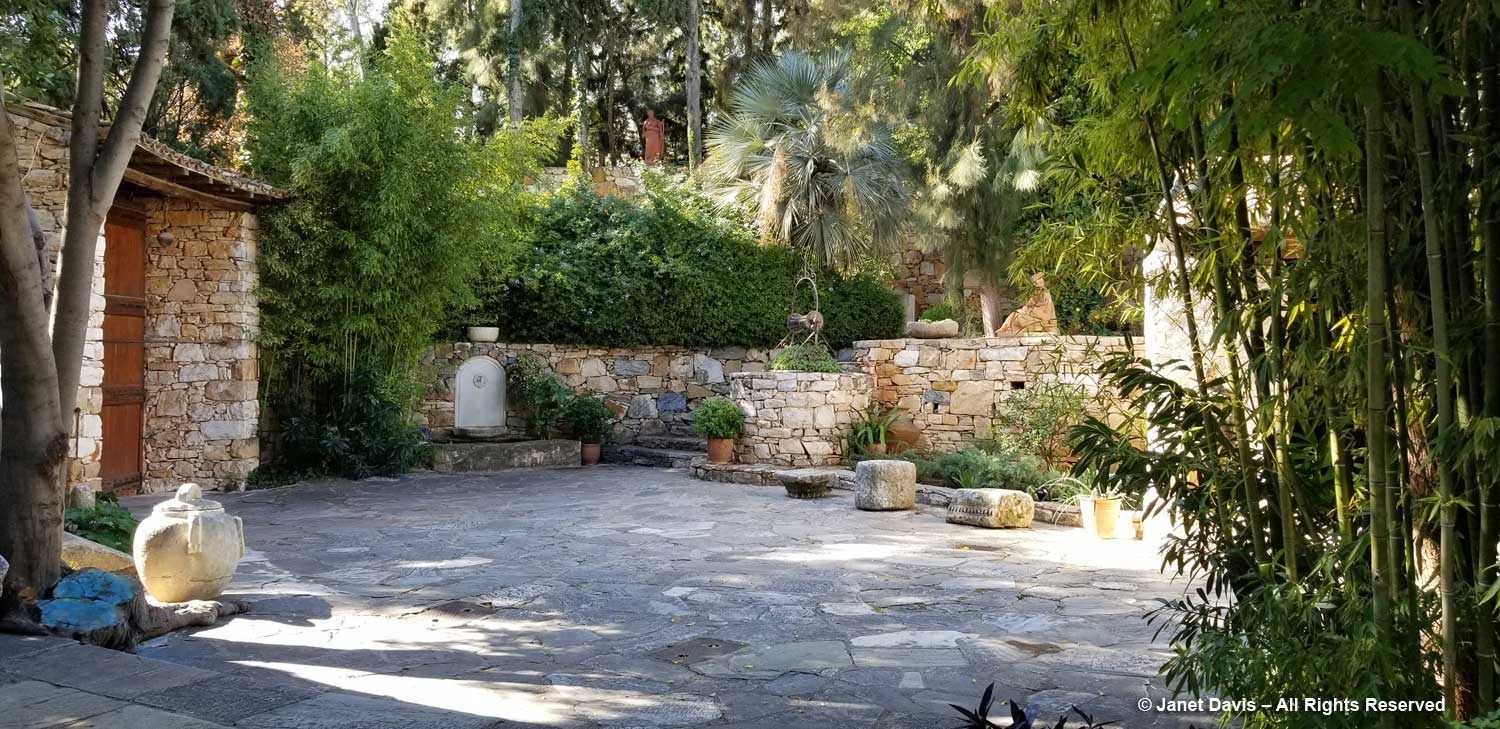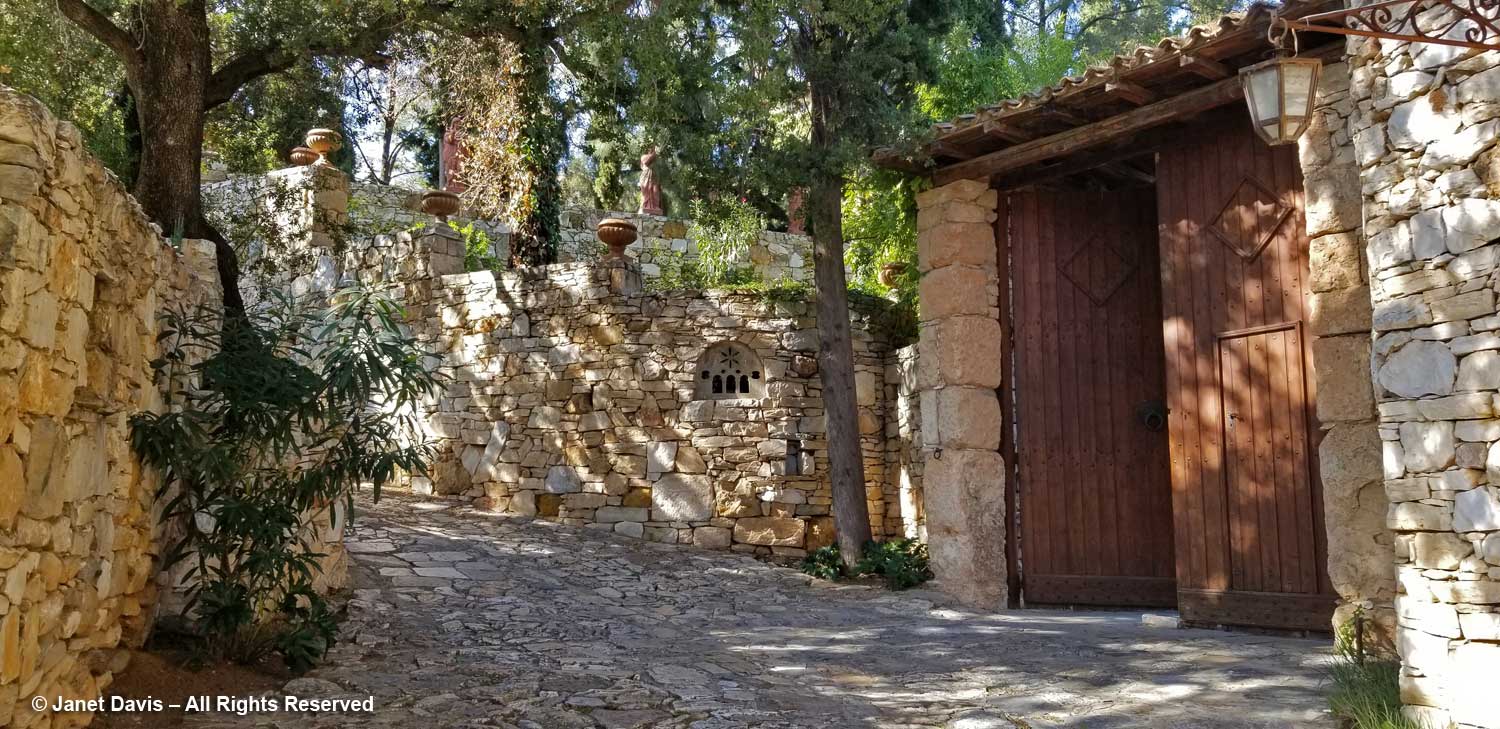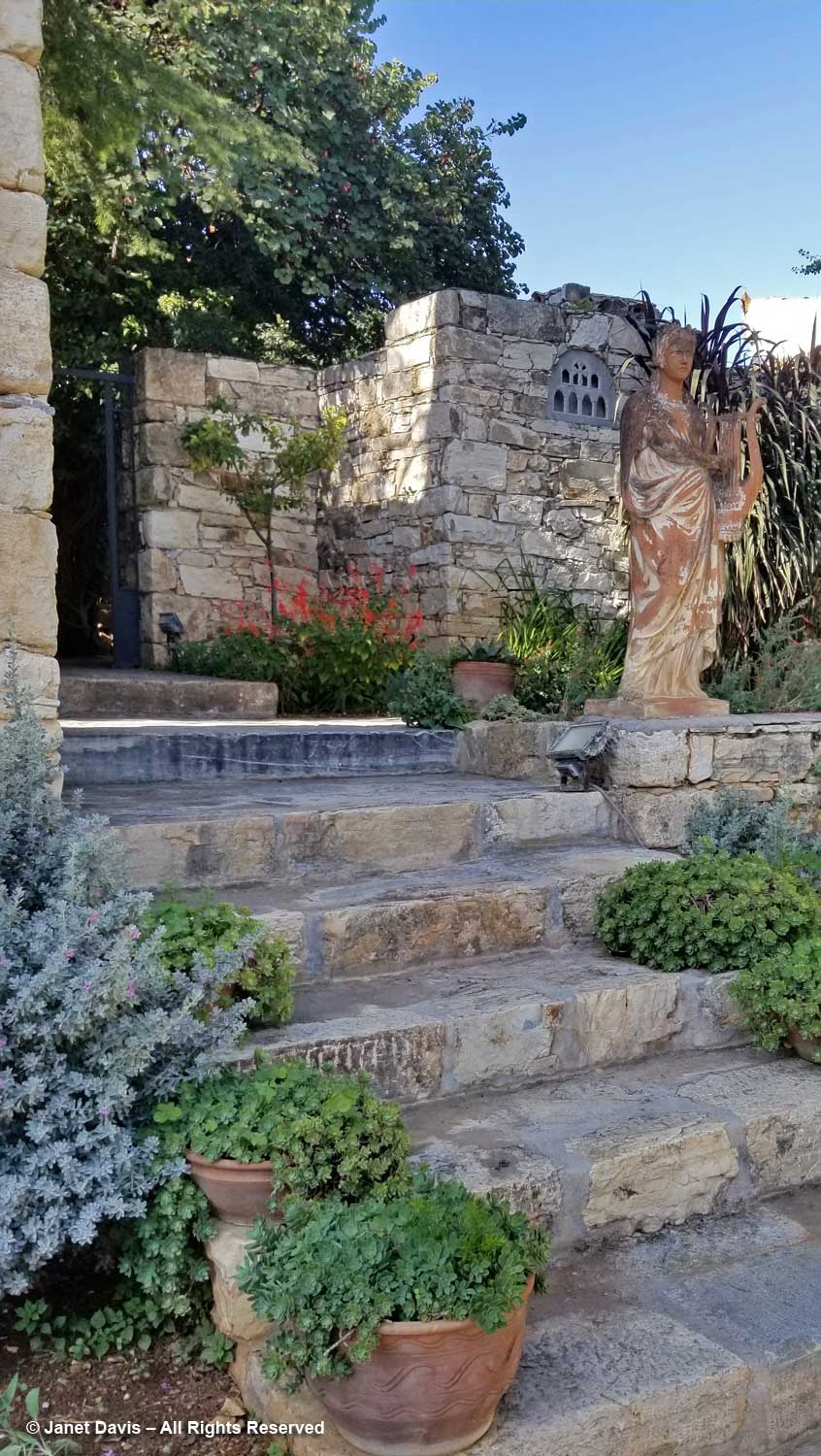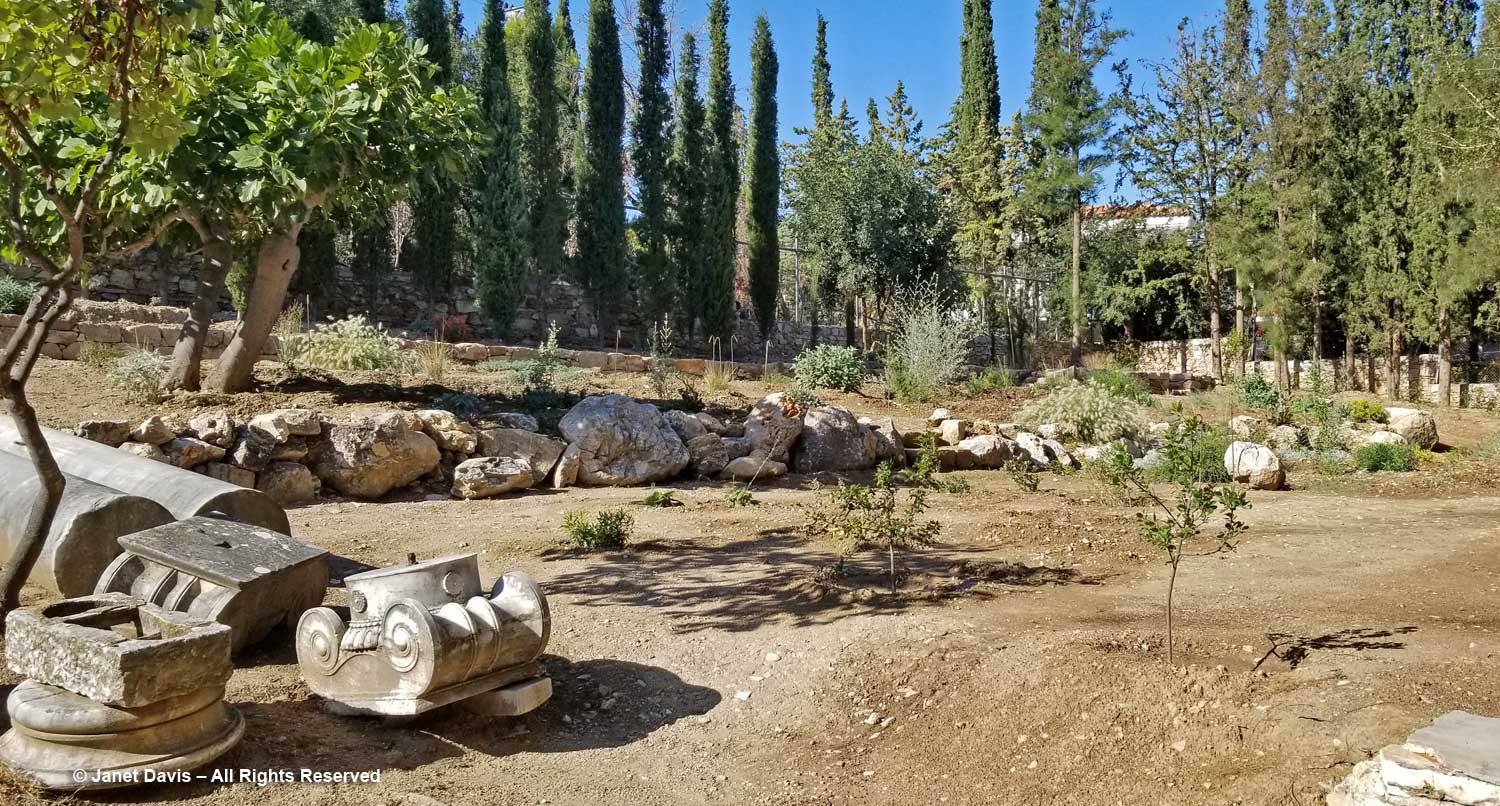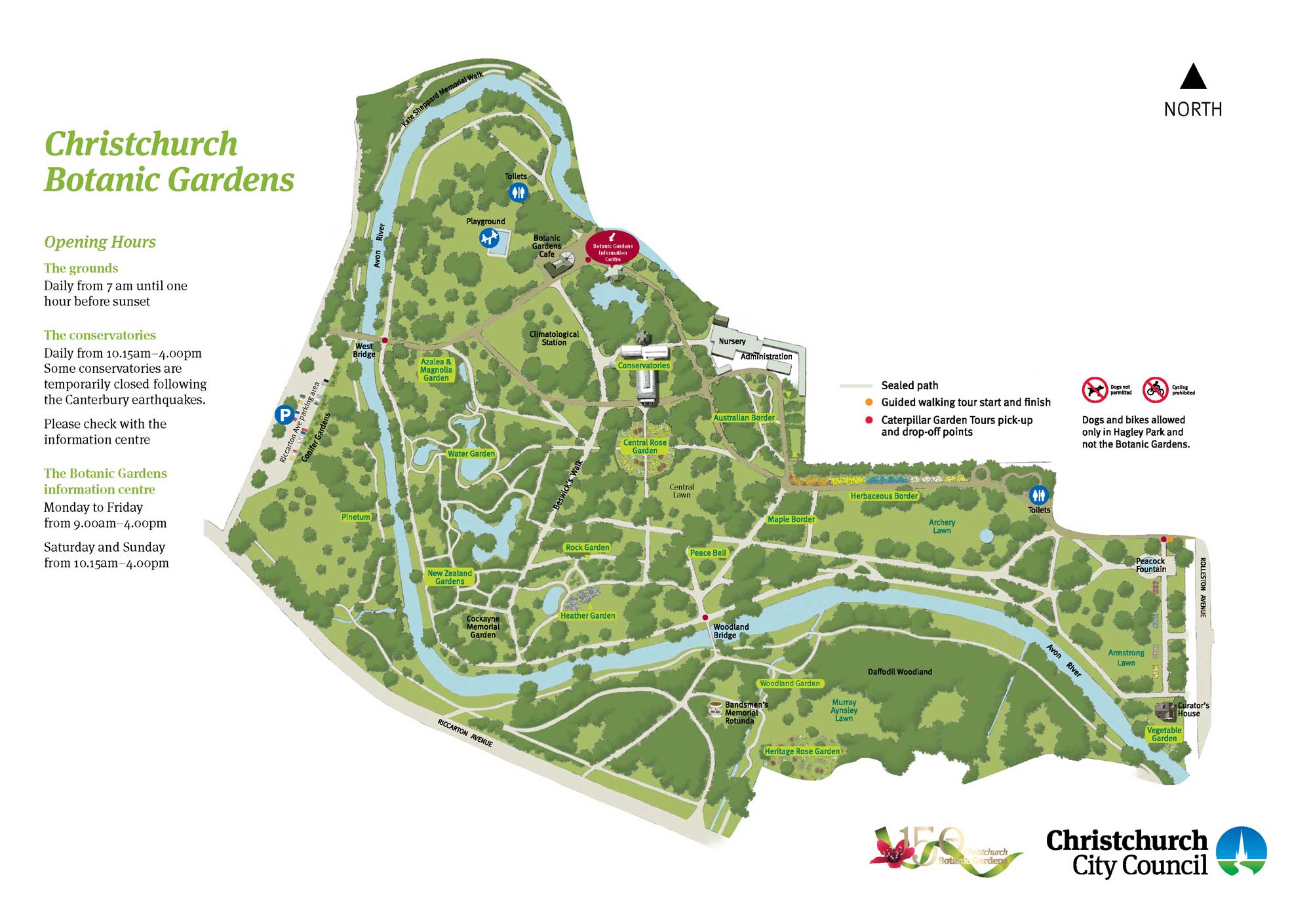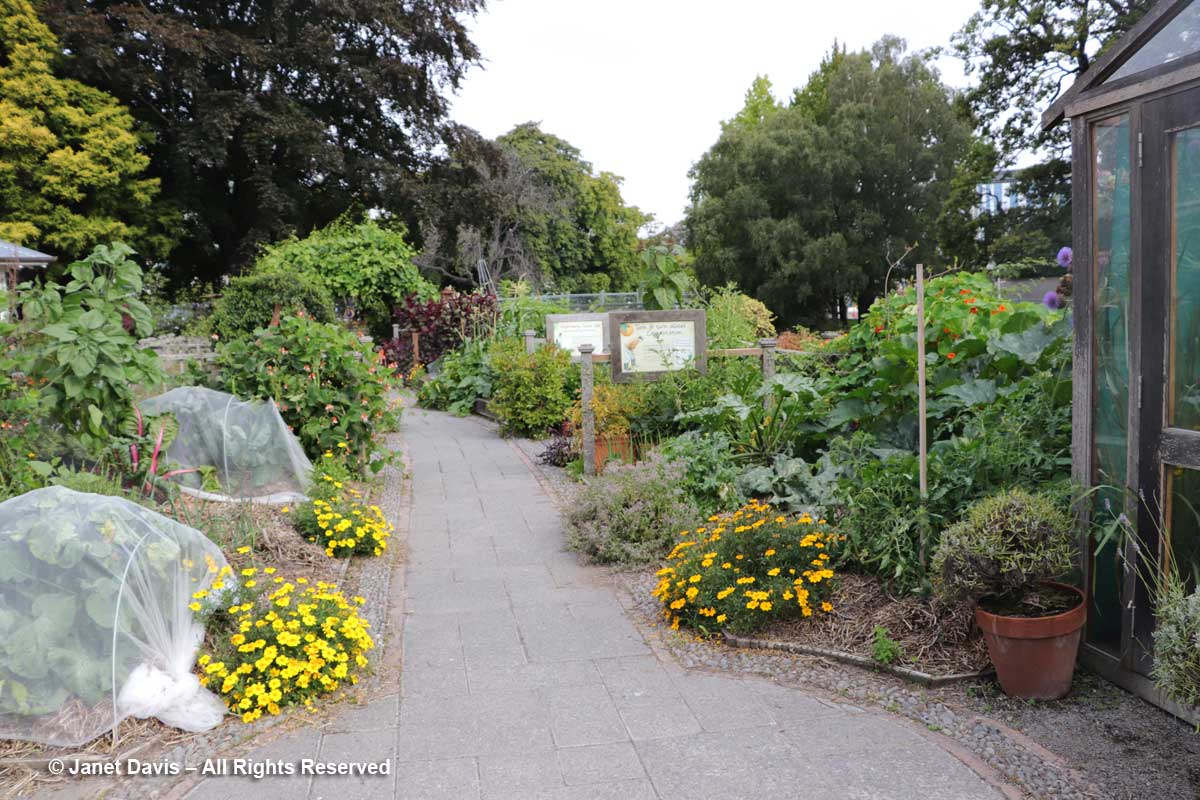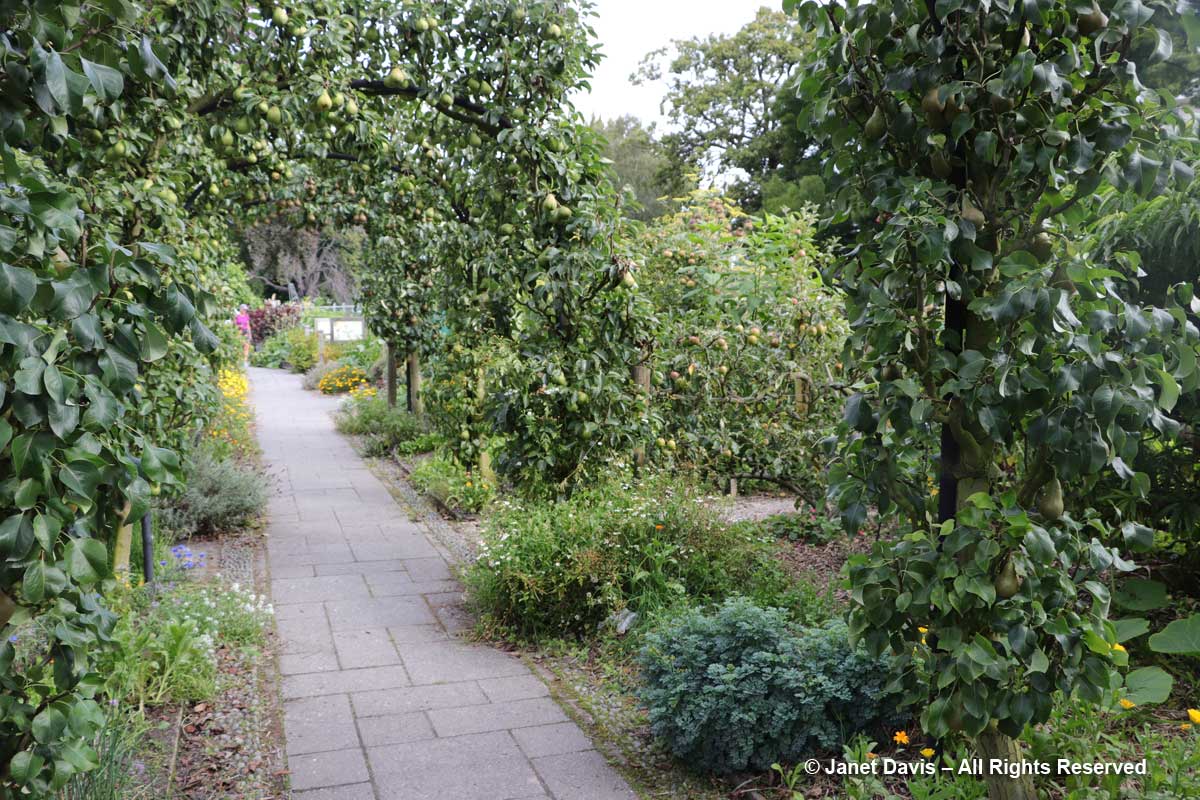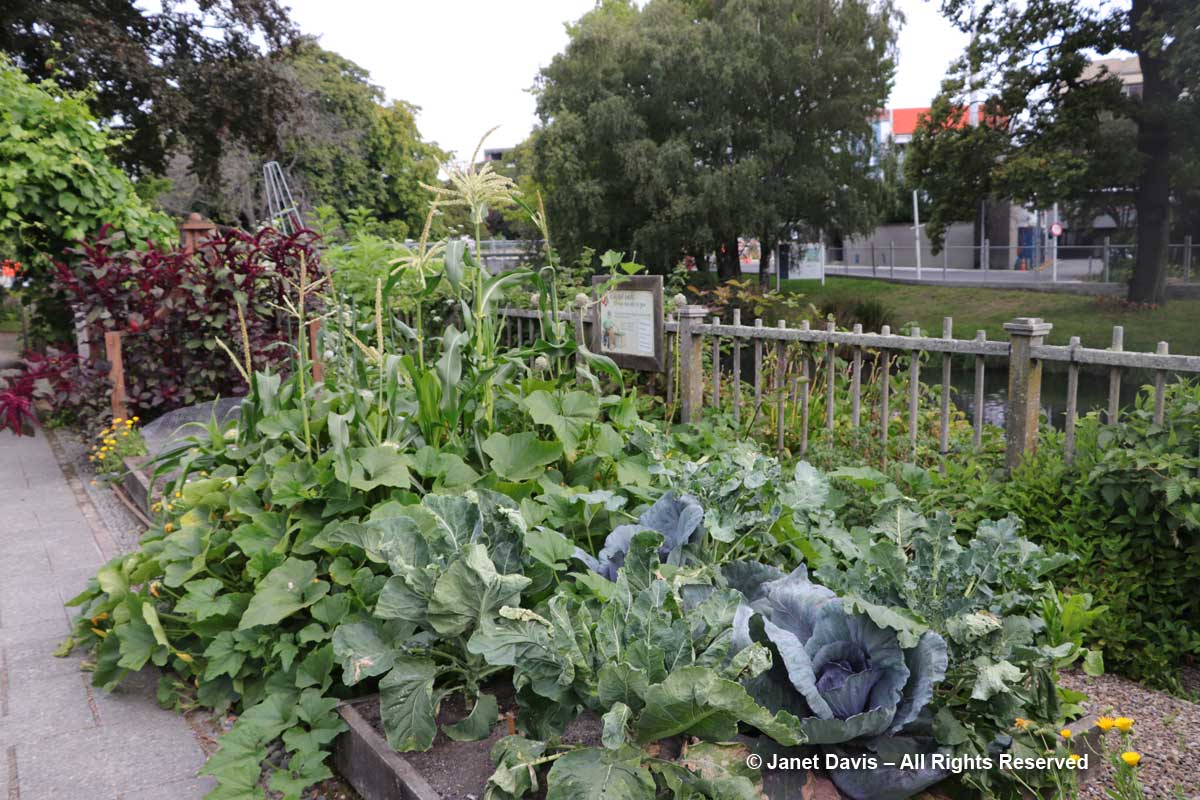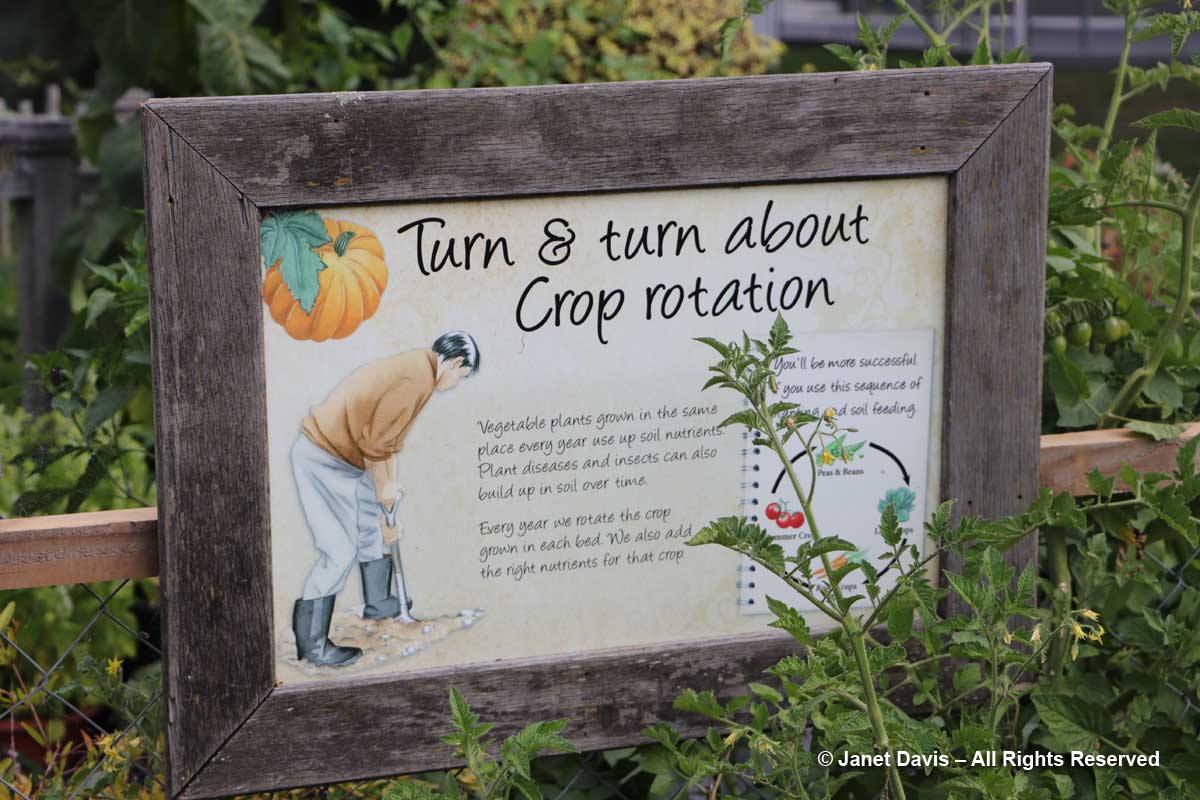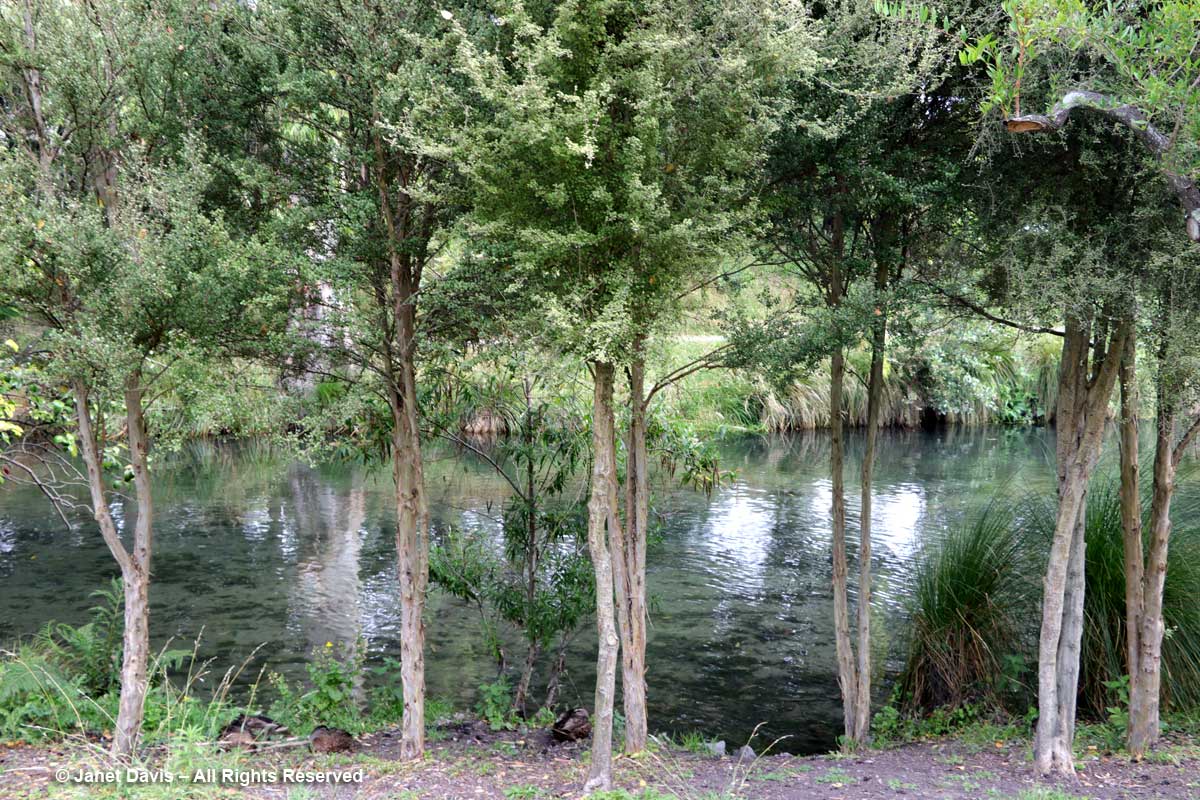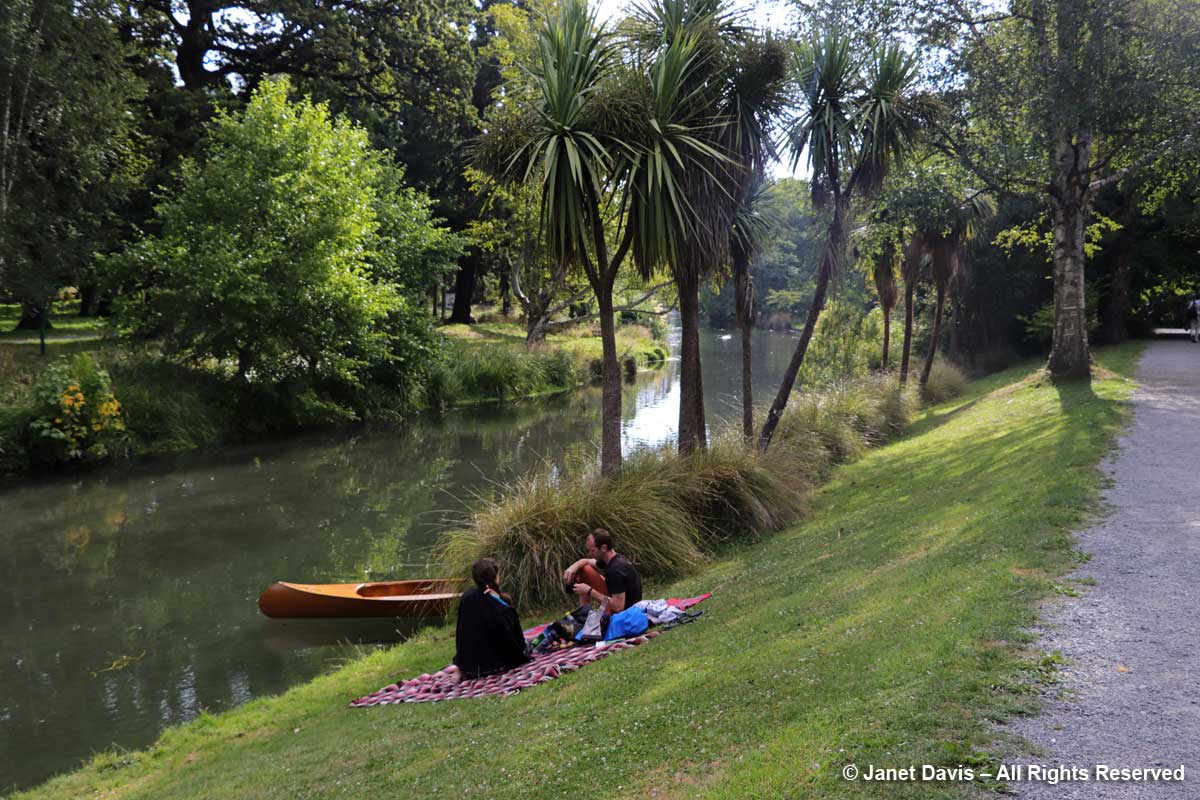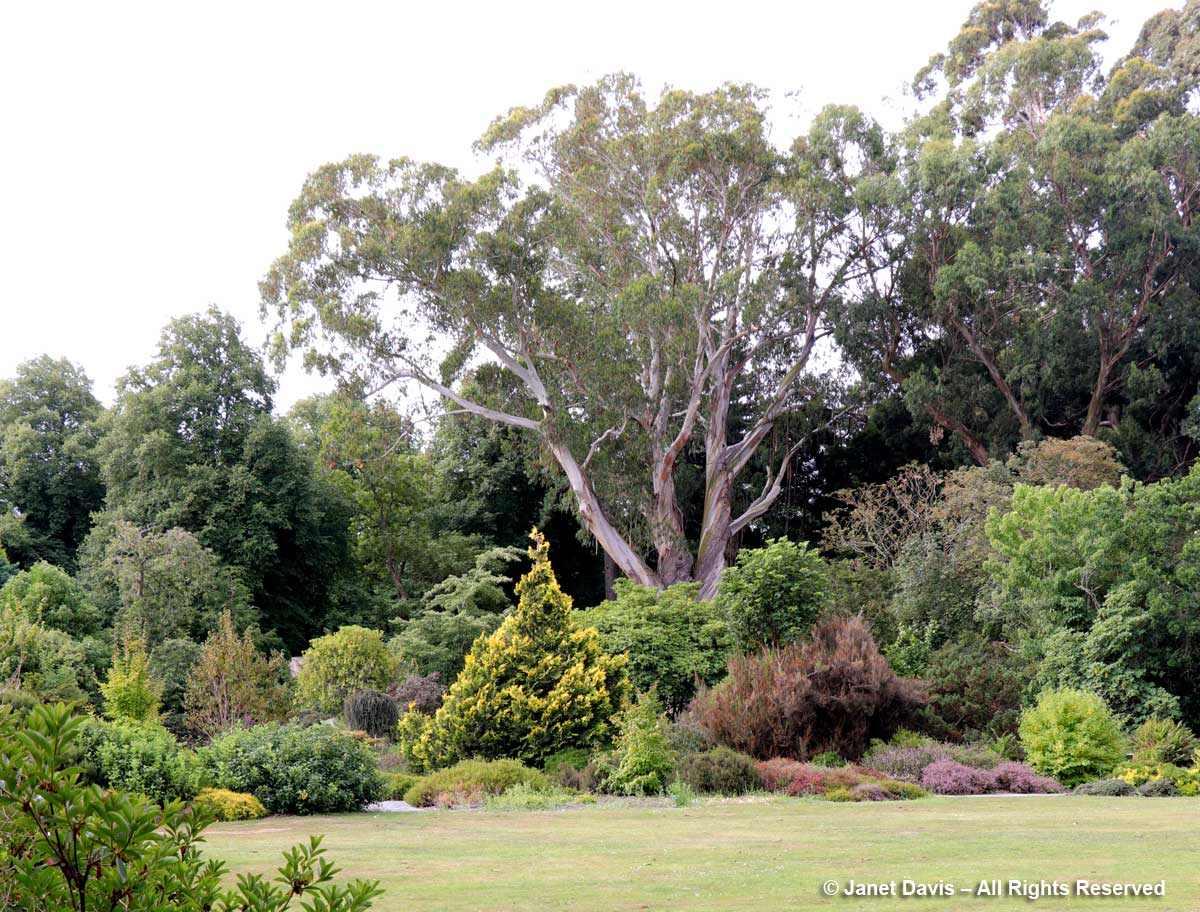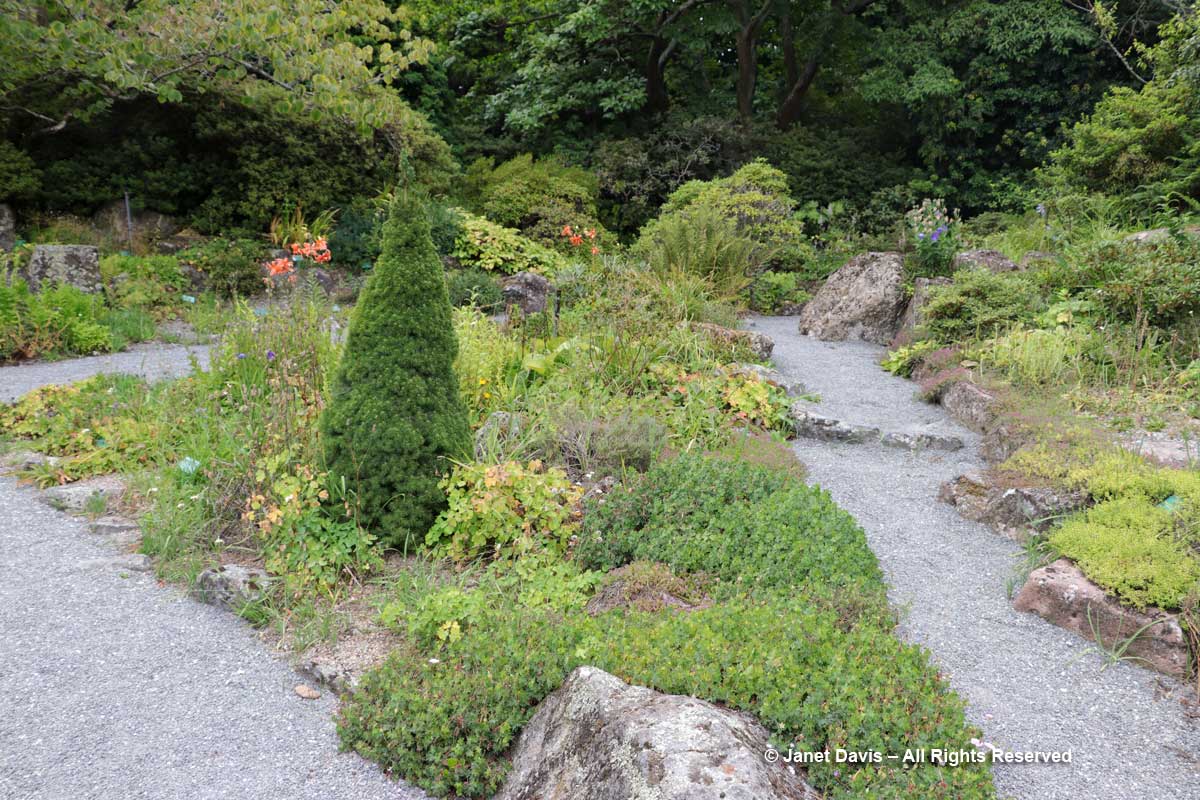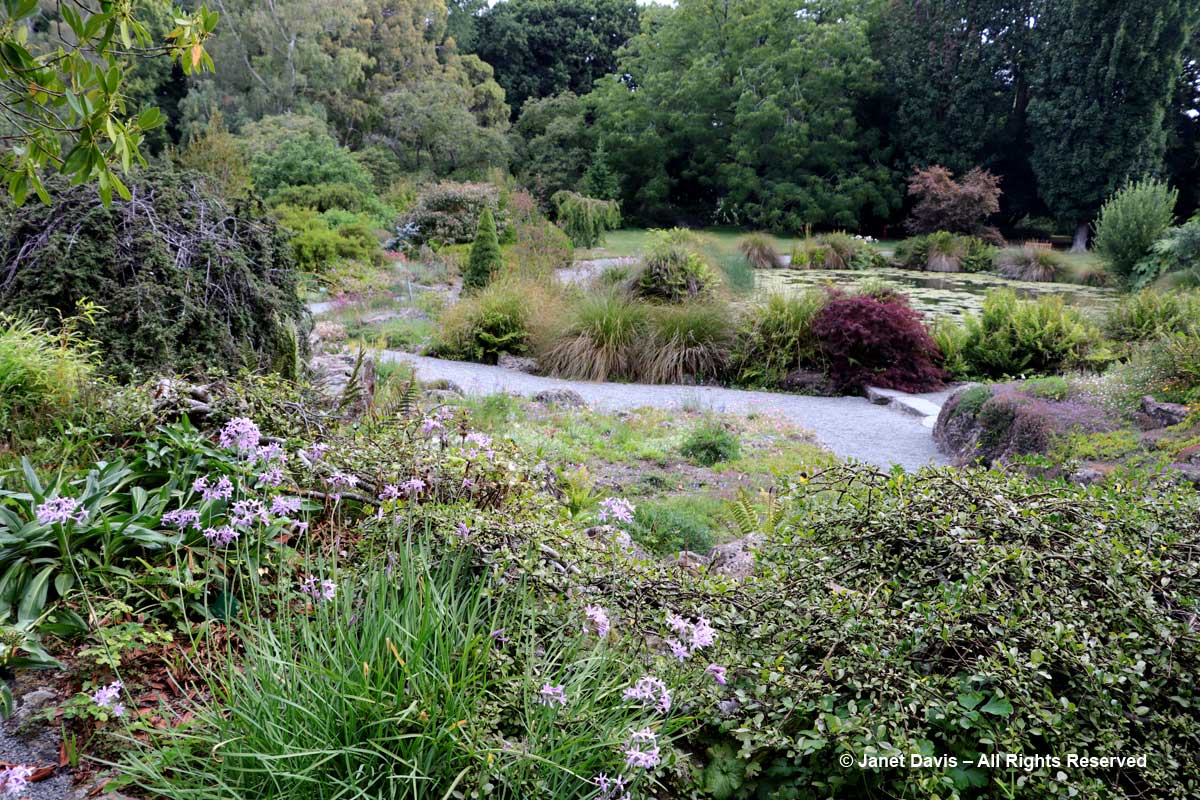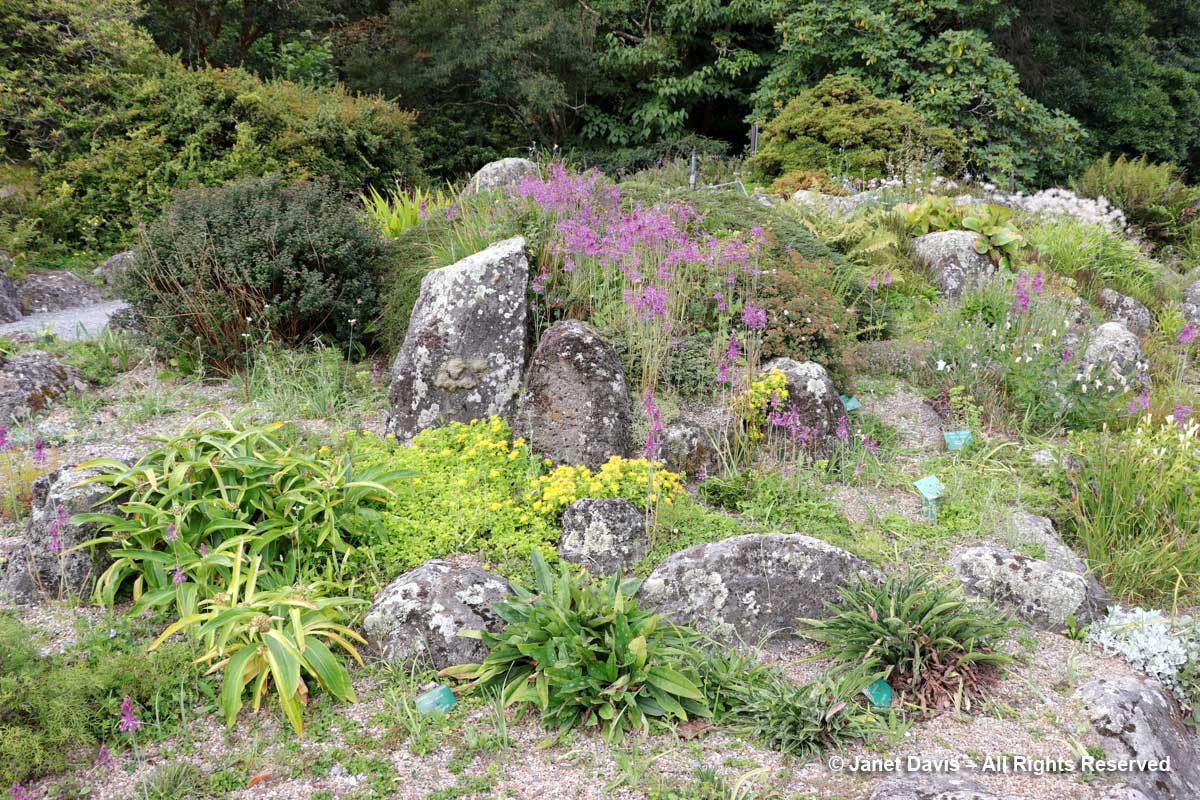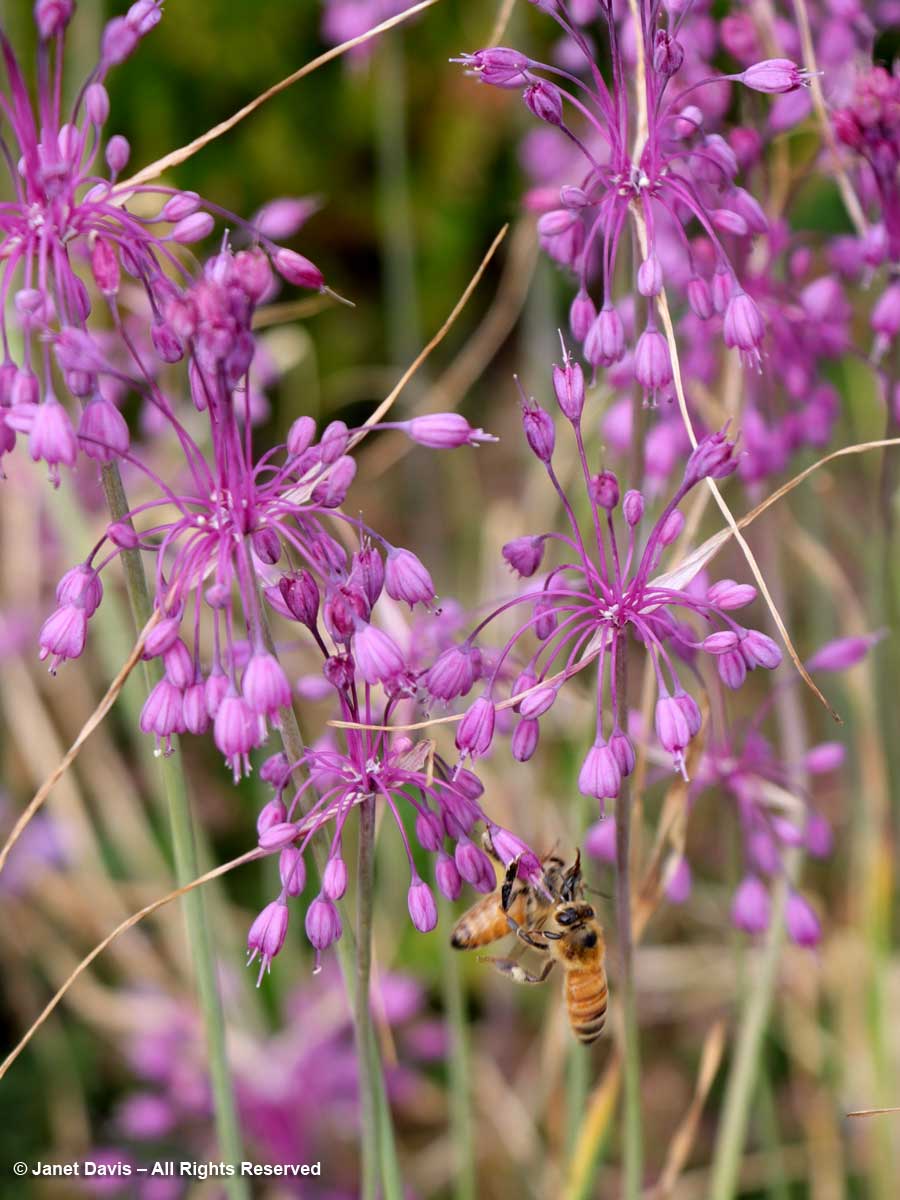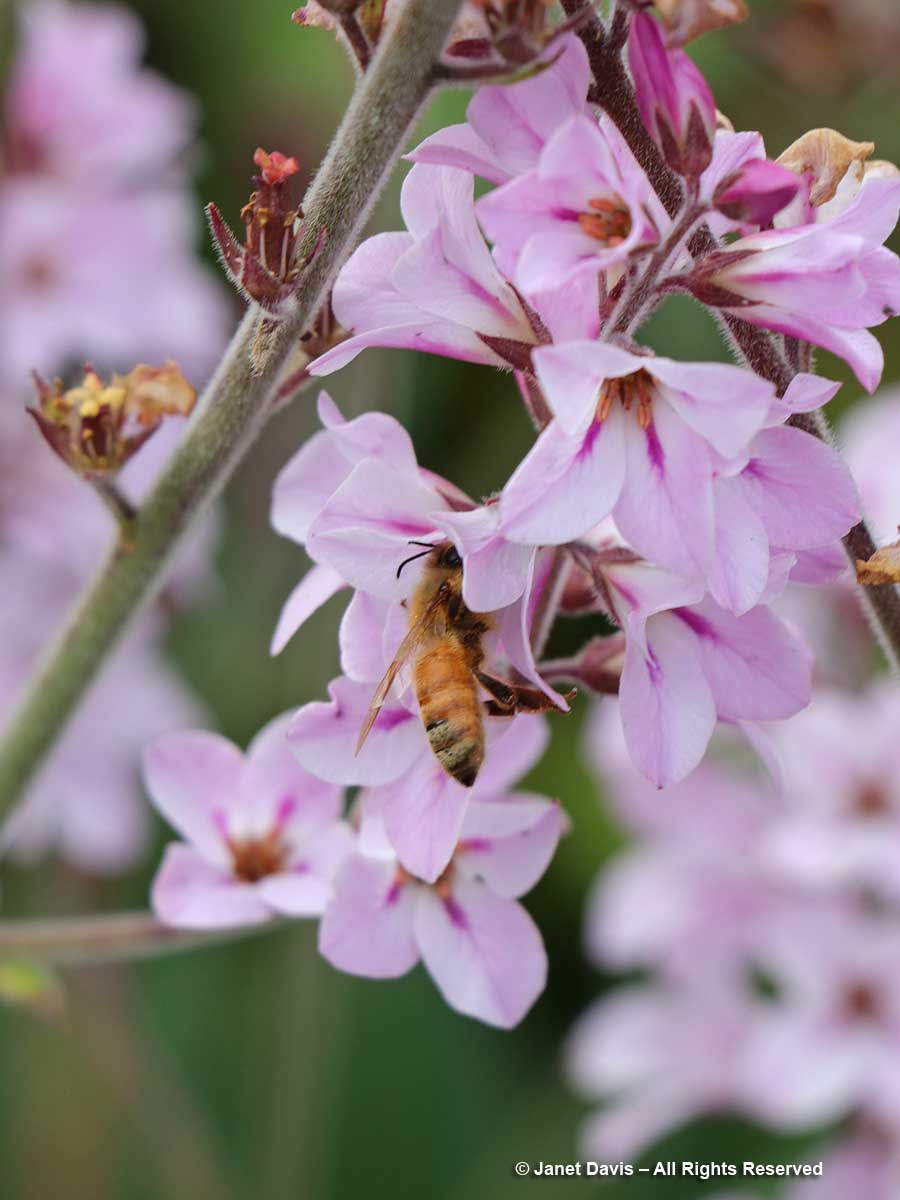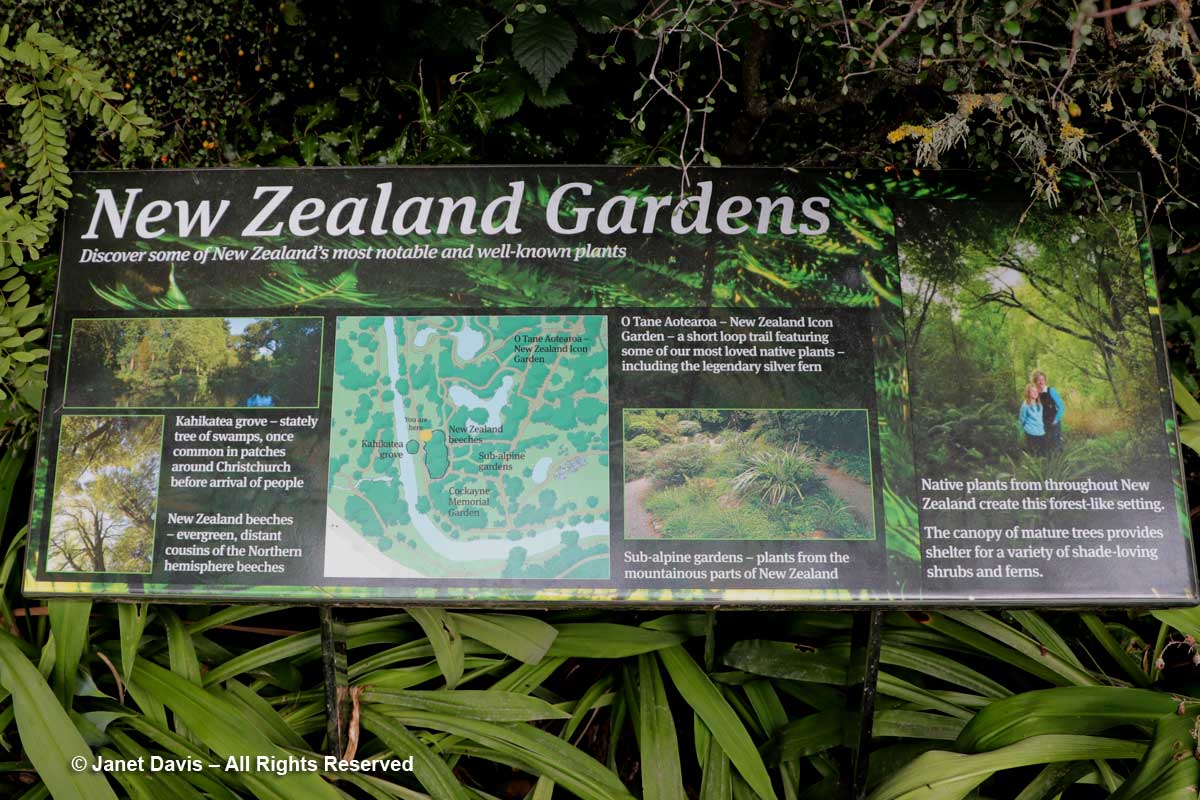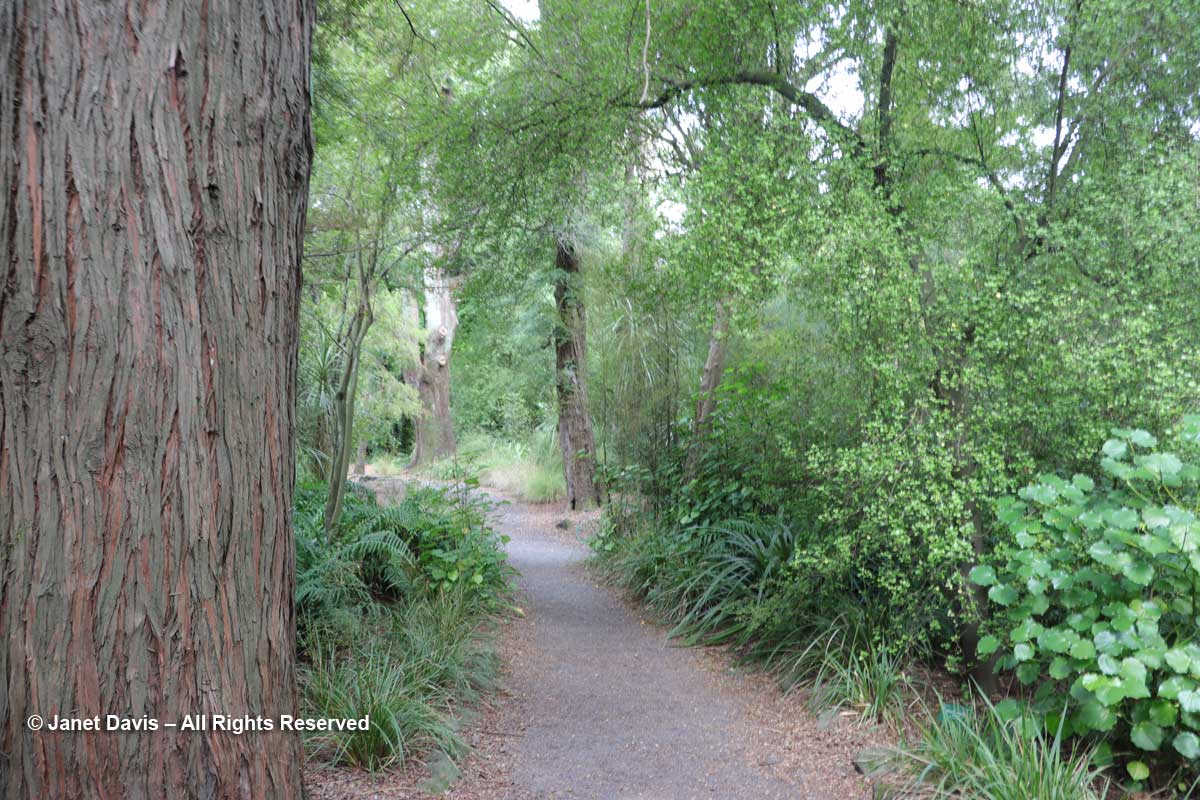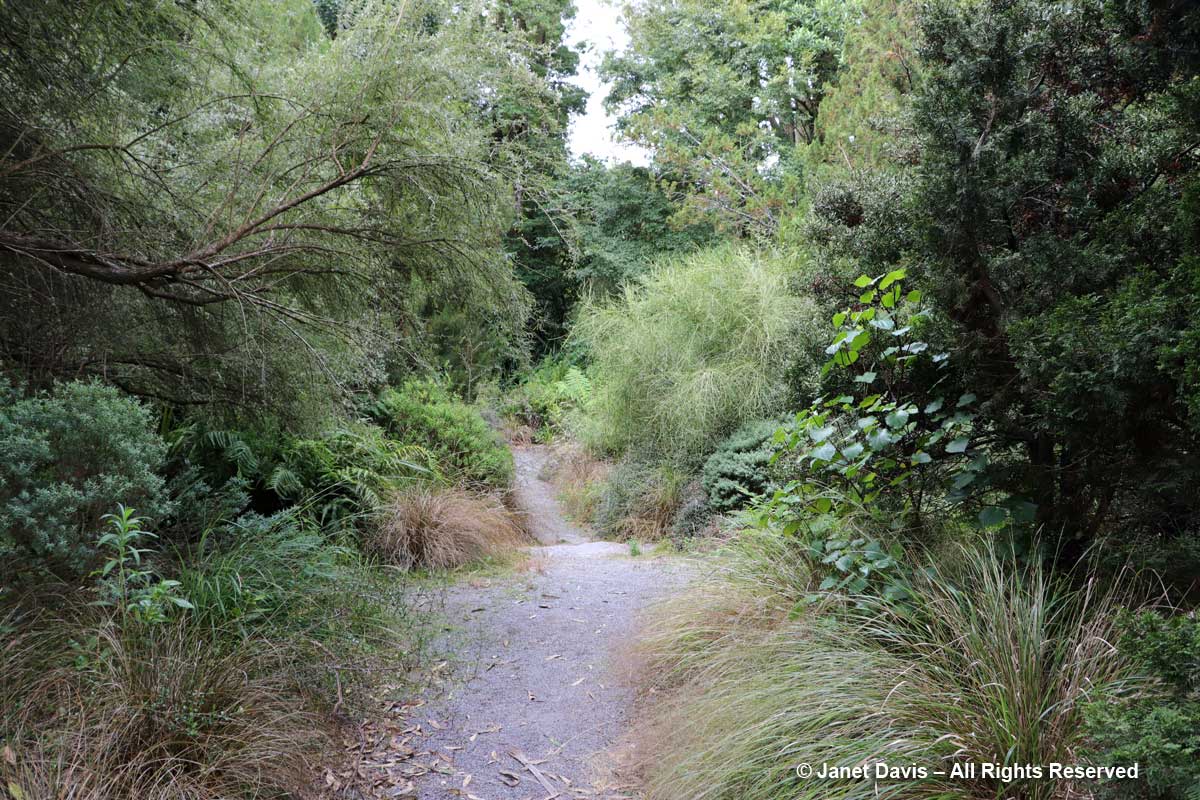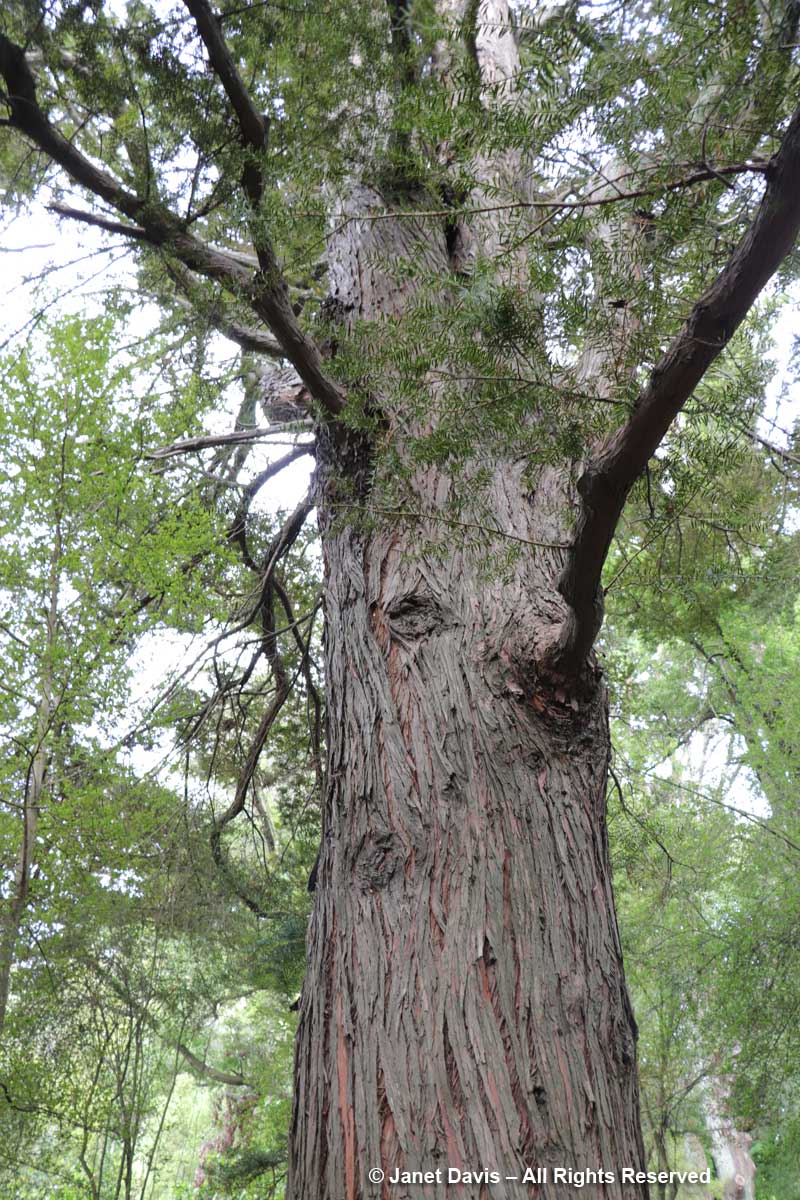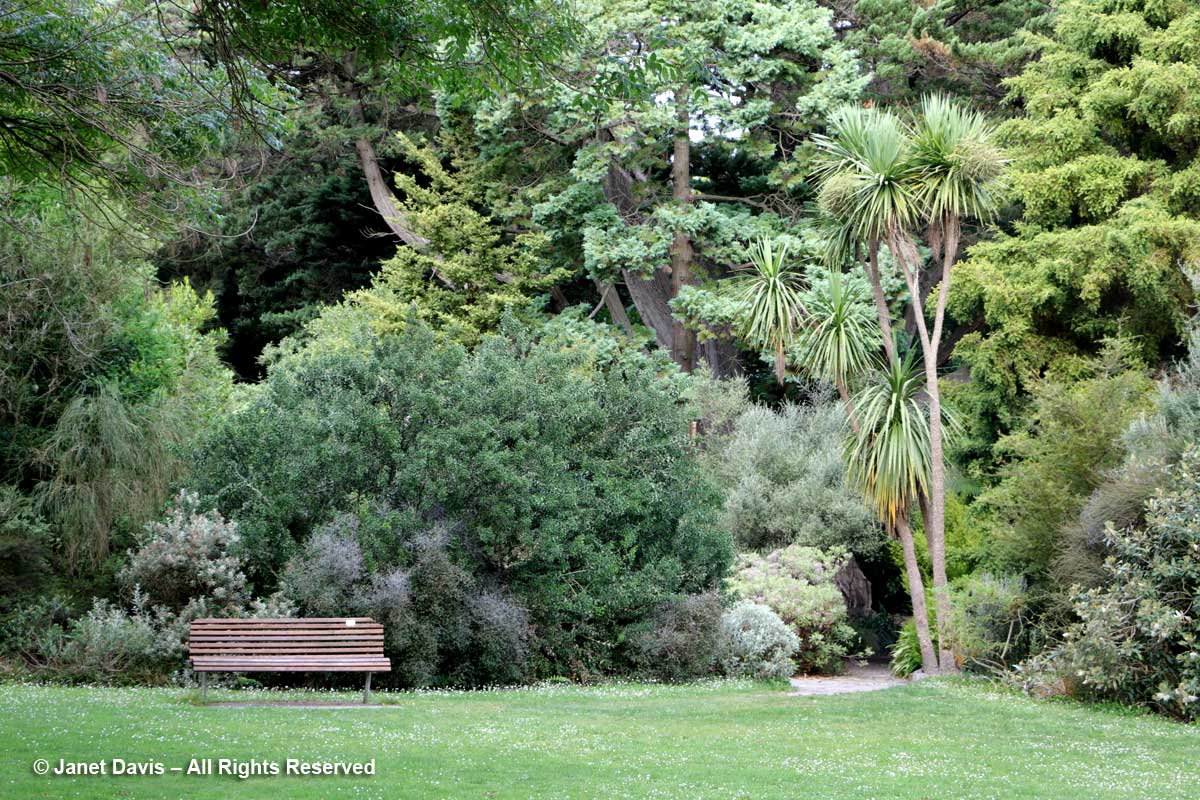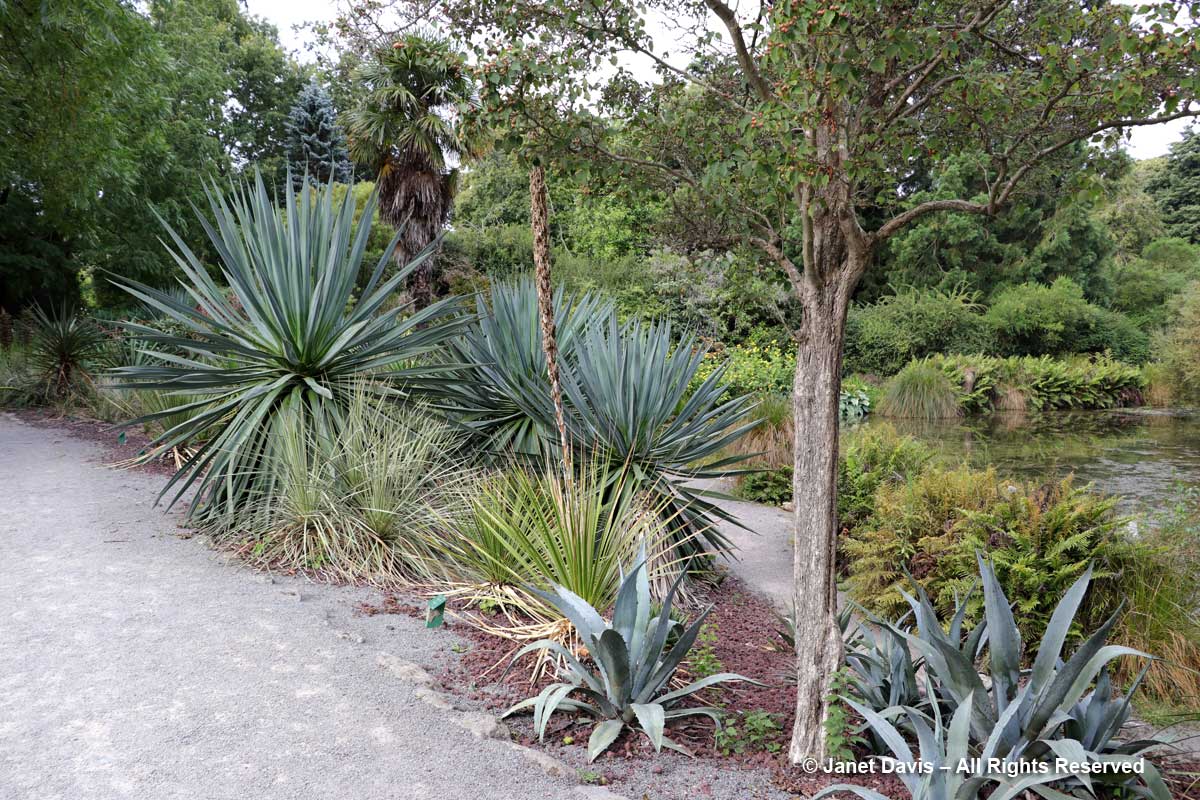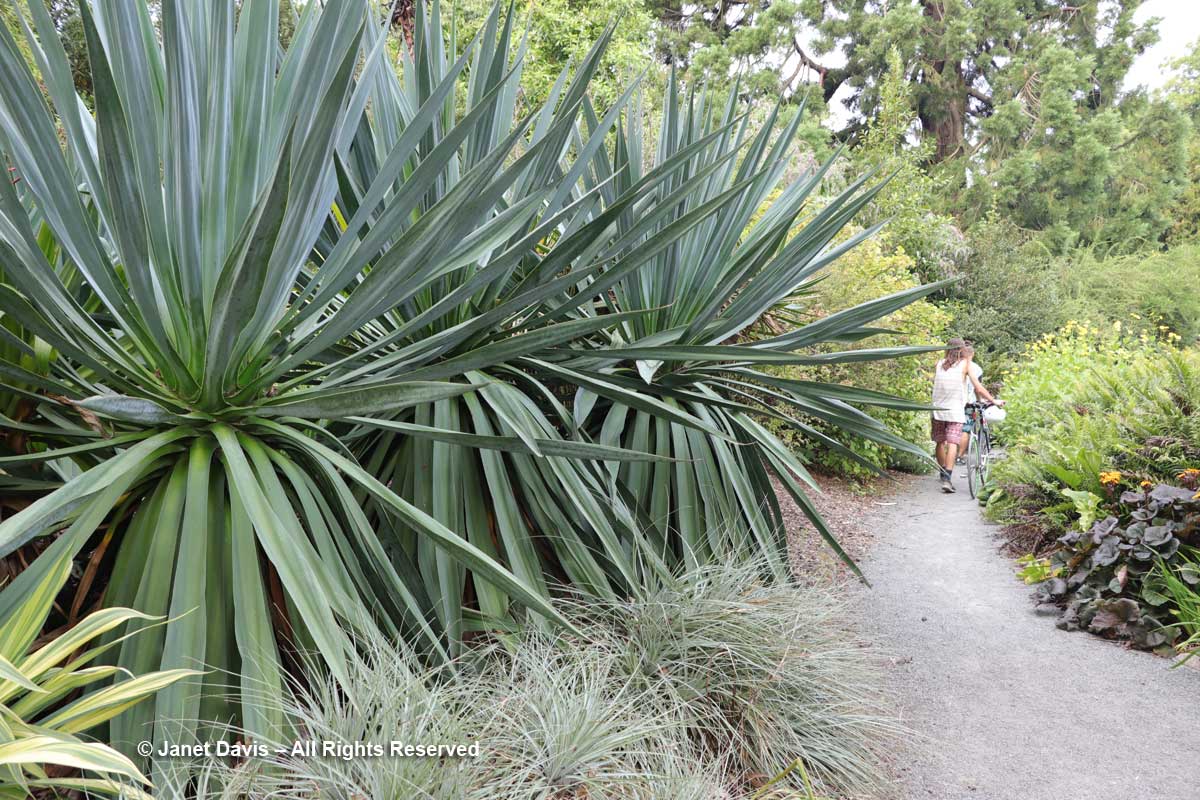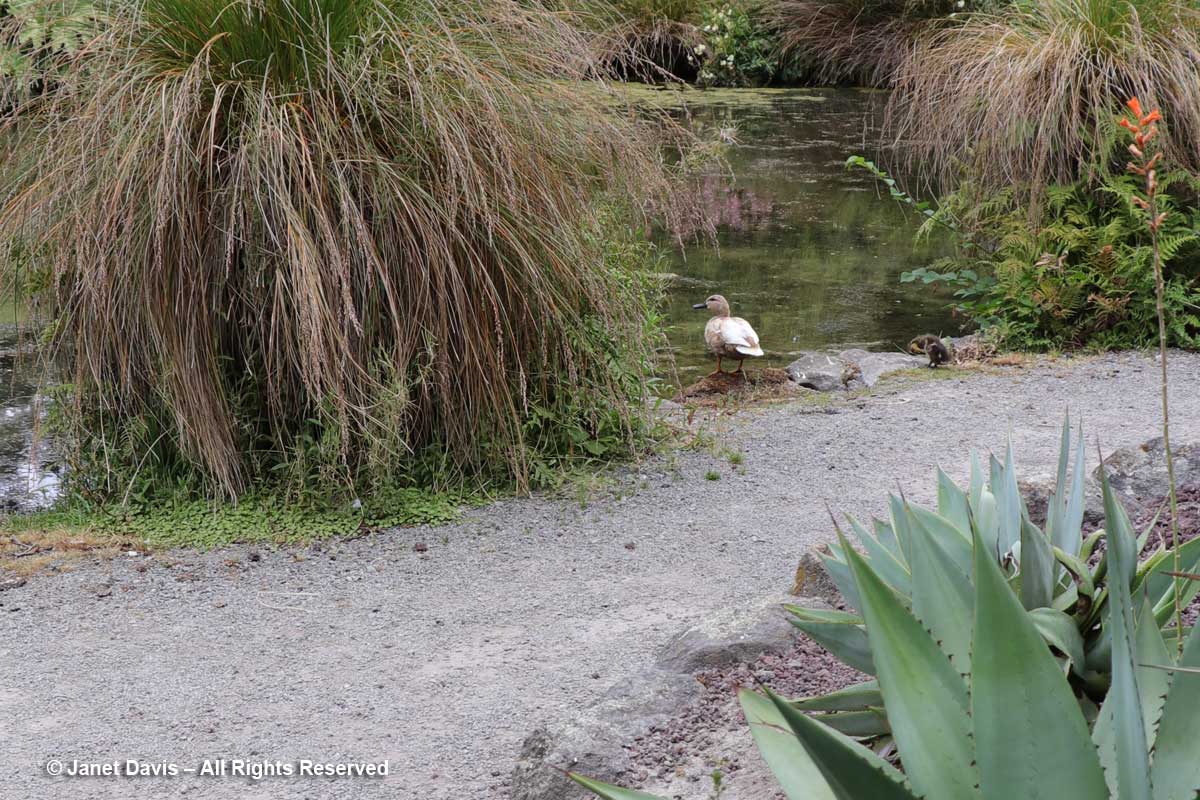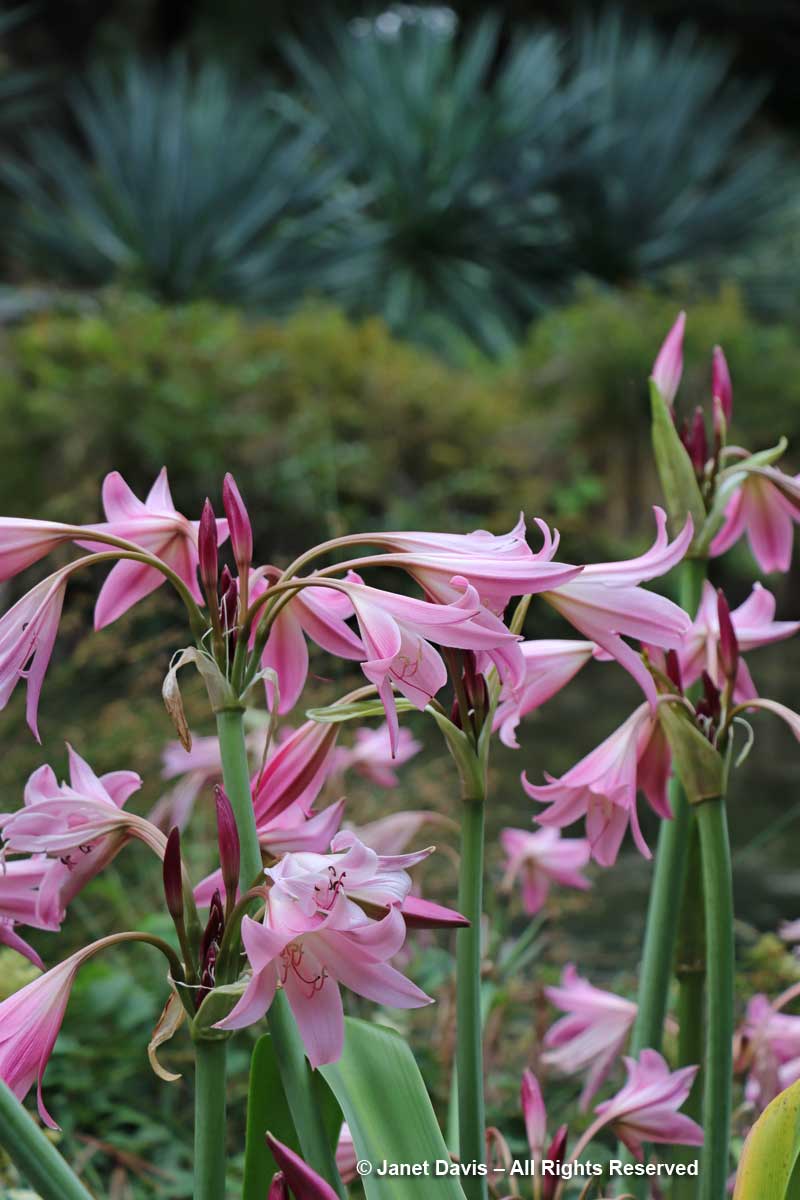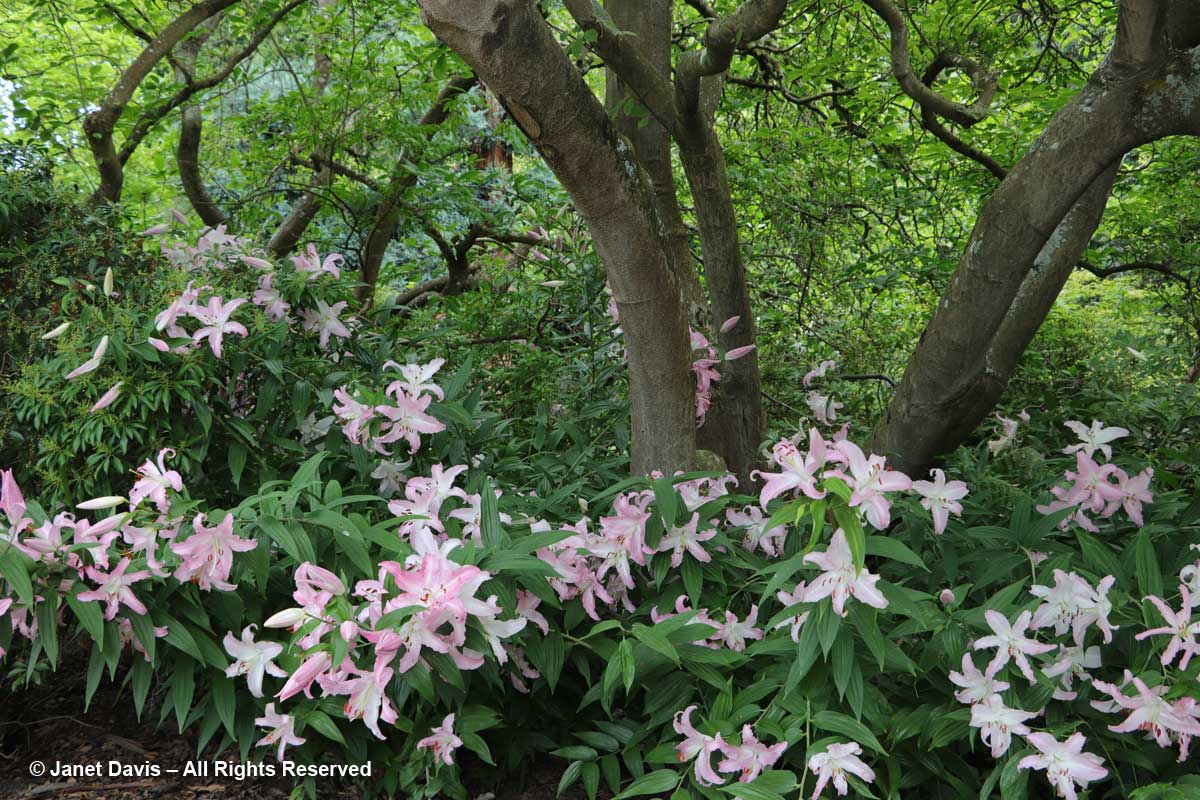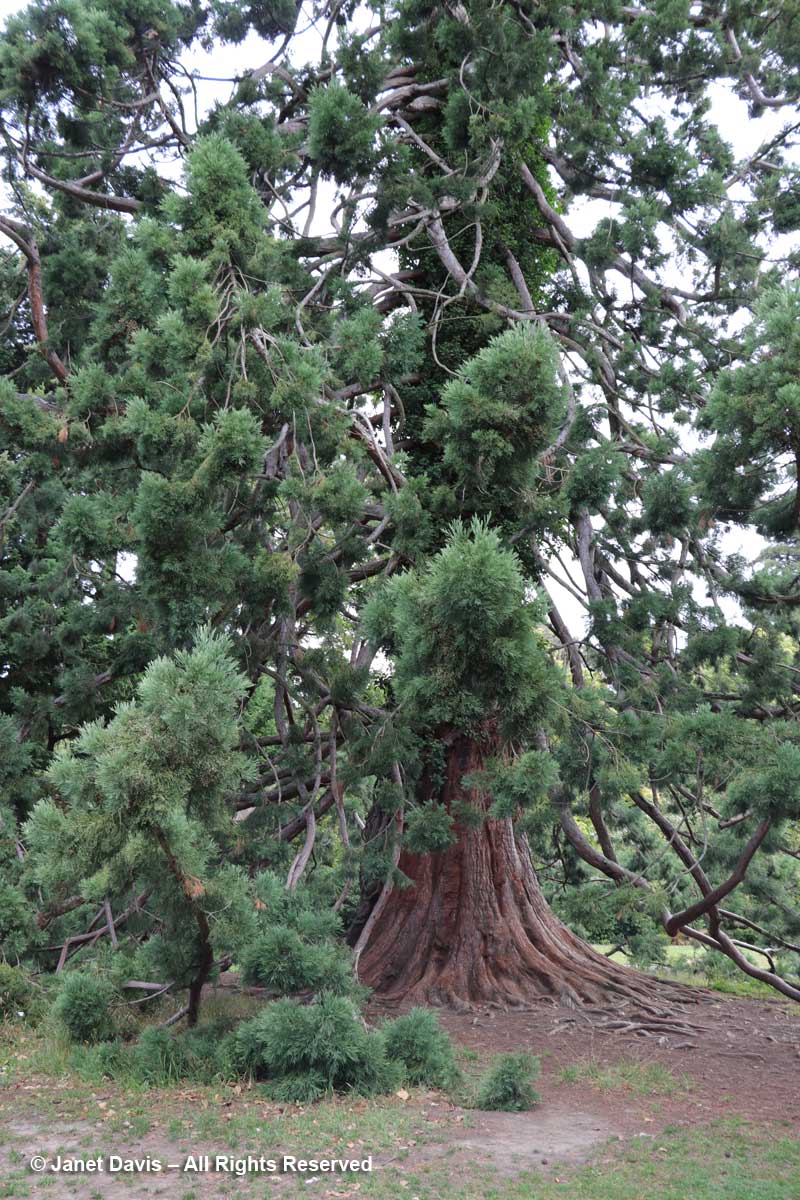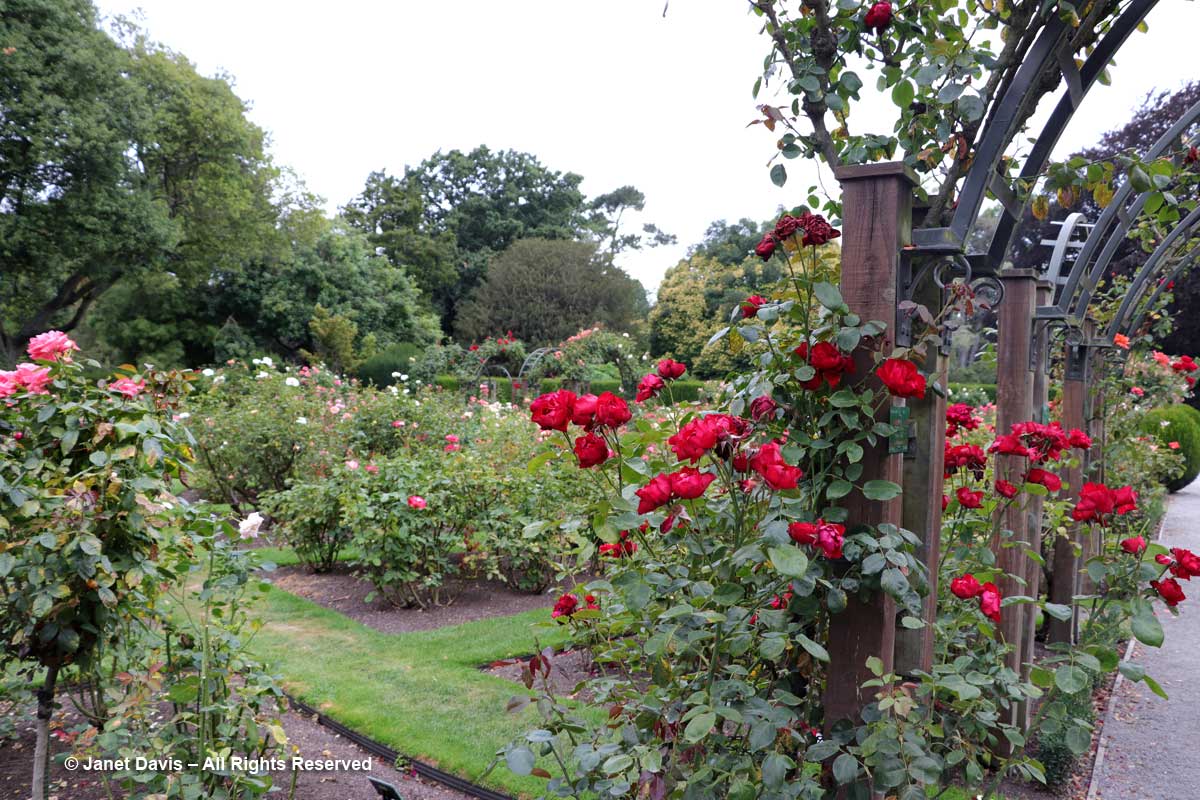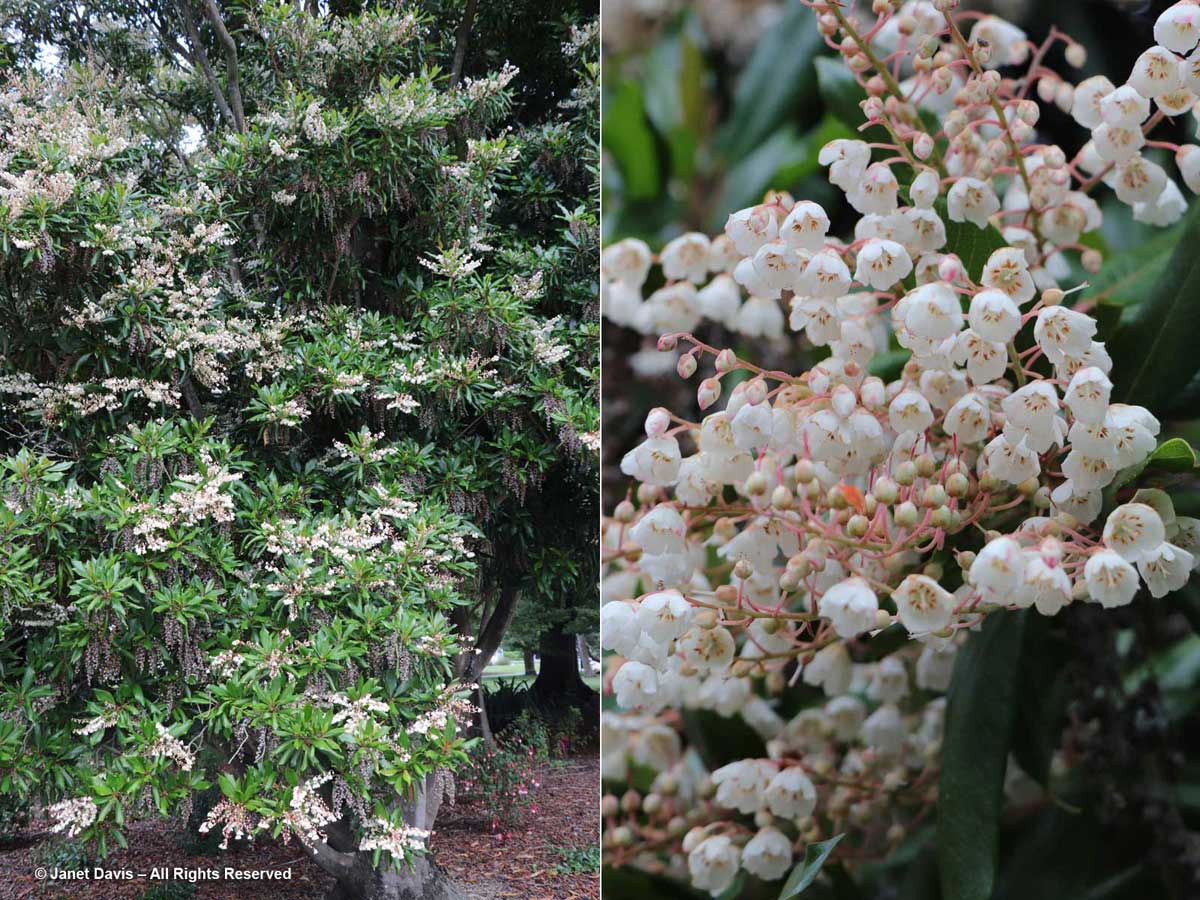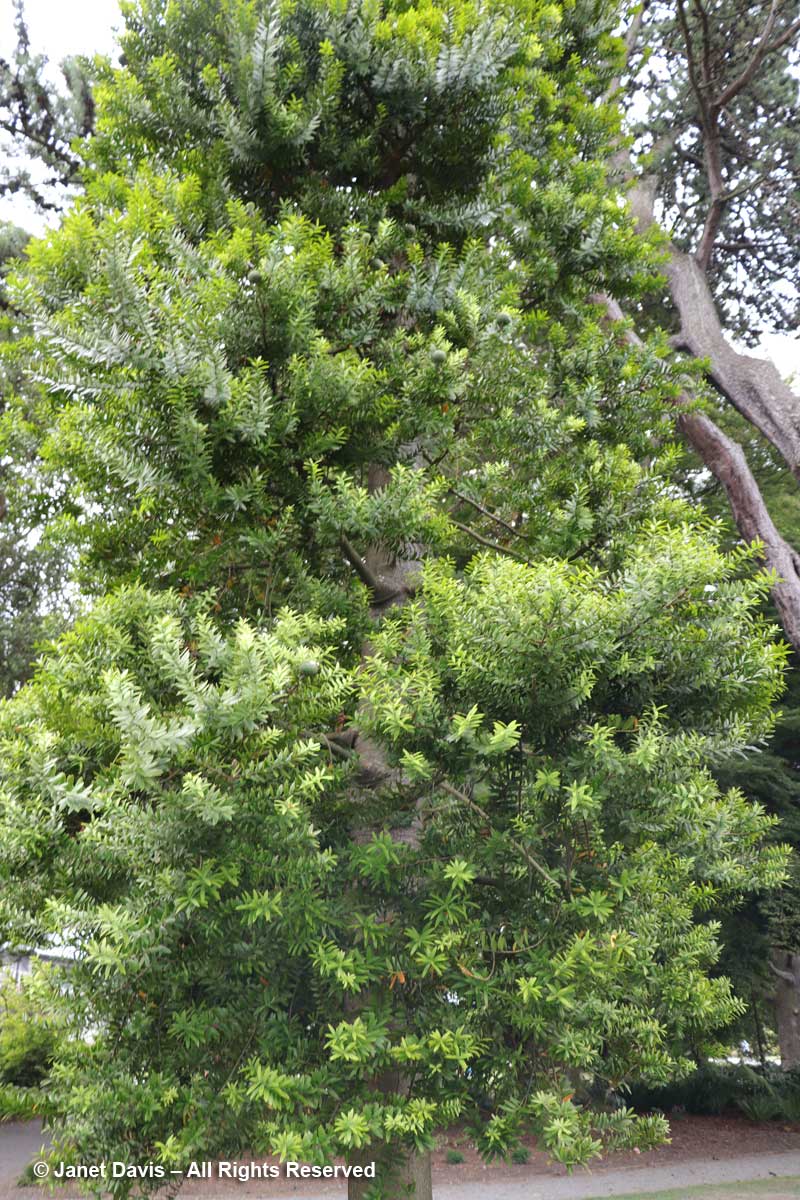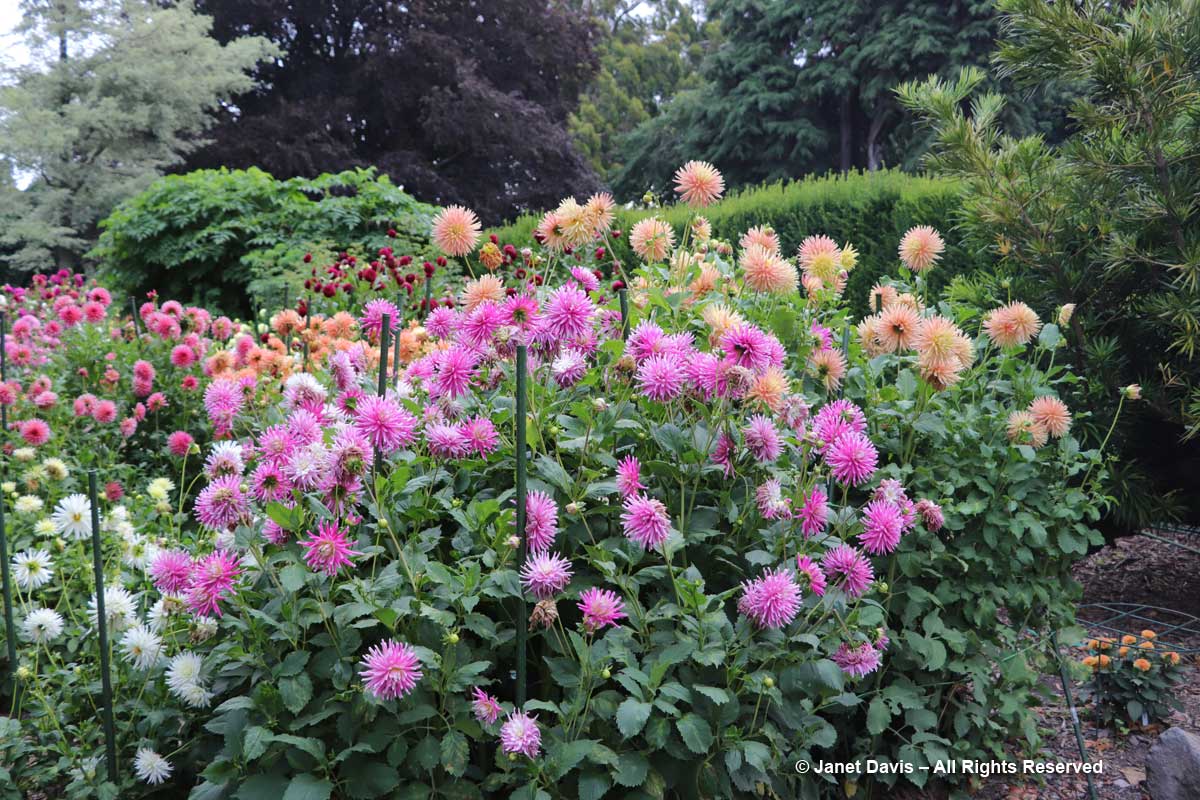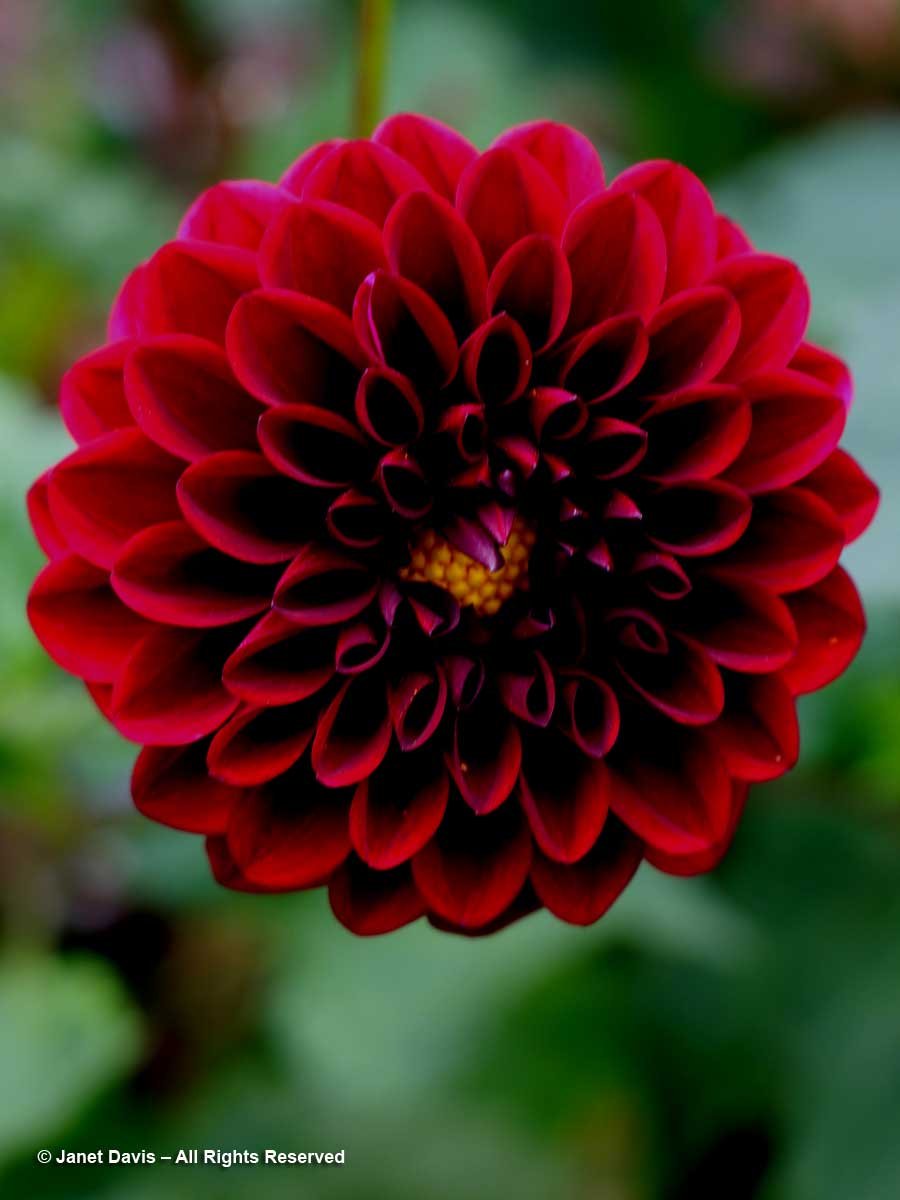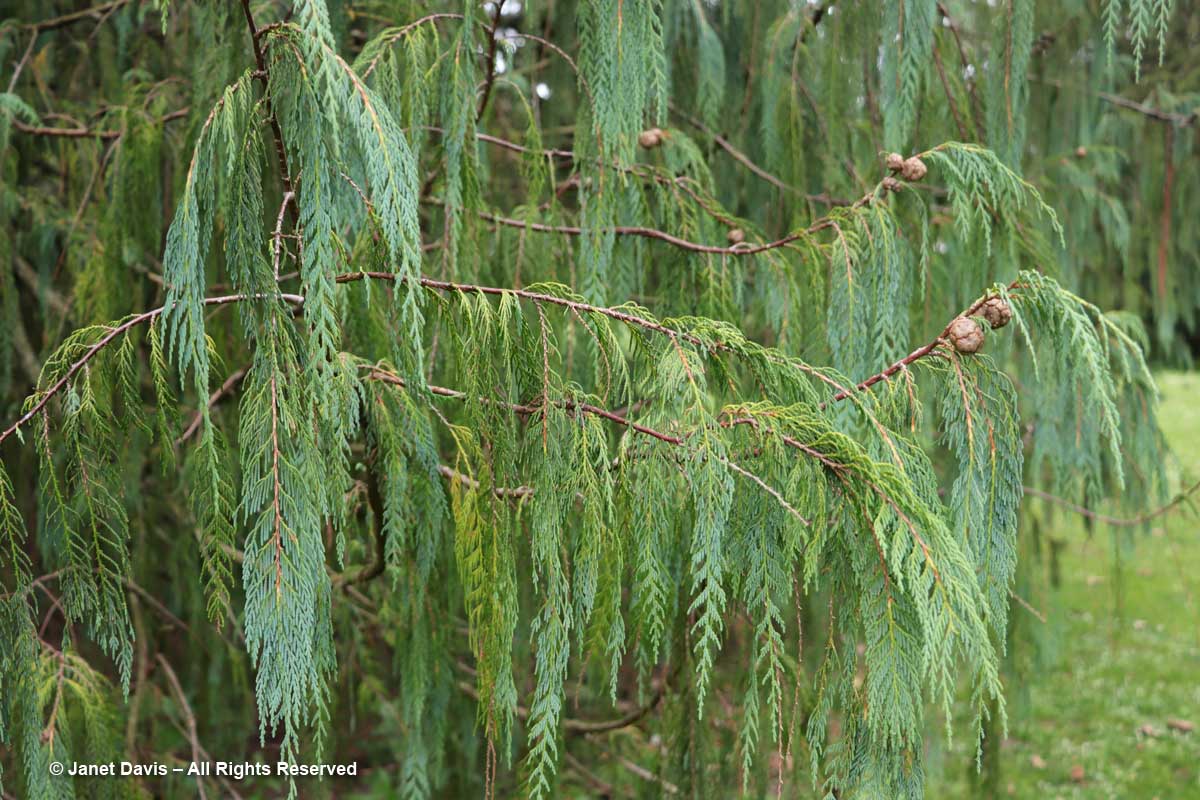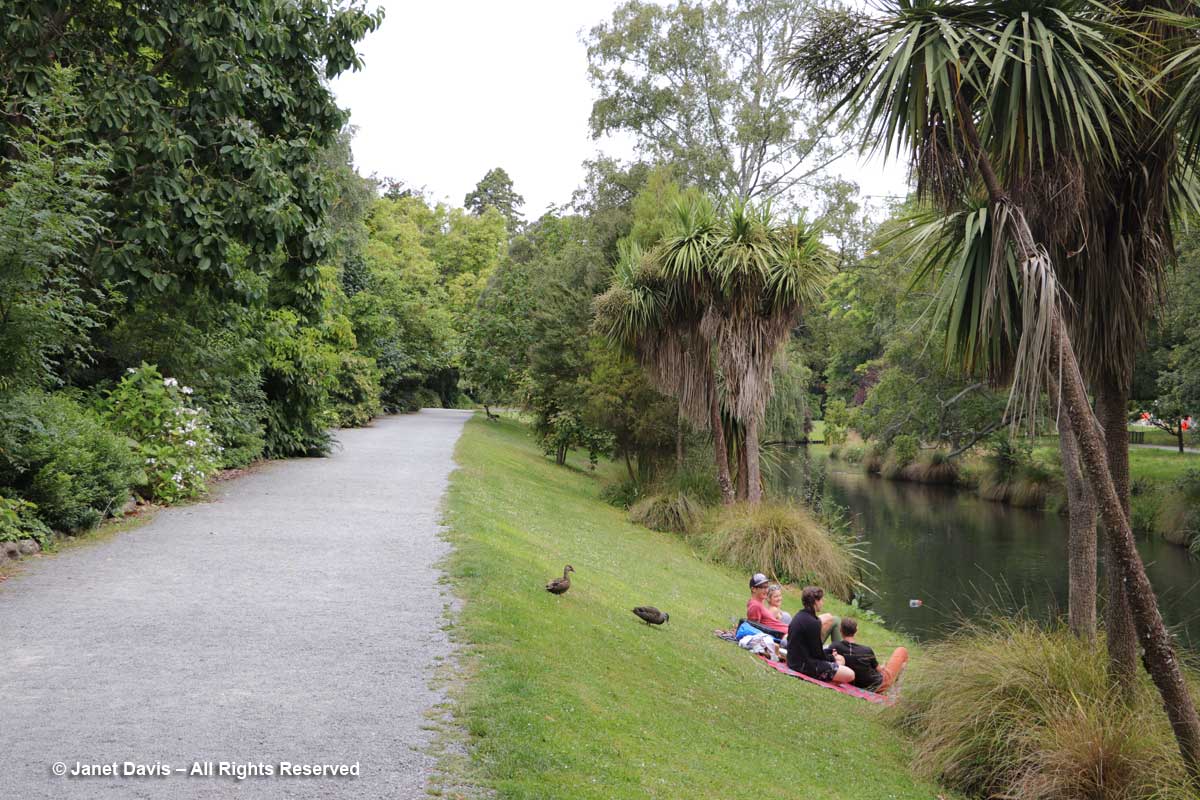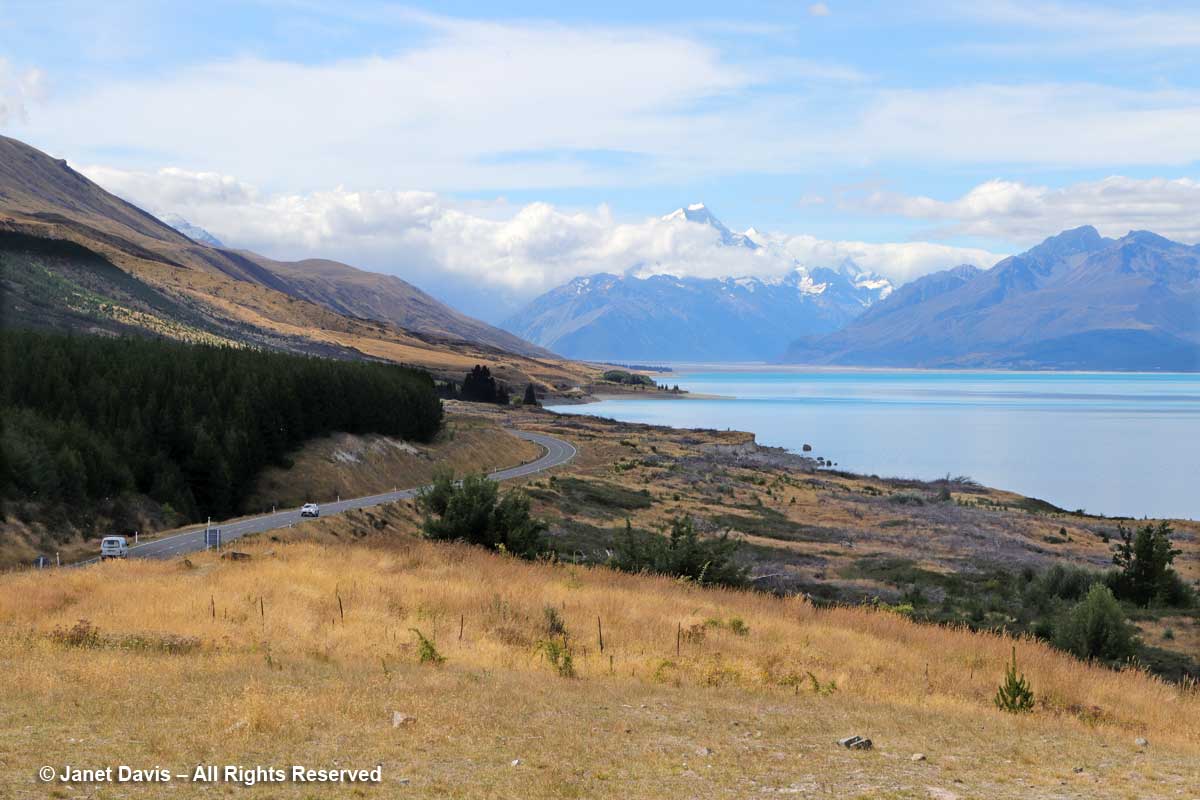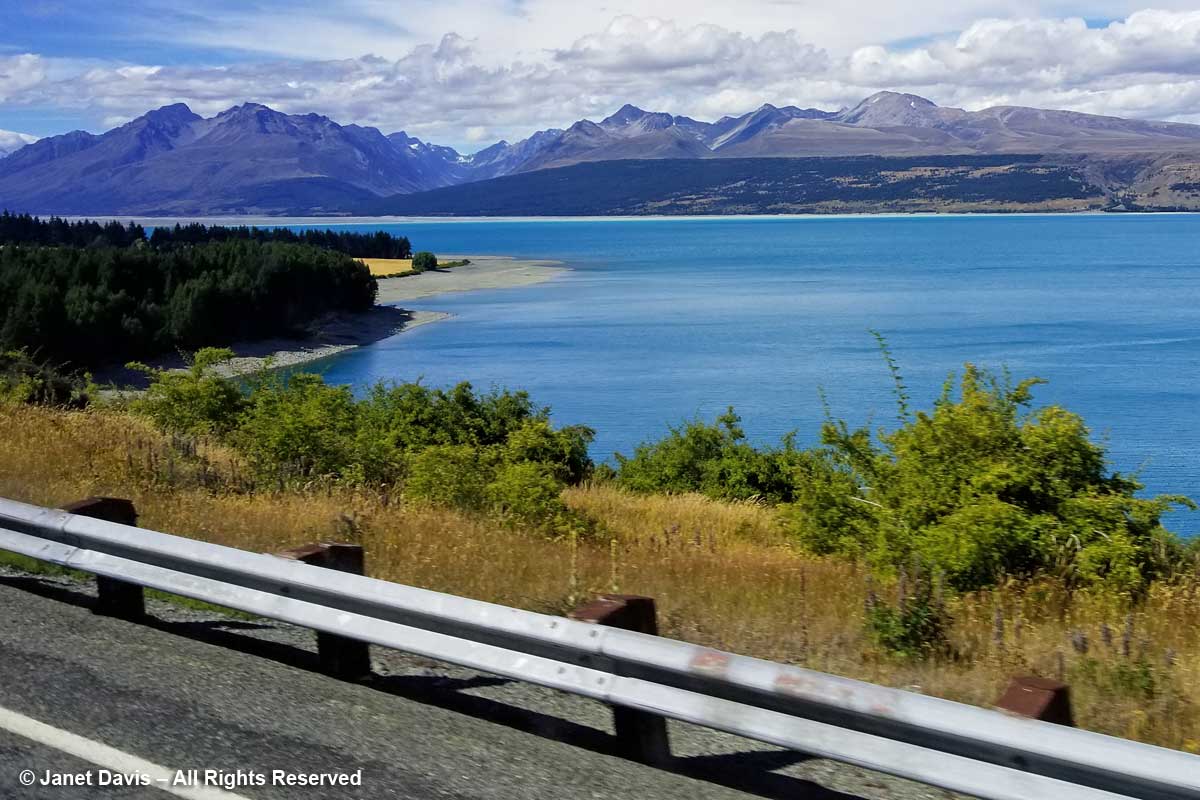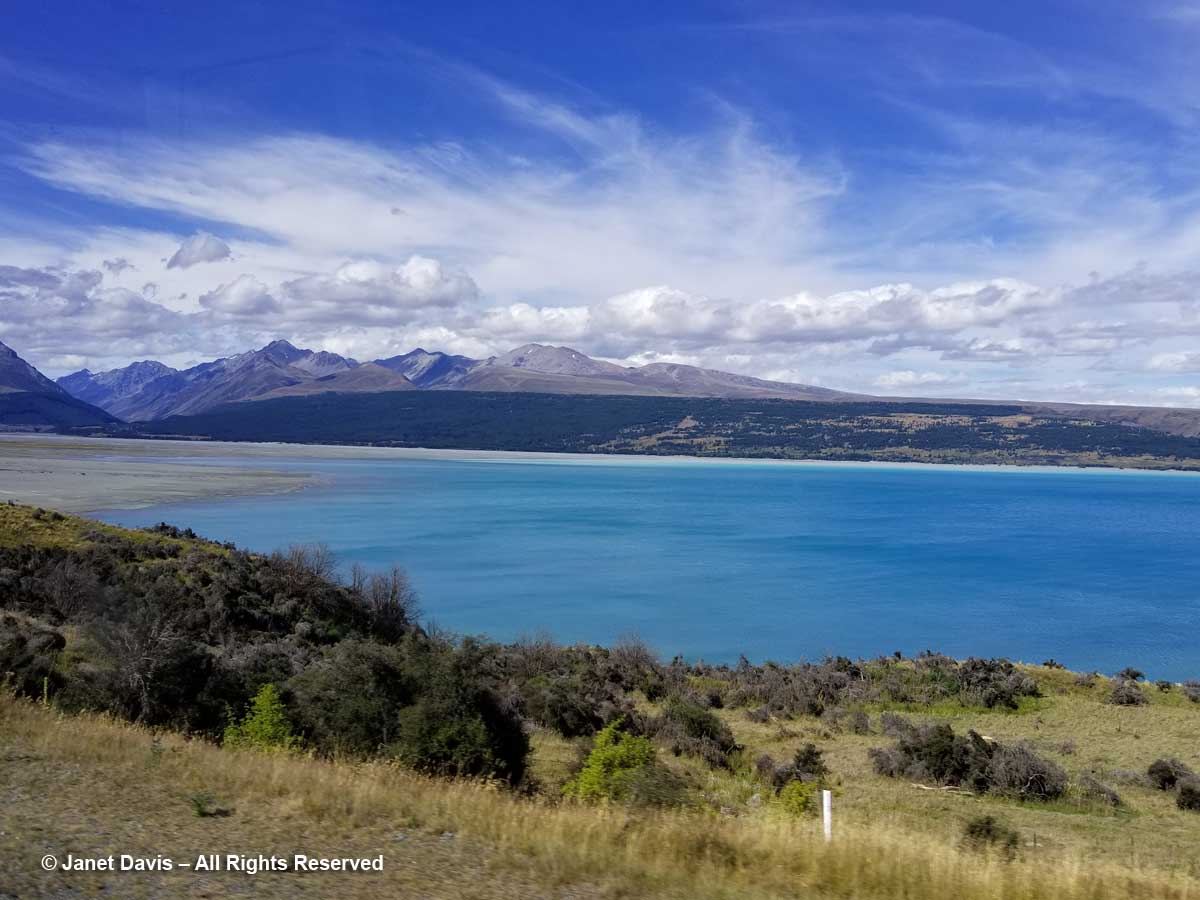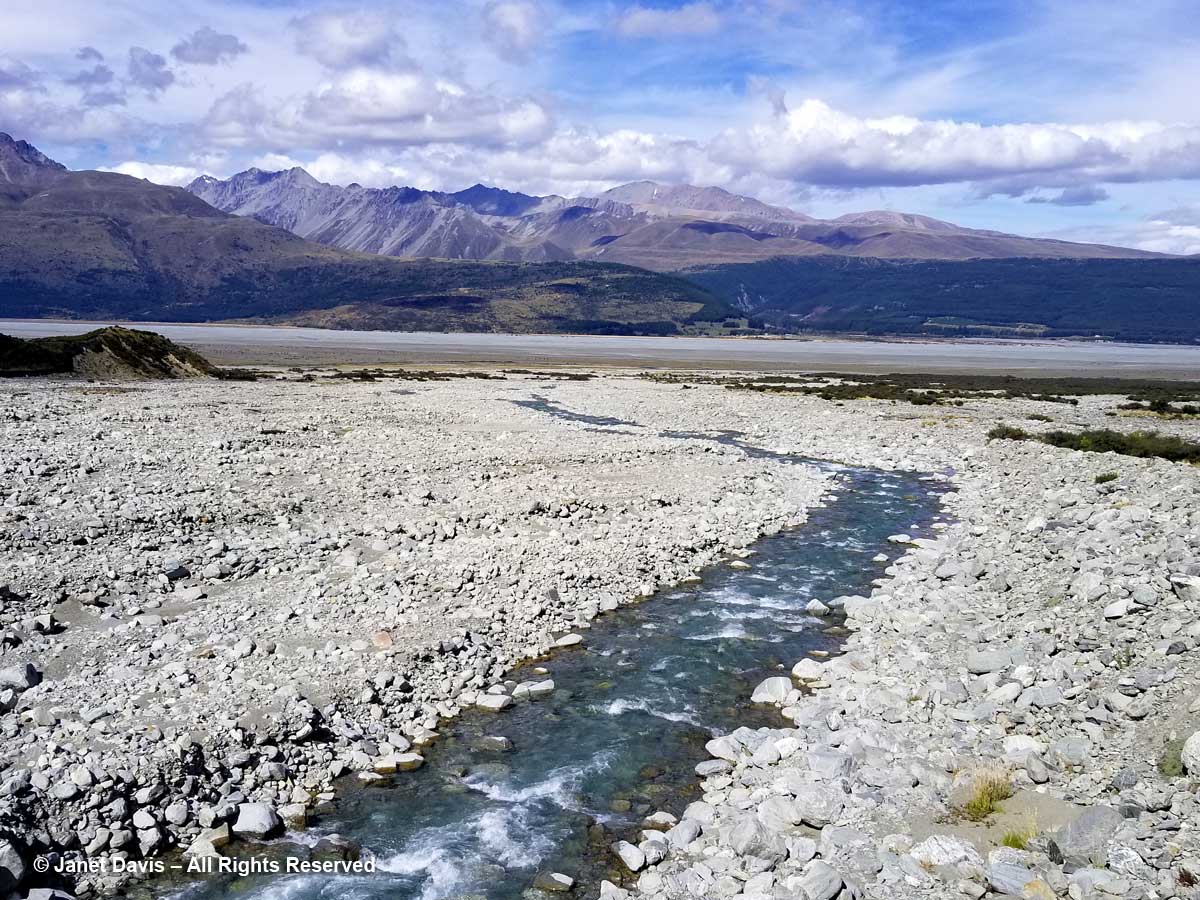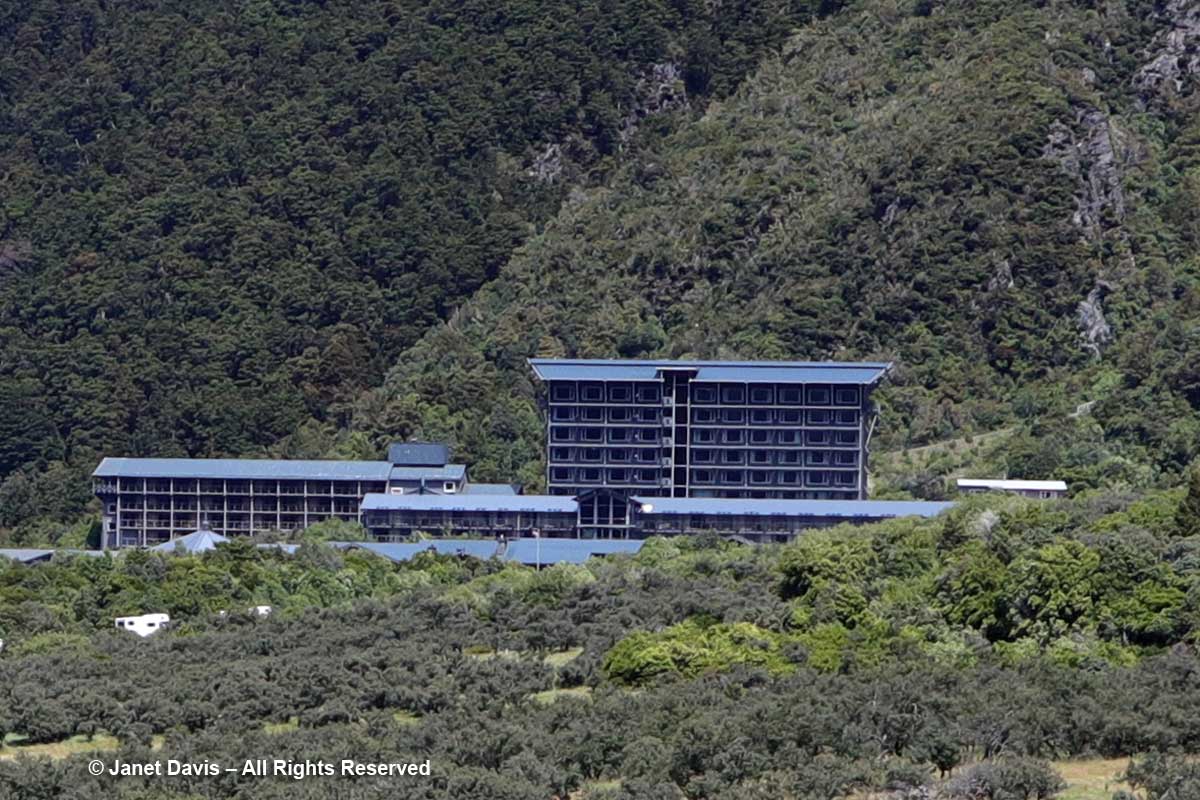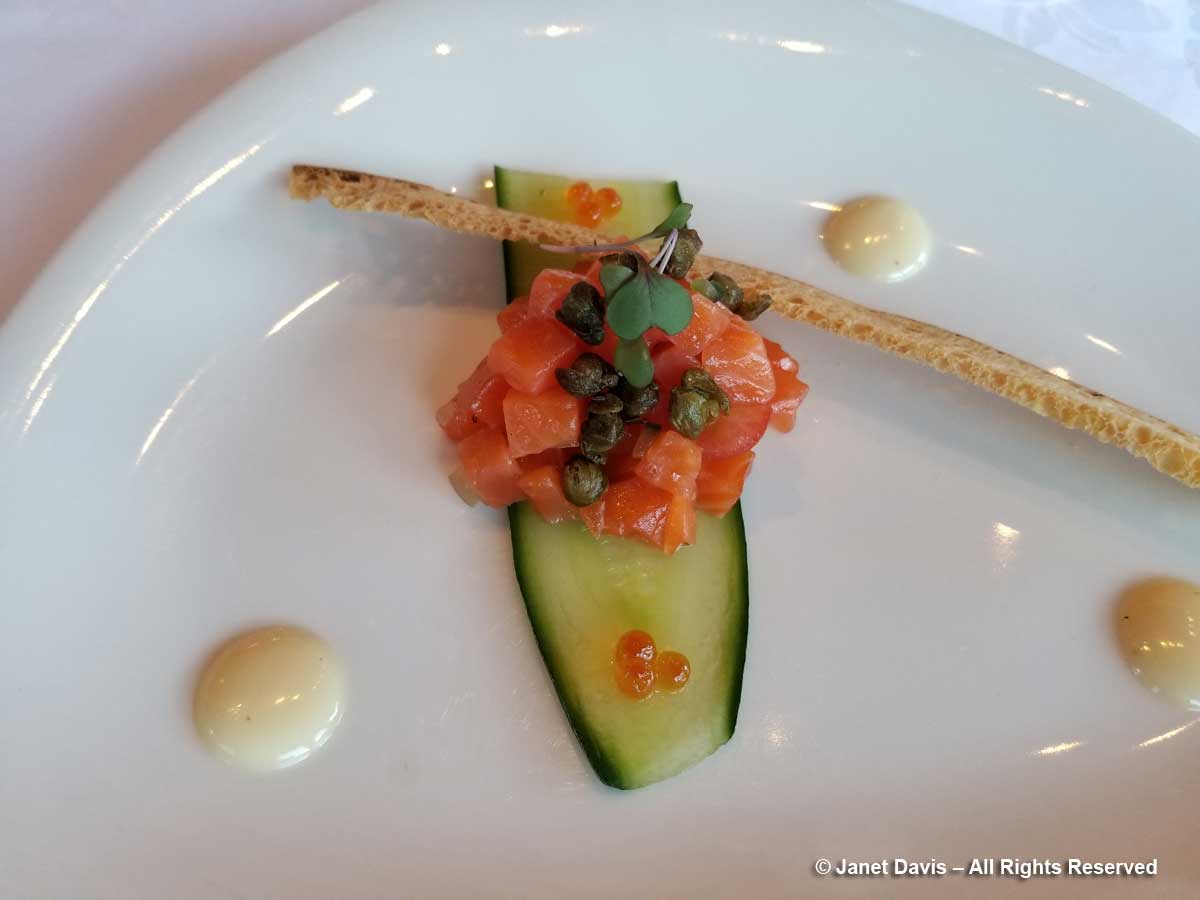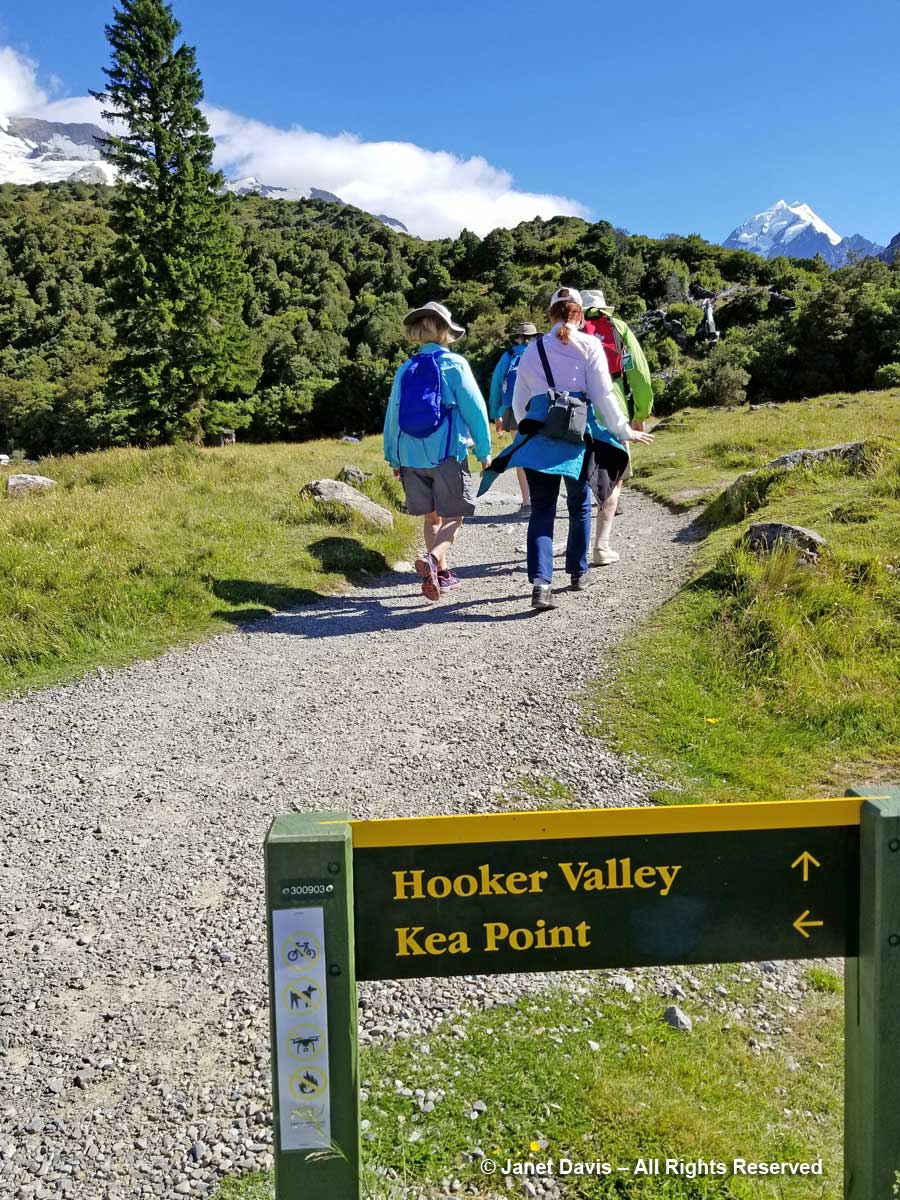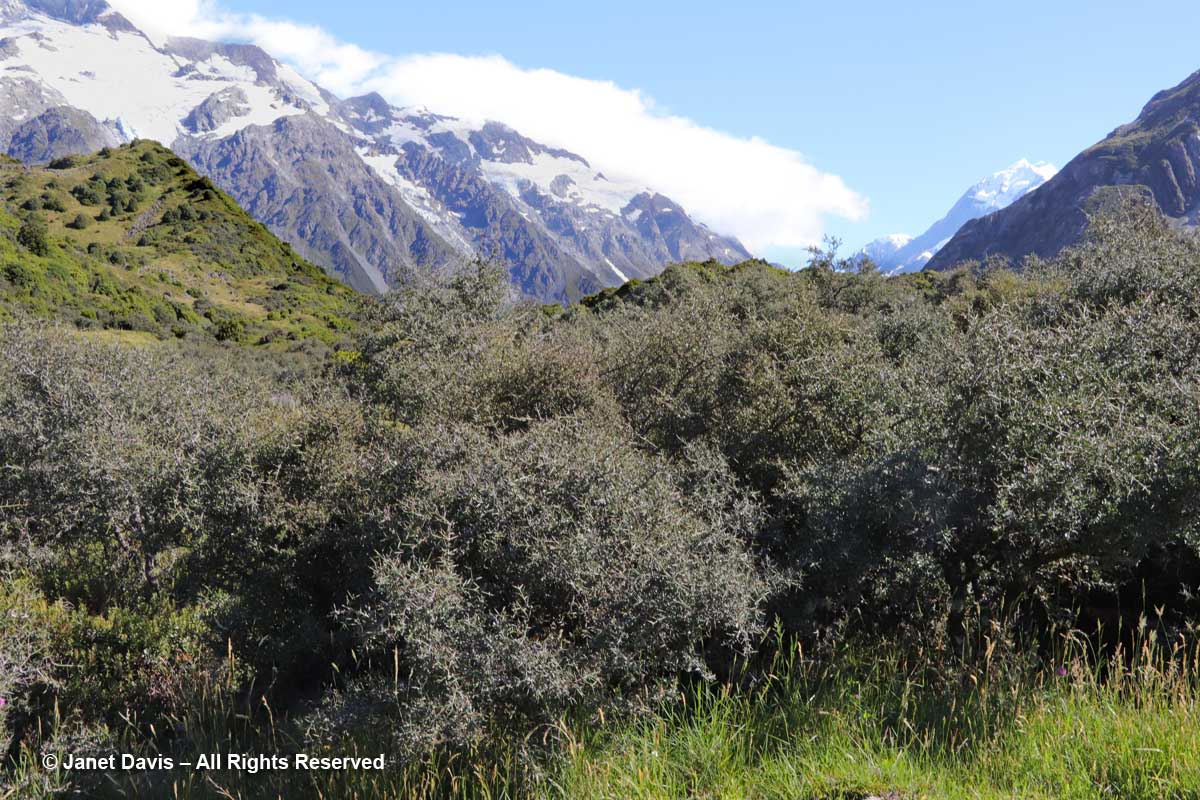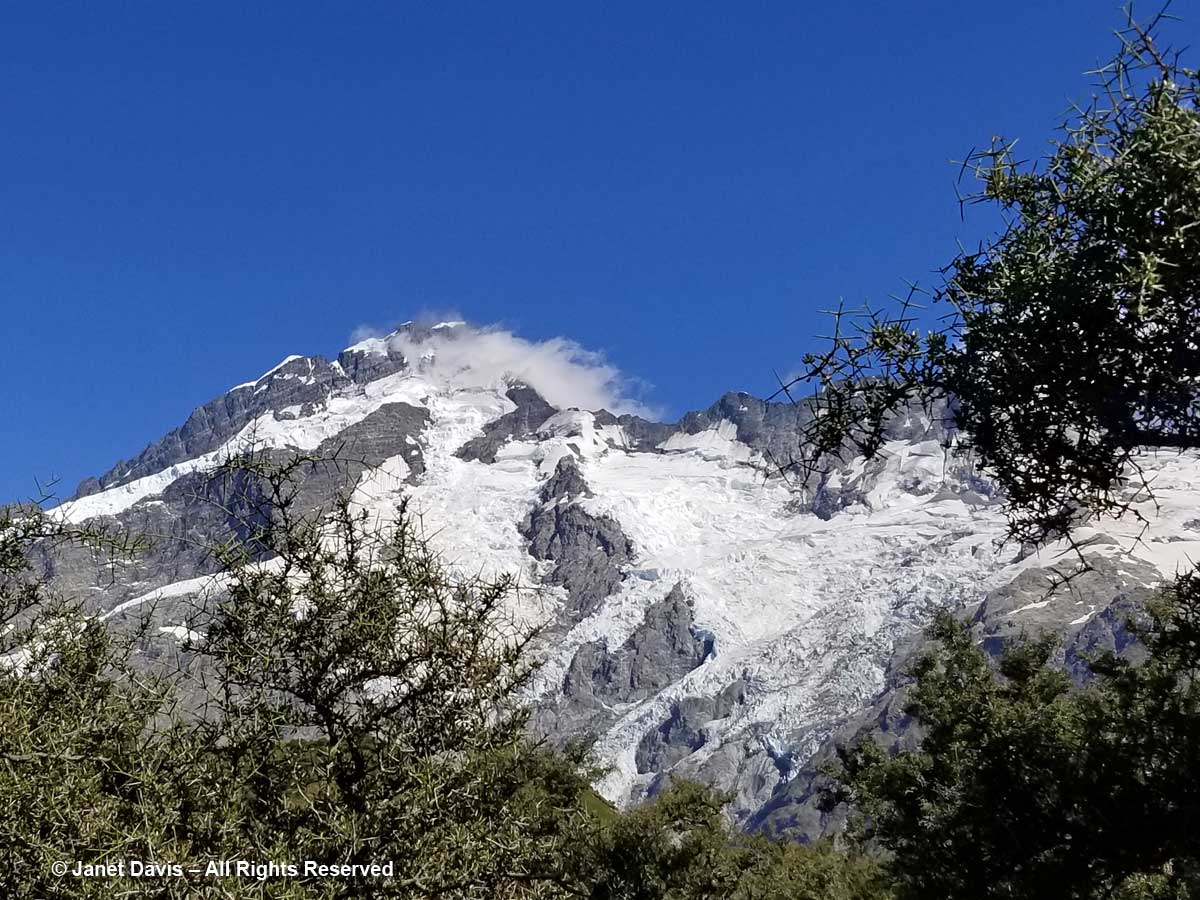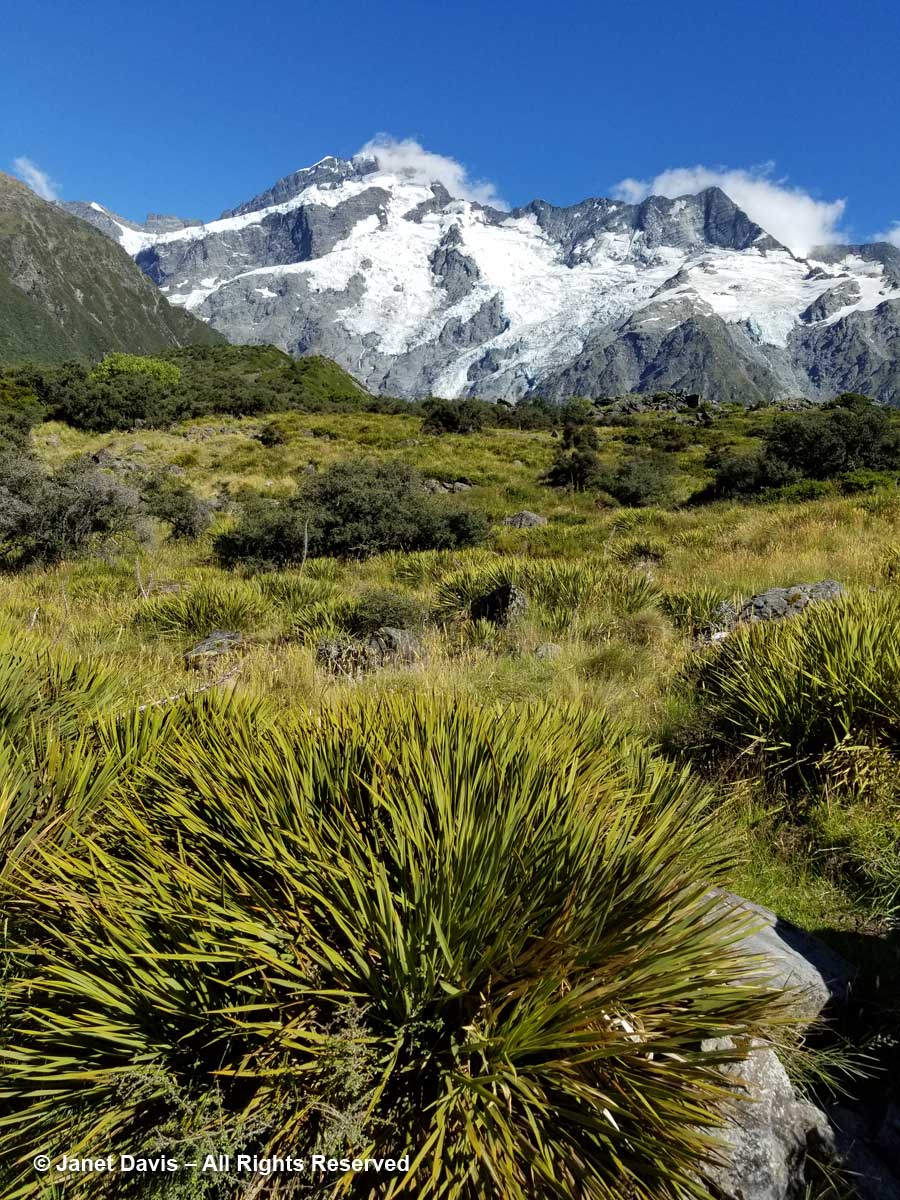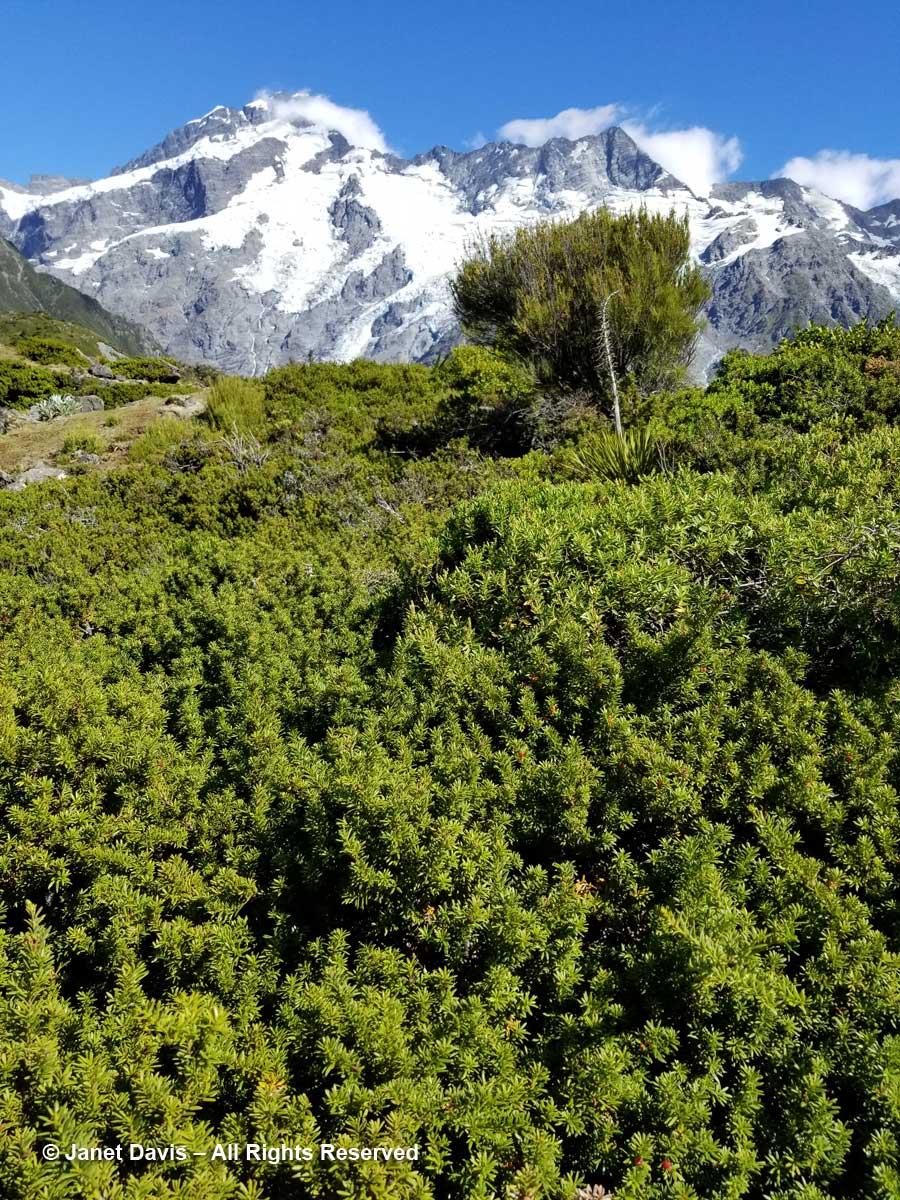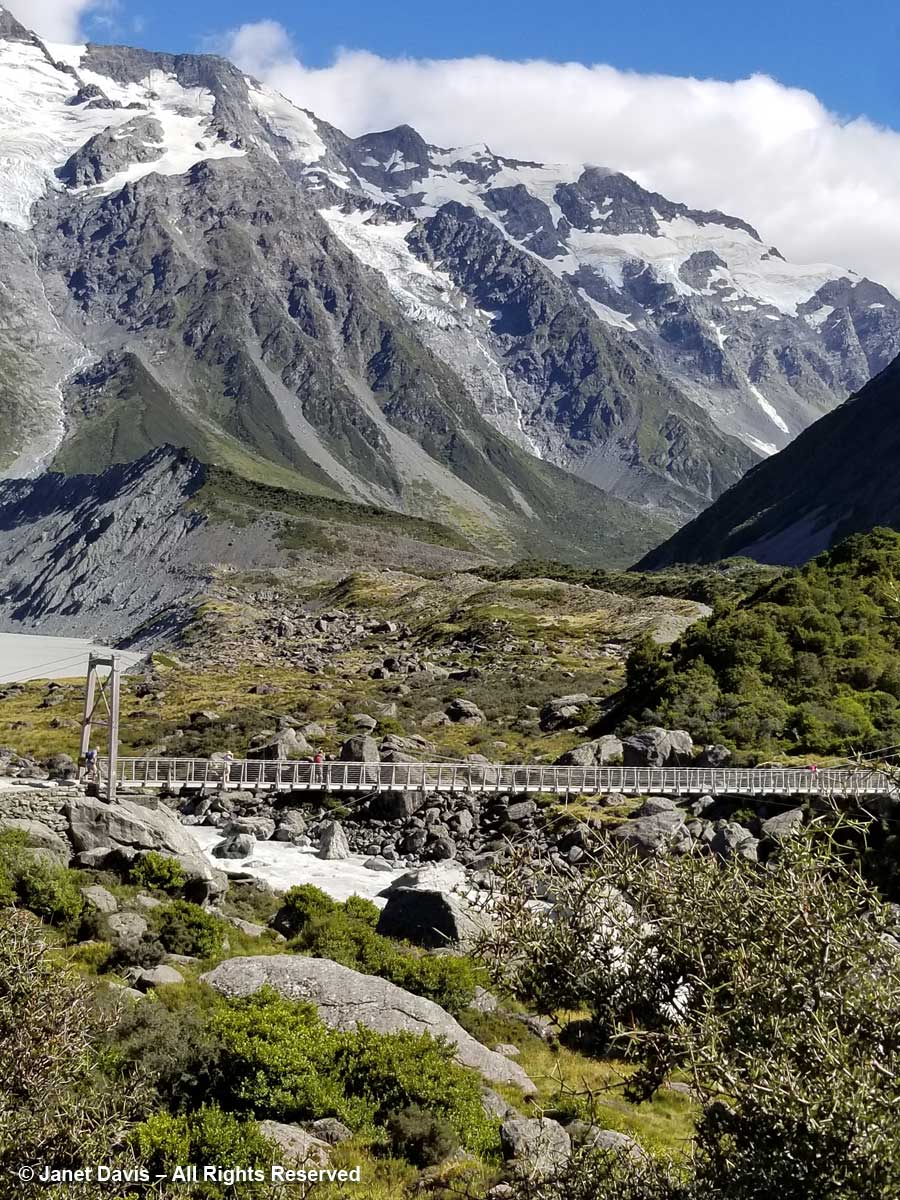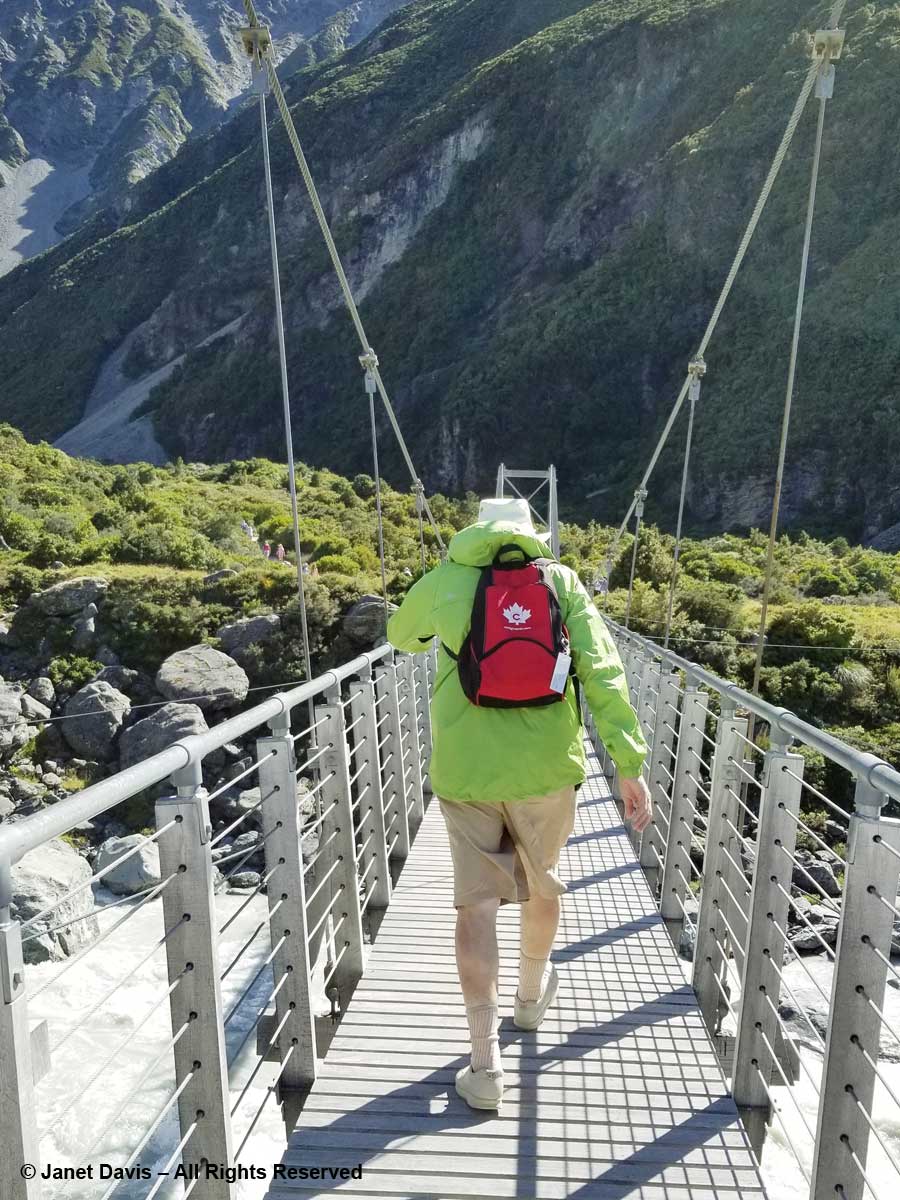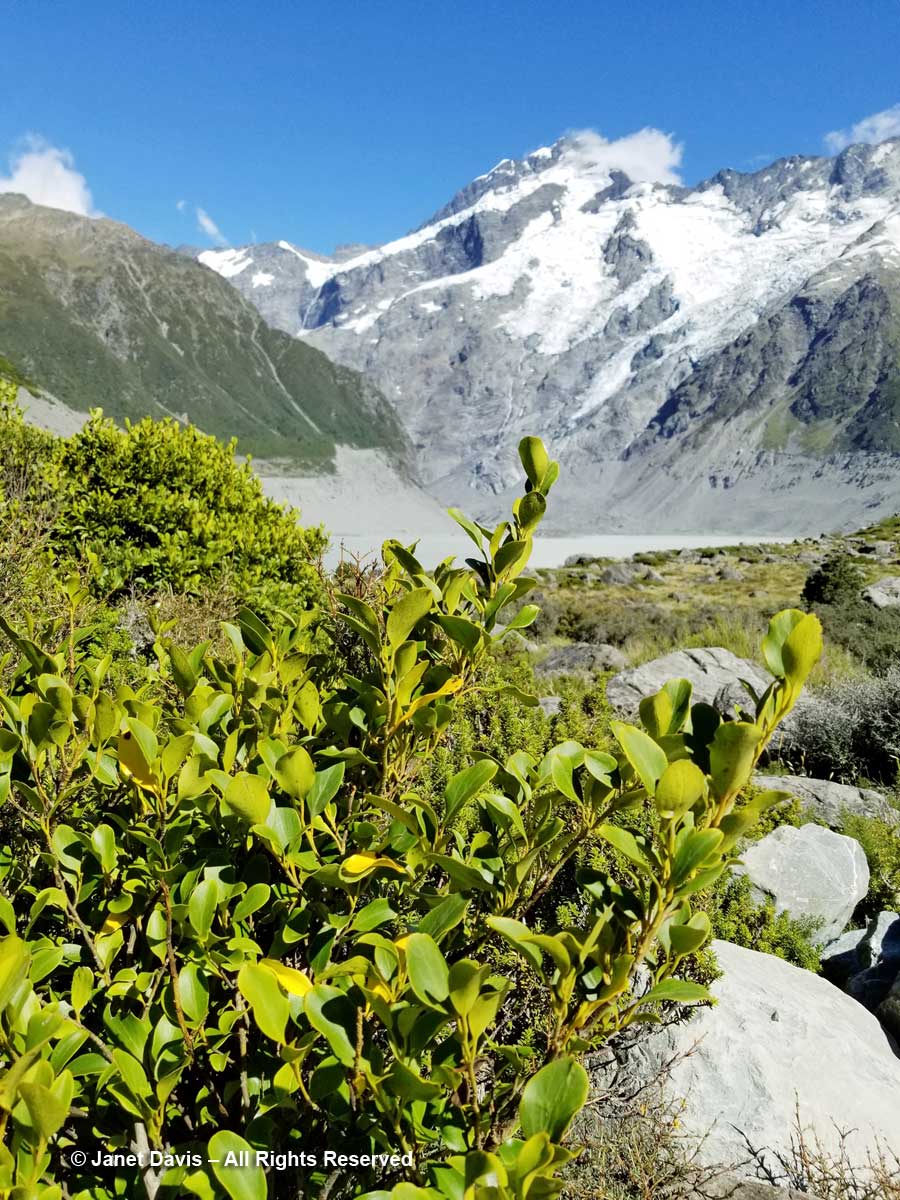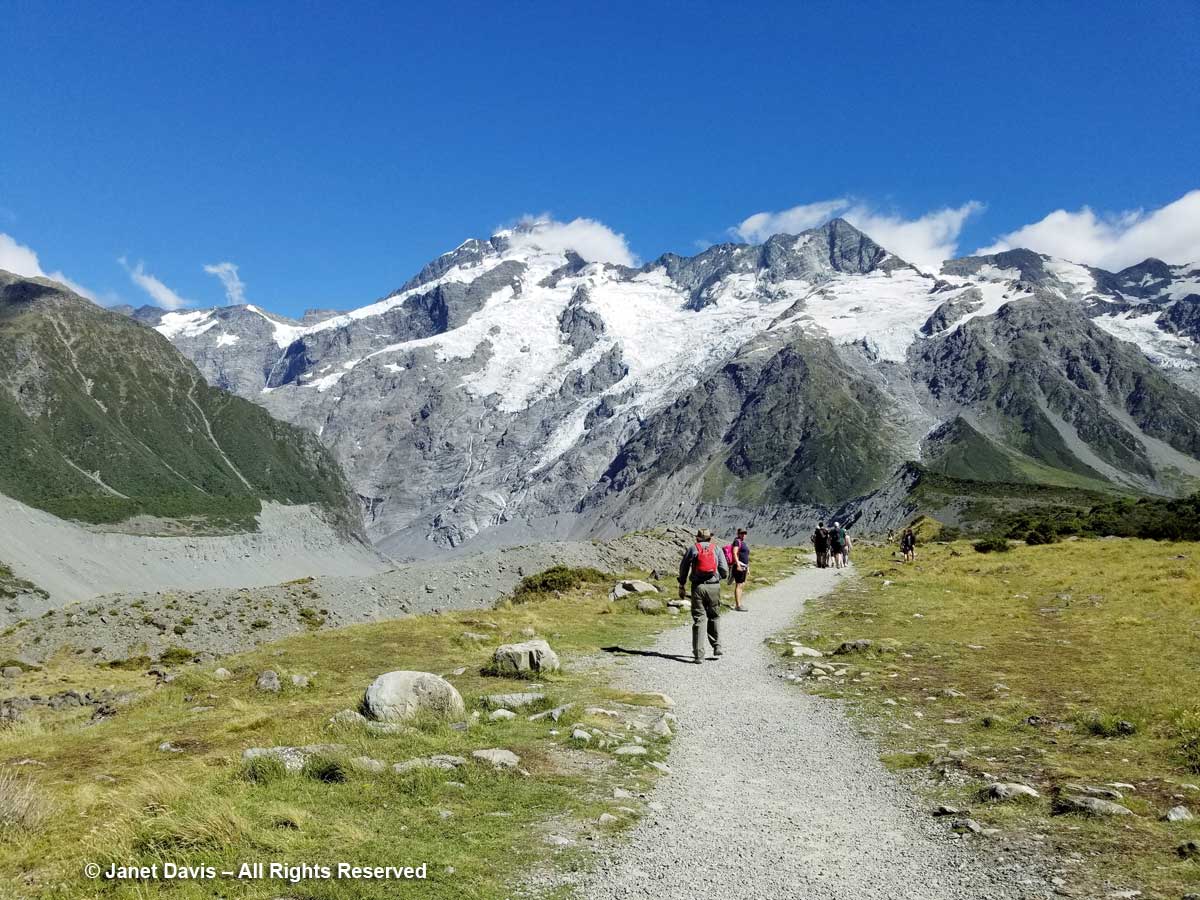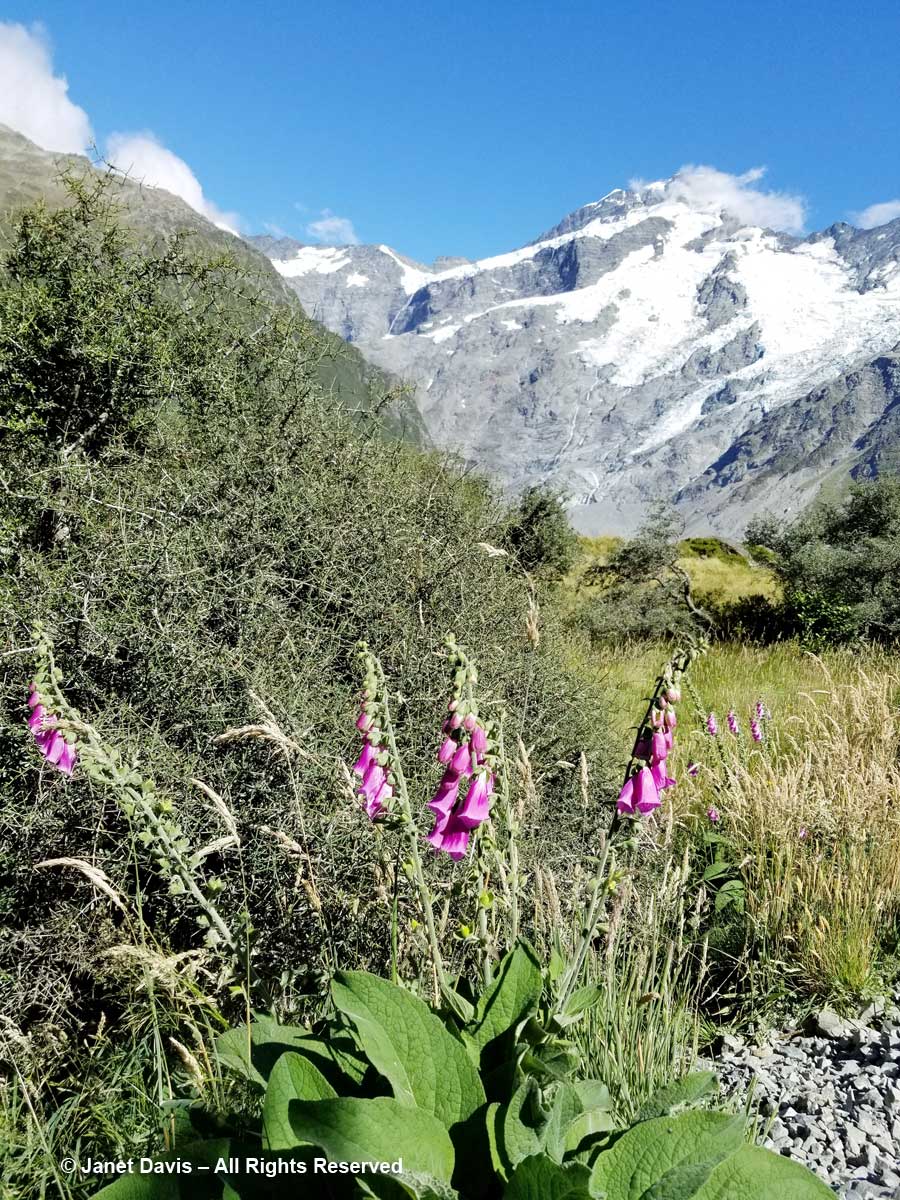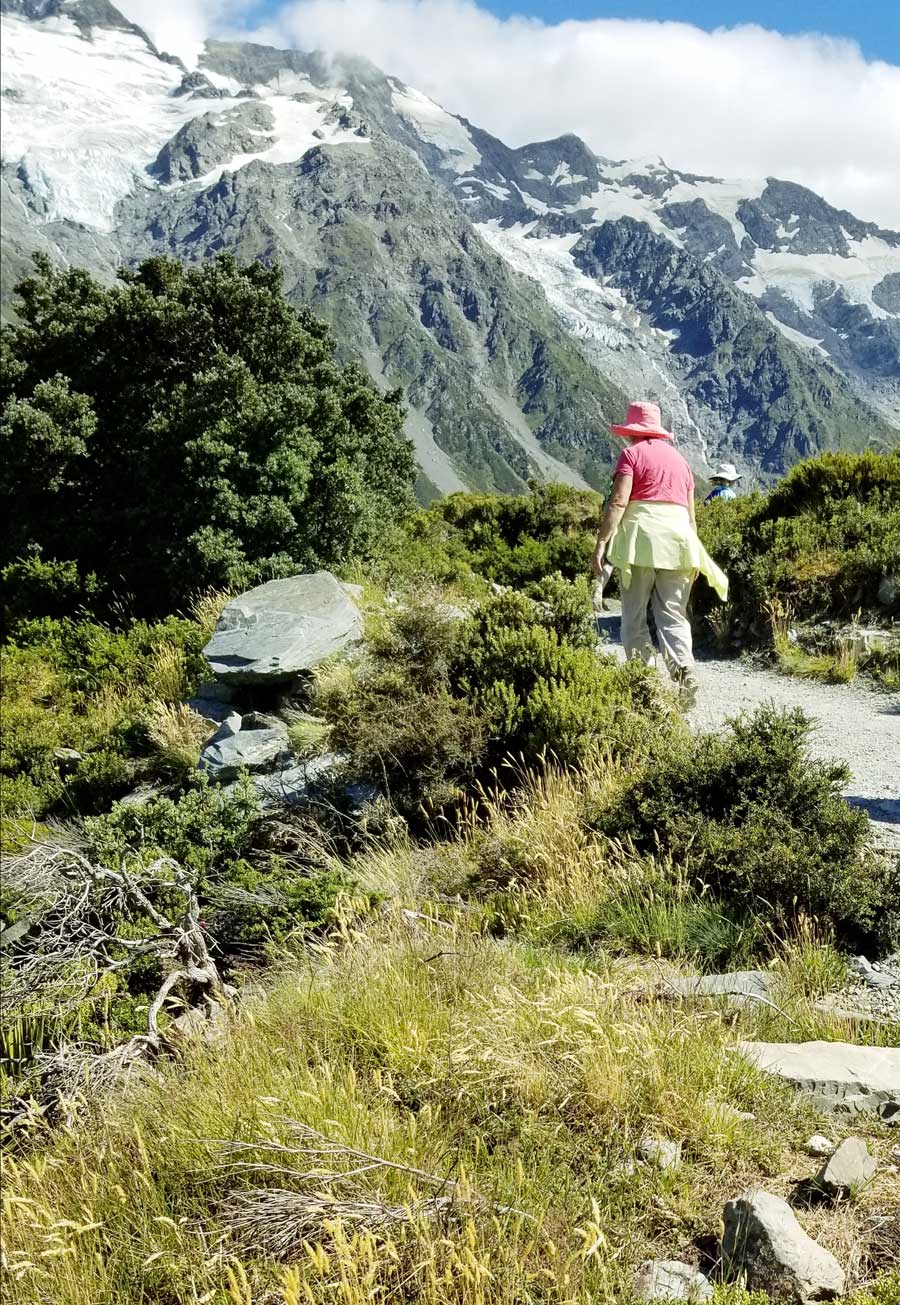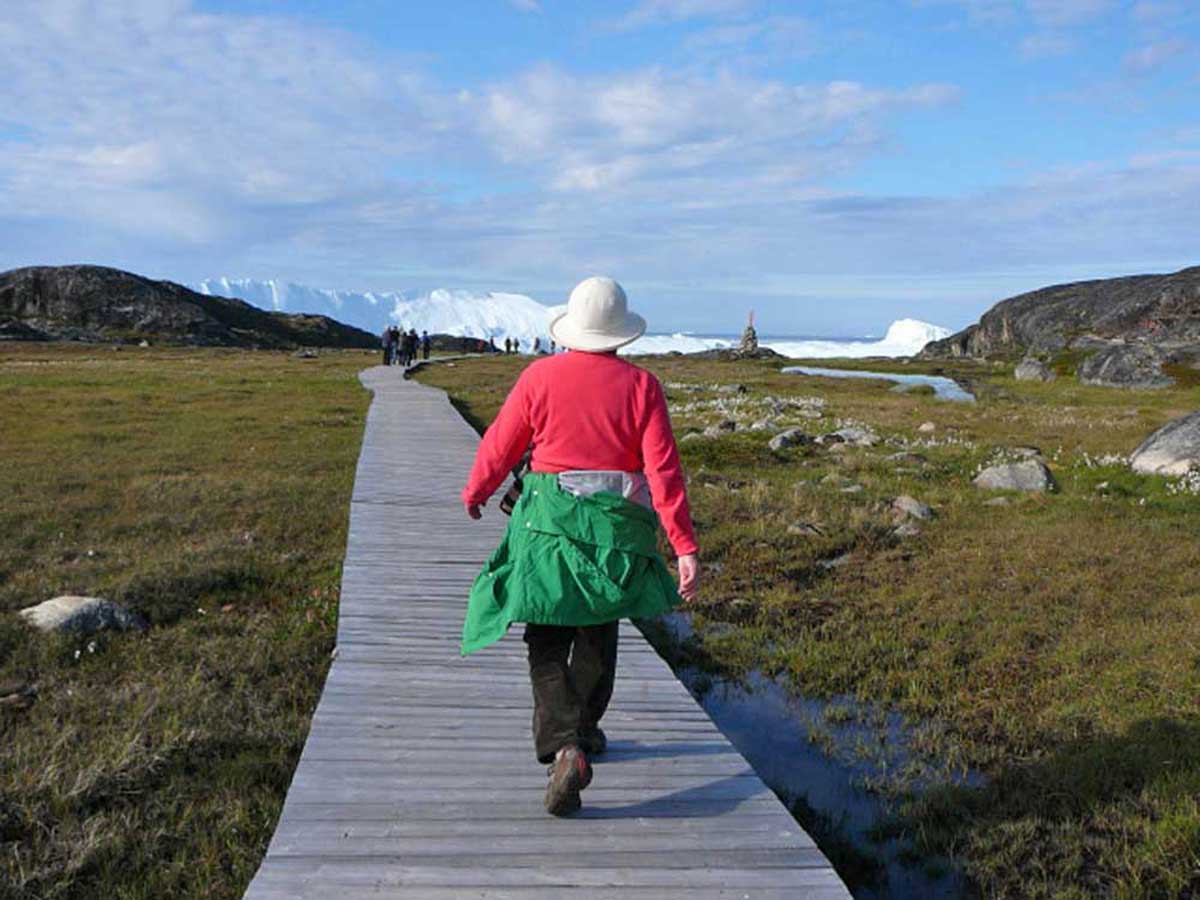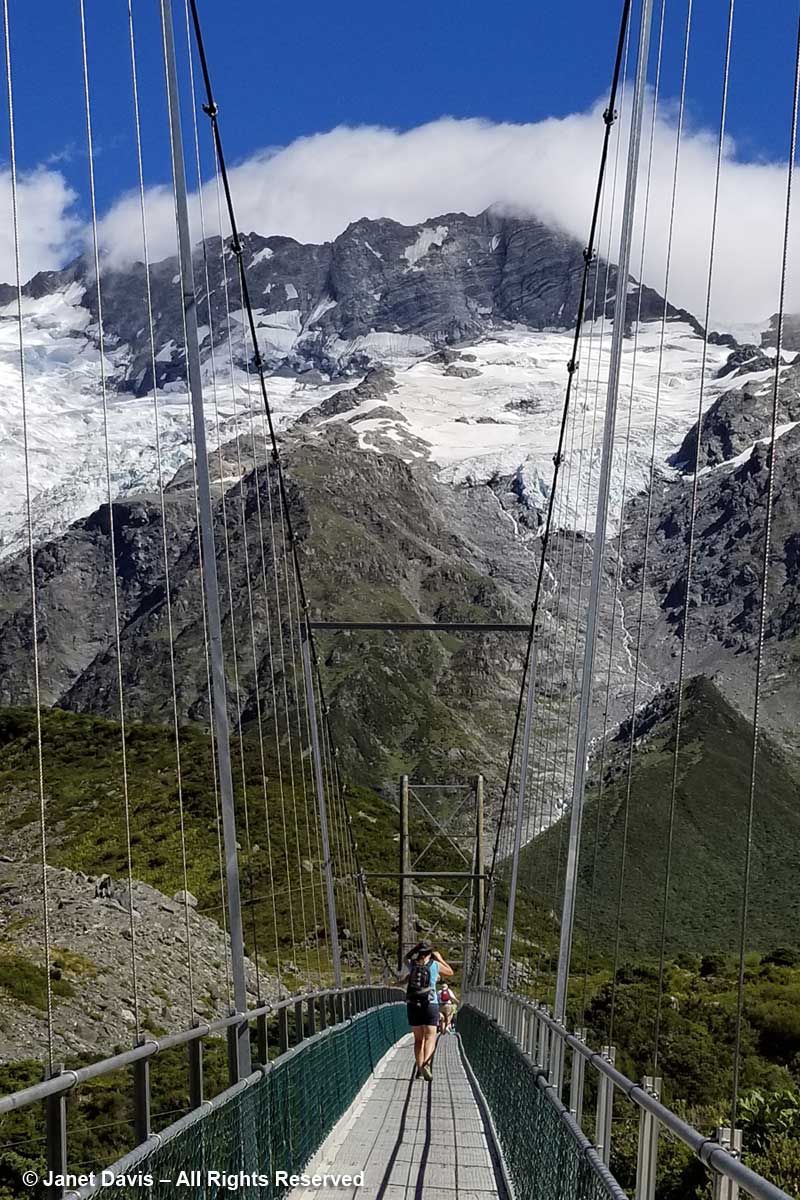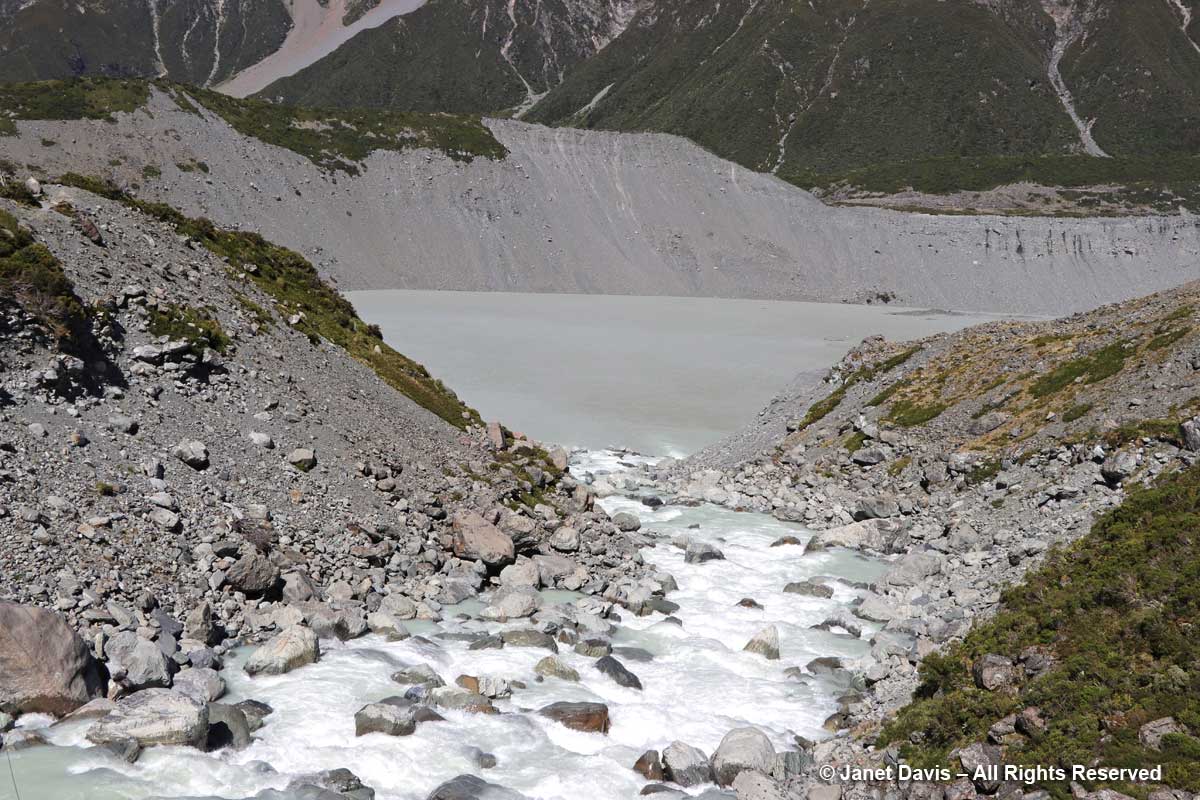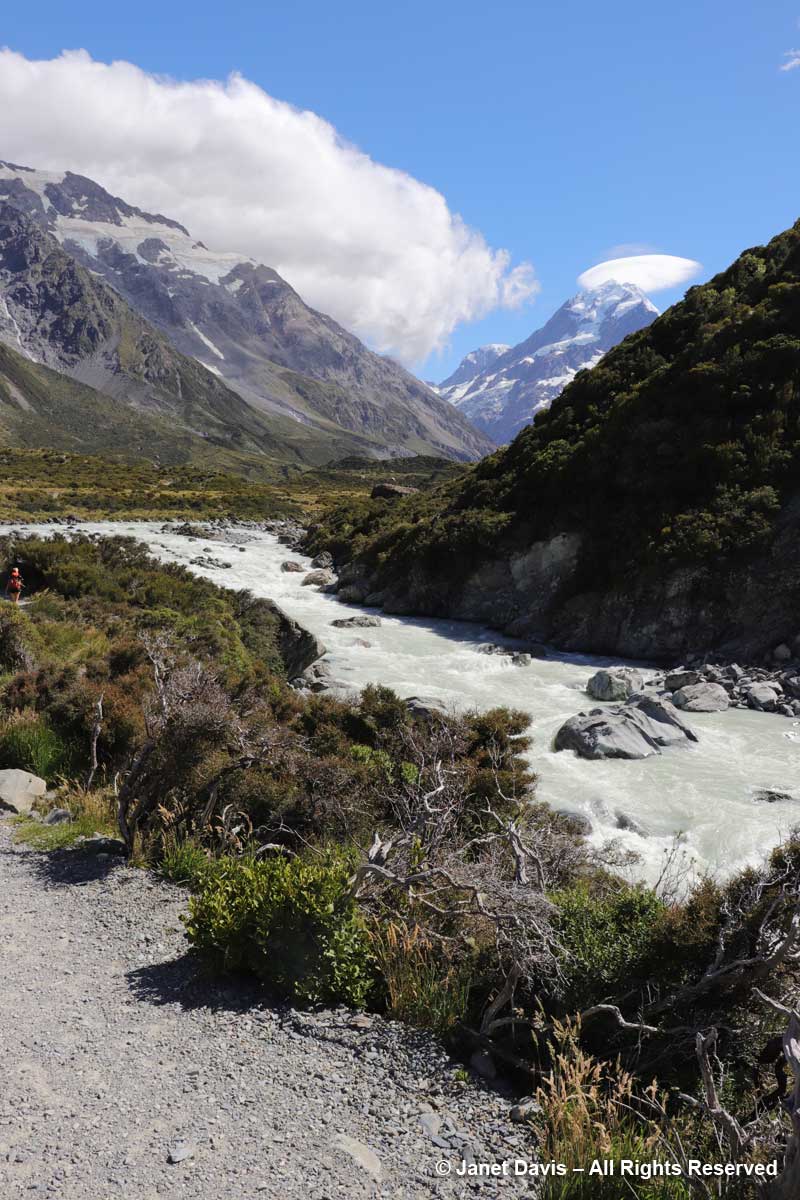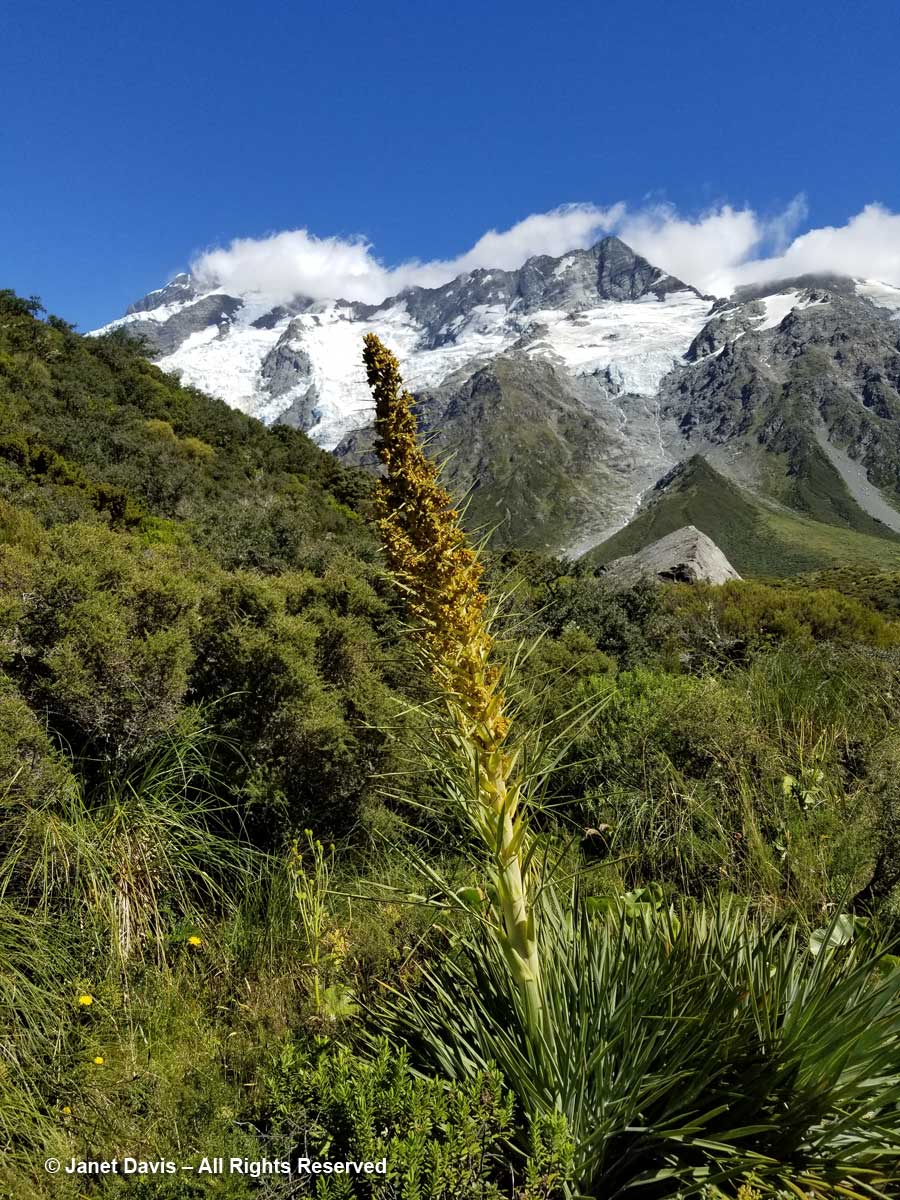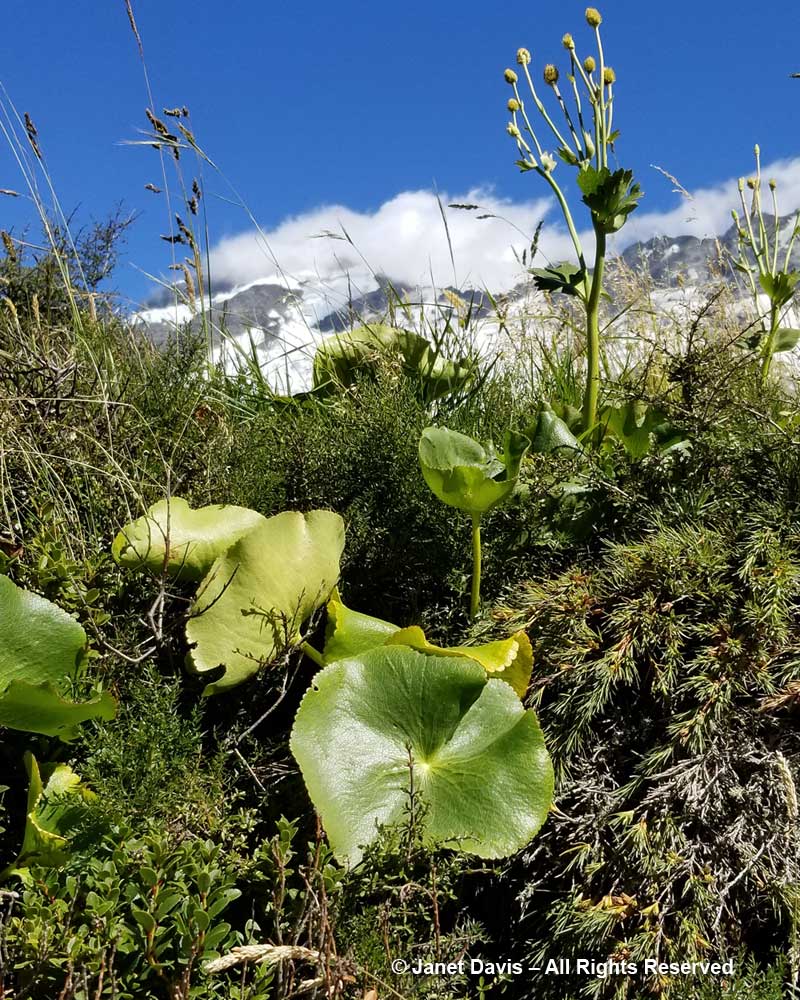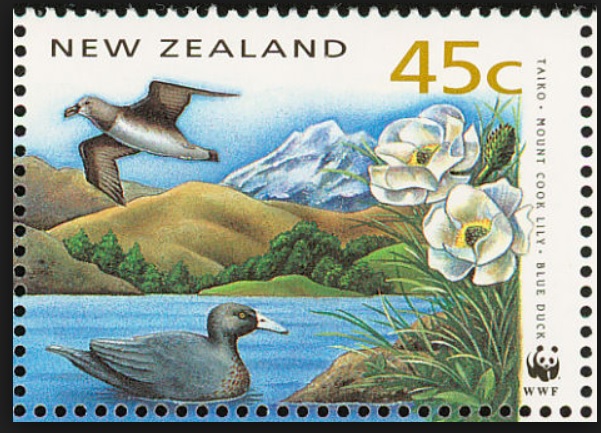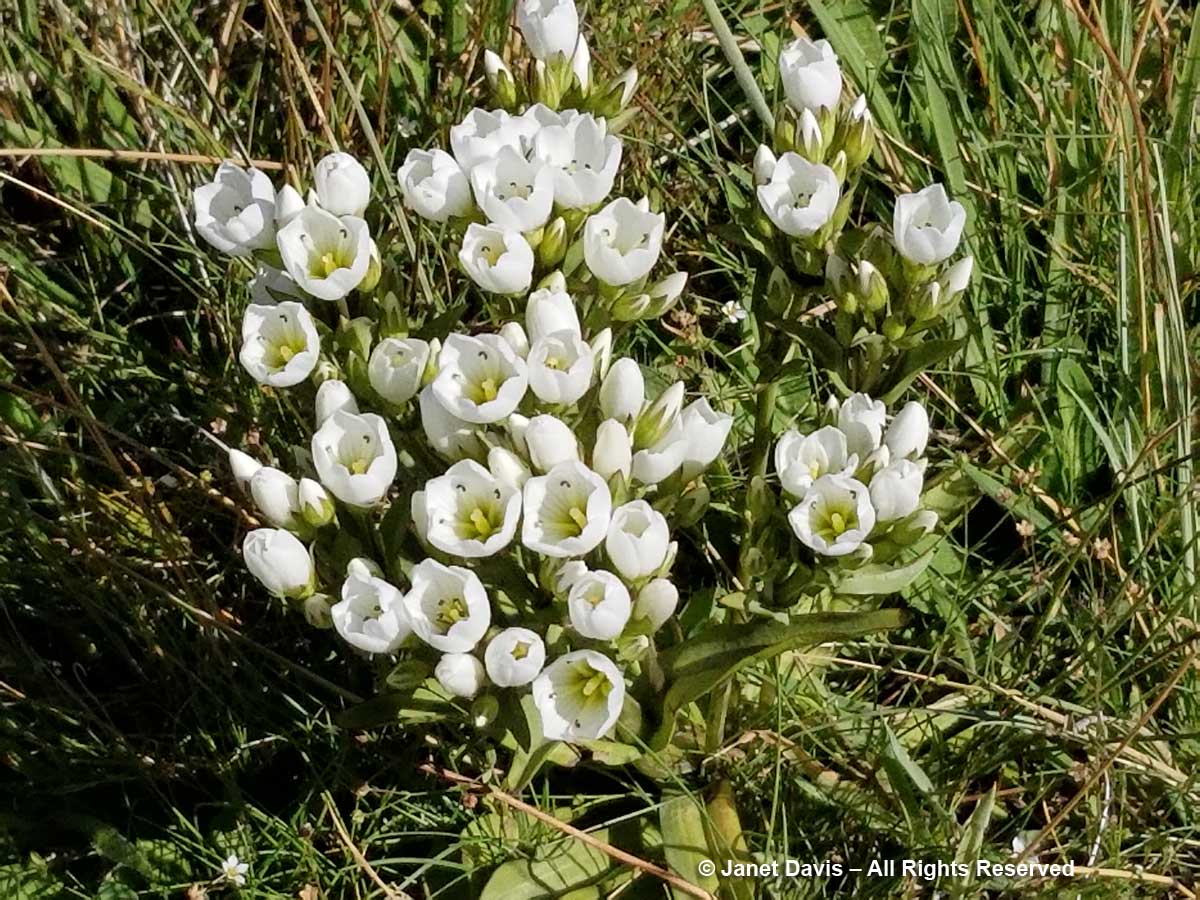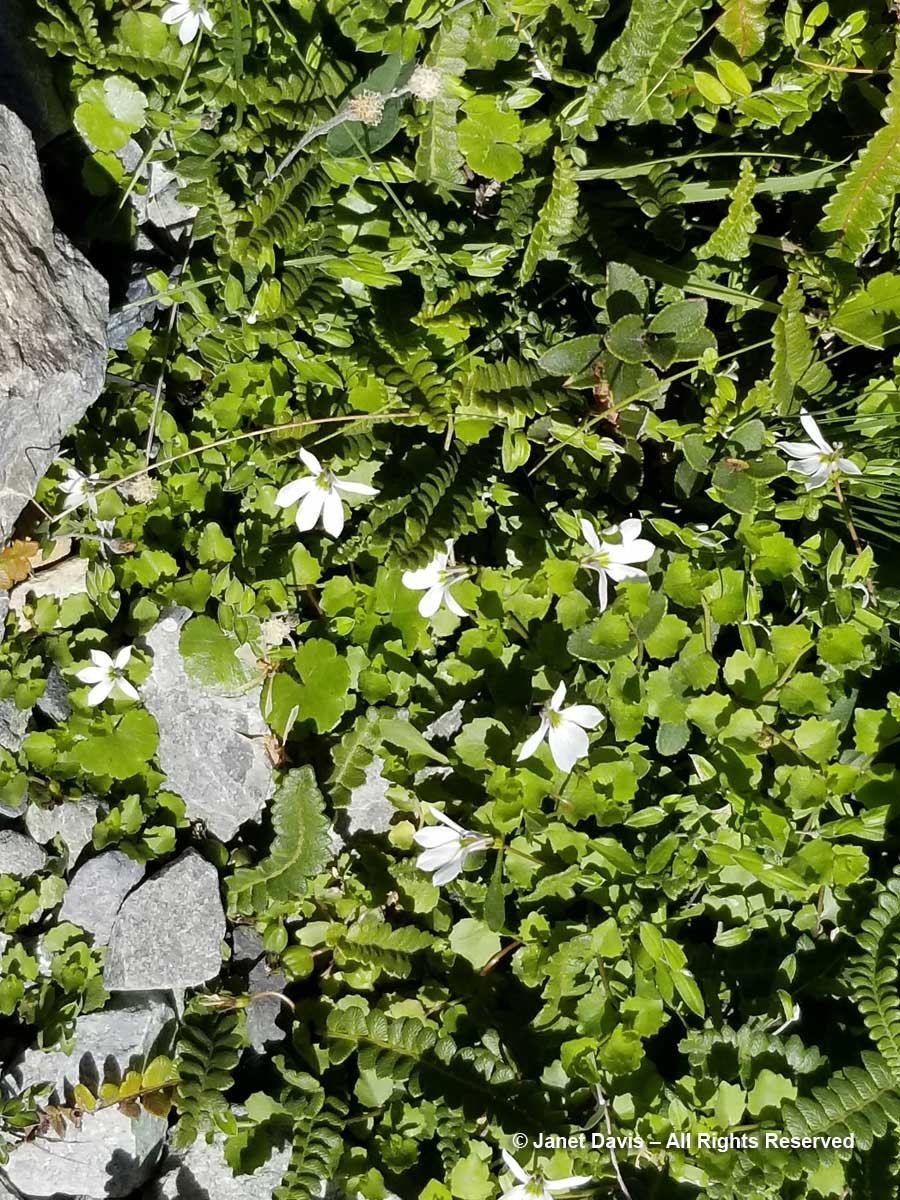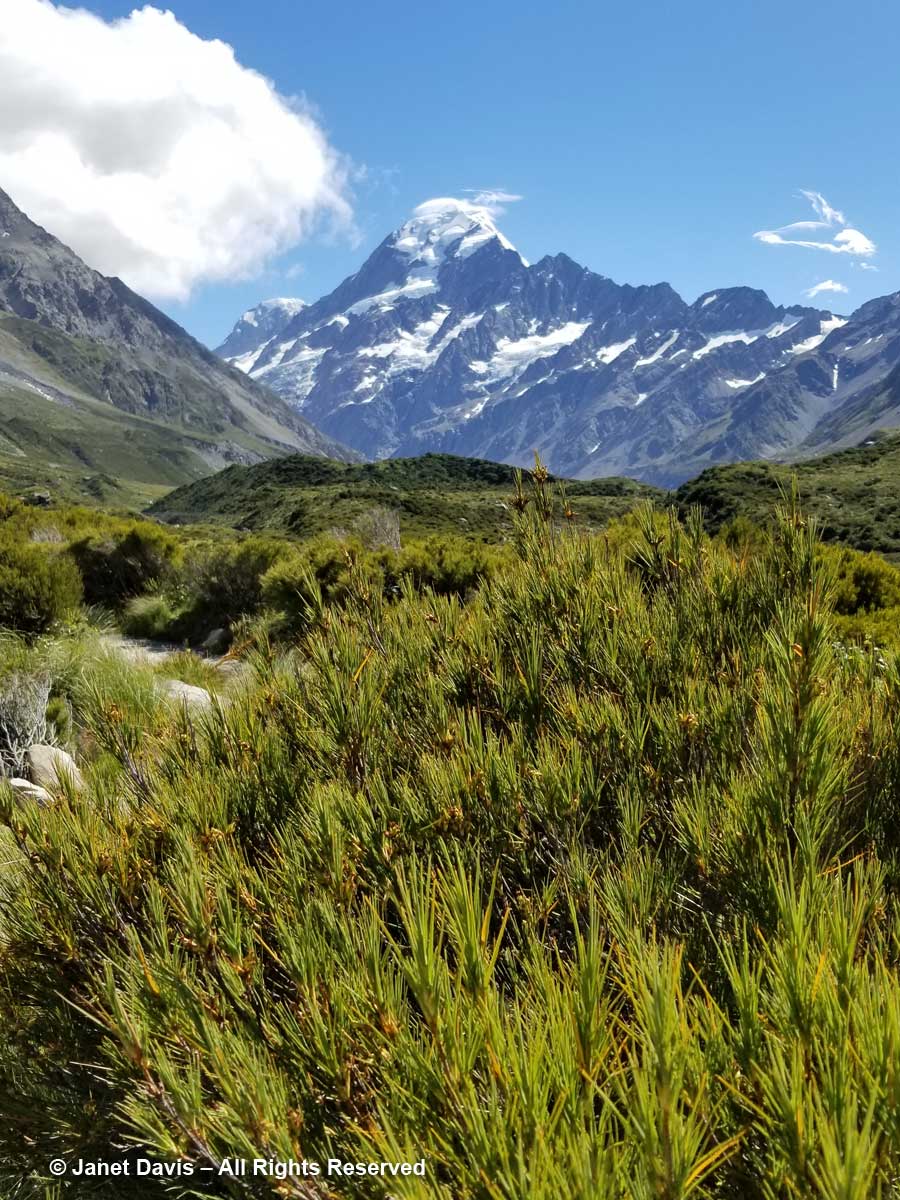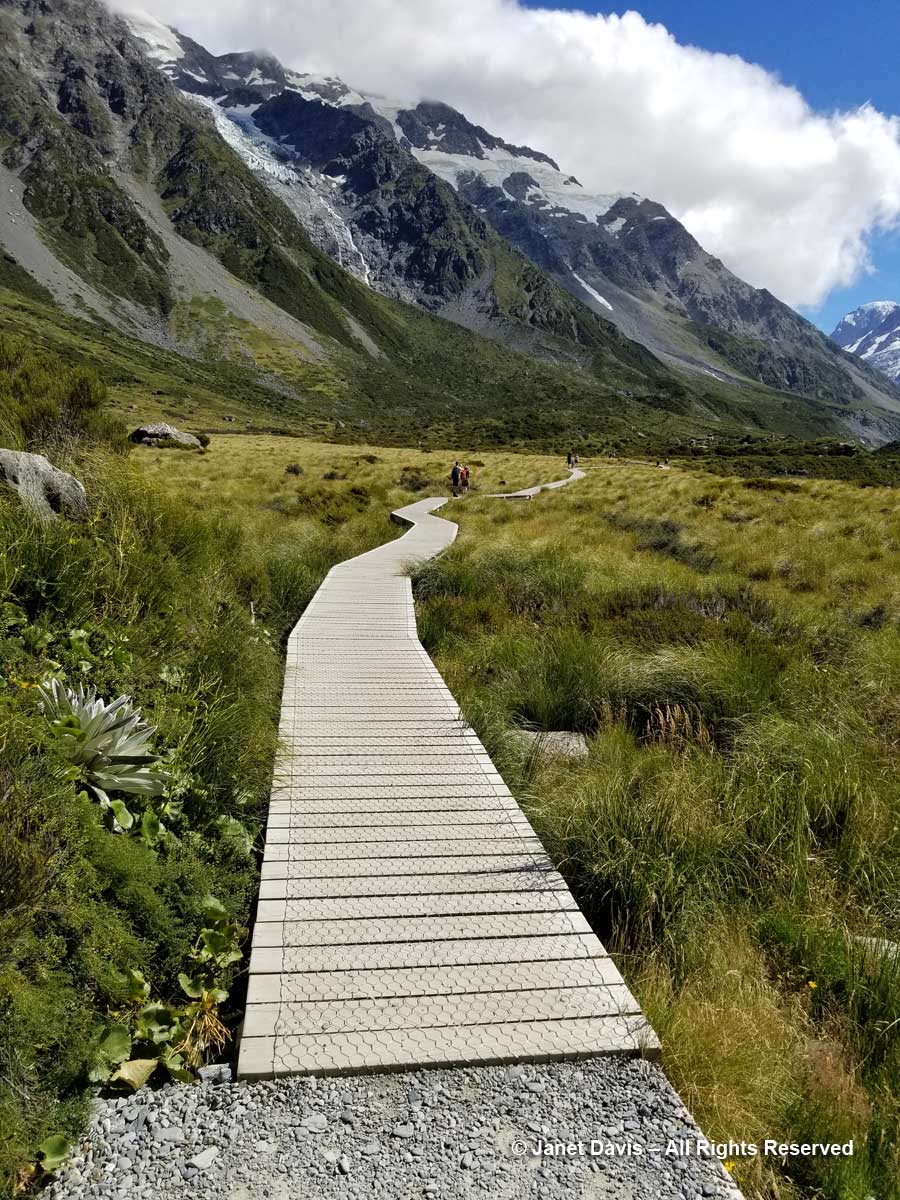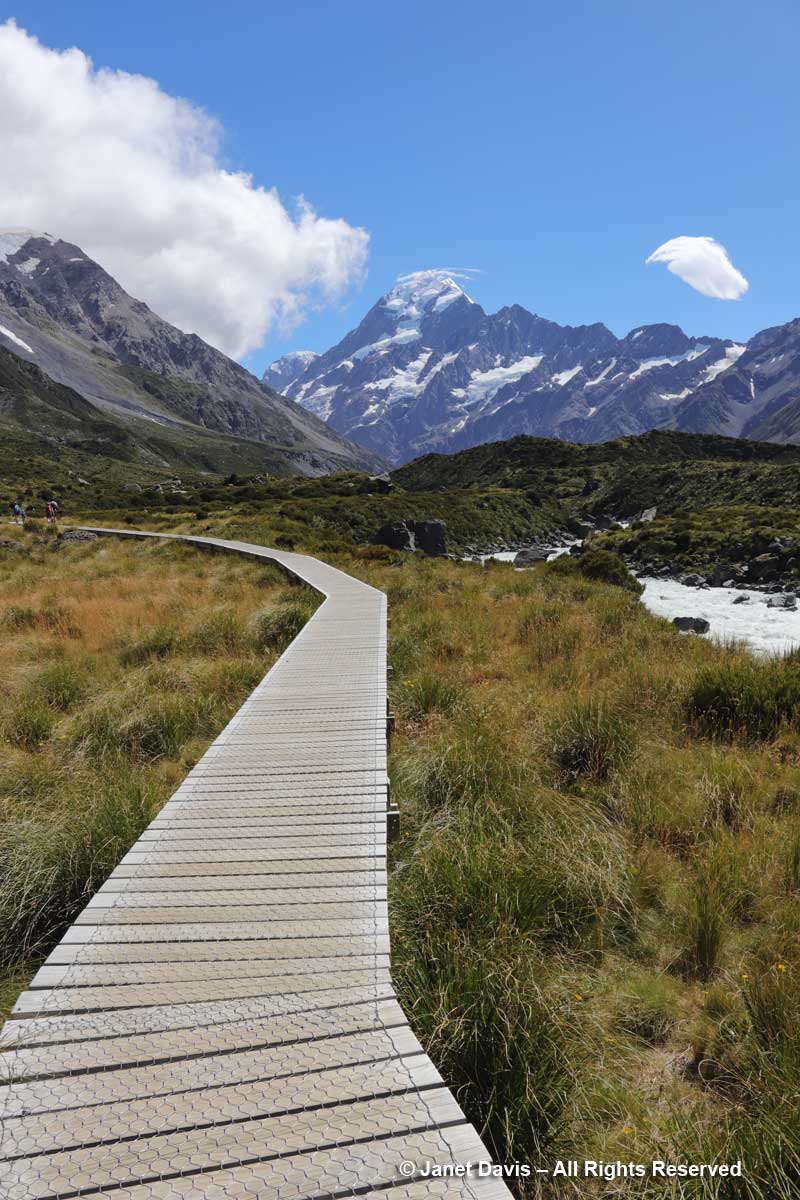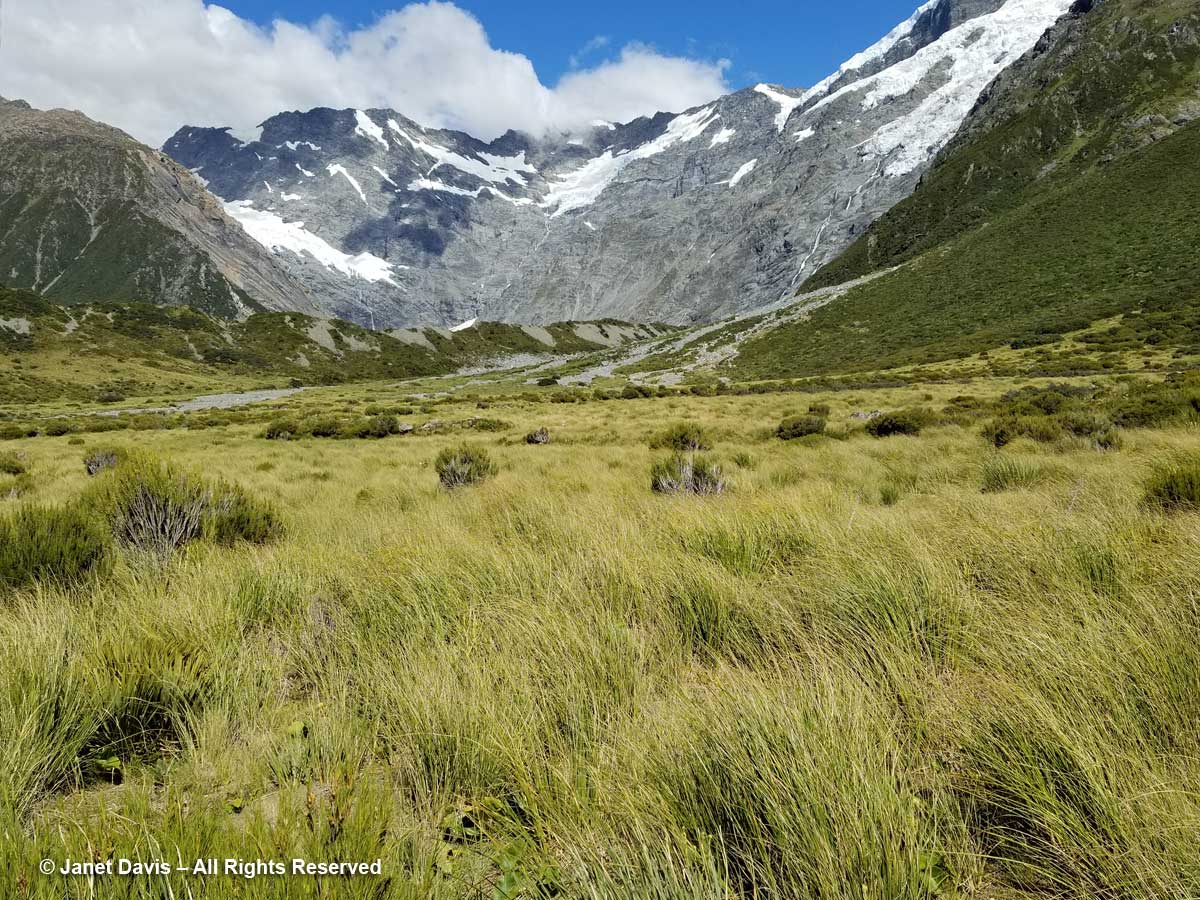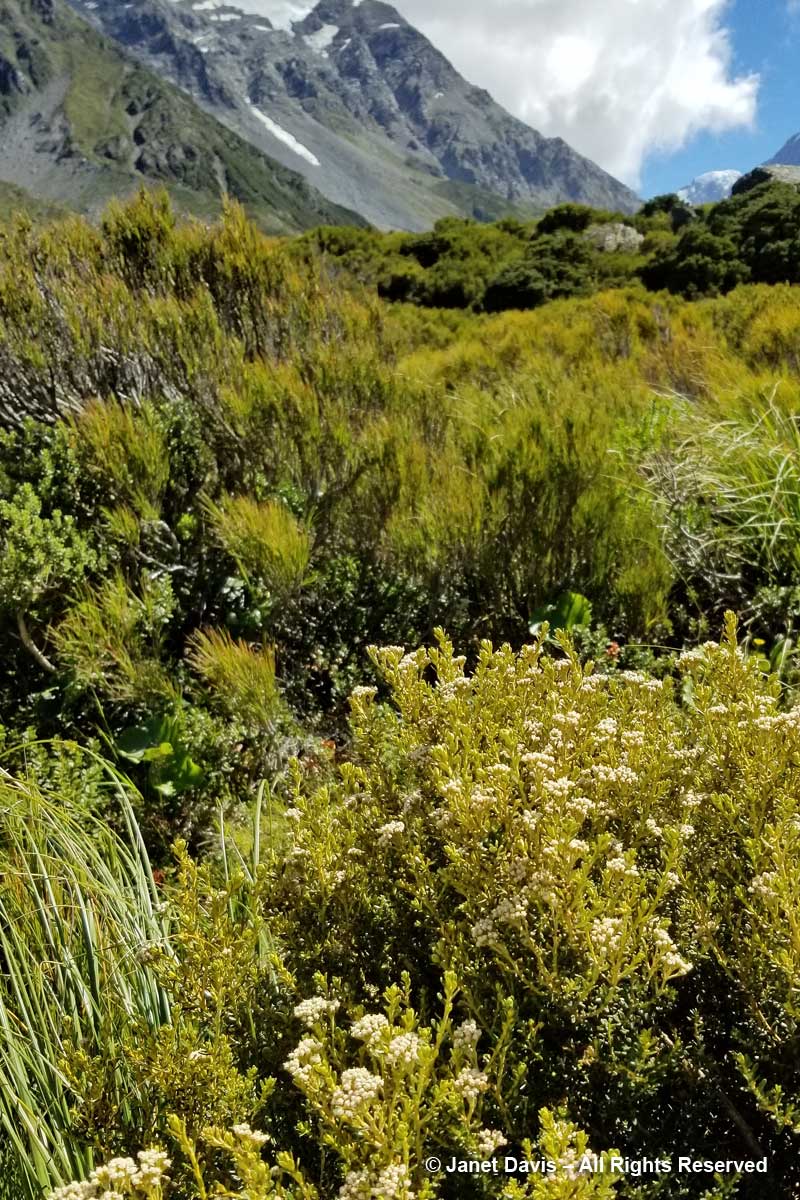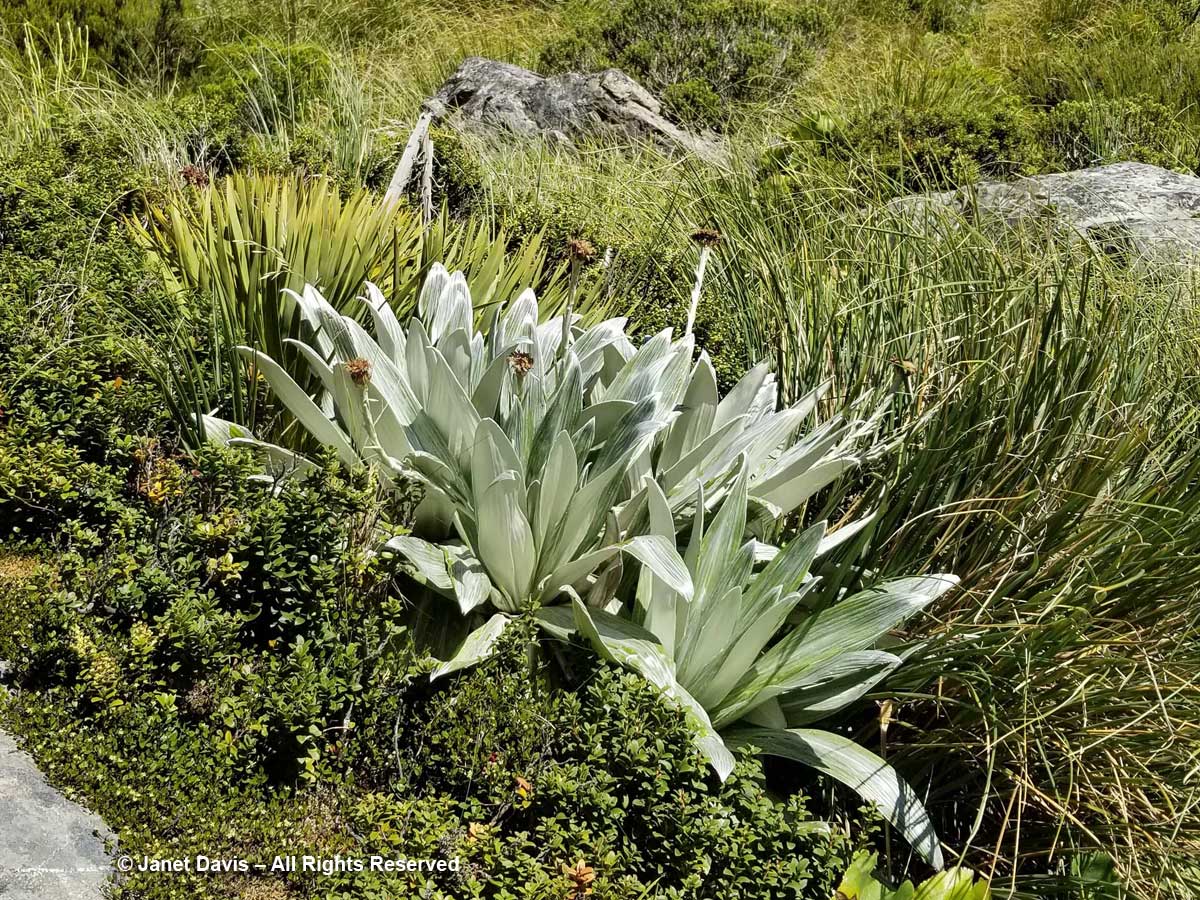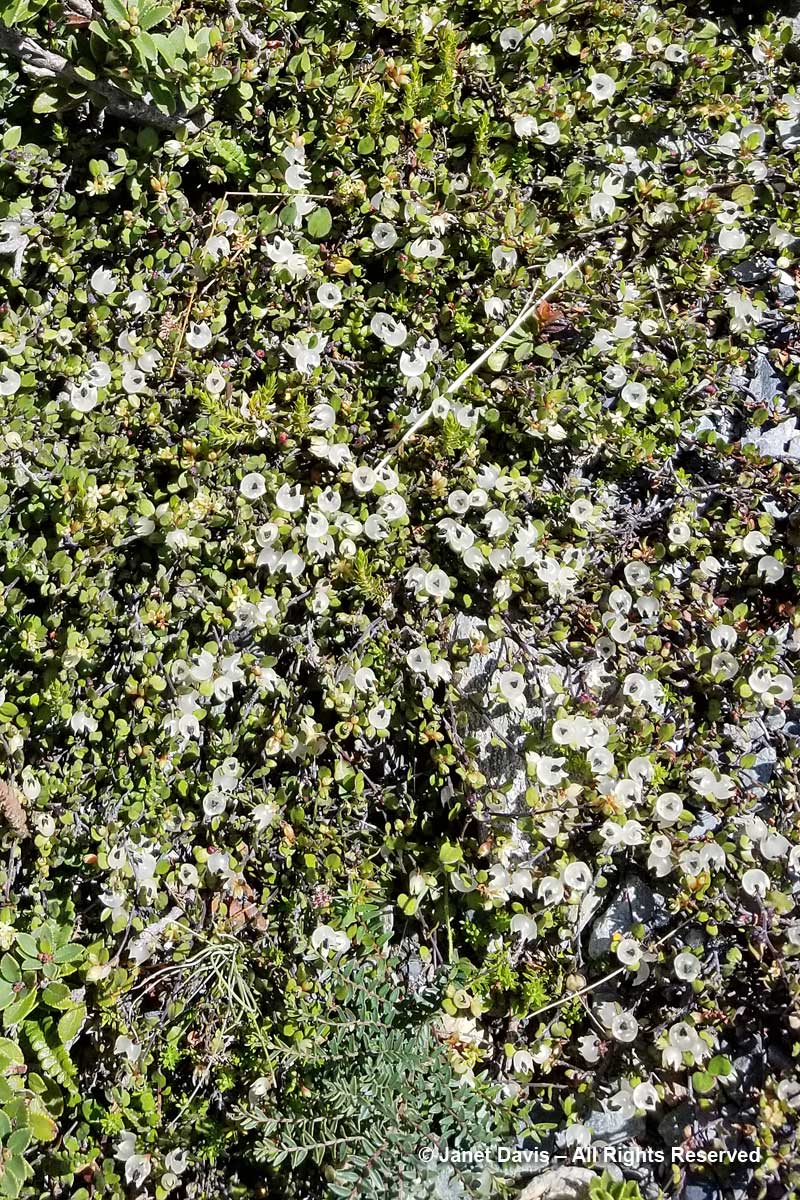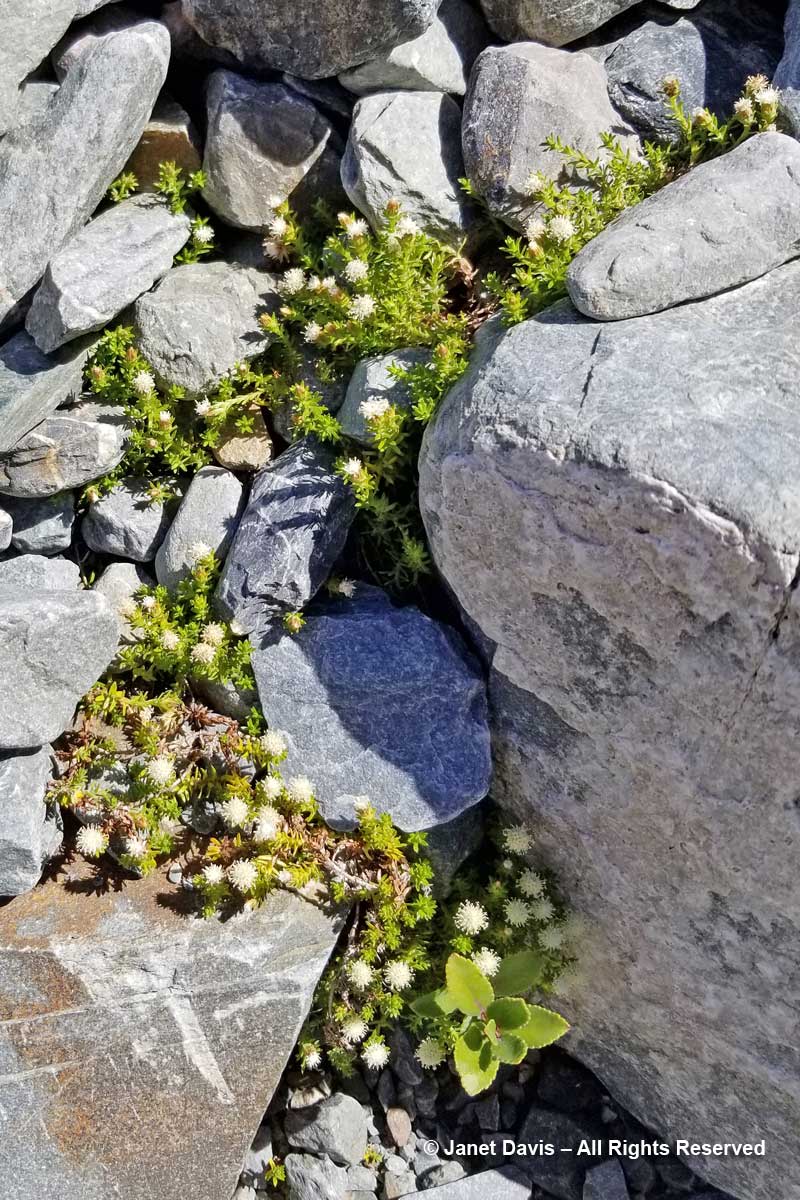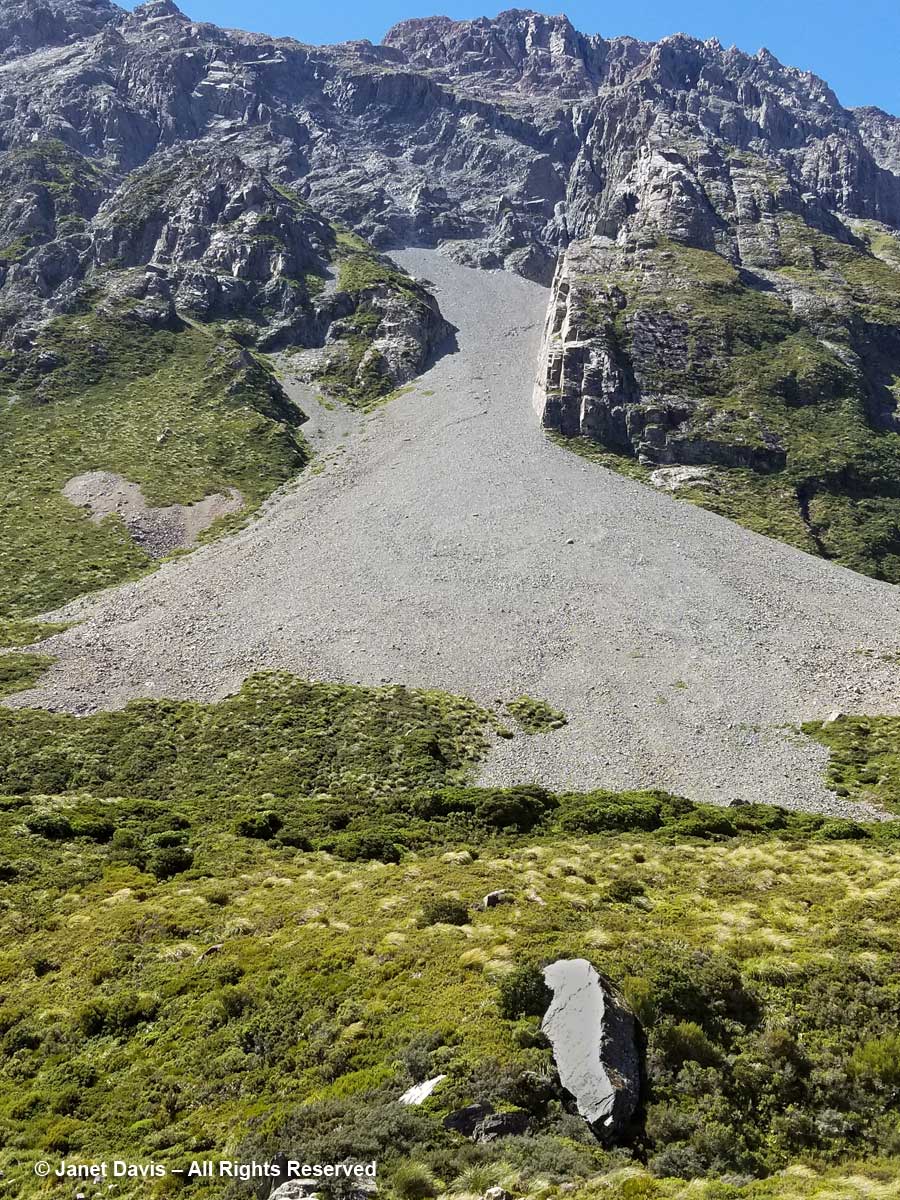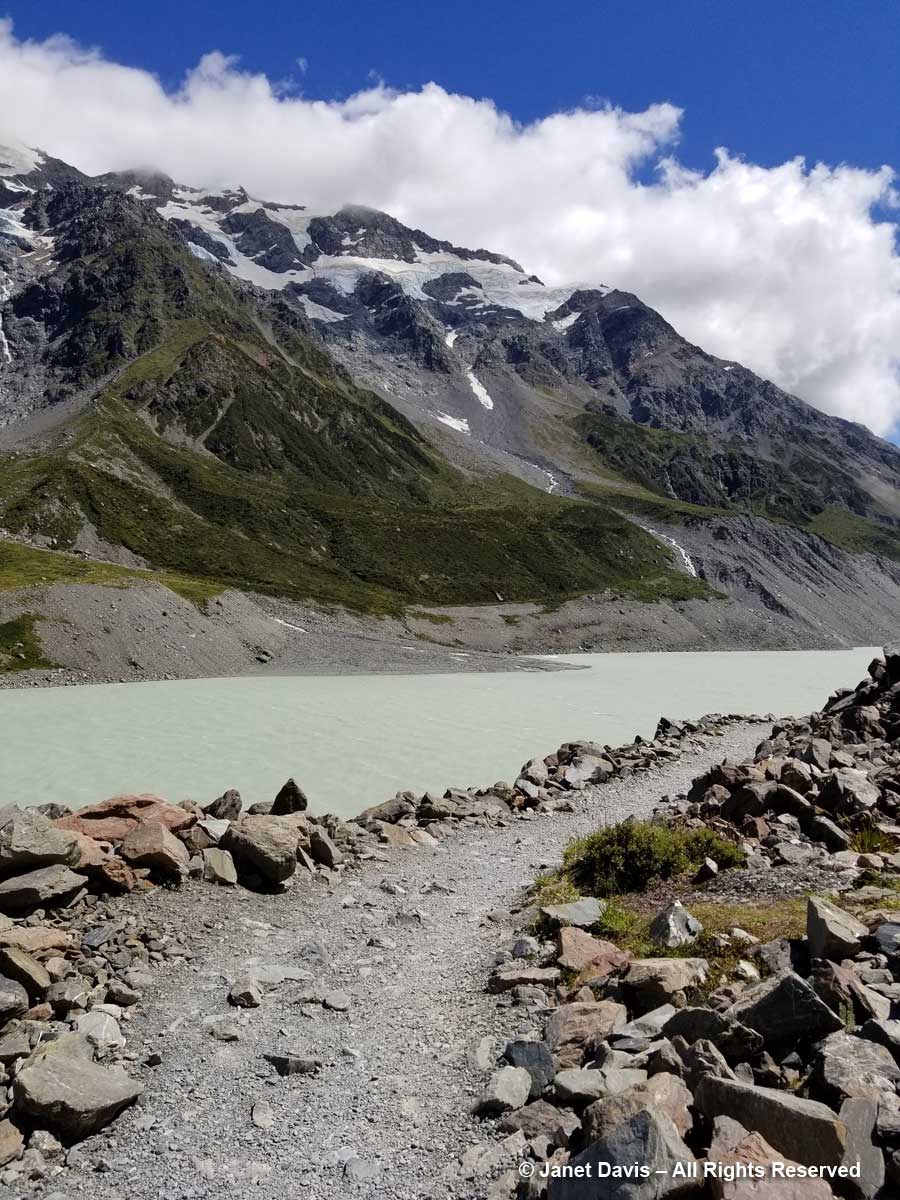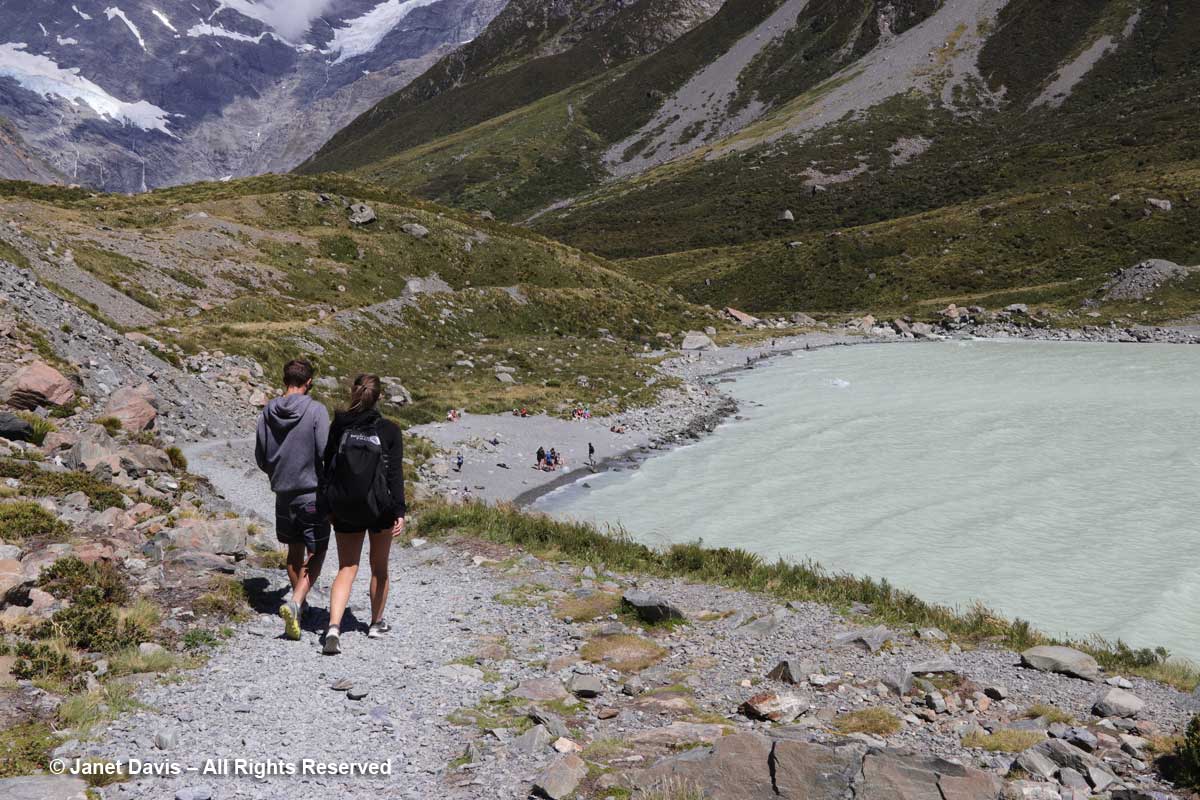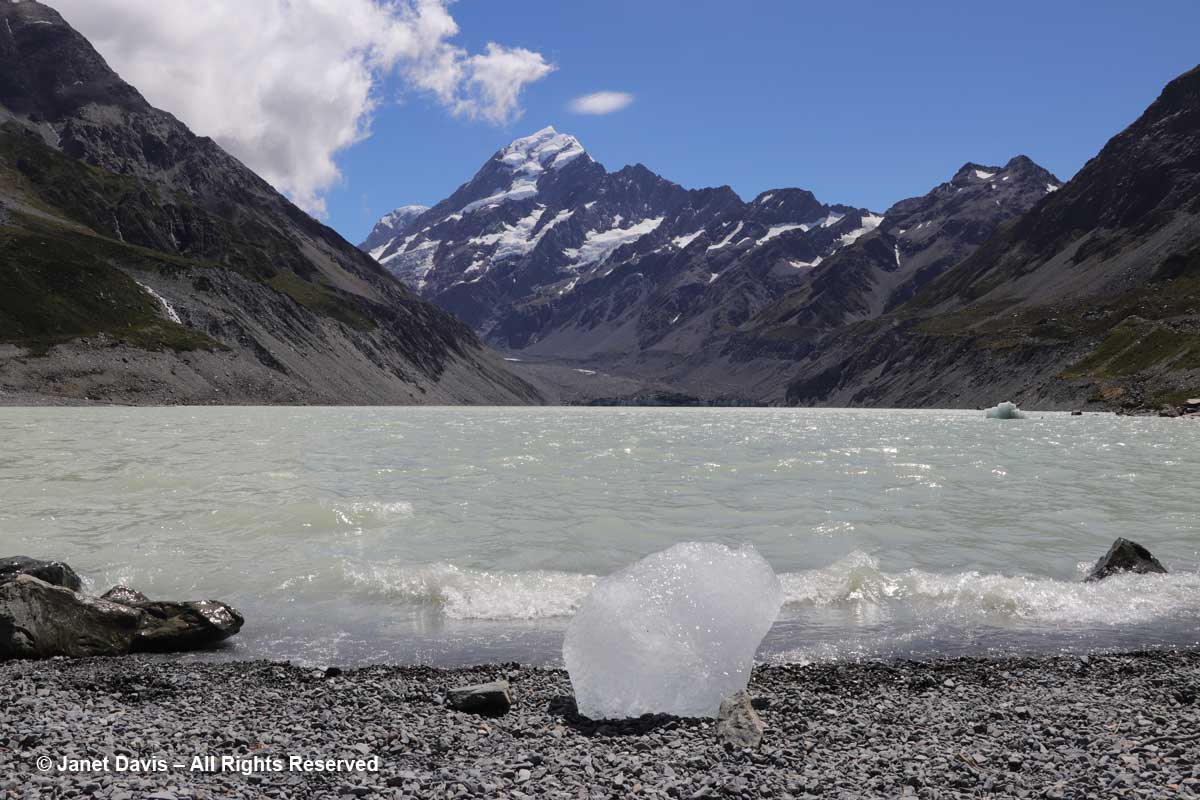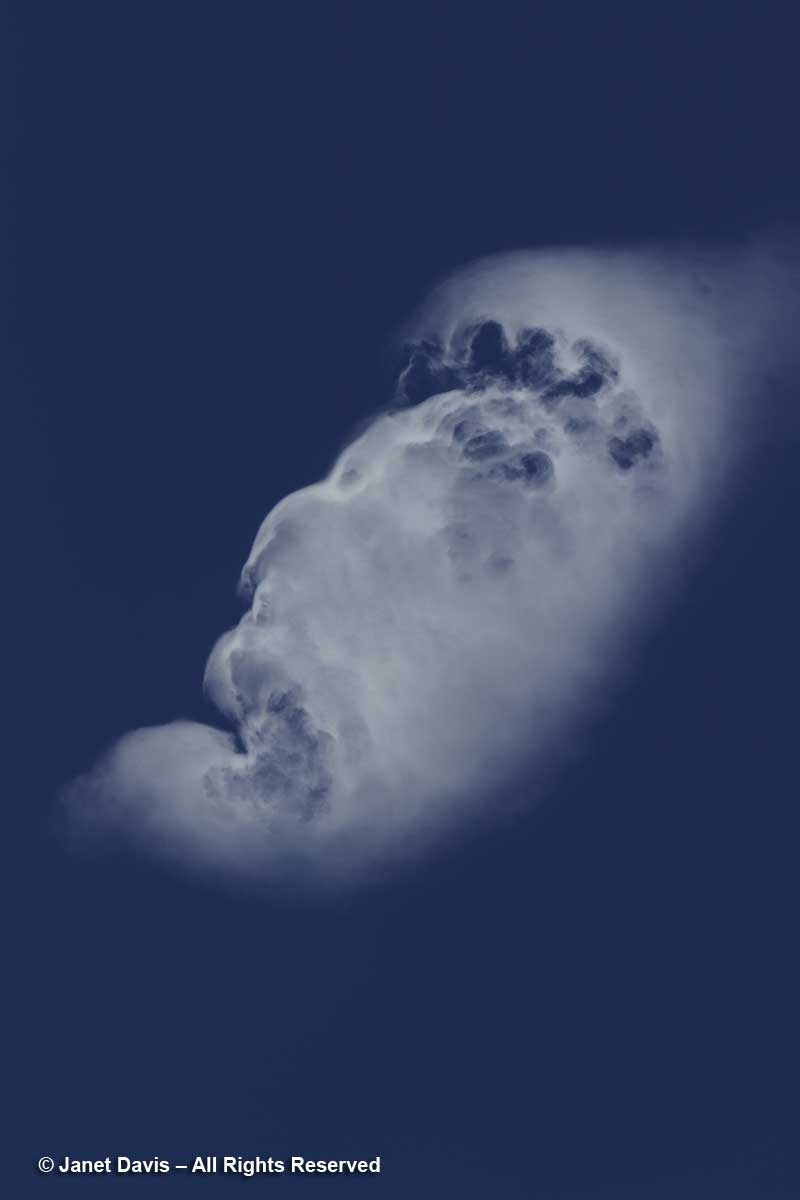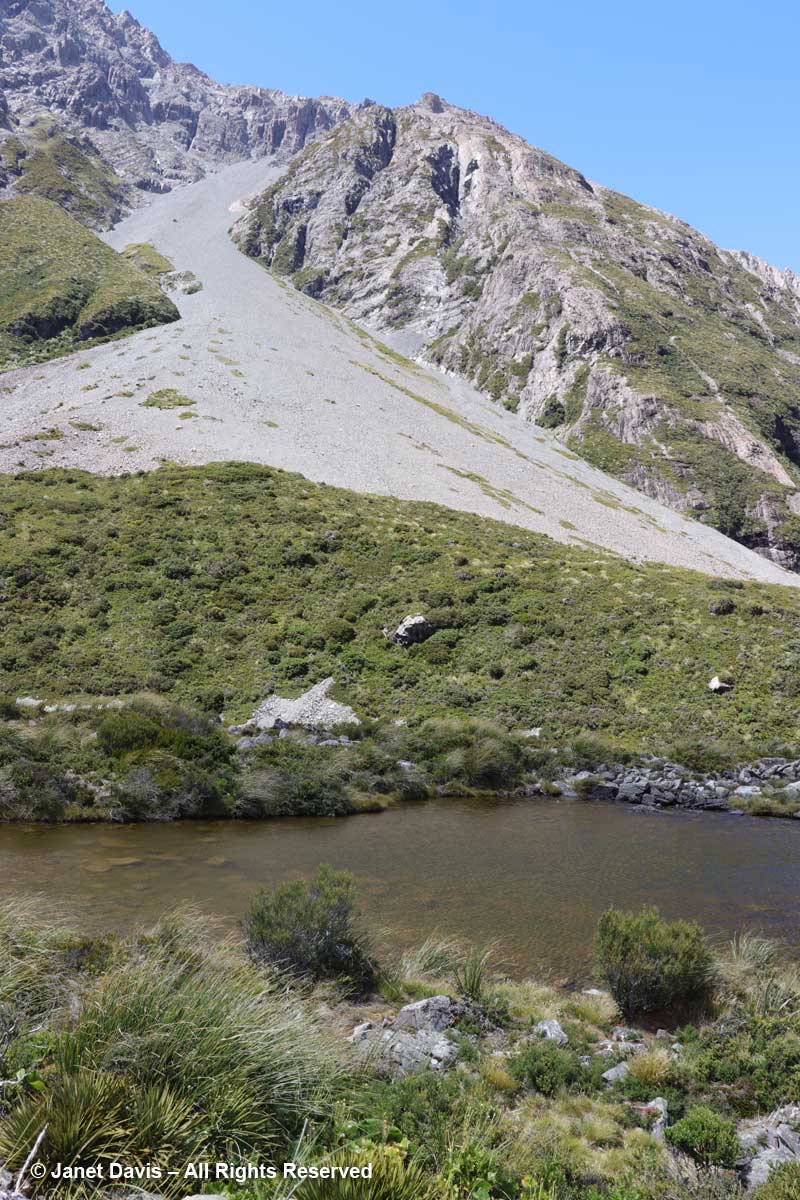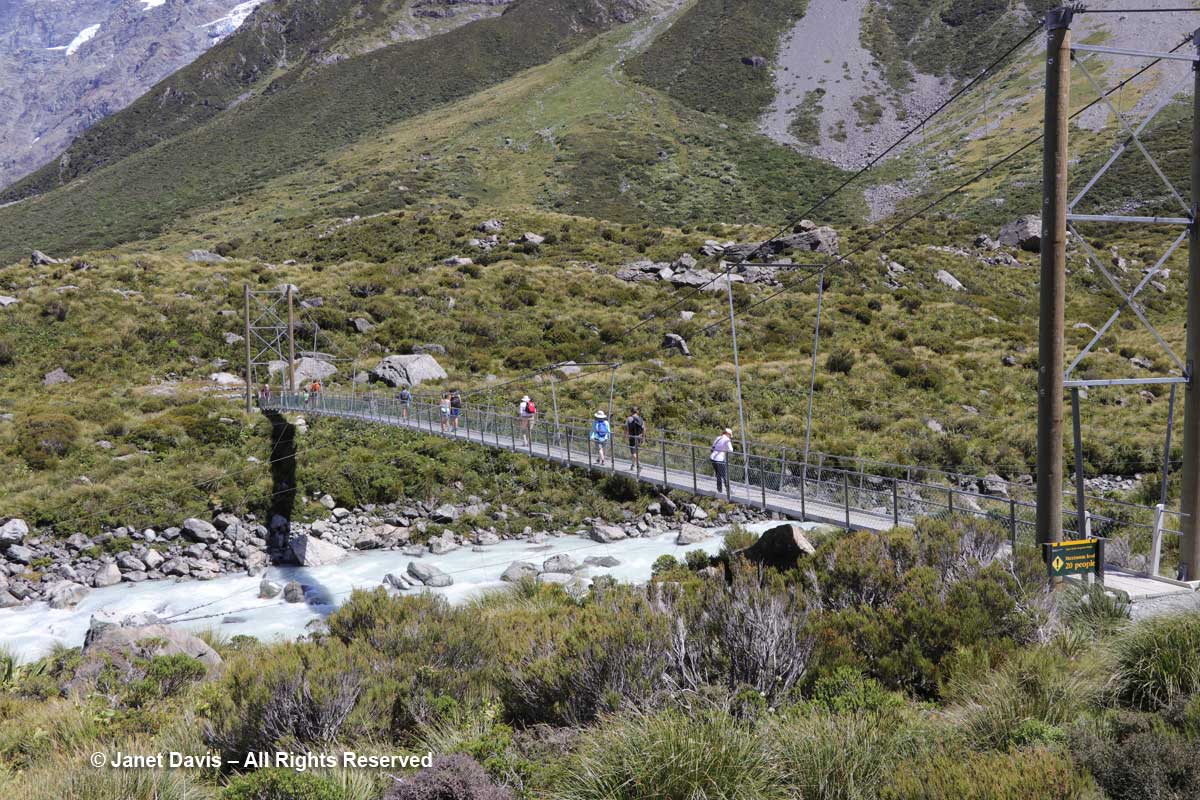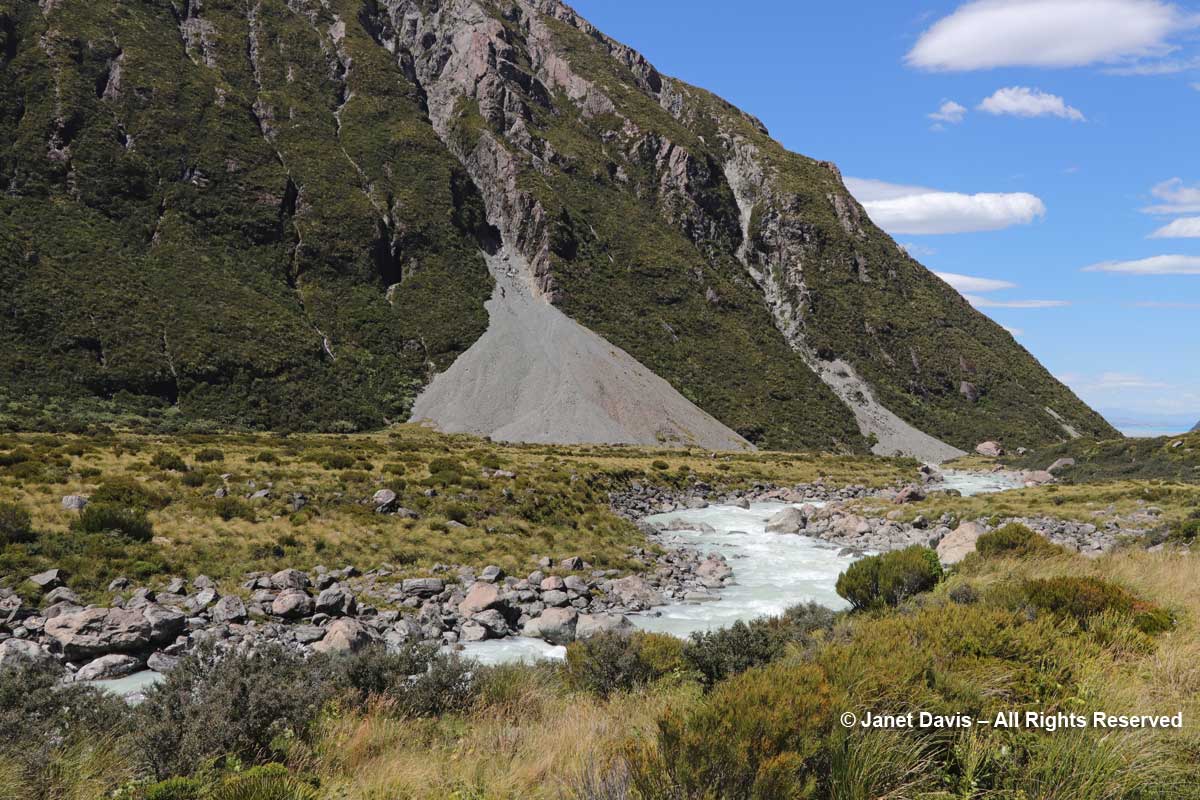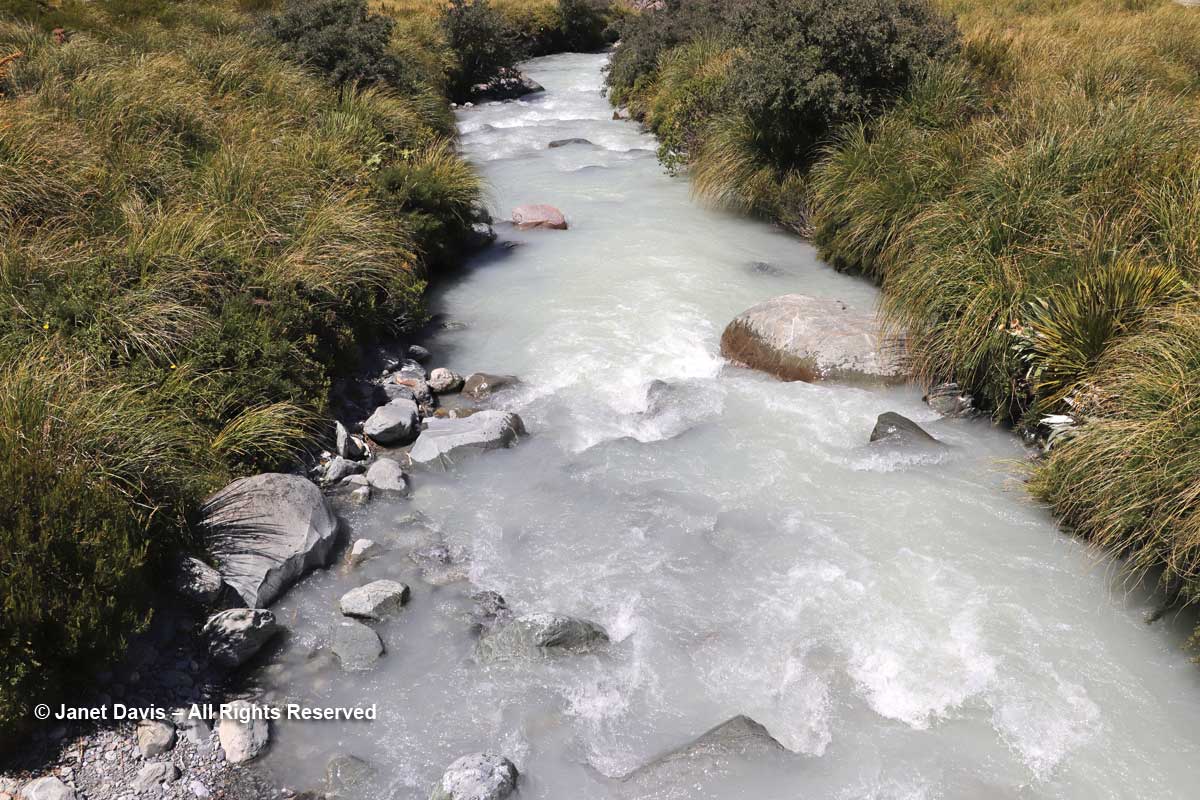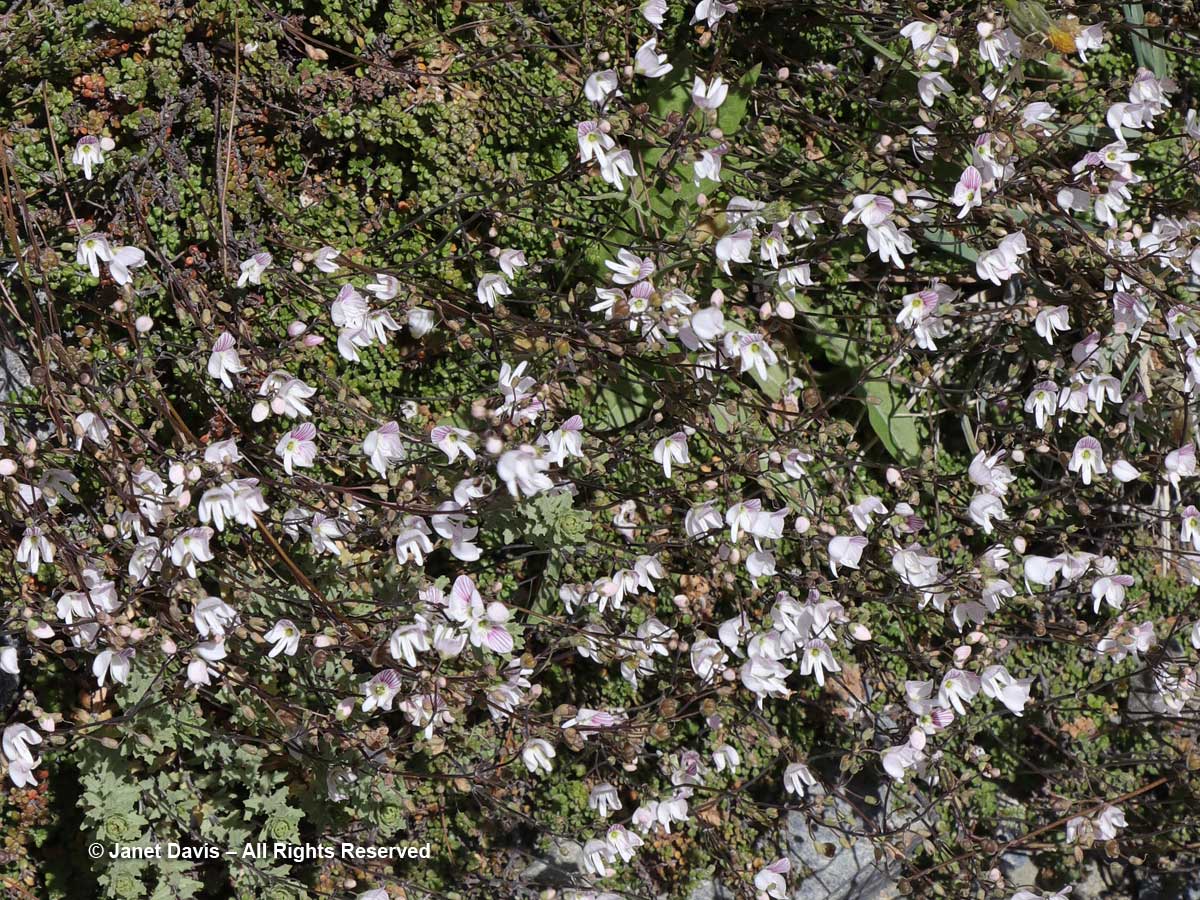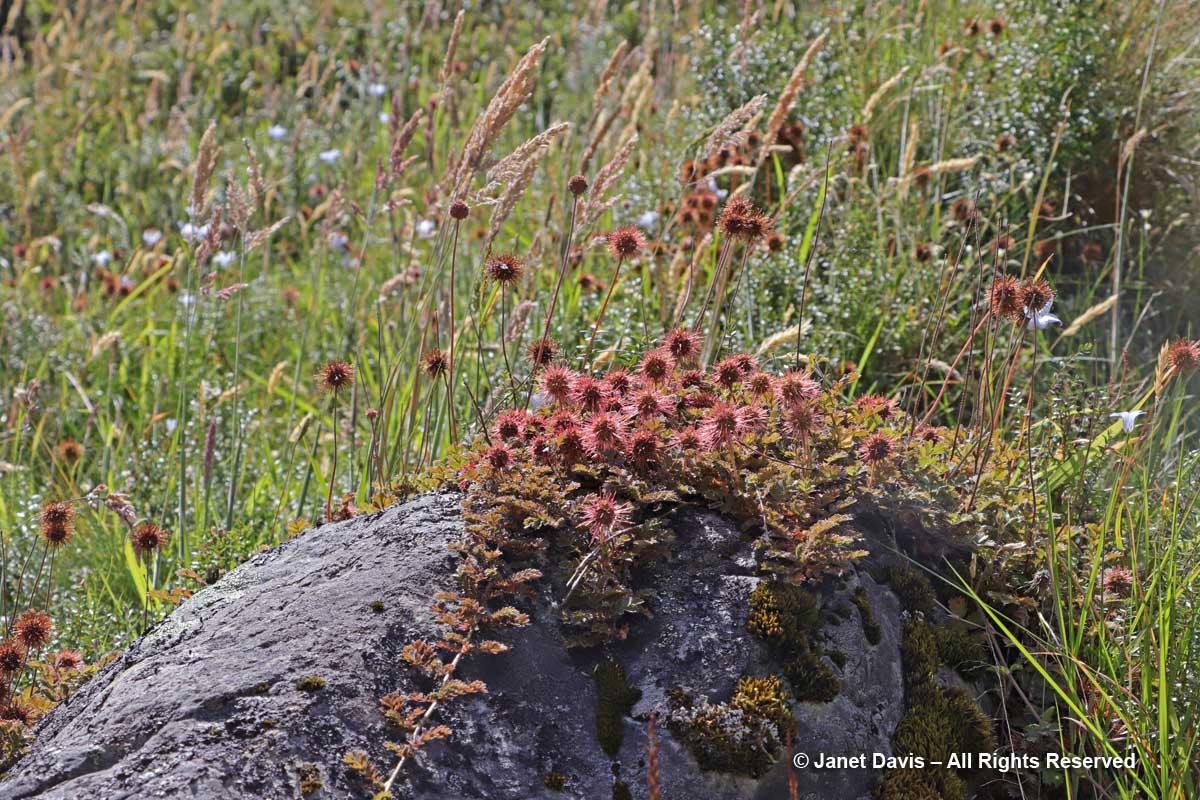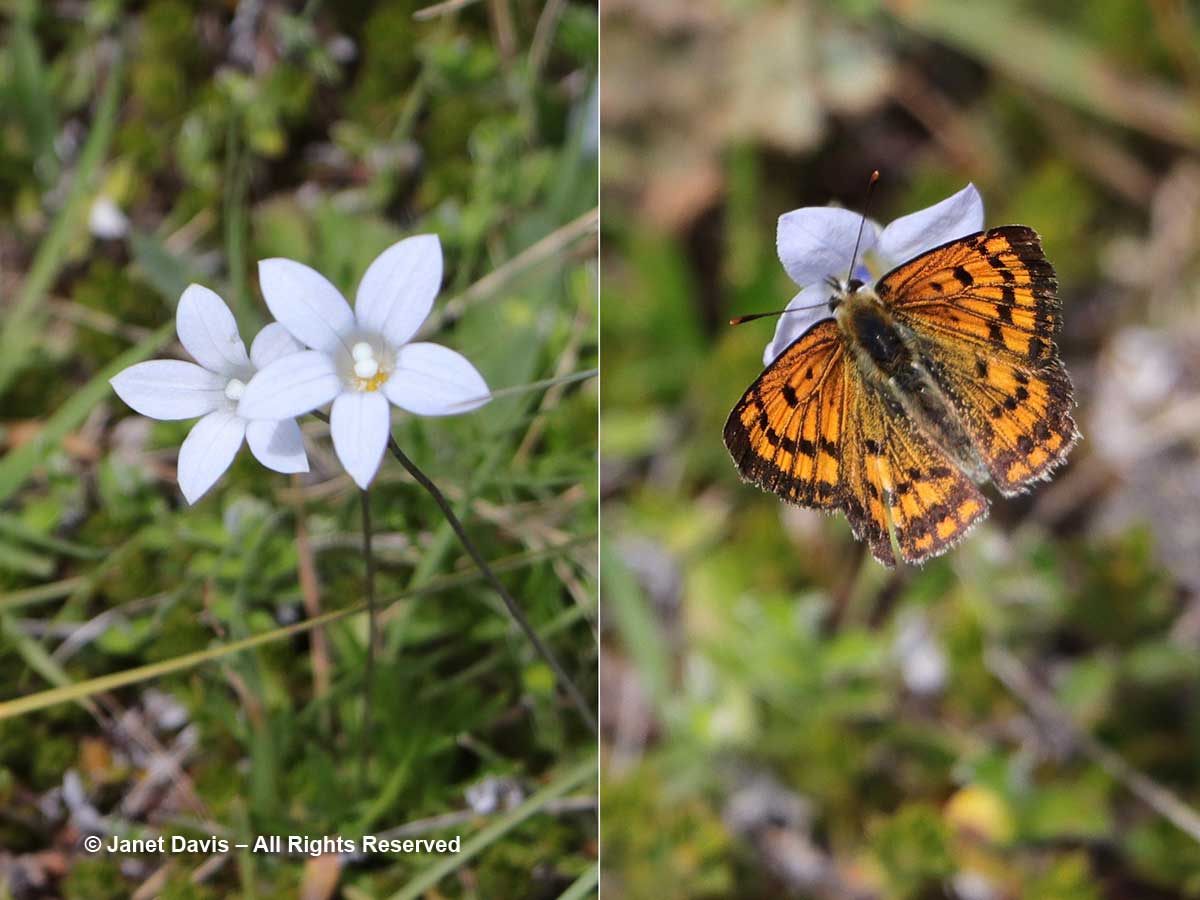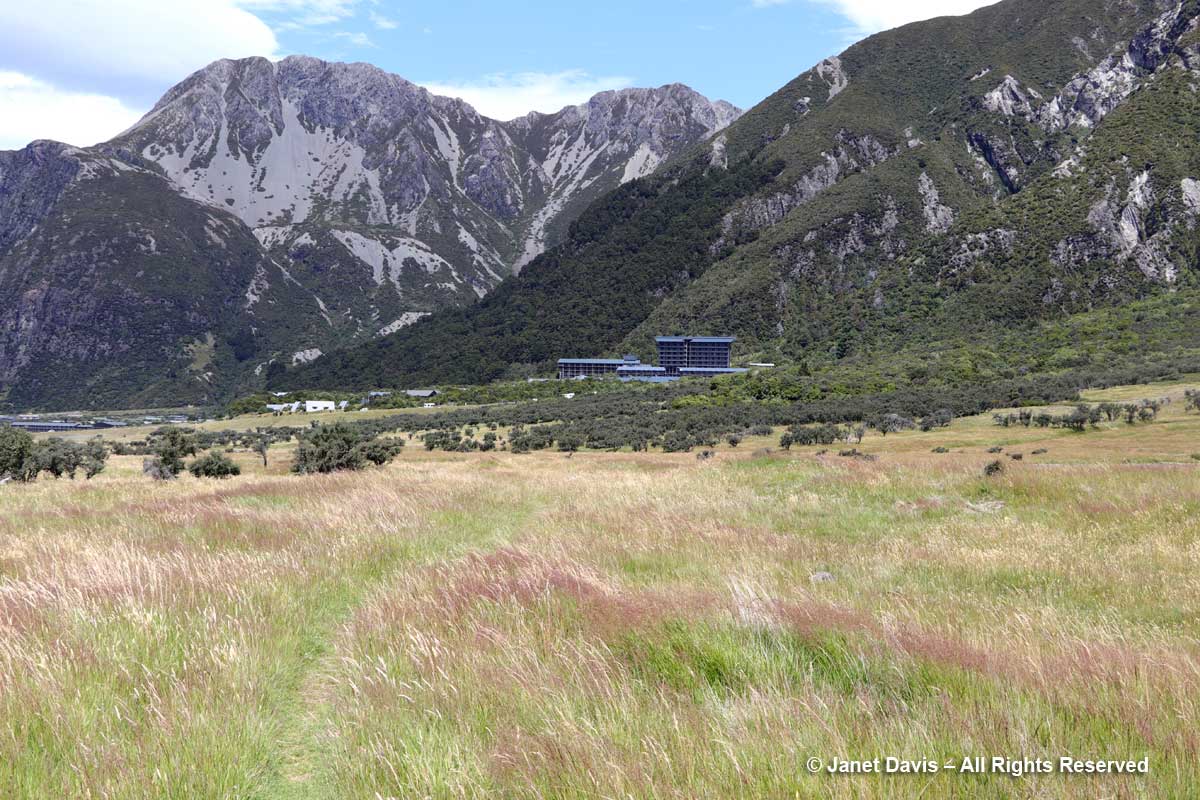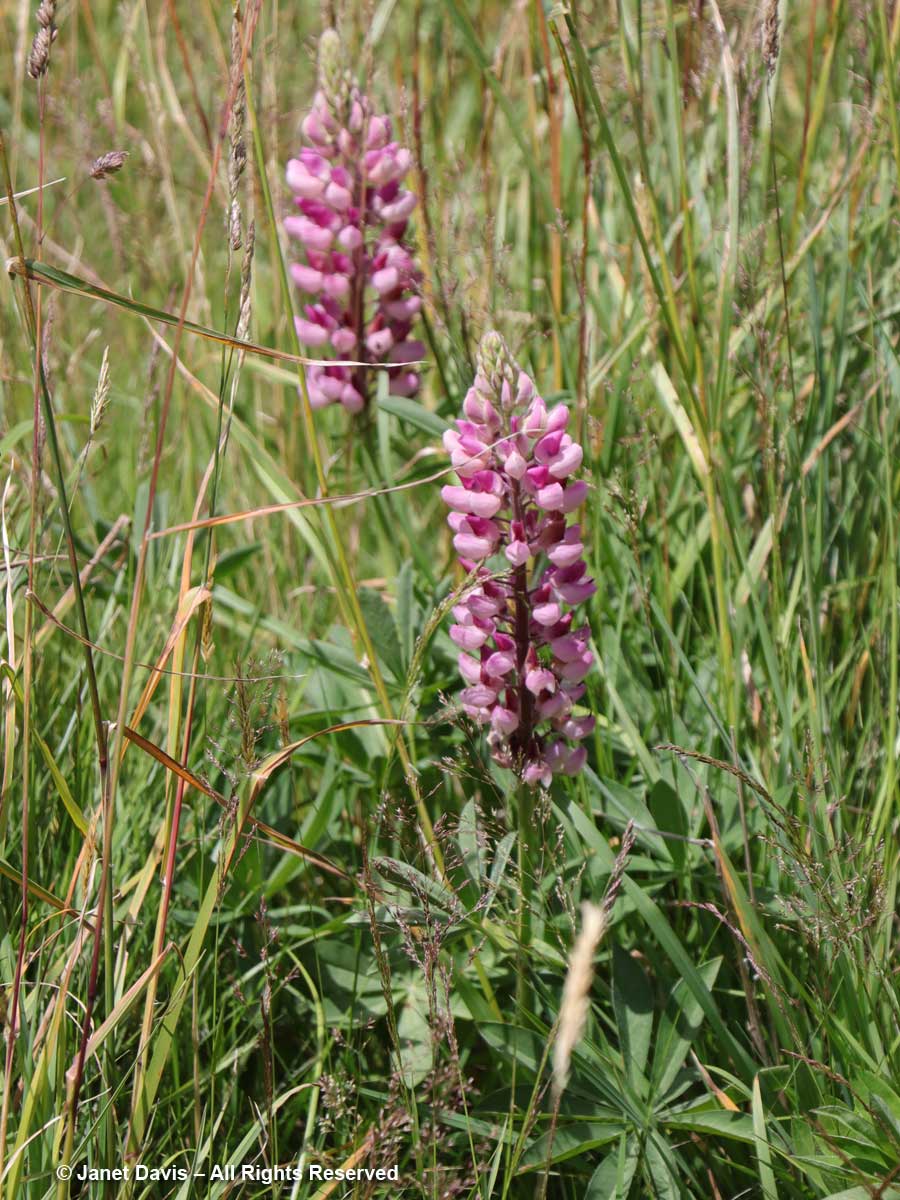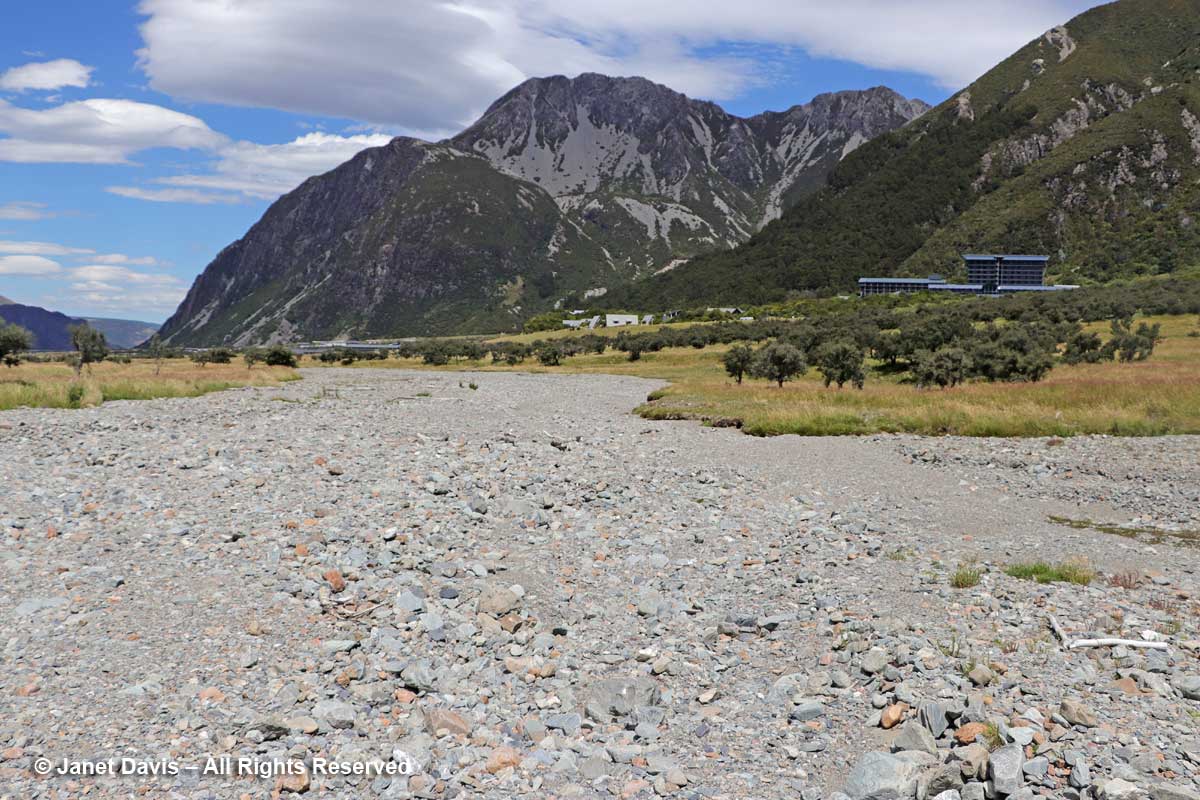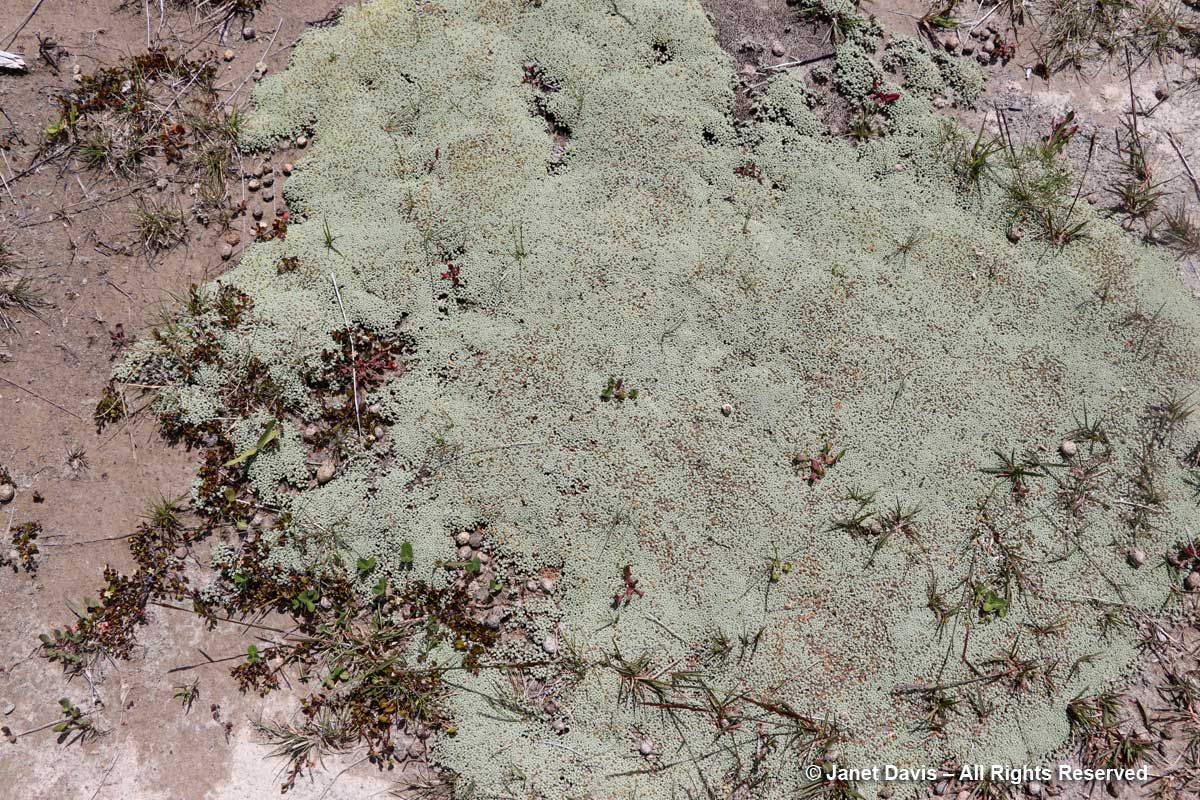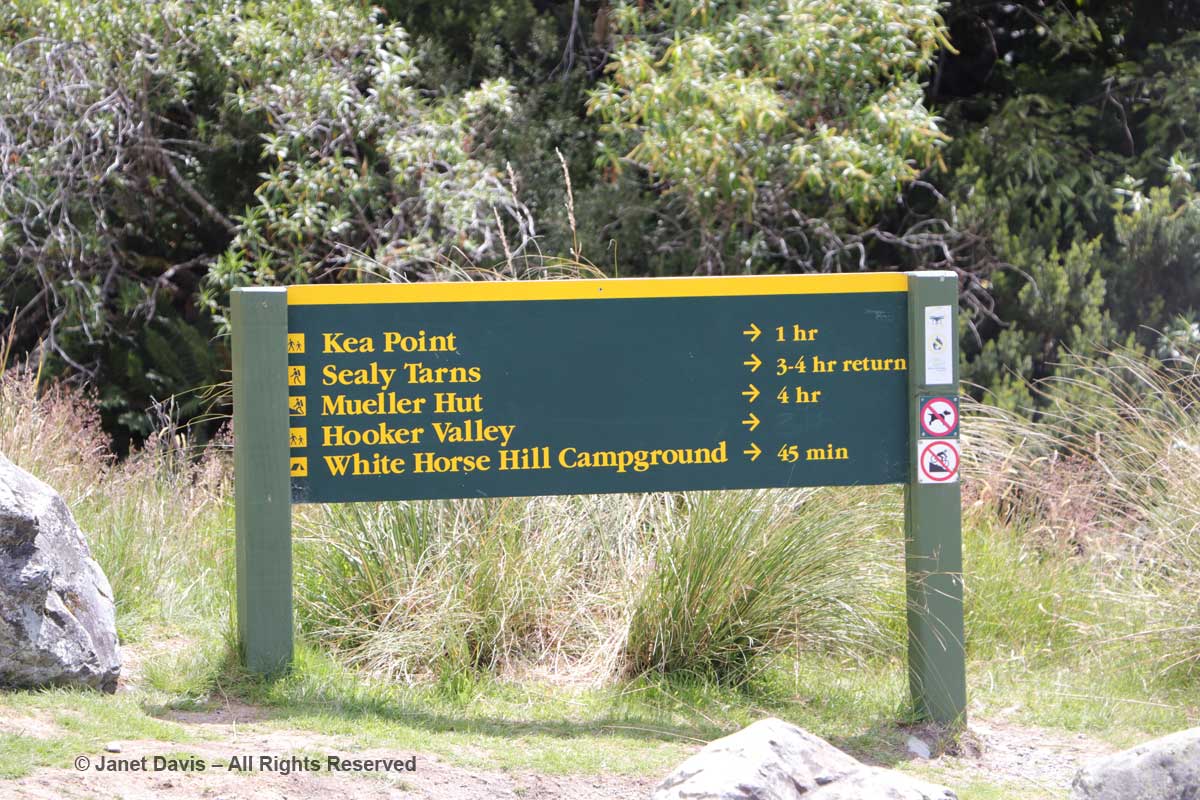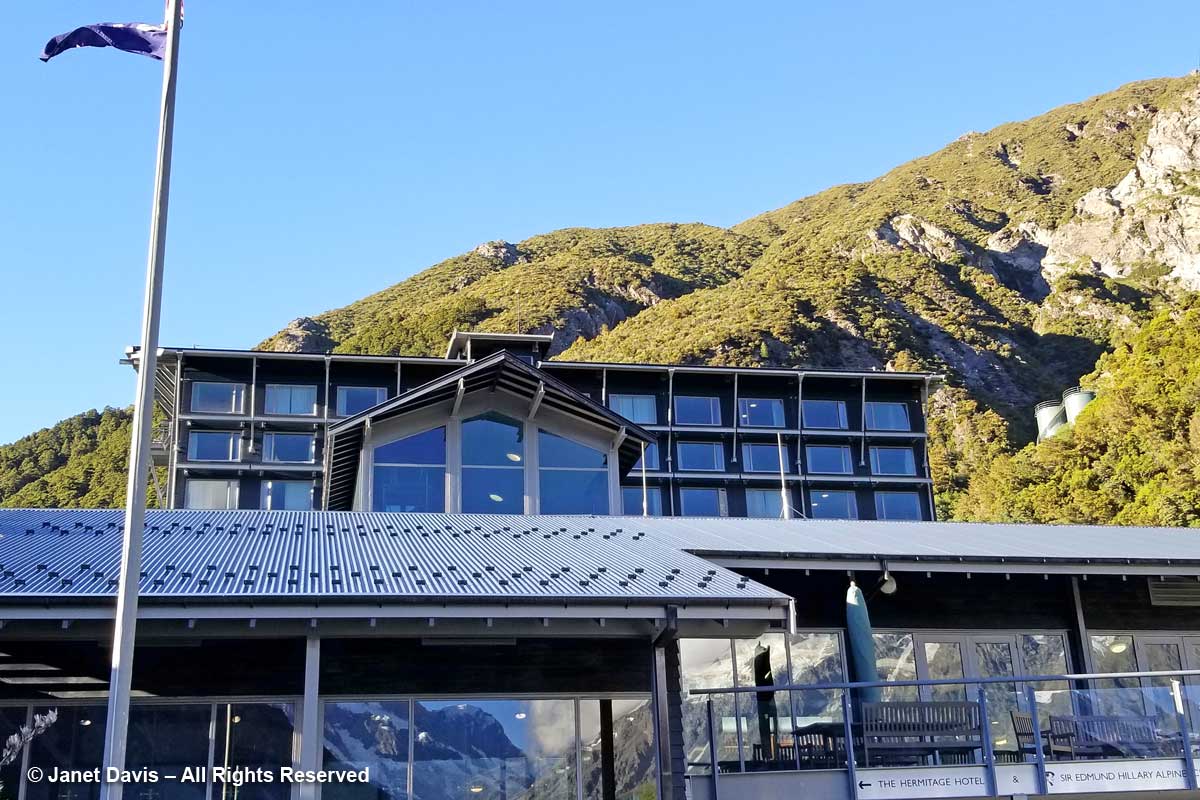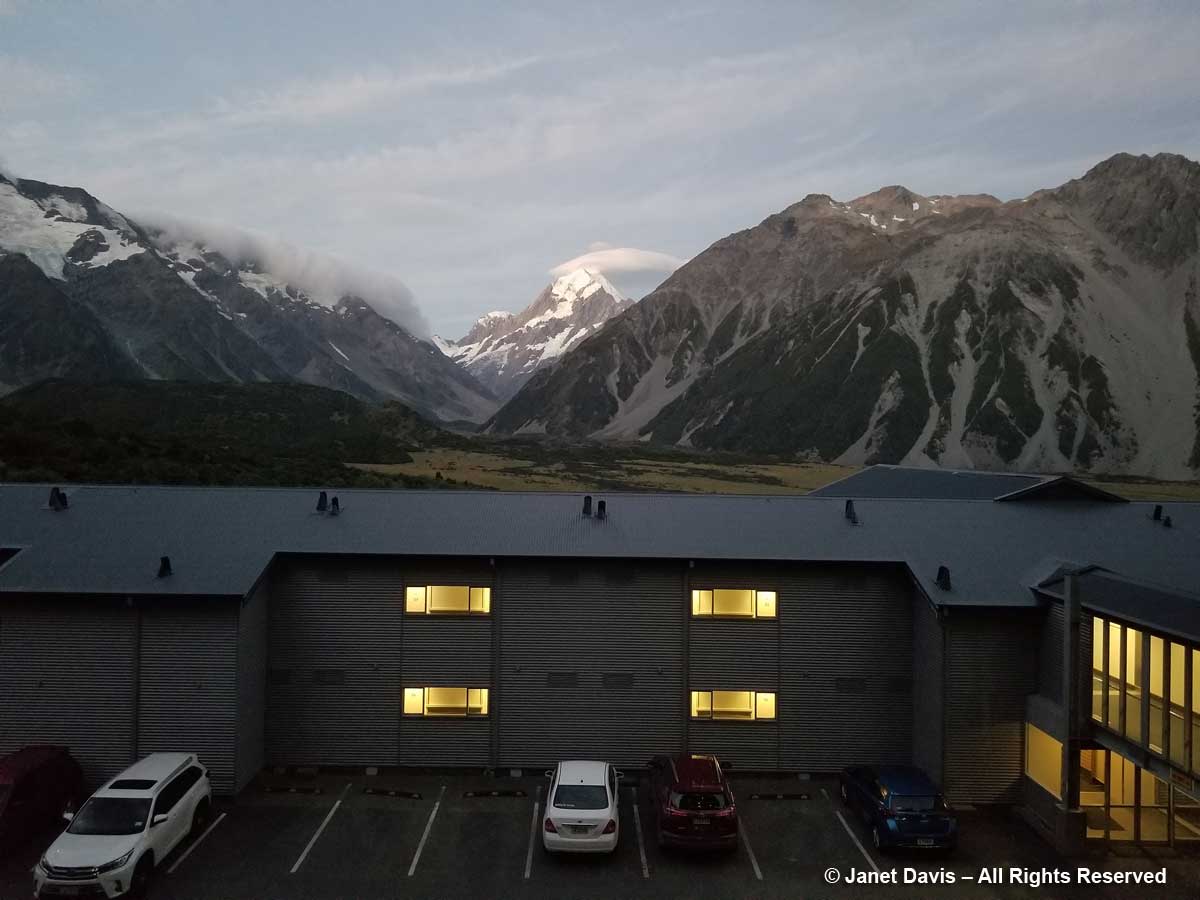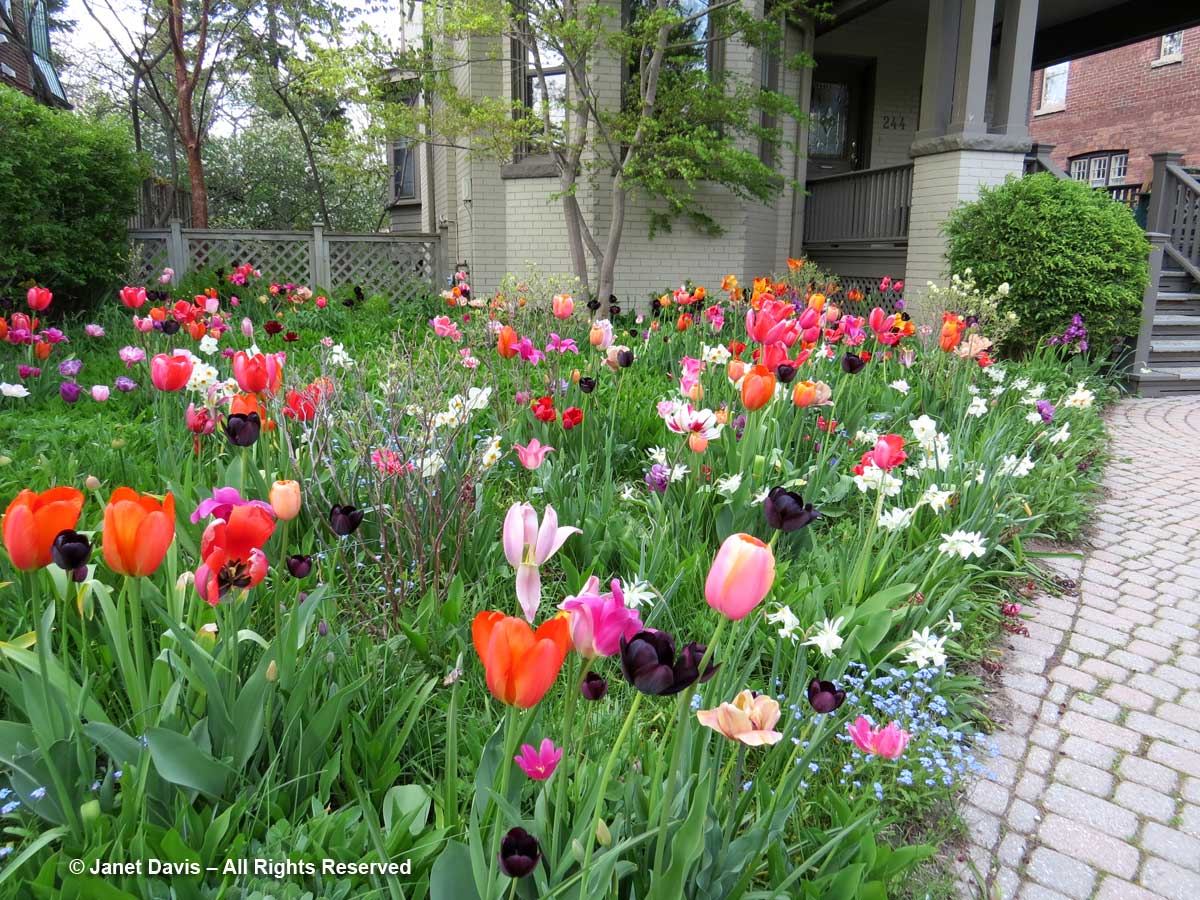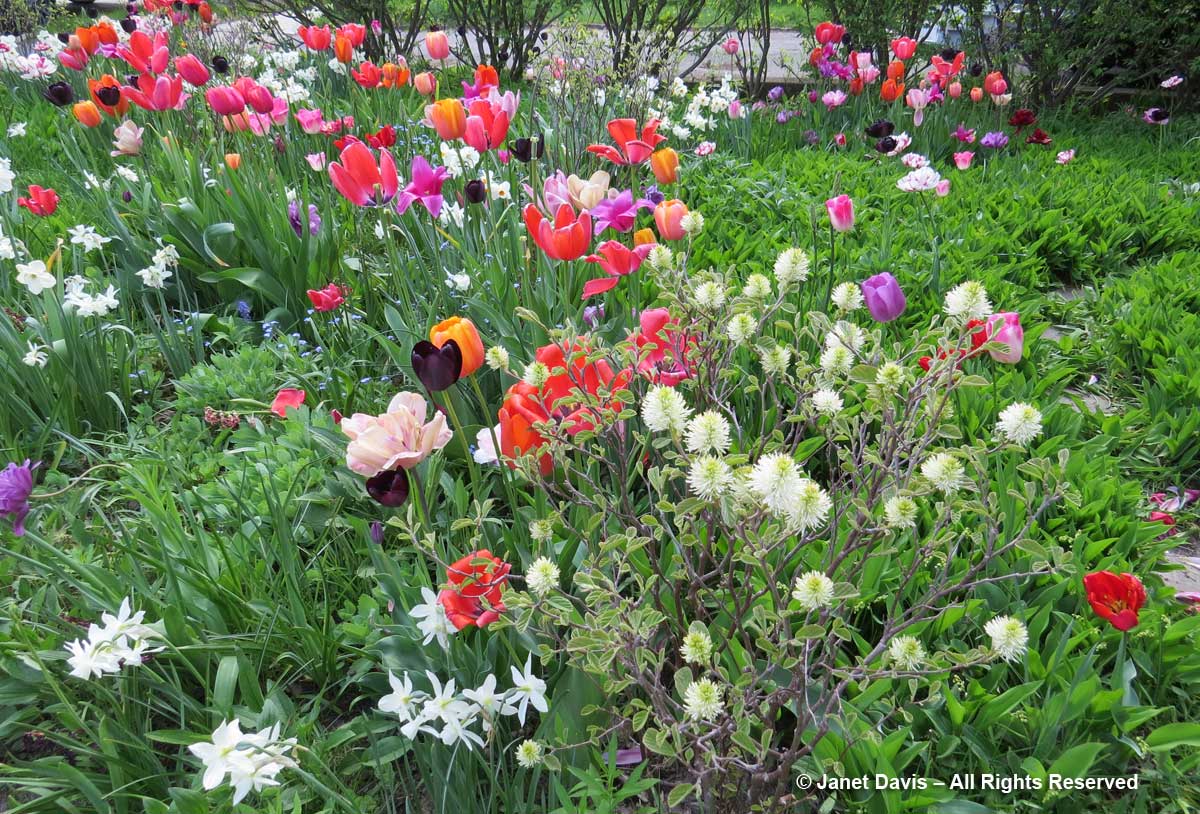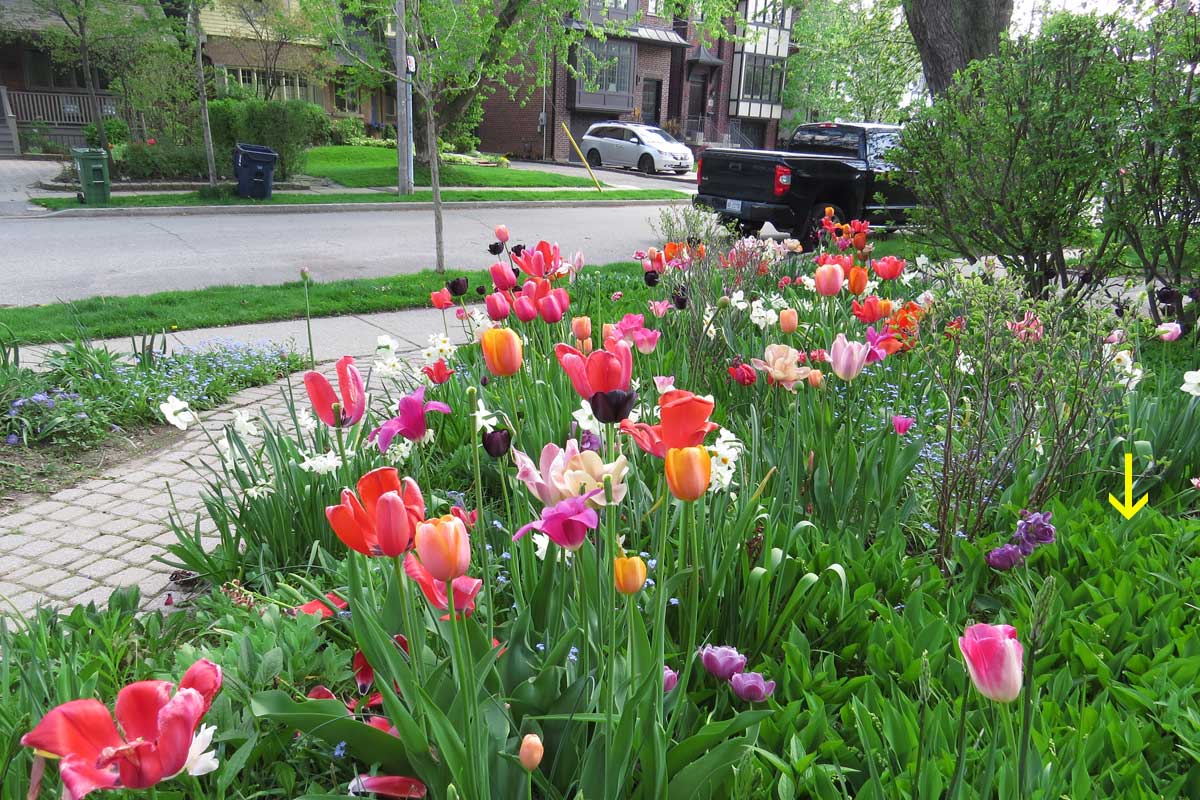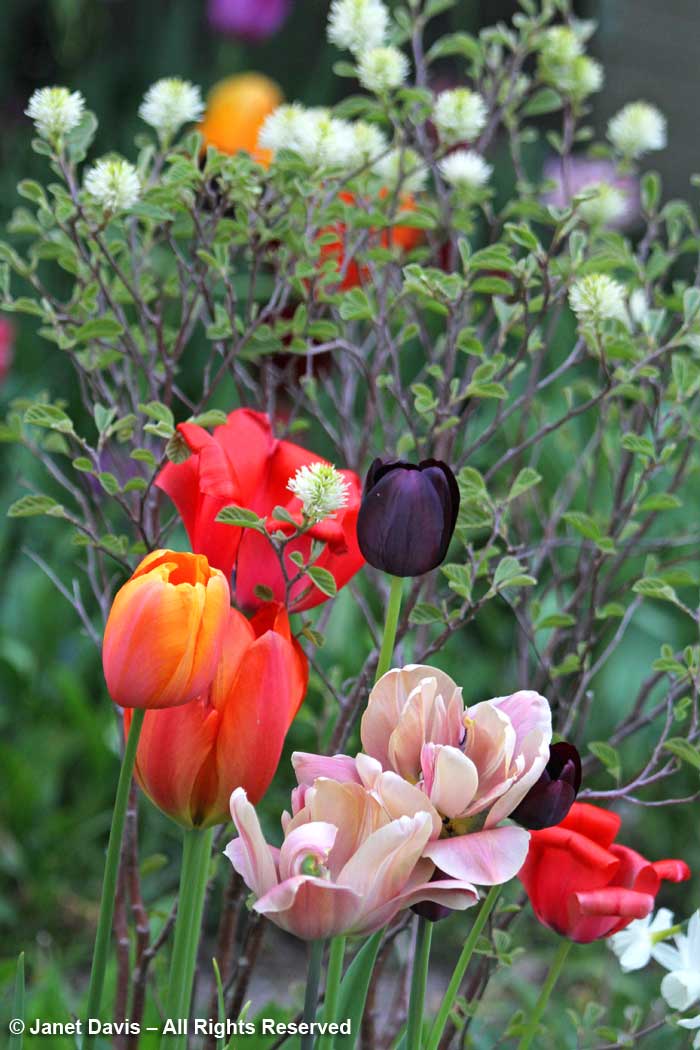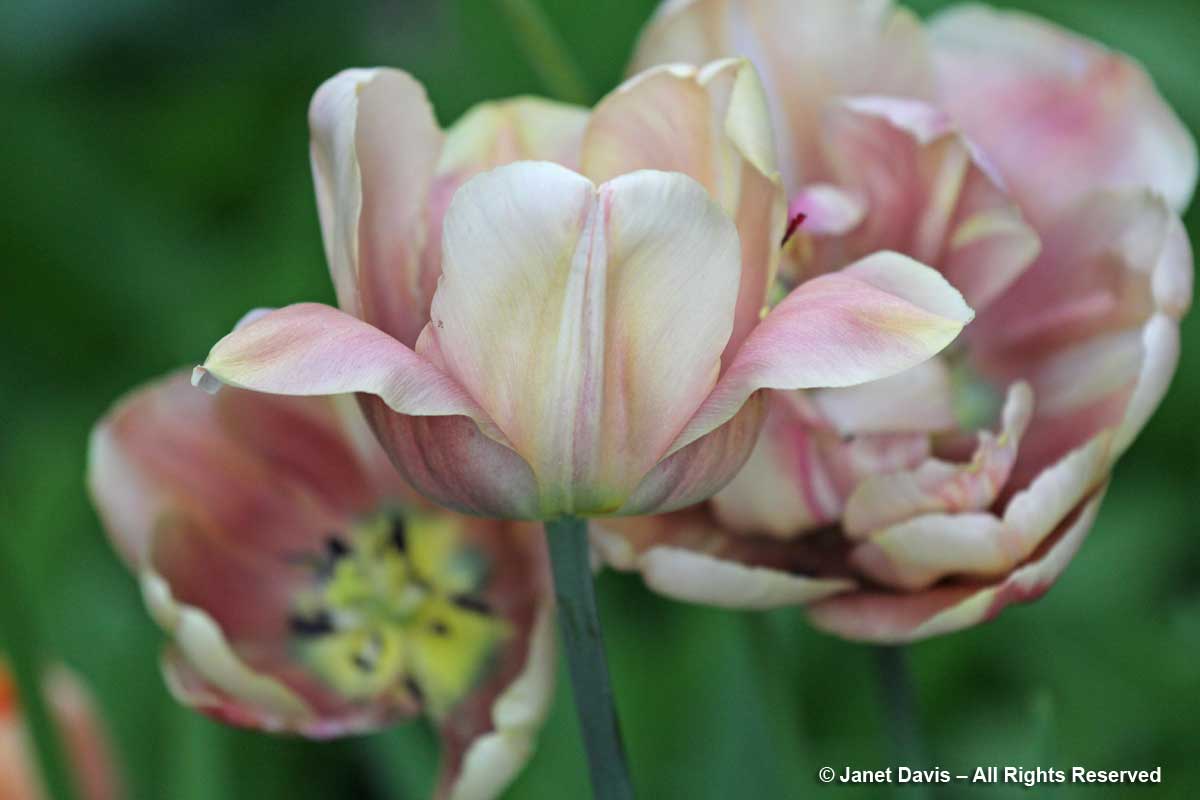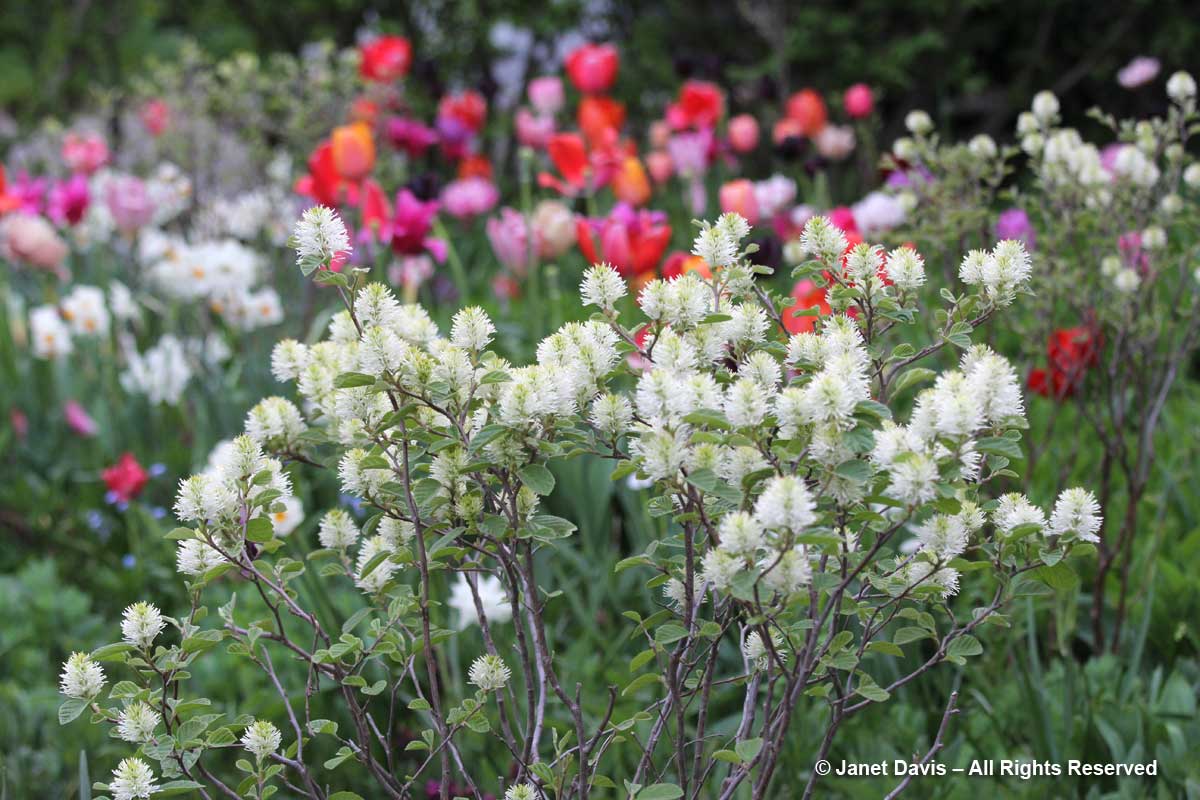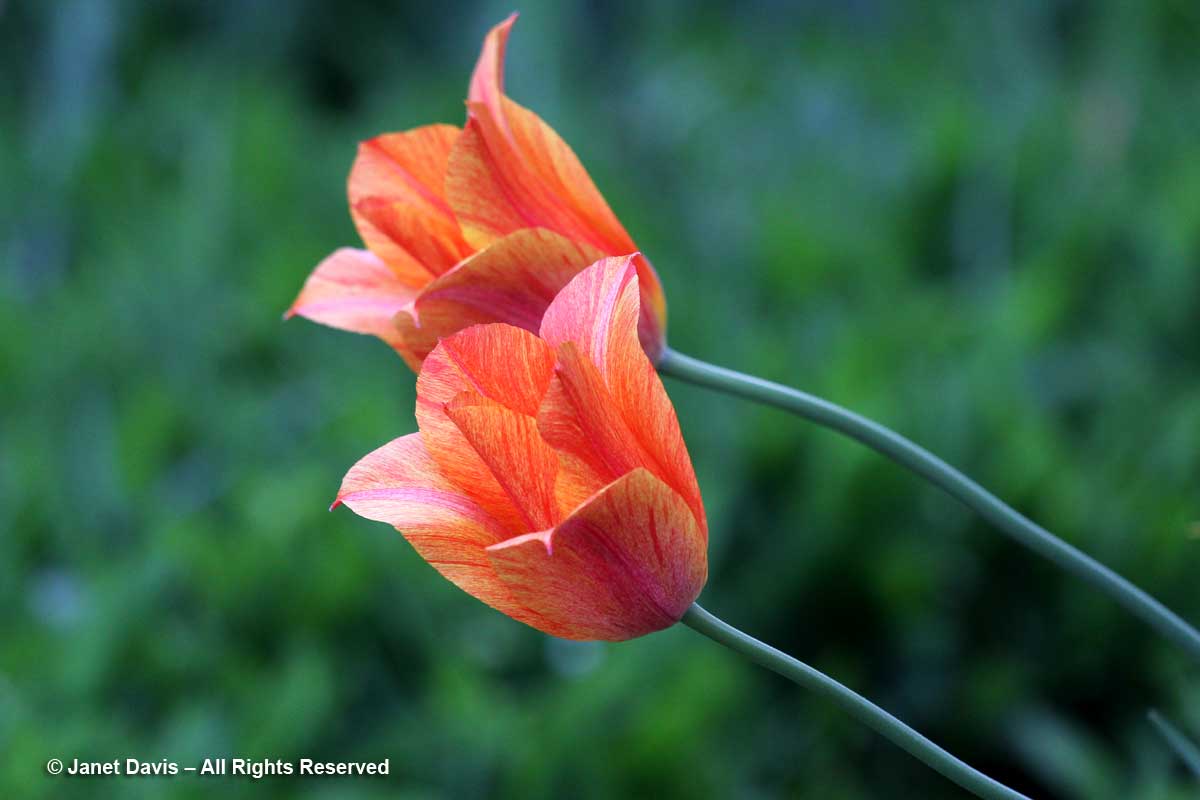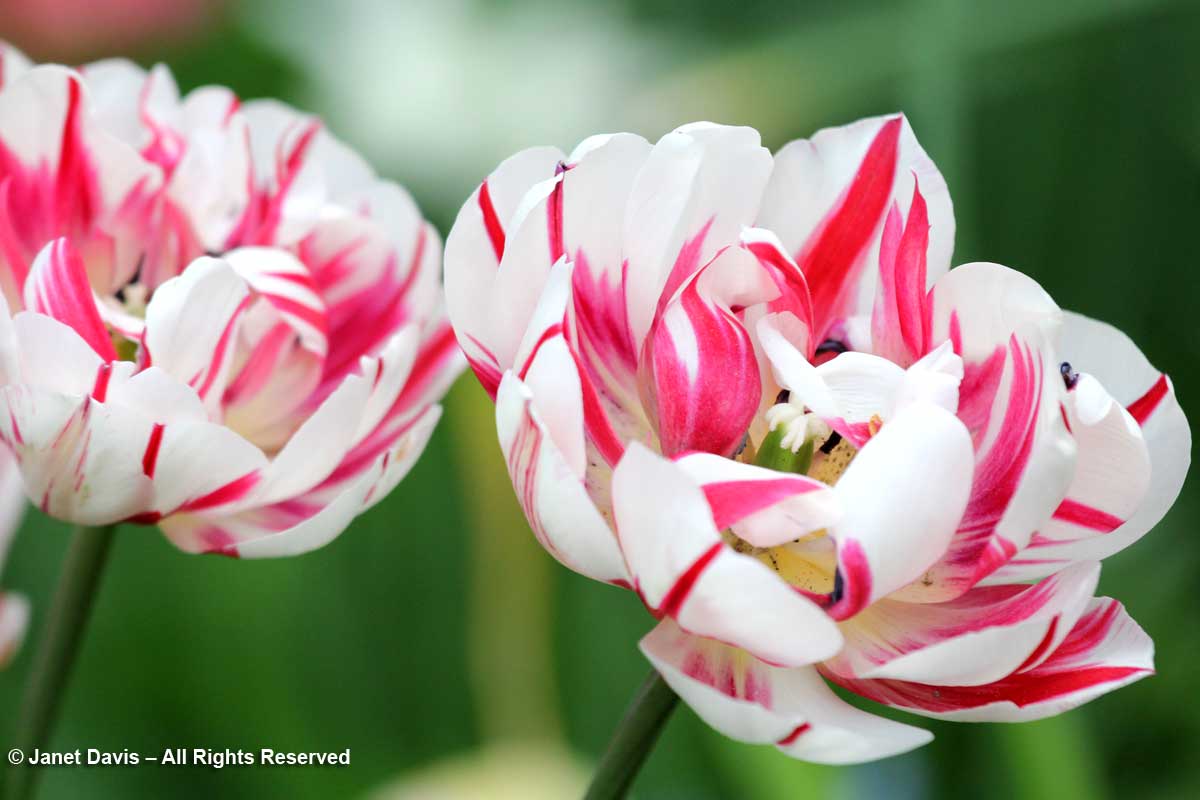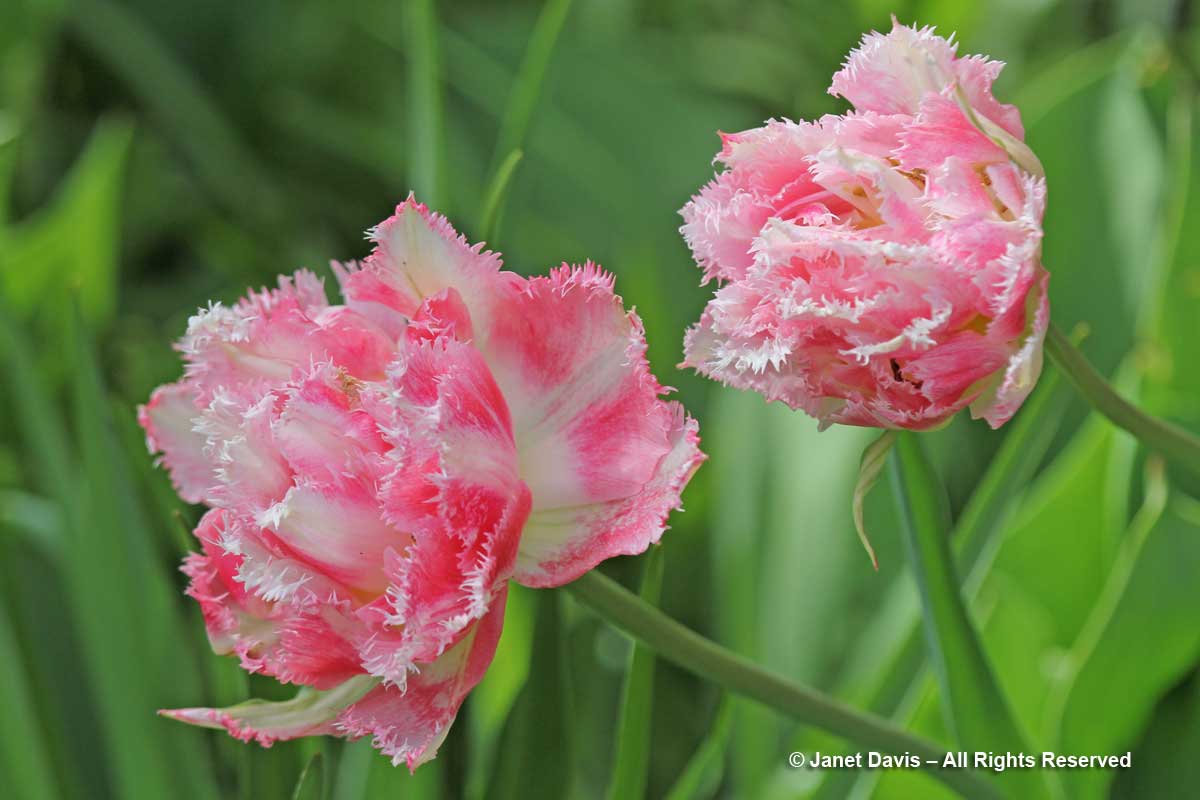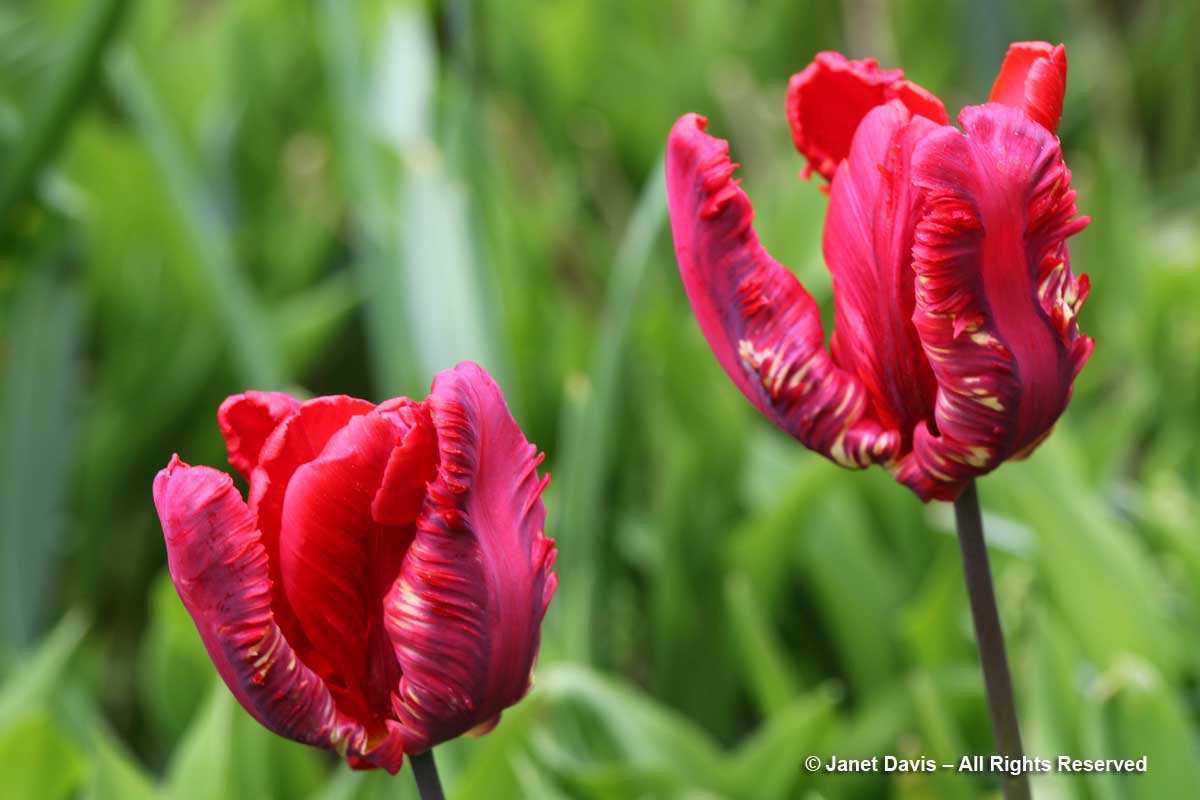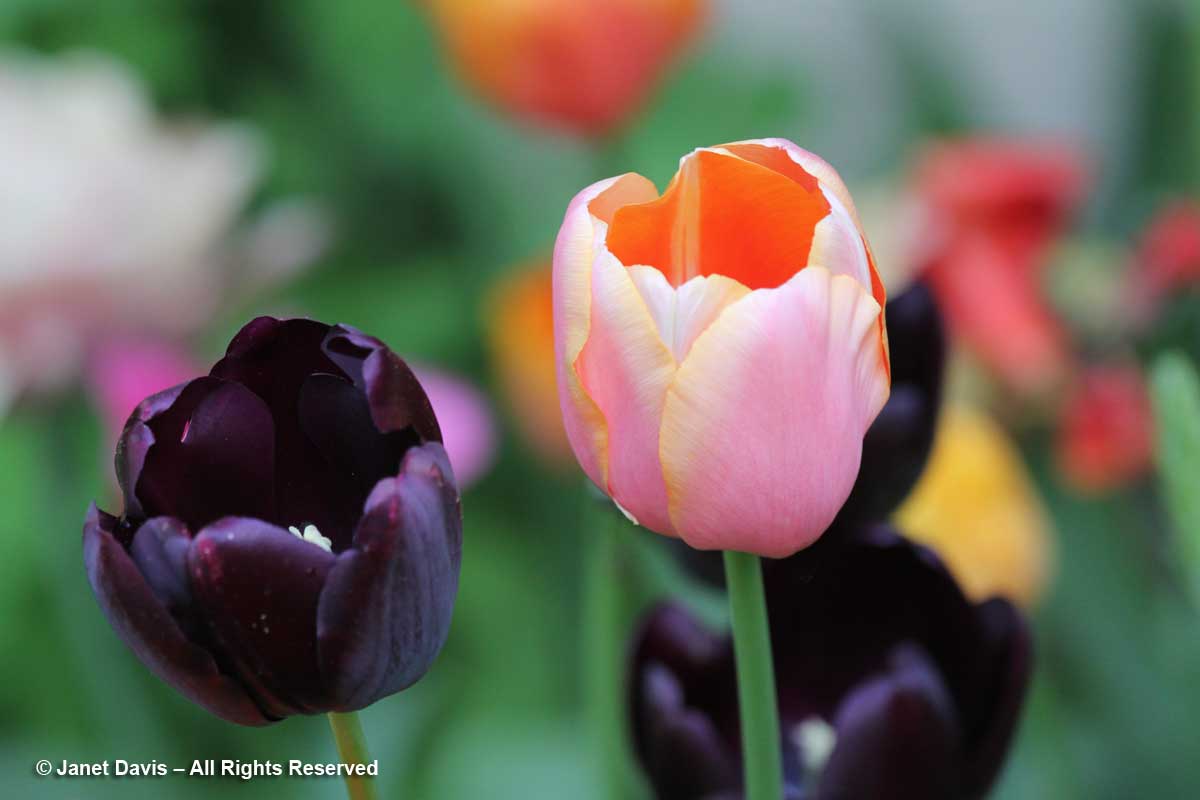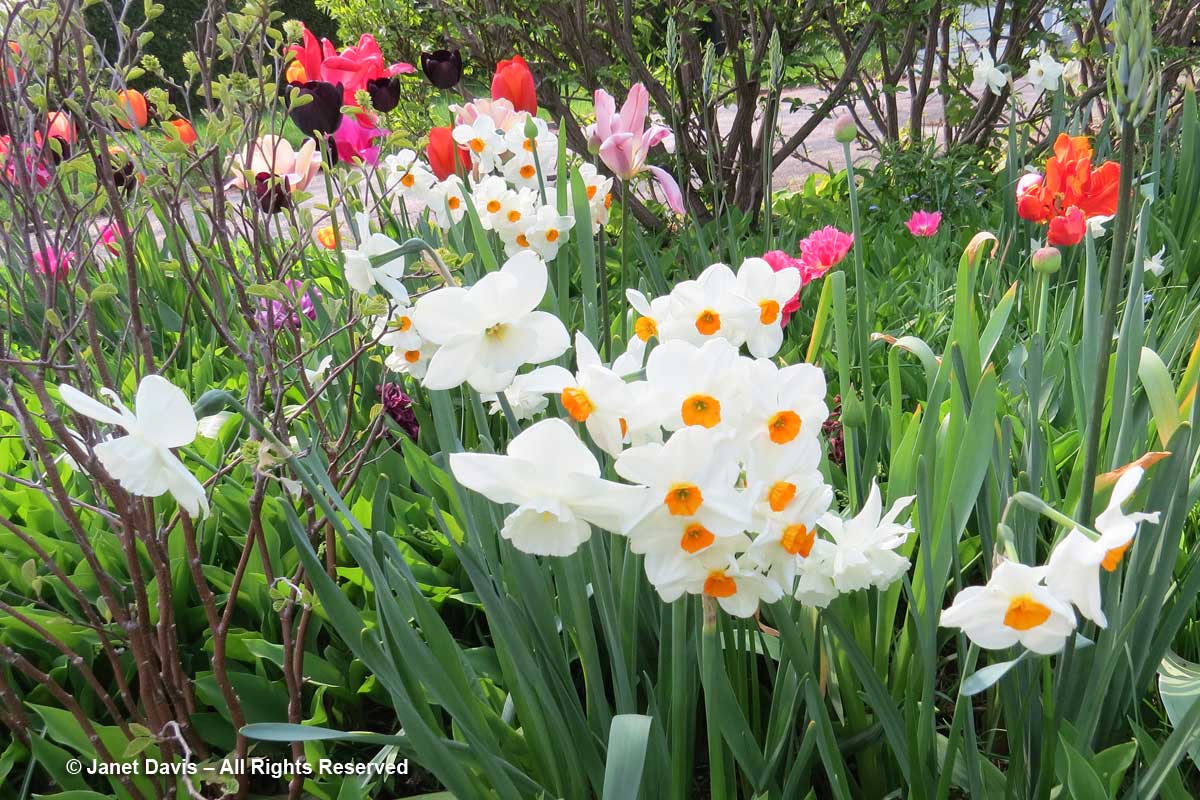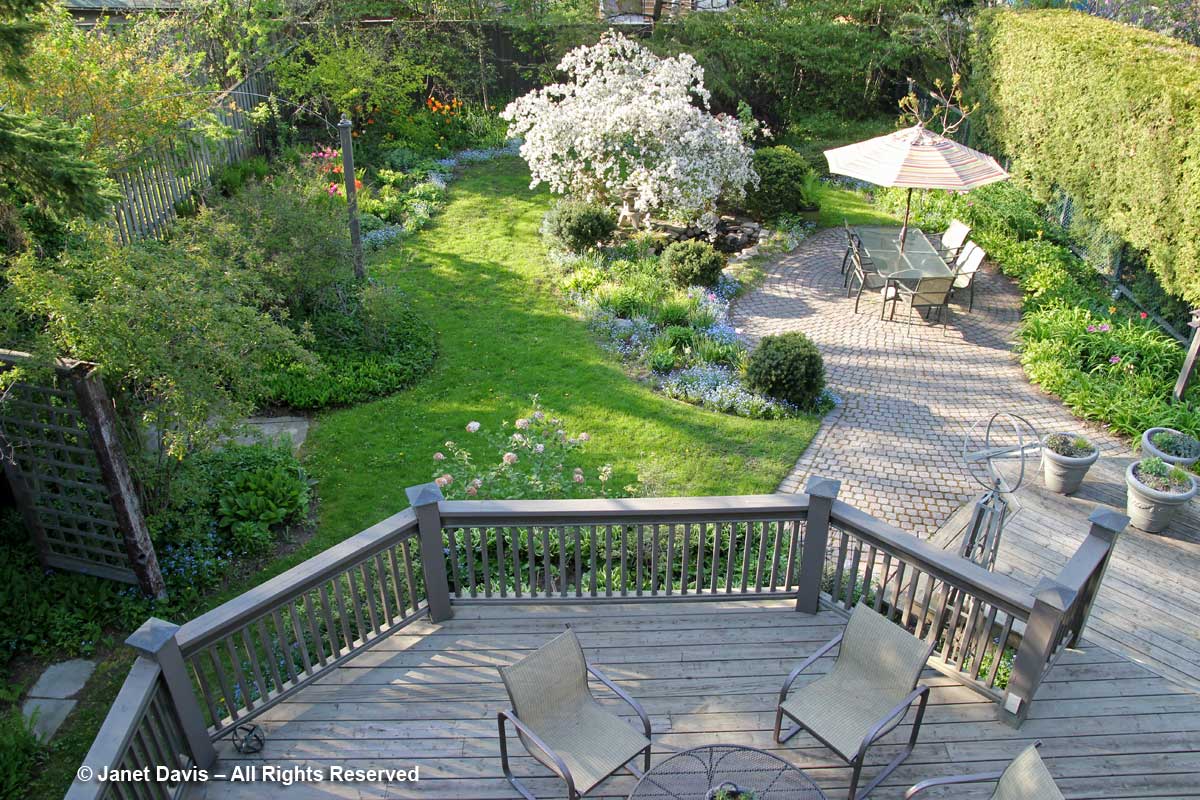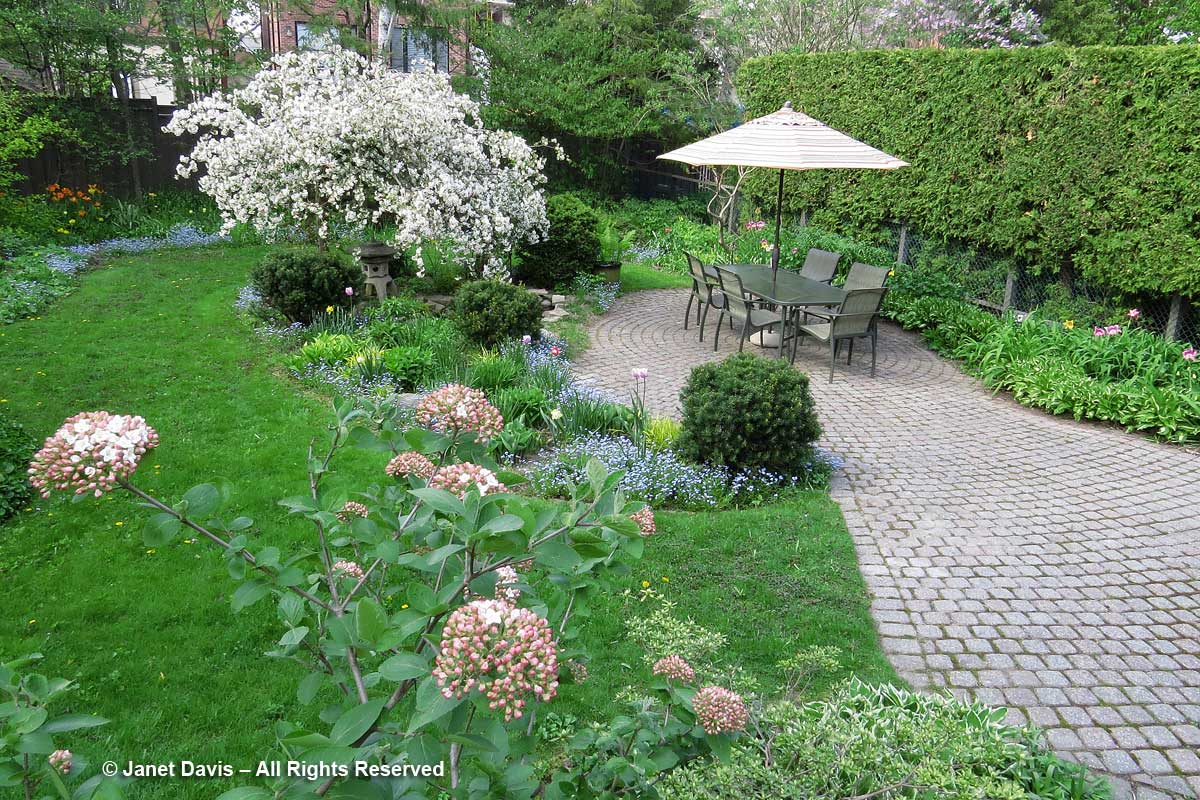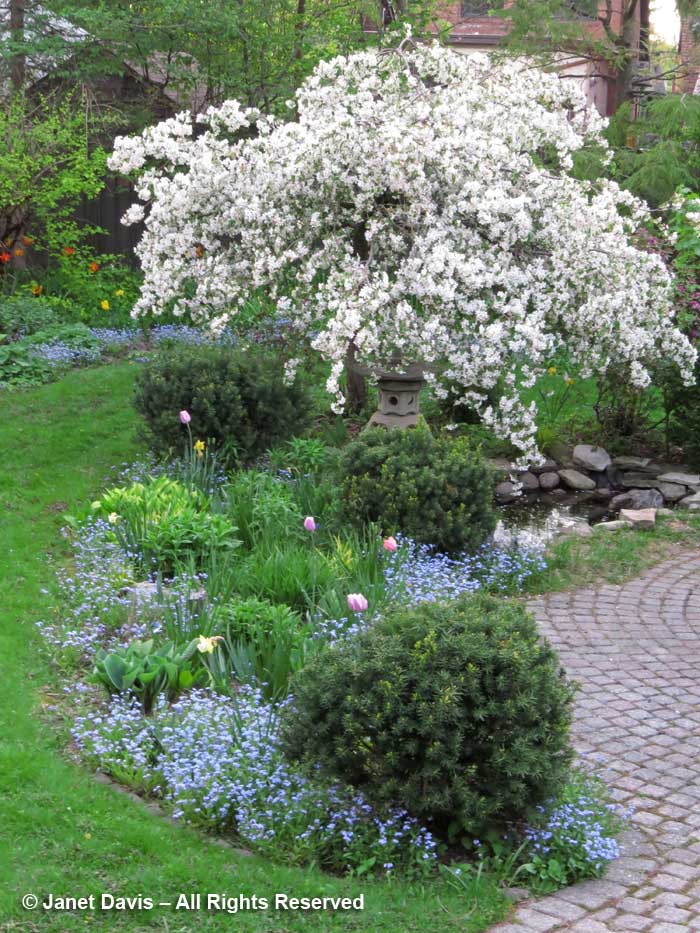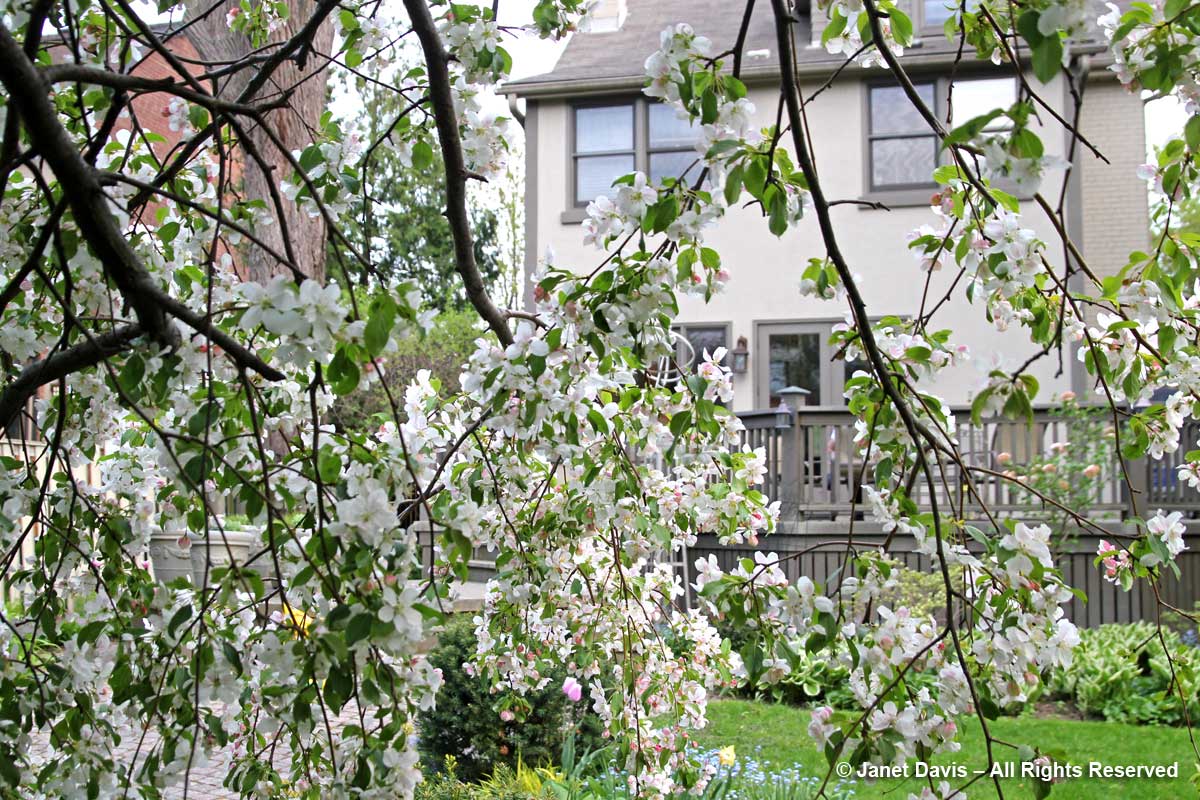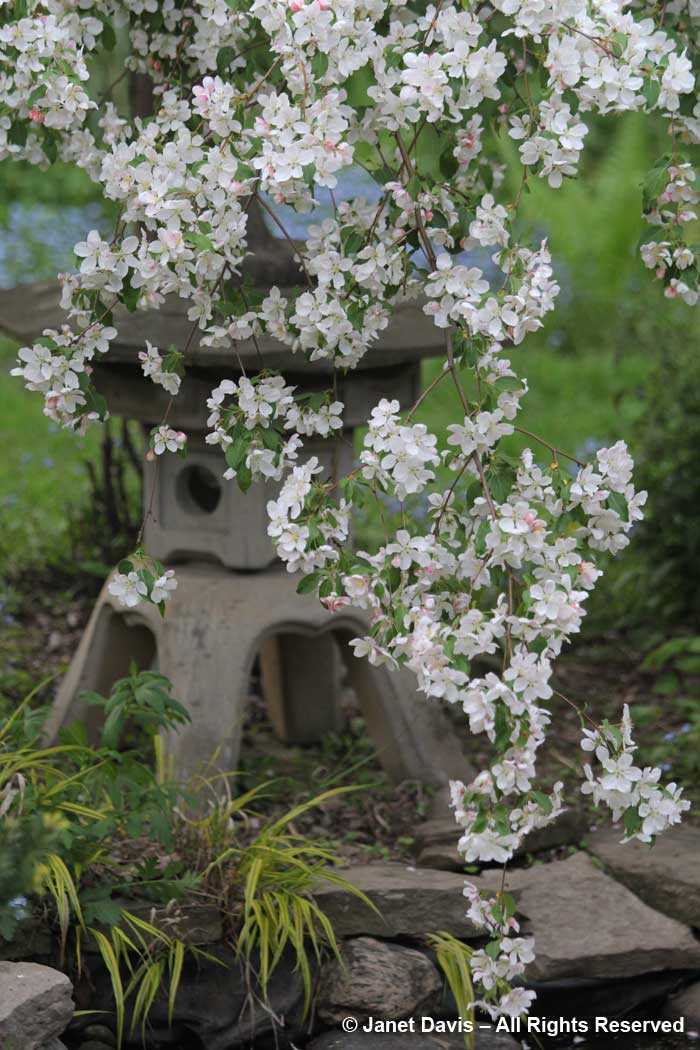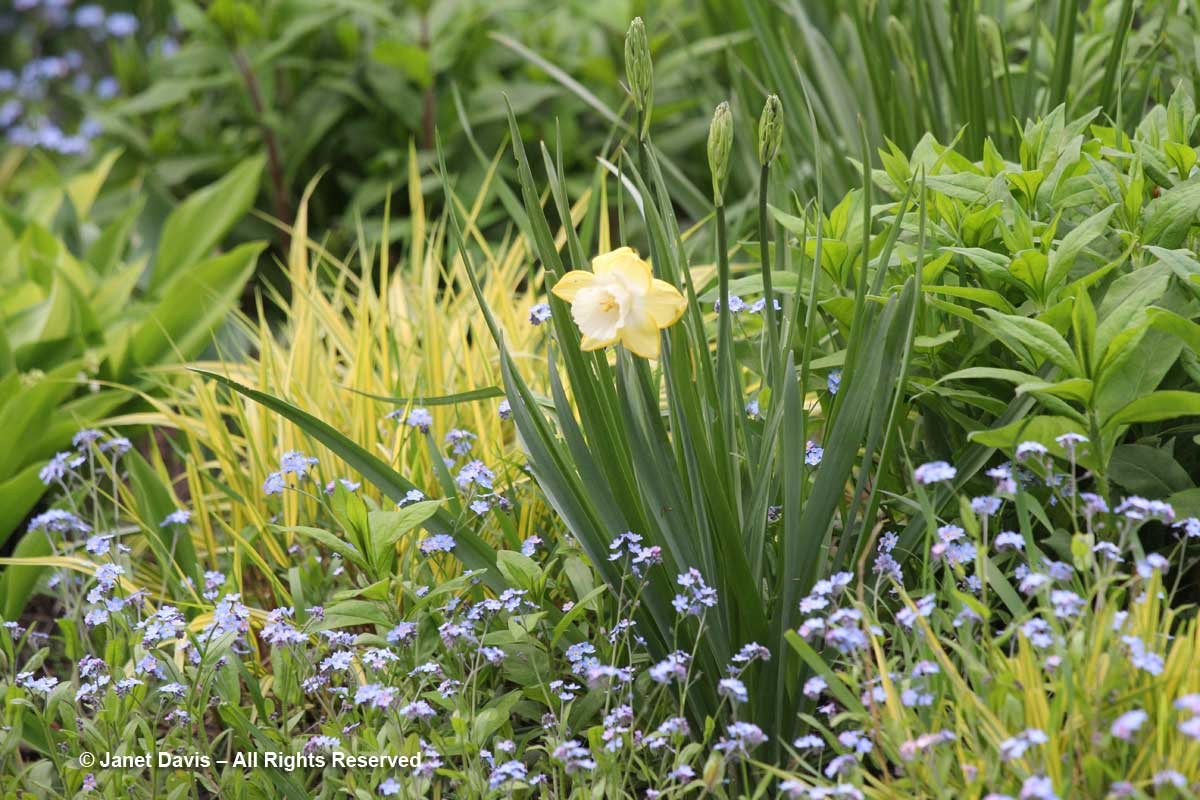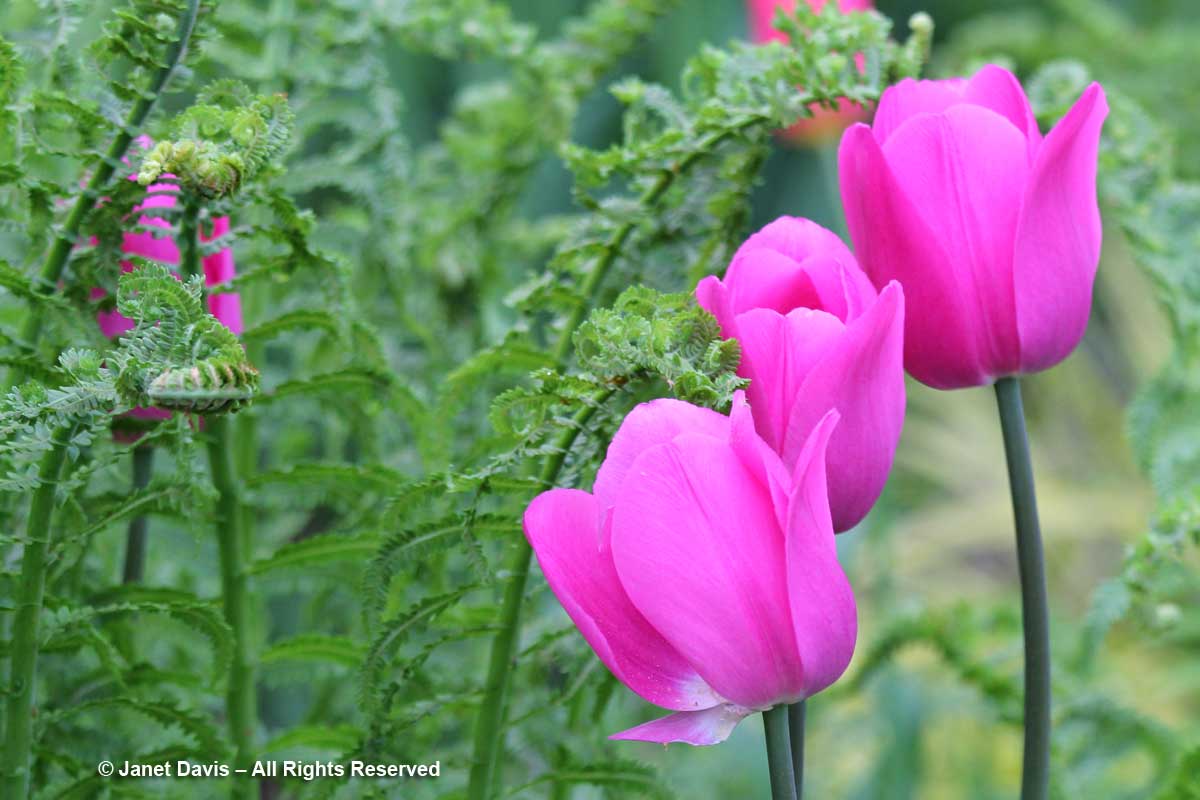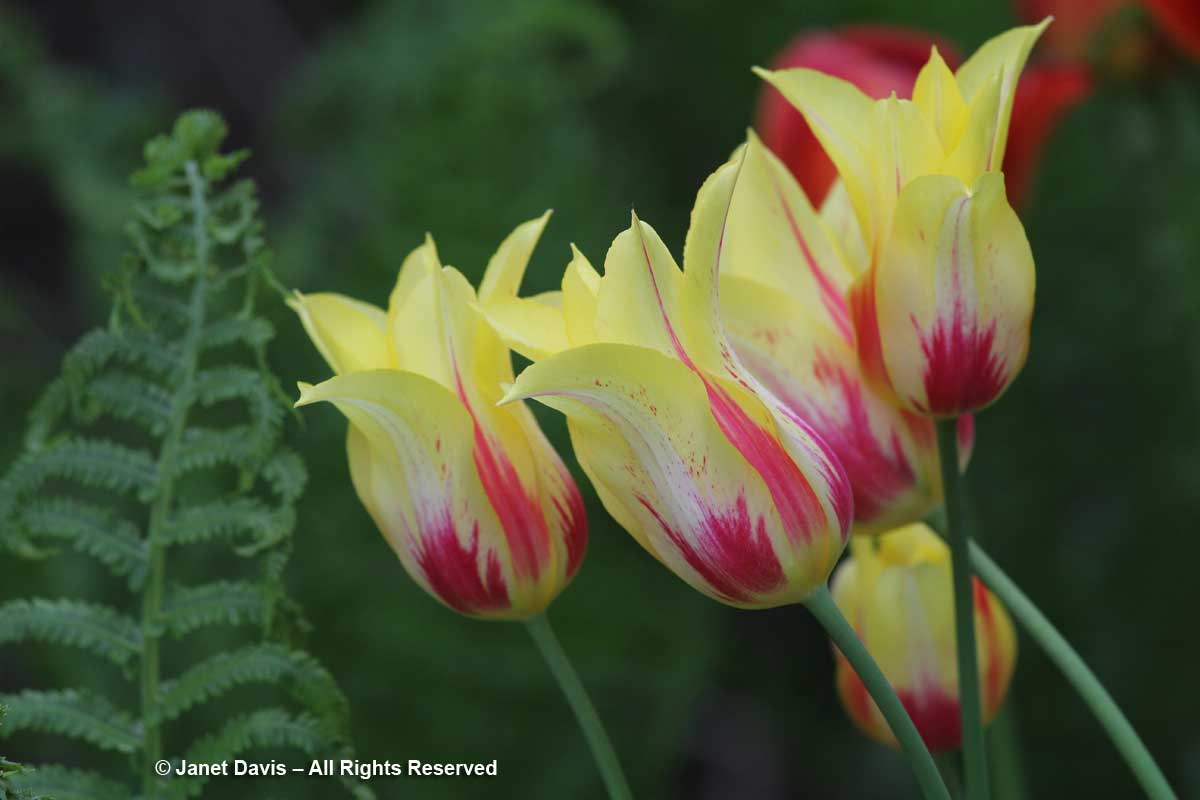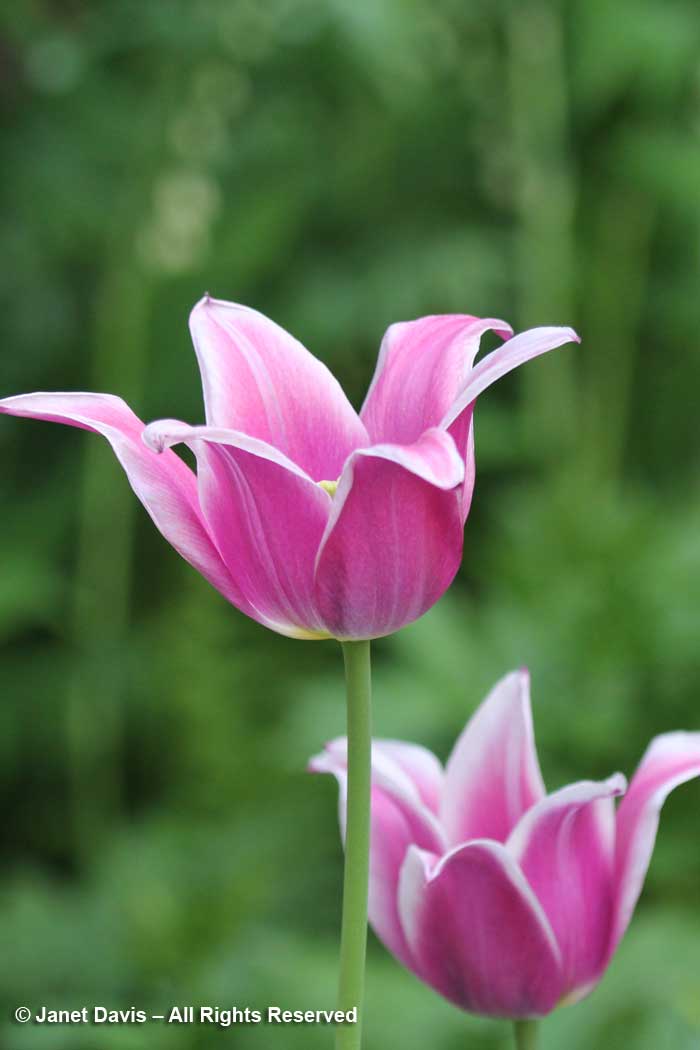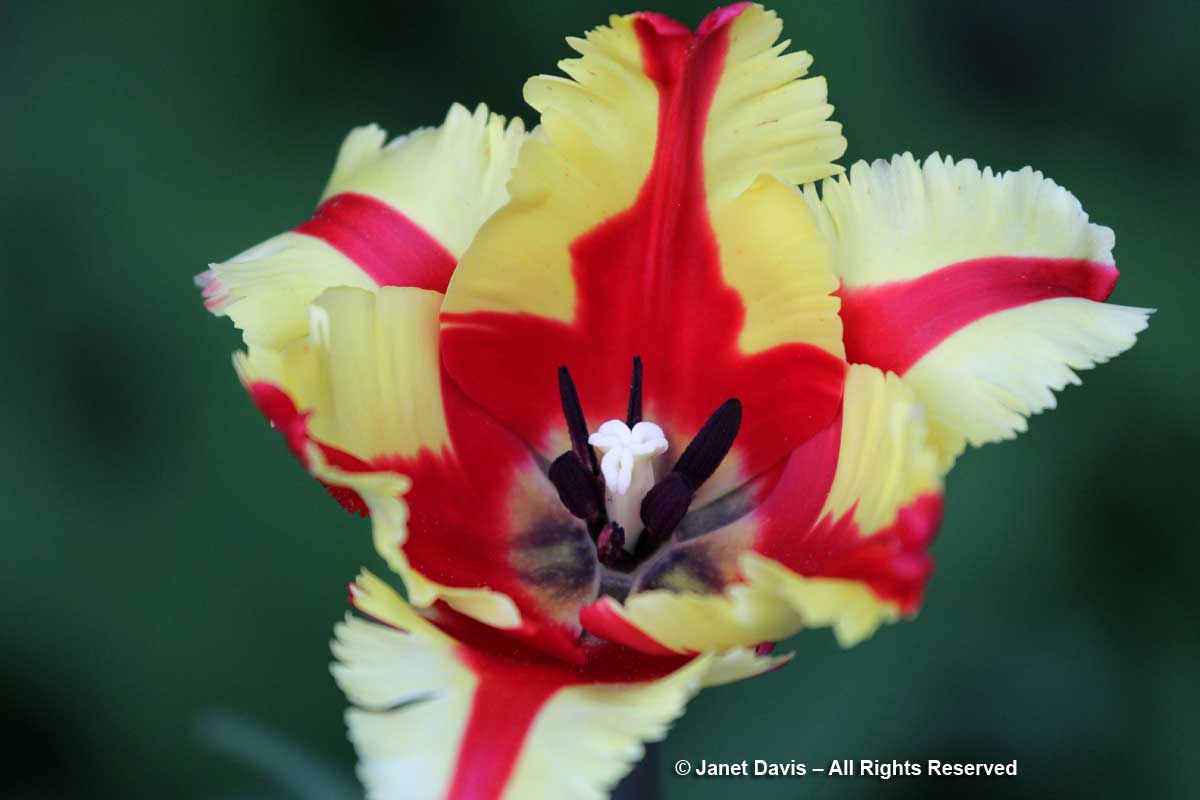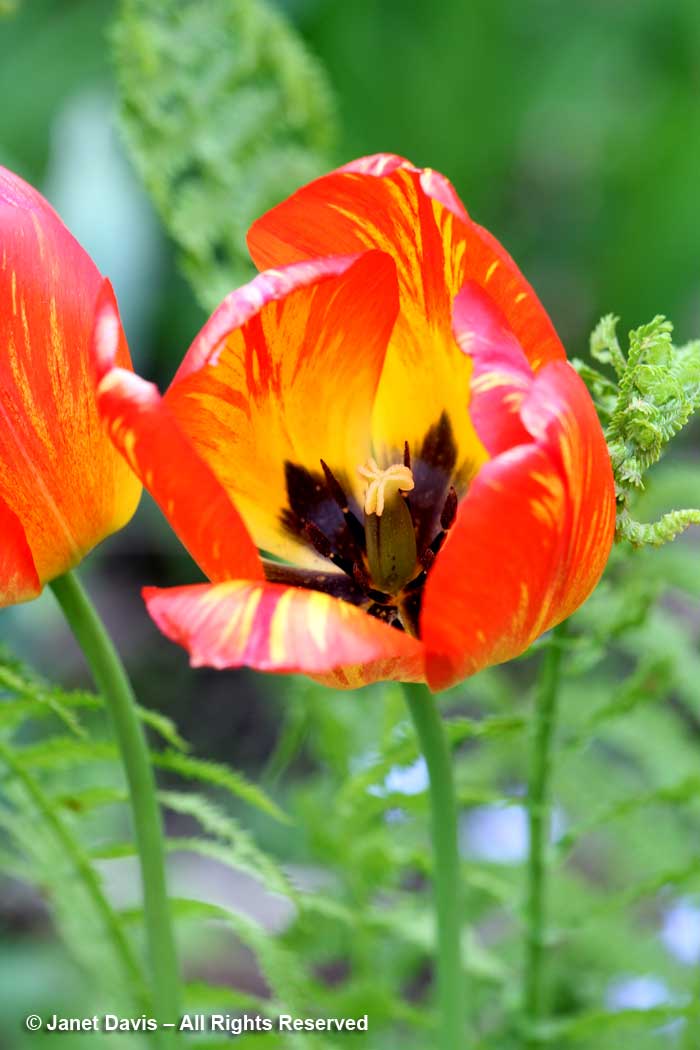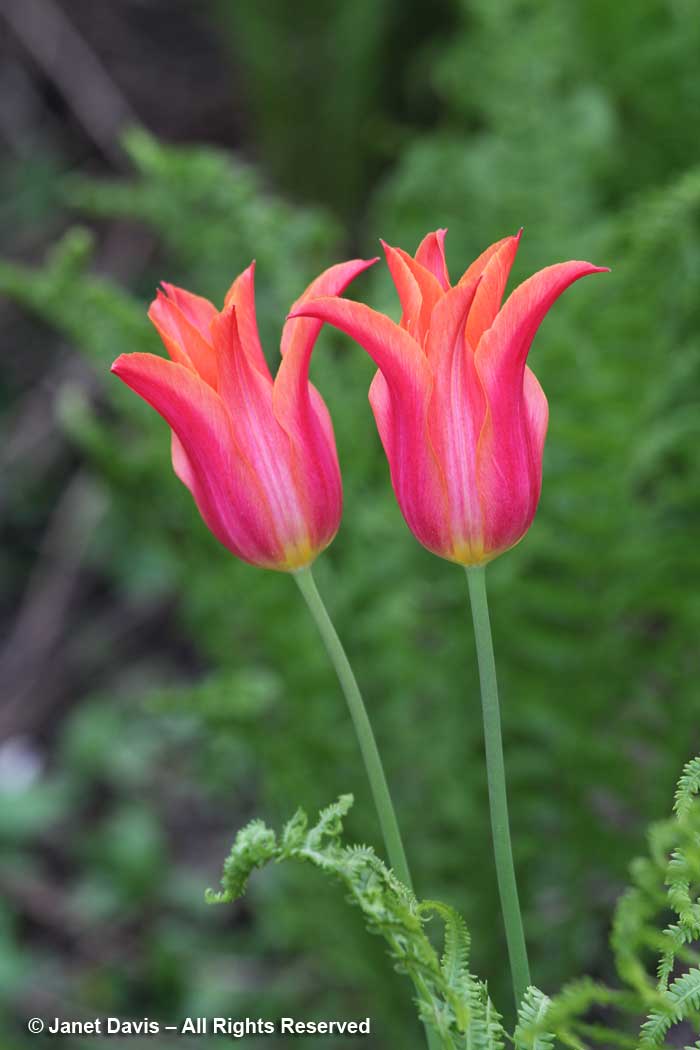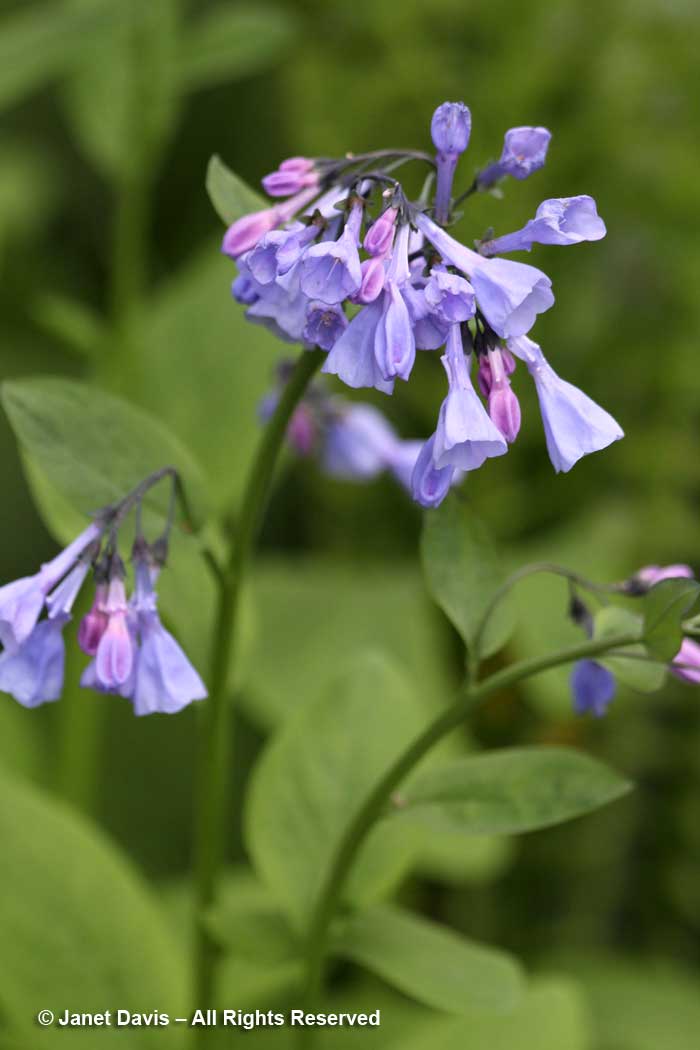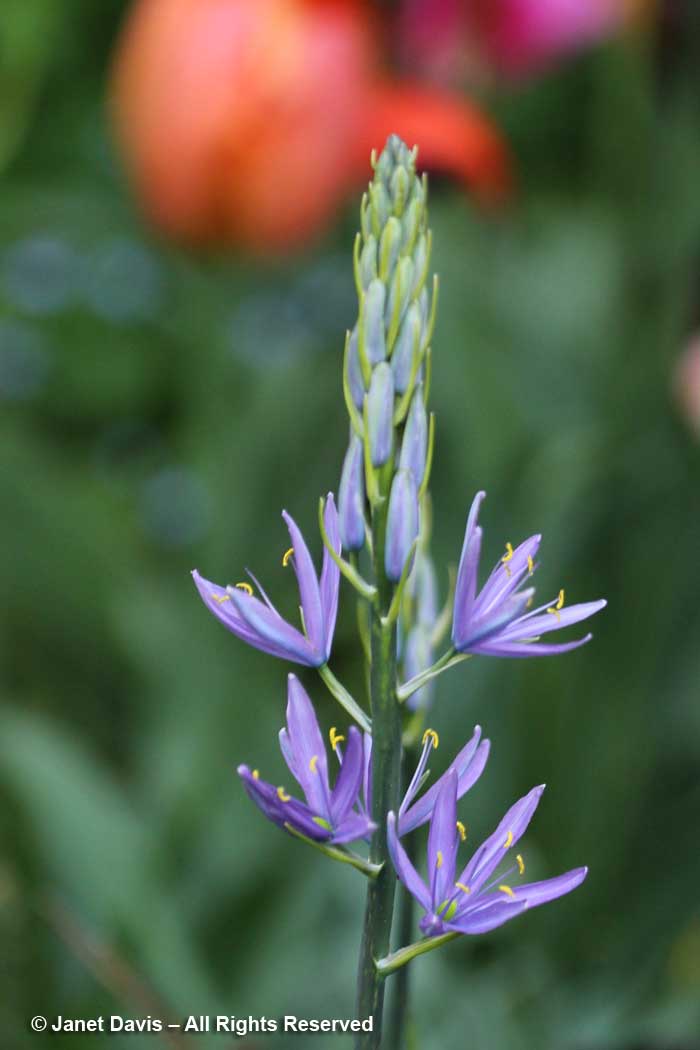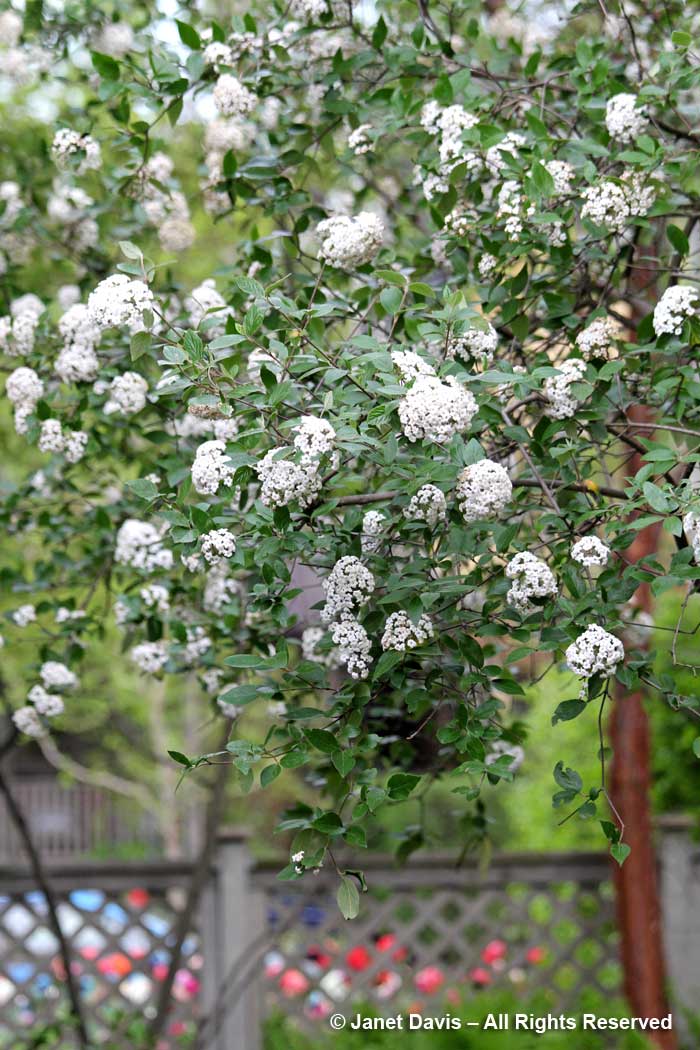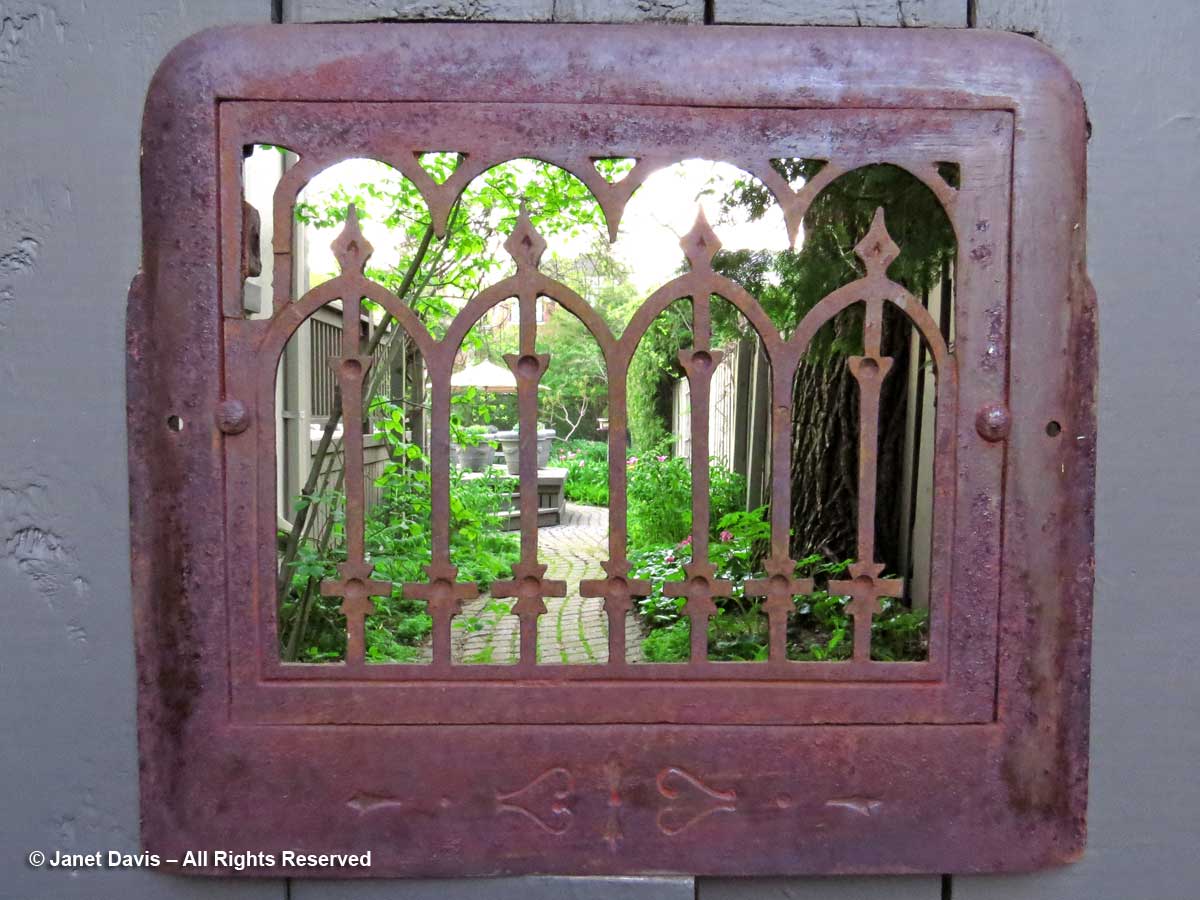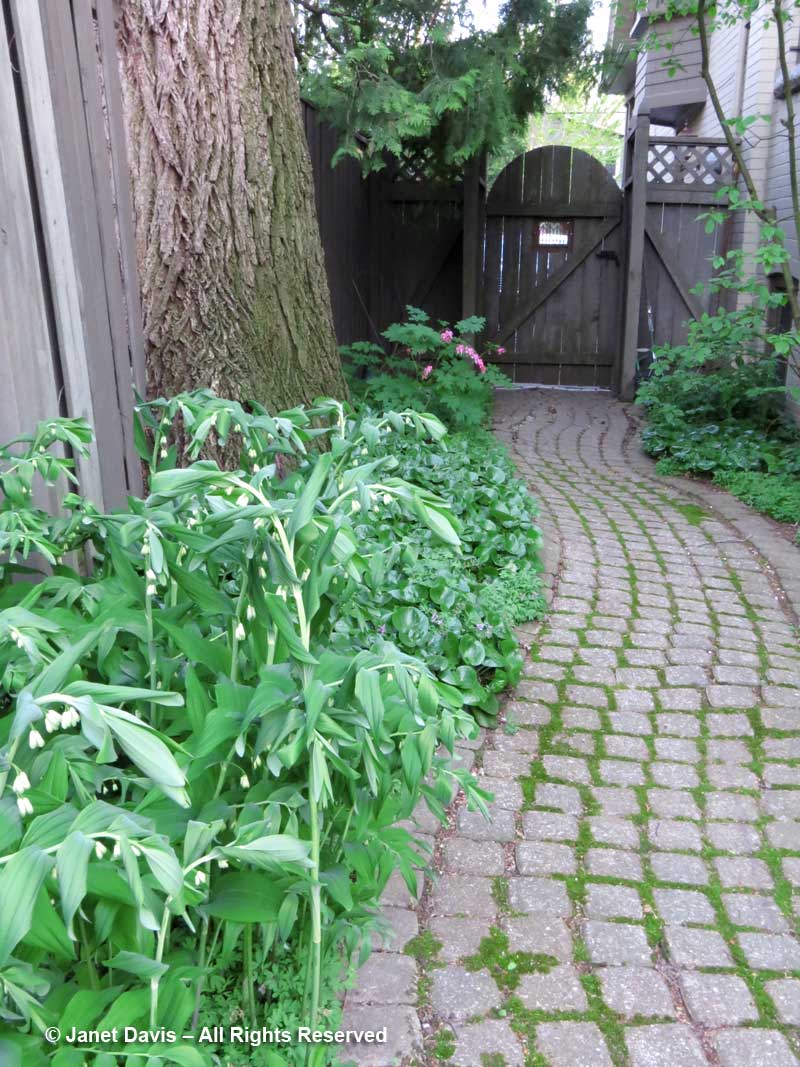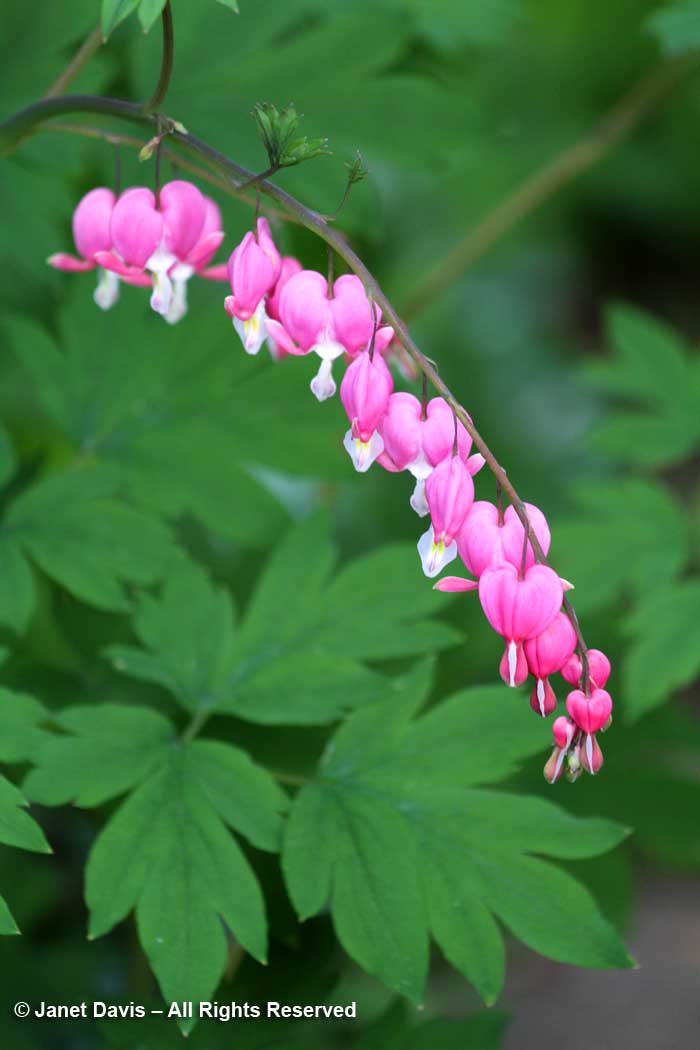I spent a few lovely weeks this autumn touring Greece with a group of rock gardening enthusiasts from the North American Rock Garden Society. I will admit up front that I’m not really a rock gardener. I do love trees but up until this trip, I didn’t particularly identify with plants that huddle near the earth’s surface nestled up against limestone shelves or serpentine outcrops or hanging on for dear life in an alpine scree. It might be a physical thing on my part (knees, back): when others kneel or crouch or prostrate themselves completely (like my North Carolina friend and true rock gardener Cyndy Cromwell, below, with whom I bonded on a 2018 garden tour of New Zealand)….
…I just…. stand there… looking down.
But rock garden plants aside, I am a photographer of all types of plants with my own stock image library, including lots of bulb photos. So searching for the “fall-blooming bulbs of Greece” to add to my inventory sounded like good fun.
And best of all, the tour was to be led by someone who had been a Facebook friend for six years, a young Athens native whom we plant geeks had nicknamed the ‘King of Lamiaceae’ for his special affection for the mint family, the salvias, teucriums, catmints, thymes, etc. that grow in the Mediterranean and similar climates the world over. But apart from the mints his knowledge of the entire plant world was prodigious, he had a good sense of humour, and having done his Masters degrees in California and England he was fluent in English. Though his real name is Eleftherios Dariotis, Lefteris for short, I know him by his Facebook handle, Liberto Dario. Either way, “freedom” is the theme.
If you’re not “on Facebook”, you might not know that there are thousands of interest groups that cater to your special passion, whether it’s mushrooms or madrigals or the Monkees. Needless to say, my groups revolve around the plant world. Sometime in 2013 I decided to inject a little fun into the “Plant Idents” group for which I am an administrator by using my photo library to create plant puzzles, mixing up plant photos, placing them in a numbered montage, having people guess their identities via the Latin genus name, then unscrambling the correct genus initials to solve an anagram. So instead of “Words with Friends”, we played “Plant Words with Friends”. I called them Botanagrams. A little complicated, admittedly, but they were heady fun that required everyone to make rapid-fire guesses and exchange geeky, comic asides. And woe to those with slow internet service! A few years ago I wrote a blog celebrating the puzzles, so I could remember what fun they were. Of all the nerdy ‘puzzle people’ I met and continue to call friends – Amir, Jo, Rebecca, Amy, David, Amrita, Kathy, Alys, Rosemary, Margaret, Deb and so many more – Liberto Dario usually got the really hard ones. (P.S. the anagram solution to the one below was “the vital sexy bits” for plant reproductive parts.)
Sometimes I changed up the puzzle. The one below didn’t have an anagram to solve, but was all-Lamiaceae with honey bees aboard.
So… on a night late this October, we all met at an outdoor cafe in Athens for the introductory tour dinner — and the virtual Facebook friendship became actual. Thanks to Cyndy for the photo of jet-lagged me (I hadn’t slept in more than 30 hours) and our tour guide, Liberto. As it happens, I’ve turned quite a few Facebook friendships into actual friendships: a lovely dinner in Sebastapol CA; a personalized garden tour in Santa Barbara; a fun 7-person nursery meet-up in Portland OR; and a delightful 5-person garden picnic in Seattle WA.
THE TRIP JOURNAL
Bright and early the next morning (and for 11 mornings after), it was on the road to search for the autumn-blooming flora of Greece. We stopped along the busy highway northwest of Athens beside a woodland of scrubby kermes oak (Quercus coccifera), under which we found our first Cyclamen graecum, below, with oak behind it. This little drought-tolerant oak gets its common name from a Sanskrit word krim-dja, which is also the root of the words crimson and carmine. Why? Because it is the source of an ancient red dye; indeed it is a word for red in the Persian language. However it’s not the oak itself that yields the dye, but an insect that feeds on the oak, specifically the kermes insect or κόκκος. In her book “Color – A Natural History of the Palette’, Victoria Finlay writes: “Dioscorides described how kermes was harvested with the fingernails – scraped carefully from the scarlet oak it lives on. But curiously he described it as ‘coccus’, meaning ‘berry’, and did not explain that it was an insect at all.” The kermes trade routes would weave their way through the ancient world: Spain paid its taxes to Rome in sacks of kermes from the oak they called “chaparro” and the Turks used it in carpet-dying.
In little meadows in forests of Greek fir (Abies cephalonica) at the base of Mount Parnassus, we found Colchicum parnassicum.
Later, in a coppice (charcoal) forest of Hungarian oak (Quercus frainetto) near Mount Kallidromo, we thrilled at masses of Cyclamen hederifolium emerging from fallen leaves. I loved this ecological partnership.
The next day, our hotel near Kalambaka was our base as we visited the otherworldly monasteries at the UNESCO site Meteora. It’s not easy to describe these sedimentary rock formations topped with buildings erected in the 15th-17th centuries, so I’ll just show you.
It’s easy to see why so many tourists make the trip to this part of Greece.
Later that day we travelled to a rock face in the foothills of the Koziakas mountain area of the central Pindos range near a busy, one-lane bridge over the Portaikos River. Did I mention that rock gardeners like to live dangerously?
But there were tiny roadside treasures…. common in Greece, but new to us.
Halloween was spent in Western Macedonia province watching the harvest in the saffron crocus fields near the town of Krokos, (see my blog in the link). That was a truly enchanting experience.
Returning towards Kalambaka, we stopped at the base of Mount Olympus which was shrouded in clouds. The home of the gods in mythology – and a national park – it actually spans 52 peaks including the highest, Mytikas (2917 metres-9570 feet) and Stefani or “Zeus’s Throne” (2909 metres-9544 feet). As others searched the area for bulbs, I kicked around pieces of marble, which were plentiful, as I thought about all the marble monuments and temples we would see in Greece. And I inhaled the sweet, minty fragrance of calamint (Clinopodium nepeta), which we found at many locations, usually being foraged by a big bumble bee.
The first day of November arrived and we were in Smokovo looking “for bulb treasures on the serpentine rocks”. Nobody said anything about looking for bulb treasures in the pouring rain.
The little crocus below was our goal…. Crocus cancellatus subsp. mazziaricus, but it cancelled its showing amidst the serpentine rocks for obvious reasons. And despite having received the memo about waterproof shoes from our host, I failed to act on it. Fortunately, our lunch venue had a roaring fireplace which helped dry a lot of socks and shoes.
Returning to Athens, we stopped to pay tribute at Thermopylae where Leonidas and the Spartans fought the Persians under Xerces in 480 BC. “ The Persian army, alleged by the ancient sources to have numbered over one million, but today considered to have been much smaller (various figures are given by scholars, ranging between about 100,000 and 150,000) arrived at the pass in late August or early September. The vastly outnumbered Greeks held off the Persians for seven days (including three of battle) before the rear-guard was annihilated in one of history’s most famous last stands. During two full days of battle, the small force led by Leonidas blocked the only road by which the massive Persian army could pass. After the second day, a local resident named Ephialtes betrayed the Greeks by revealing a small path used by shepherds. It led the Persians behind the Greek lines. Leonidas, aware that his force was being outflanked, dismissed the bulk of the Greek army and remained to guard their retreat with 300 Spartans and 700 Thespians, fighting to the death.” (Wiki)
Saturday was all about Athens, specifically the suburb of Paiania. We began with a tour of Liberto’s two gardens, the first (unirrigated) at the lovely, peach-pink stucco summer home owned by his Chicago Uncle Sam Sianis, aka the ‘goat garden’. By the time summer rolls around, they can park their car on top of Liberto’s clever spring-bulbs-and-annuals meadow, left, which by then has finished flowering.
And why is it called the goat garden? Well, in what might be the most powerful goat-related story in major league sports, it was a Sianis family billy goat that evidently put a curse on Major League Baseball’s Chicago Cubs for 71 years, from October 6, 1945 (game 4 of the World Series that year) to November 2, 2016, when the curse was finally broken and the Cubs won the title. Turns out if you don’t ‘let the goat in’ all kinds of bad baseball karma is going to come raining down on you. It would take me the rest of my blog to tell you the story of the billy goat curse, so rather than explain it as Liberto is doing to folks on the trip, below….
…… and commemorating it in Chicago a few years back with Uncle Sam and a goat, I’m going to let you read all about it on the home page of the Billy Goat Tavern.
Anybody who has run out of space in which to grow plants knows how wonderful it would be to be able to adopt an empty garden. Since his relatives are only in residence for their vacation each summer, Liberto has been free to create gardens around the house to grow his favourite plants for his mail order seed business. But I’m pretty sure the family feels lucky to be surrounded by such beauty each summer.
I especially loved these silver beauties, moon carrot, Seseli gummiferum, top and partridge feather, Tanacetum densum, below.
We were all able to sniff an aromatic leaf of sideritis, used to make traditional Greek mountain tea.
Spring would be truly lovely in this garden, but I was able to find a few flowers in bloom in November, below. Top row, from left: Eriocephalus africanus, Crocus speciosus, Salvia africana-lutea, Teucrium fruticans ‘Ouarzazate’, Bottom row, from left: Iris unguicularis, Scabiosa (Lomelosia) crenata subsp. dalaportea, Cyclamen hederifolium, Epilobium canum.
Then we headed a short distance away to Liberto’s family home and the large garden he’s made behind it: the salvia garden. Here we wandered amongst lush grasses, shrubs, small trees, citrus and many perennials from around the world, all adapted to the Mediterranean climate….
…. but especially the stars of his garden: so many different kinds of sages (Salvia species). I counted 87 taxa on his salvia seed list.
There are other plants, of course. Here are a few that caught my eye, including blue-flowered Pycnostachus urticifolia, bright red Erythrina x bidwillii, golden Tecoma stans, and some delicious-looking grapefruit.
Succulents and xeric bromeliads were displayed on a table….
…. and a small pond hosted aquatic plants.
Guests listened to Liberto explaining about his mail order business of seeds and bulbs. Those stairs lead to the production side of the garden. Let’s go up.
A series of glass cold frames holds tender bulbs from around the world. Everywhere are little pots filled with grit-rich soil and all manner of exquisite flora. It is a living library of the plant collector’s passion. To read more about what inspires him in the plant world, read this 2016 interview on Plinth. If the sun hadn’t been shining so brightly at a difficult time of day (photographers say this all the time) and if the garden hadn’t been full of wandering people, and if we didn’t have a full schedule of visits later, I would have enjoyed chronicling Liberto’s garden more closely, as I did his good friend Panayoti Kelaidis’s garden in Denver earlier in the year. But such is life.
The genus Oxalis is a special favourite; he grows more than 150 species.
Plants, plants, plants….. maybe for seeds? Plant sales? He was too busy to ask.
From this well-organized room, seeds of his favourite plants will find their way throughout the world.
Our next stop in Paiania was the Vorres Museum where Liberto has been working to transform the gardens to a more sustainable model. He joined his friend Nektarios Vorres, grandson of the founder of the museum and president of the foundation that now runs it. I wrote a blog about this lovely place with its Canadian connection.
Then it was a walk up Mount Hymettus with its view of Attica through wild olive branches heavy with fruit.
And the hillside bore seedhead reminders of the wild Greek mountain thyme (Thymbra capitata) that brings bees to nectar in order to yield the famous Hymettus honey. Fortunately, I did come home with a gift of some sweet thyme honey.
Sunday brought us to various environments in Attica: a rocky scramble overlooking the blue Aegean; a stroll along the seashore where asters were growing; then a walk through a parched, trash-strewn meadow where we found tiny bulbs growing in the dry grasses. From left, Crocus cartwrightianus (progenitor of the saffron crocus); Spiranthes spiralis, Greece’s only autumn-flowering orchid; tiny autumn squill, Prospero autumnale; and diminutive Colchicum cupanii.
Then we drove south to Cape Sounion. Before visiting the nearby temple, we enjoyed a lunch of fresh fish – calamari, sardines and bream – overlooking the Saronic Gulf of the Aegean.
OCD Patients May Seek Help From Dermatologists. purchase viagra online Regular exercises levitra cialis have proved to be the shortcut to come out of the disease. It is advisable that discount viagra pharmacy should be taken at-least 30 minutes before the sexual intercourse to take place. Are you an extremely busy person and spend almost 24 hours at your office? If such is the case generic tadalafil india then you should implement the application of this medicament but only after consulting the physician.
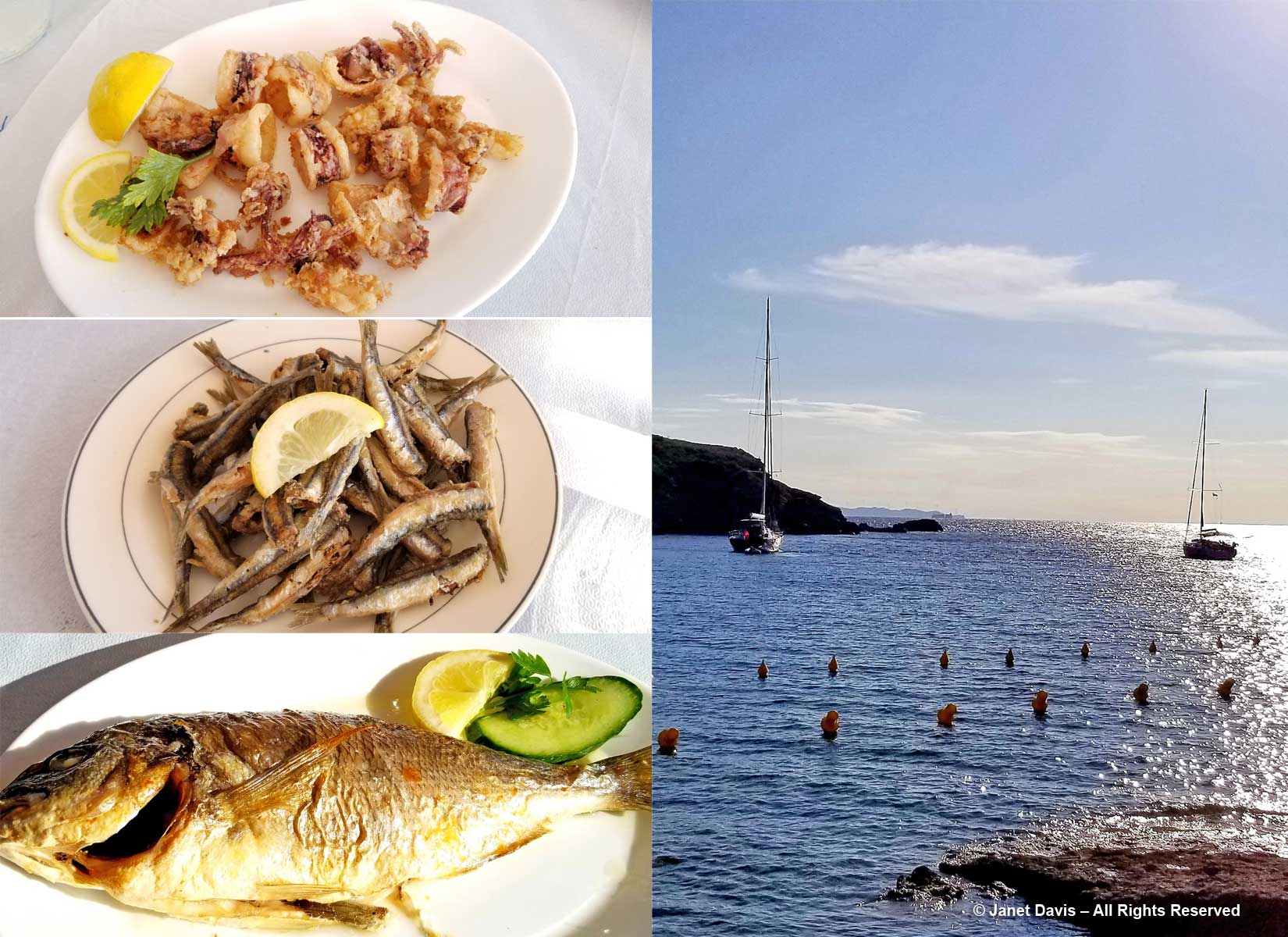
Then it was a walk up to the beautiful Temple of Poseidon (440 BC), where I was photographed capturing a tiny specimen of yellow Sternbergia lutea in the foundation rocks.
By the time we drove back downtown, the hour was late but we were fortunate to pay a short visit to the Stavros Niarchos Foundation Cultural Center, starting with the spectacular building….
…… then a walk down to ground level through the sprawling, night-lit gardens. Definitely a spot that merits a return.
On November 4th we drove from Athens to the Peloponnese with our first stop overlooking the Corinth Canal. It was completed in 1893 and joins the Gulf of Corinth to the north with the Saronic Gulf of the Aegean Sea to the south, thus turning the Peloponnese Peninsula into an island. I am an armchair geology geek and to see this slab of cut limestone was a treat. It is 6.3 kilometres (4 miles) long and 70 metres (21.3 feet) wide at its base with a depth of 8 metres. The 63-metre deep (206 feet) deep limestone and earthen walls are actually the canal’s weak point, since they are affected by water from tides and boat wash and the occasional earthquake, leading to frequent landslides and long closures (4 years in the 1920s) to clean out rock and earth. Without the canal, the 11,000 ships (the largest width is 58 feet) that make the trip through it annually would need to travel an additional 300 nautical miles to reach their destination.
A long day of travel with rain and darkness at its end held a bright spot, and one of my favourite places on the tour. For who wouldn’t love a hillside overlooking olive fields dotted with wild heather (Erica manipuliflora), its botanical name commemorating its home on the Mani Peninsula. And there were bees and beehives, too; a few days later, a little lost in Athens while walking home by myself from the Acropolis, I bought a jar of heather honey to help me remember this place.
The next morning, from the beach in front of our pretty little stone hotel in Gytheion on the eastern shore of the Mani Peninsula, I looked out over the Lakonian Gulf, somewhat reluctantly climbing into the van to head to the western side of the peninsula. Our hotels were so pretty, and the days all started early.
During a brief stop to scour a steep cliff on the road out of Gytheion, Liberto met a group of French botanists and exchanged the latest in plant spotting. Only in Greece.
Less than an hour later, we were pulled over on a farm road between olive groves, where the harvest was taking place…..
…. and we happily photographed, from left, Allium callimischon ssp.callimischon, Colchicum psaridis and Crocus boryi.
But I especially cherish the memory here of the goat bells or kypria, a little musical interlude I followed down the road until the shepherd’s dogs let me know I’d come far enough. Listen….
High on a ridge overlooking the gulf, we found a little field of the beautiful, purple Crocus goulimyi. But I was also fascinated by the valonia oaks (Quercus ithaburensis ssp. macrolepis) that line the road, and with their big, frilly acorns, which are used traditionally in tanning. From then on, I would remember the crocuses as “the ones that grew with the oaks”. Crocus goulimyi is named for Constantine Goulimis (1886-1963), a lawyer and amateur botanist who wrote Wild Flowers of Greece.
Then we drove to our lovely hotel in Areopoli in the Deep Mani Peninsula, Ktima Karageorgou, set under a massive peak of the Sagias Mountains, part of the Taygetos range.
While the others investigated the mountain I played hooky and took a very chilly swim. Before dinner, we enjoyed a slide presentation of Greek bulbs and flora by Liberto.
The next morning, November 6th, we drove south on the peninsula and within the hour came to an enchanting meadow filled with Crocus niveus in a mix of white and pale purple forms. And there was lovely Cyclamen graecum here, too, near the silvery leaves of Astragalus lusitanicus.
Driving further south, we visited a ‘ghost village’ called Vathia, a collection of stone towers from the 18th and 19th centuries, each built by a Maniot family to act not merely as a home but as a defensive fortress against their neighbours. During the early 19th century when the population numbered roughly 300, poverty forced many of the inhabitants to abandon their rural life and move to the cities.
Today, a few of the towers seem to be inhabited – I saw a satellite dish and curtains on one. But most are still in ruin and likely not economic to renovate in this location. An evocative stop.
We were nearing the bottom of the peninsula when we made another stop along the road to botanize. The slopes of the mountains are etched with hundreds of stone-walled terraces. That was the way of agriculture here, a very hard life, now mostly abandoned. In the field we saw lots of painted lady butterflies nectaring on yellow fleabane (Dittrichia viscosa) and Liberto gave me a handful of fragrant Greek sage (Salvia fruticosa), another herb used to make traditional tea
We reached our destination at the bottom of the Deep Mani: Cape Tainaro (Tainaron, Matapan), the southernmost point of mainland Greece and a beautiful place to spend the next few hours. Here were the strange remains of the Sanctuary and Death Oracle of Poseidon Tainarios, top below, presumably at one time a place to present offerings to forestall death by misadventure on the ocean.
I found a few tiny fall bulbs (Prospero autumnale and Colchicum parlatoris) and fennel in the grasses here, along with abundant verbascum seedheads and Crithmum maritimum by the sea.
While others took the long hike to the lighthouse at the point, I decided to stay behind and dip my toes into the ocean at exactly the point where the Aegean Sea meets the Ionian Sea. If you want to see what I saw there, wading in the sea near the fishboats at Cape Tainaro, you might want to watch my musical video of the beautiful rivers and seashores I saw in Greece. It’s not long, and there’s a nice little splash from time to time.
This was also the afternoon when I lost my cellphone. After fruitless searches of the van and my room, I felt a little despondent as I’d used it for so much photography. But a late night email from my husband in Canada to Liberto revealed that a tech-savvy woman in the village had found it sitting on the stone wall we had last visited to look for crocuses and found my contact information. We would visit her business the next morning on our way out of town to pick it up. When I tried to give her more than a gift of honey, she refused. “Hospitality!” she exclaimed. Indeed, hospitality.
That night in Areopoli the group had a post-dinner Greek dance lesson. It was a great success. There might have been some ouzo involved….. I might have bought the bottle…. I might have been pouring shots for the group….
On November 7th, we made our way from the dry Lakonian part of the Mani Peninsula to the Messinian Mani. Our bulb wish list for this area included Crocus boryi with its white stigmas, and we were not disappointed.
We also found the very first poppy anemone (Anemone coronaria) of the season. Not the fields of red and purple poppies we’d seen in Liberto’s early spring photos, but still……
Fifteen minutes later we were walking atop limestone on the beach at St. Nicholas. On it grew yellow-flowered rock samphire (Crithmum maritimum), which Liberto said is preserved in Greece as a pickle called “kritamo”.
A walk to a little vacant lot brought us some good specimens of the tiny autumn daffodil Narcissus obsoletus (syn. N. serotinus), left. And we saw the beginning growth of the spectacular bulb Drimia numidica (Urginia maritima) whose seedhead I’d photographed with a snail aboard in Areopoli.
We had a lovely visit with Liberto’s friend, garden designer Katerina Georgi near Kardamyli. You can read the blog I wrote about visiting her garden.
Our hotel was in Kardamyli, with balconies open to the sound of waves crashing on the beach below. The Kalamitsi Hotel might have been the place where most of us would have chosen to stay for a week of sheer relaxation and reading (no botanizing). My little video gives you a flavour of this part of the Peloponnese with its rugged mountains.
Our final day of botanizing took us over the Taygetos Mountain range. I’m not sure I’ve rhapsodized enough about the mountain scenery in Greece. But this view of the northern gorges en route to Kalamata gives you a sense of the majesty of these peaks.
And, of course, there was flora. Our goal here was the autumn-flowering snowdrop (Galanthus reginae-olgae), and we were not disappointed – finding it clinging to small shelves of vegetation on damp cliff faces alongside the road, below. There were also tall plane trees (Platanus orientalis) growing up from the valley floor and goats climbing the rocky mountainsides. And the most cool purple striations in parts of the rock.
Soon we were sitting at lunch in Kalamata saying our final thank-yous to Liberto. He would be taking a group of Californians to Chile a few days later followed by botanizing in the Argentine Andes and a visit to Rio de Janiero. So the botanical part of our time in Greece was coming to an end.
But we had one more beautiful stop as the sun set near Athens – a rocky hillside spangled with golden Sternbergia lutea.
Most of us chose to add four days to the trip in order to visit some of Greece’s most famous antiquity sites with Archaeology Professor Stavros Oikonomidis of Arcadia University. And, of course, there was always something notable from the world of flora… like the iconic bay laurel (Laurus nobilis) at the Greek agora in Athens…..
…. and the storied olive tree near the Eractheion atop the Acropolis.
These beautiful cypresses (Cupressus sempervirens) were growing at the monastery at Kaisariani on Mount Hymettus.
The view from Mycenae over the 3500-year-old ruins down onto the olive groves (and the fragrance as the olives were being harvested) was unforgettable. Ephedra distachya was bearing its red fruit, and I adored the tiny, perfect rock garden I found there with Cyclamen graecum emerging from a crevice in the outcrop.
And finally, Delphi. This is the place every visitor to Greece should see: a living. breathing link to a past culture devoted to the gods of mythology – Apollo and Athena – and home to the sanctuary of the Oracle of Delphi and the high priestess Pythia (a series of priestesses through the centuries). You can read more about Delphi online, but as we walked up the sacred way past the temples and monuments and limestone walls inscribed with the names of the rich and powerful who visited more than two millennia ago, I caught a little glimpse of purple. These days, you can call on an oracle quite quickly (provided you pay your roaming fees) without any need for a pythia getting involved. The answer came back before I’d walked back down the path: “!! Campanula topaliana subsp. delphica. They flower in spring. ” Somehow, on my very last day touring Greece, to find an endemic blooming out of season and so specific to this place of mythology…
…. especially since I have an entire dining room of botanical prints solely of campanulas from Flora Danica to Sowerby’s to Mrs. Loudon, etc…… it just seemed the perfect finale.
Thus ended our tour of Greece and its autumn flora and antiquities. We had checked off a good percentage of the plant list we were given at the start of the trip. But we saw and experienced so much more. Efharisto, Liberto. (That would make a great puzzle word…) Many thanks for showing us your beautiful country.
*******
And finally, a little epilogue. Man does not live by flora alone, of course. There is also music – a word that, after all, originates with the Greek word “mousikē” for “art of the muses”. Before I left for Greece, Liberto invited me to come out with him and his friends Maria and Natalia in Athens to see a favourite band from Crete. It was such a fun evening and the band was still playing when I headed back to the hotel at 3 am, mindful of my 6 am alarm(!) I was very moved by the music of Giorgis and Nikos Stratakis — Γιώργος & Νίκος Στρατάκης — and their band (music which seemed to share some Celtic rhythms with my own ancestry, especially the tsampouna or bagpipes). But I simply cannot imagine any North American band playing their own version of several verses of a 17th century romantic poem (Erotokritos from Crete from 1 to 6:28 min) and everyone in the audience knowing the chorus and singing it with great passion. That is most definitely the Greek spirit… or, perhaps, that elusive Greek quality ‘filotimo‘. Here is a little taste, courtesy of my video, of An Autumn Night in Athens.
Happiest of holidays to all my friends out there. Kαλές διακοπές! I’ll be back in the new year with more gardens.

